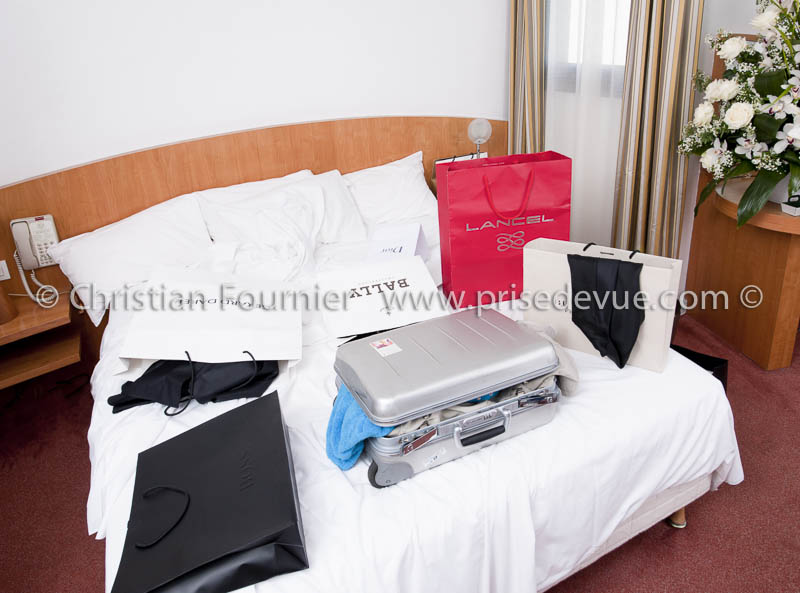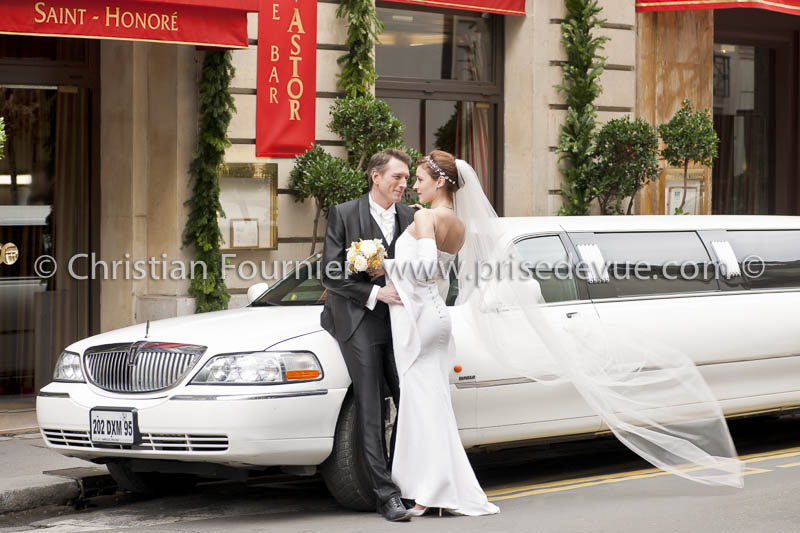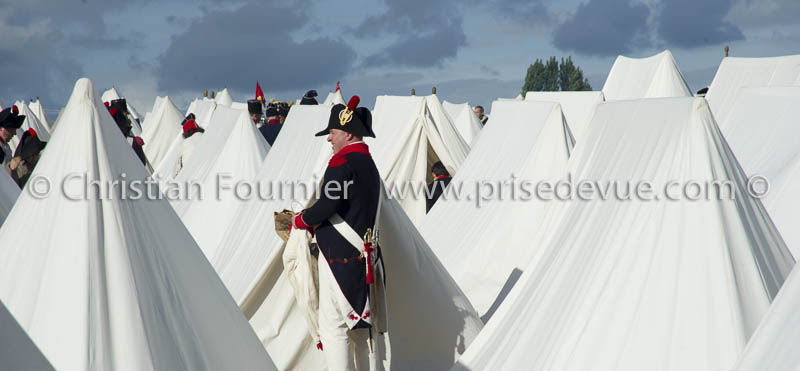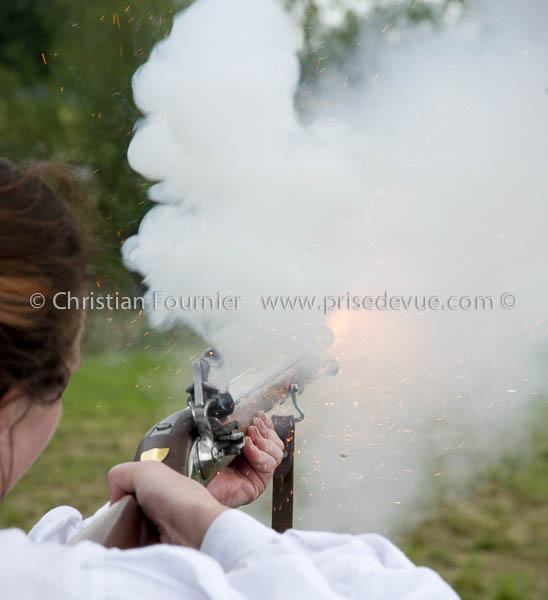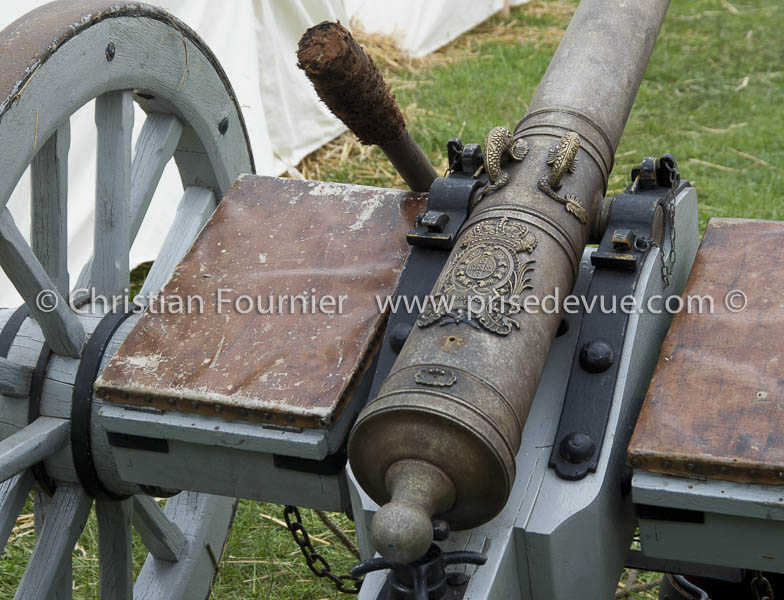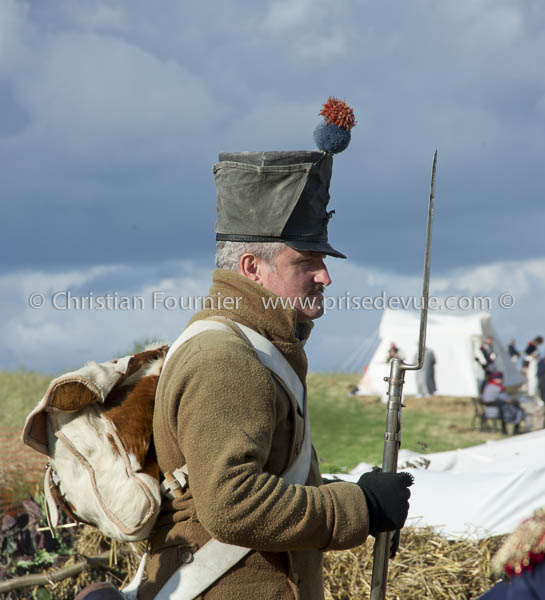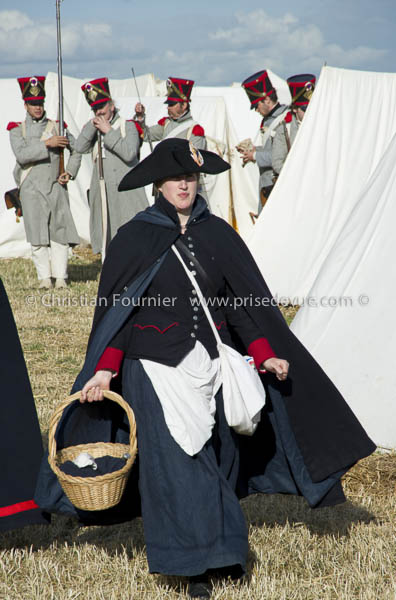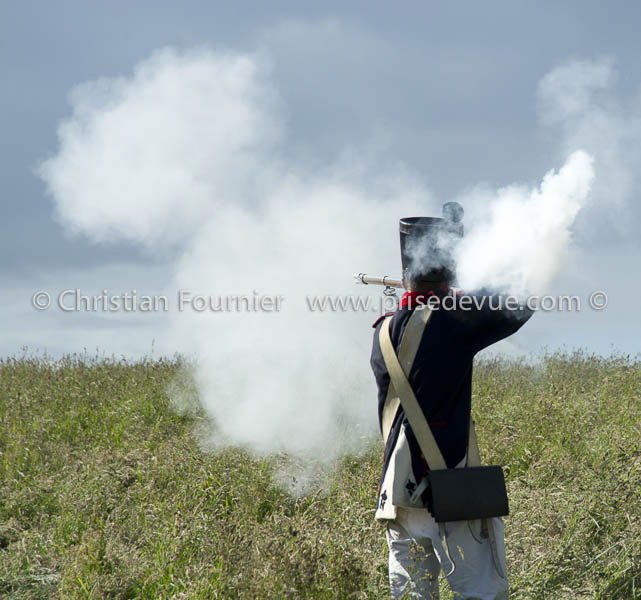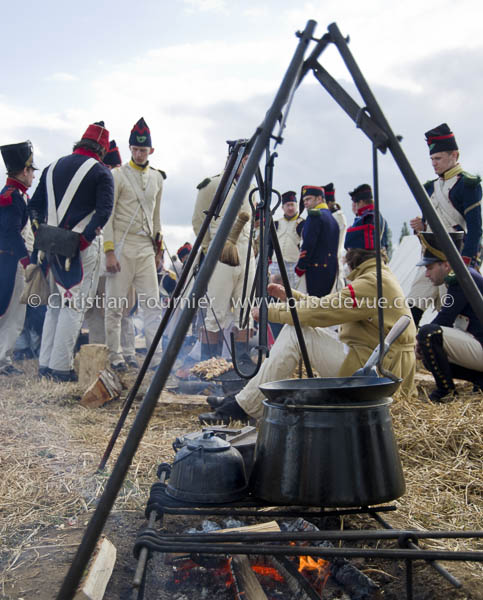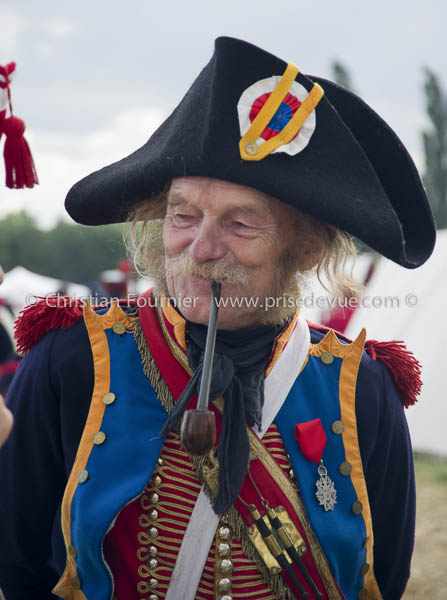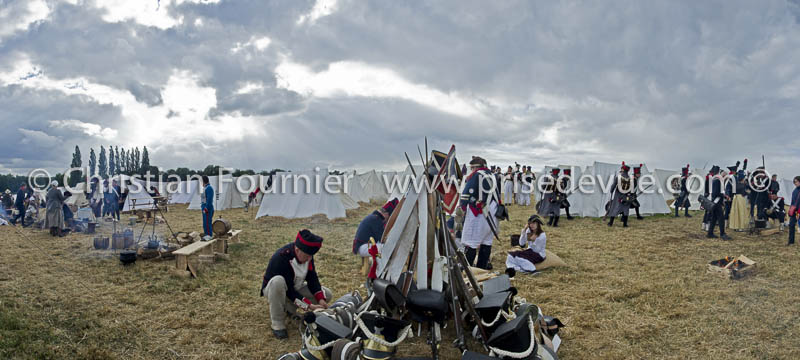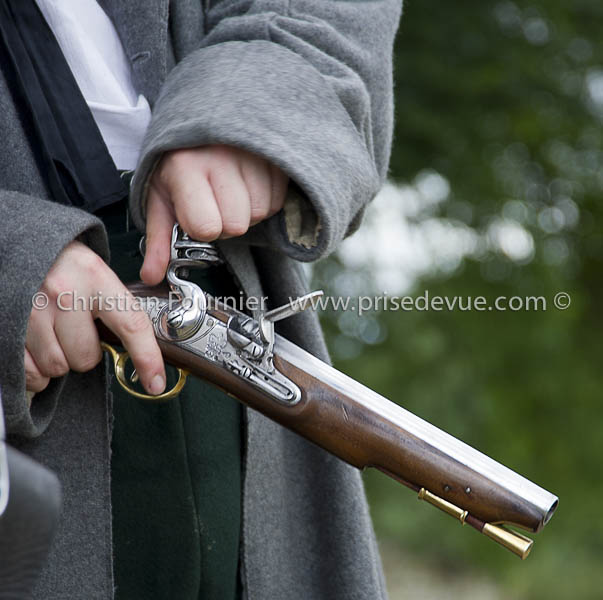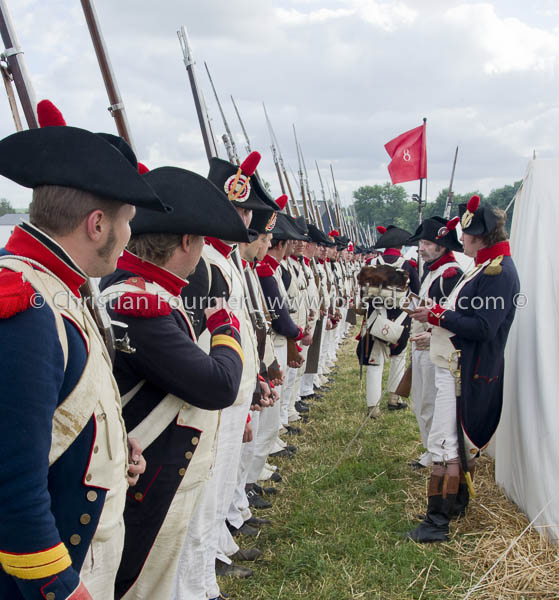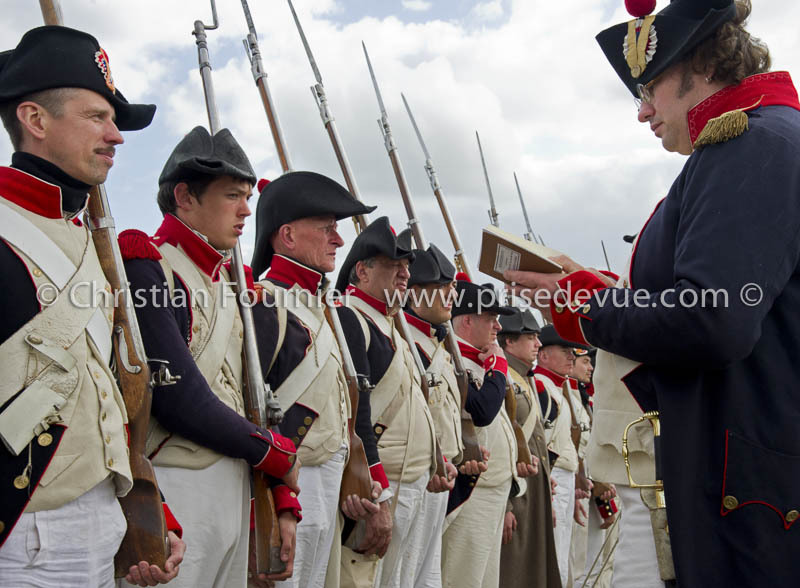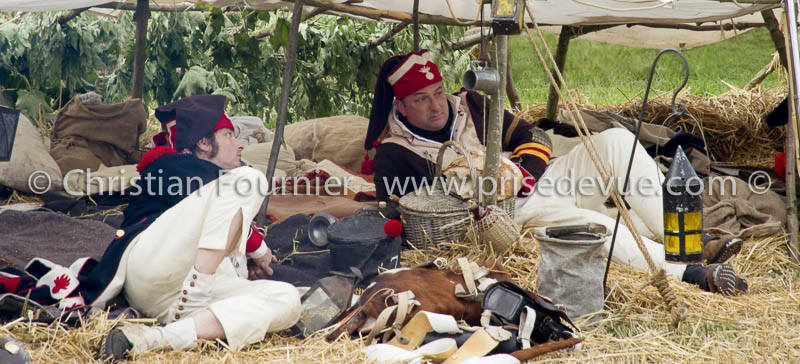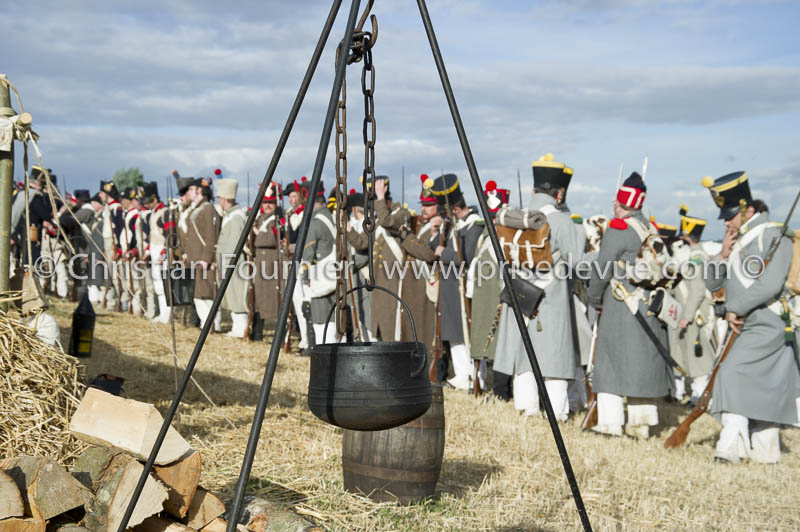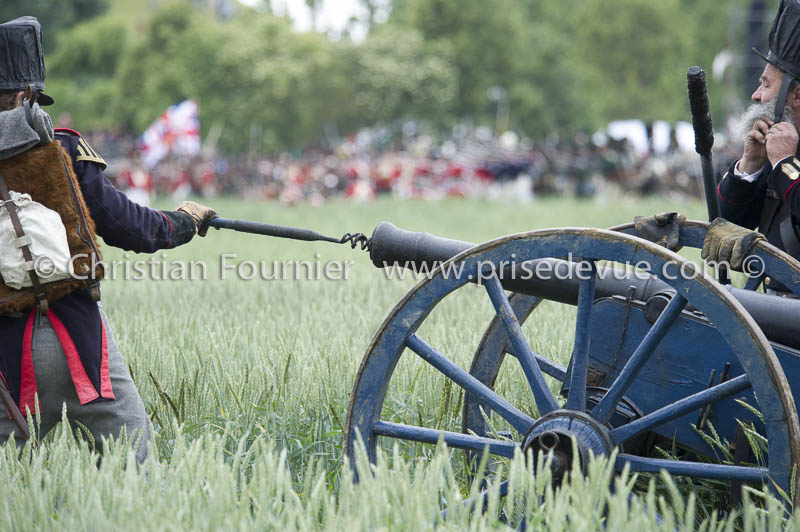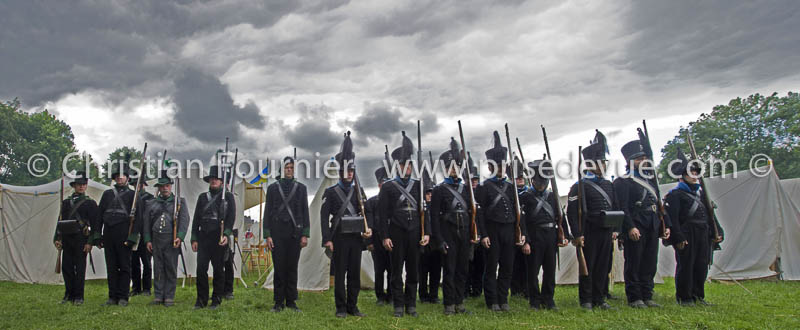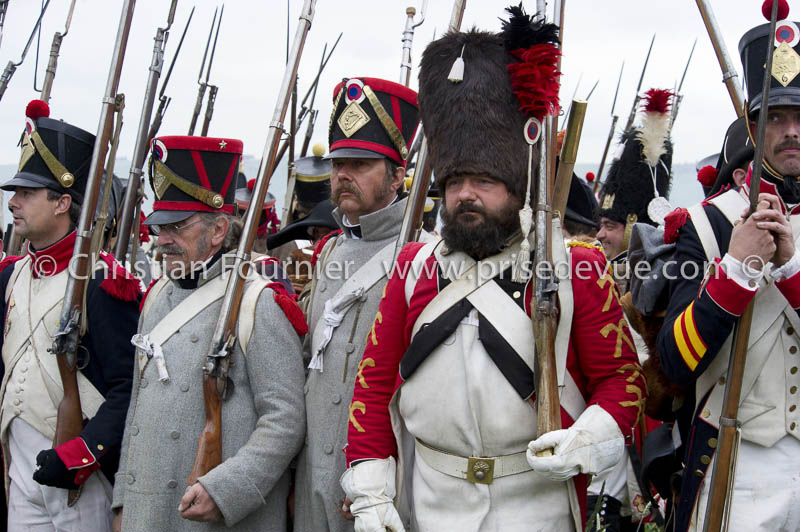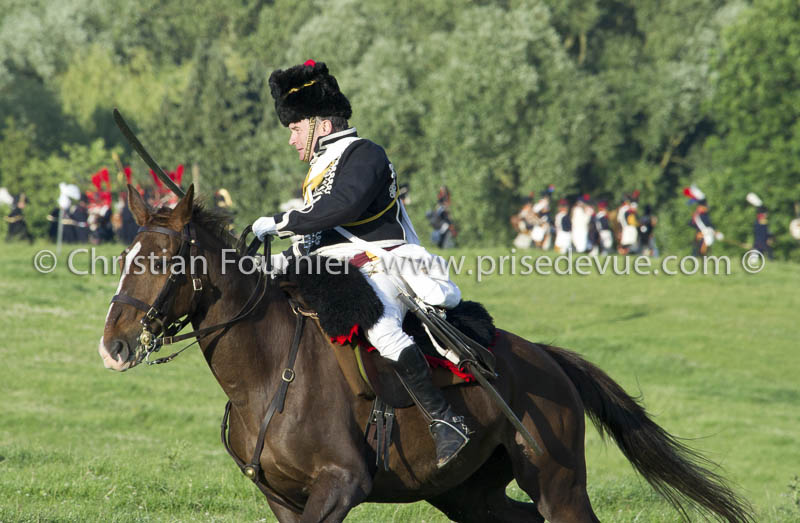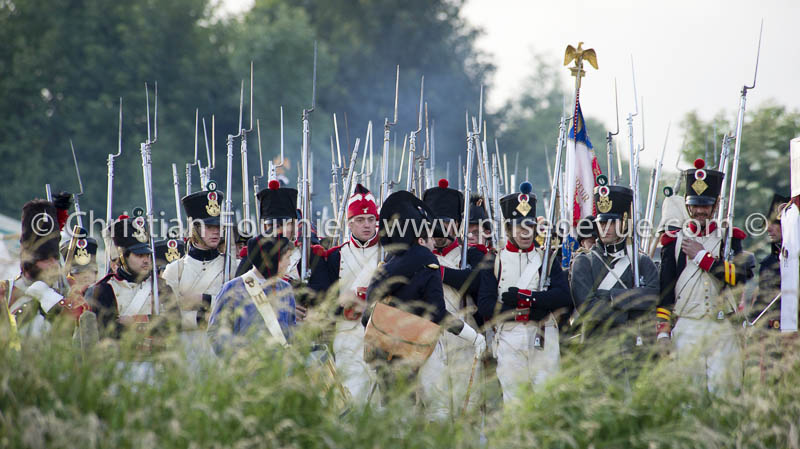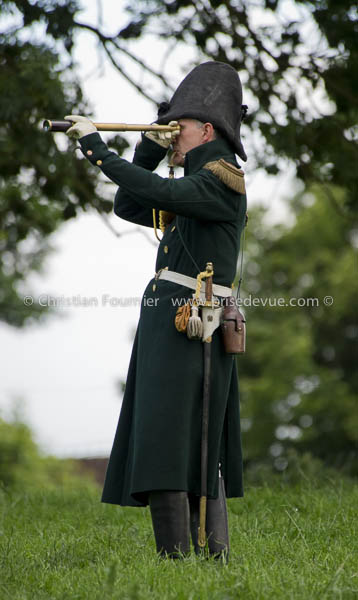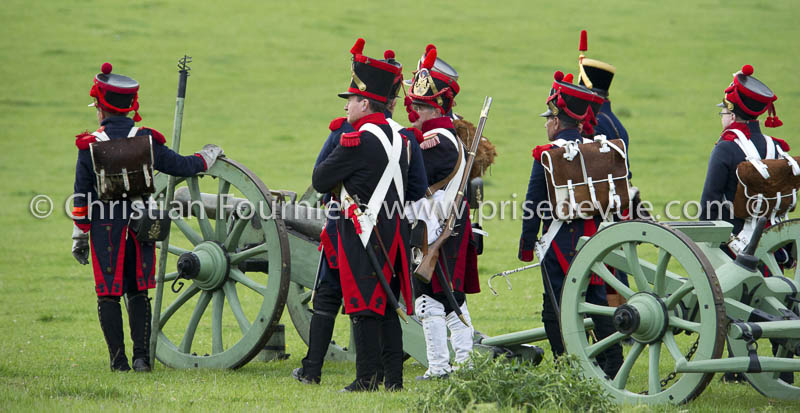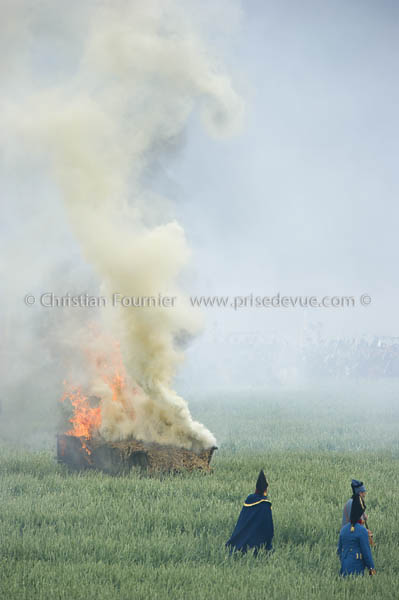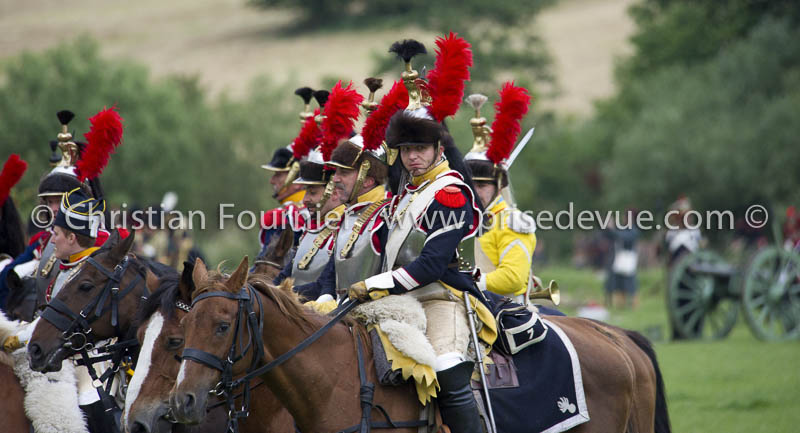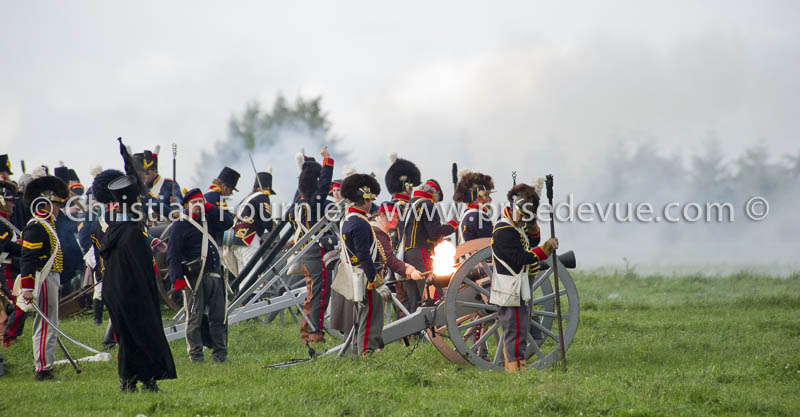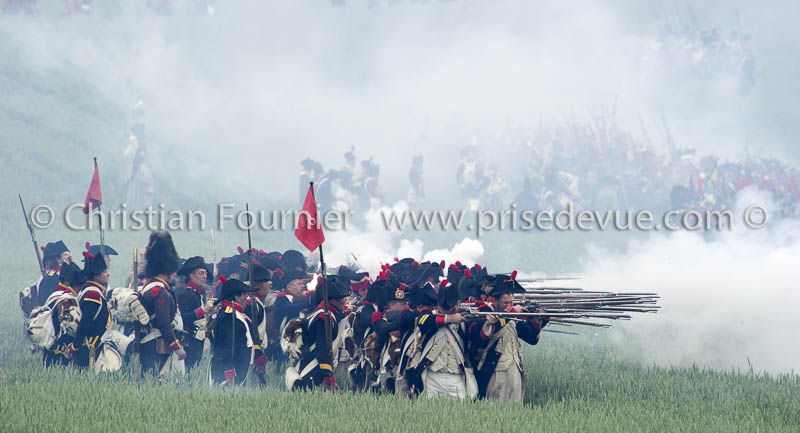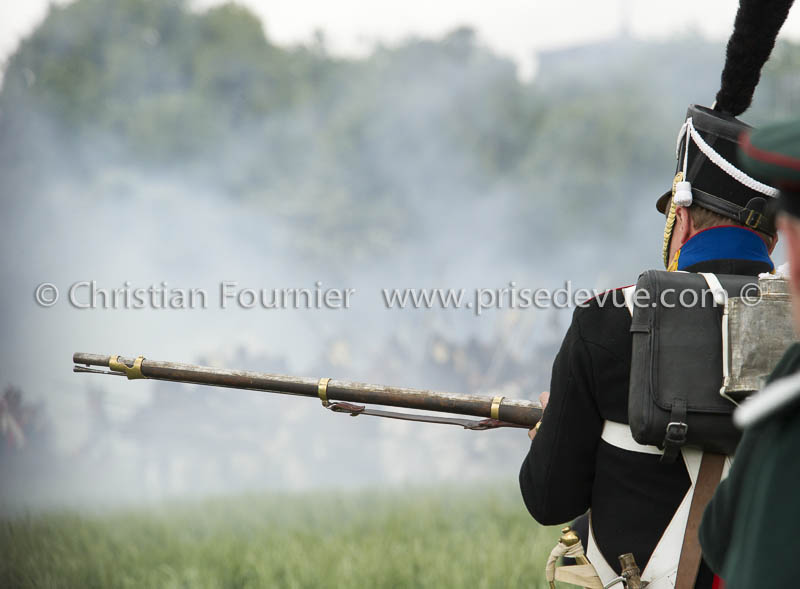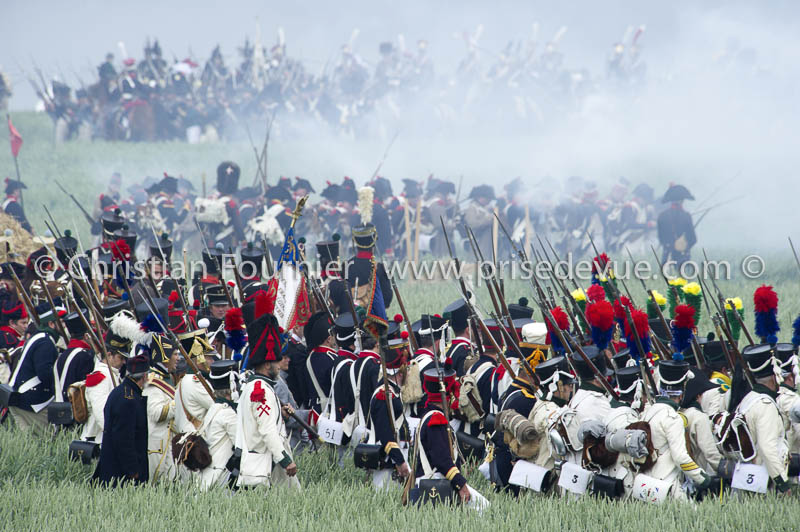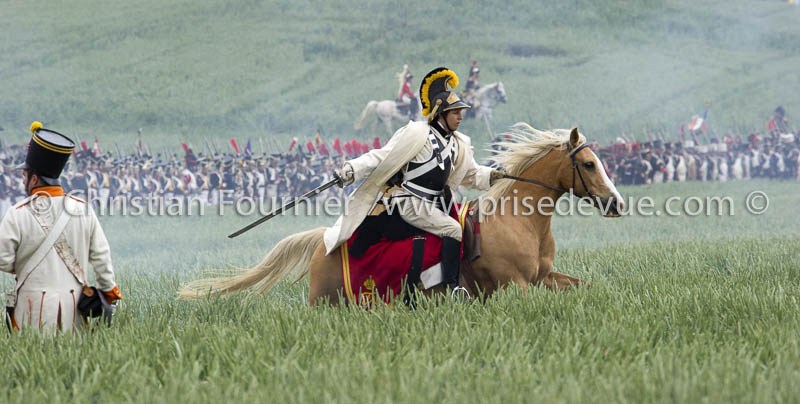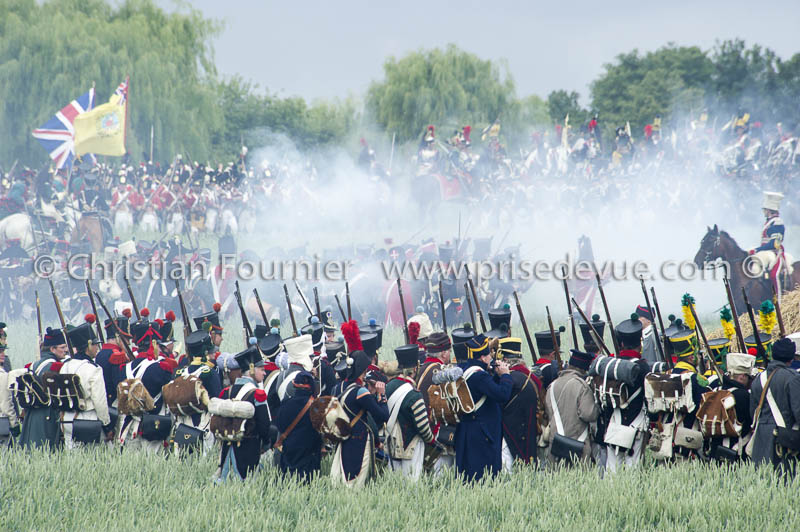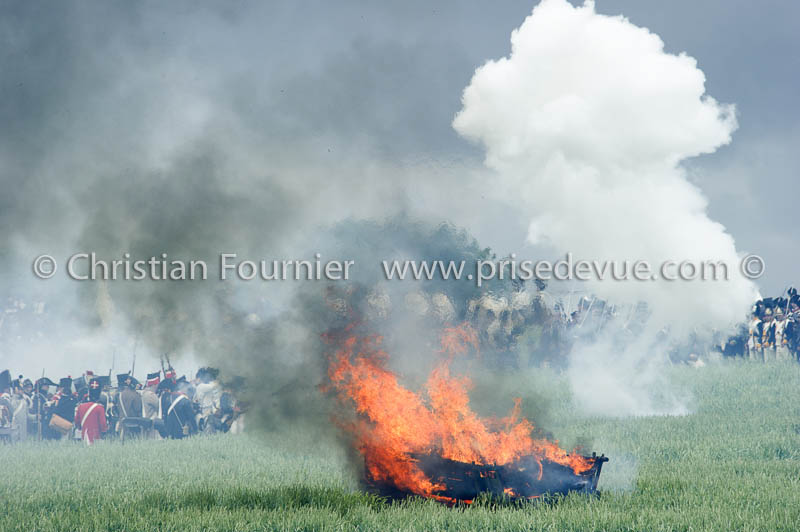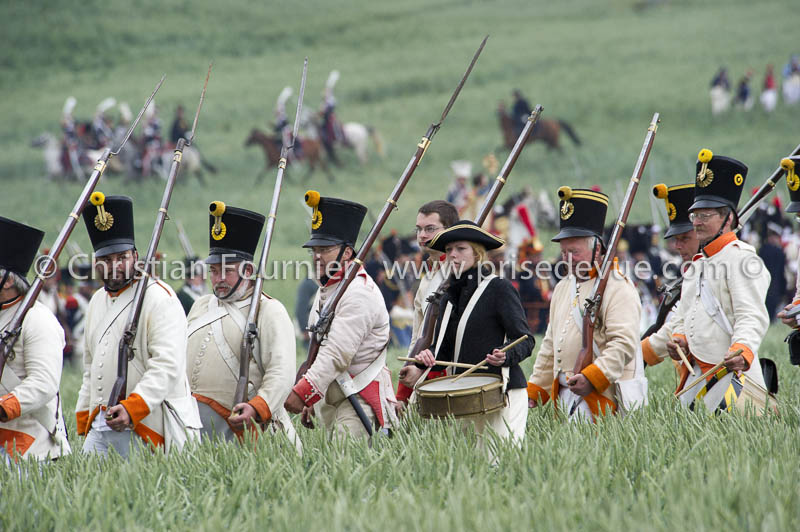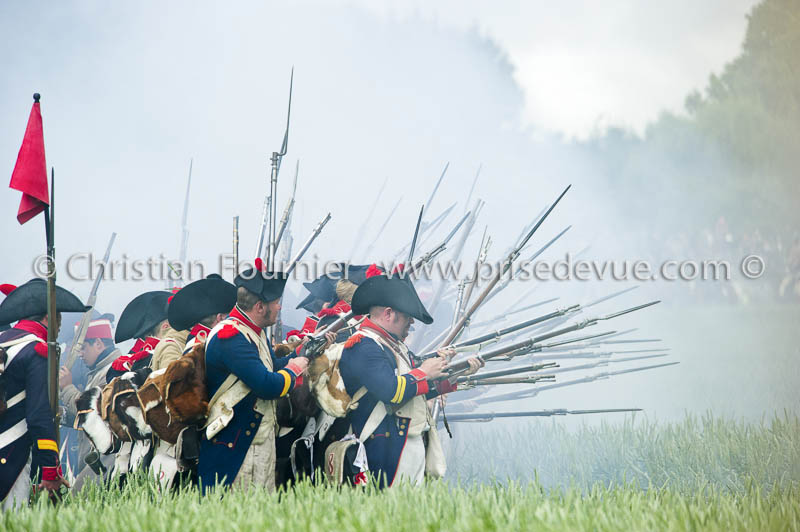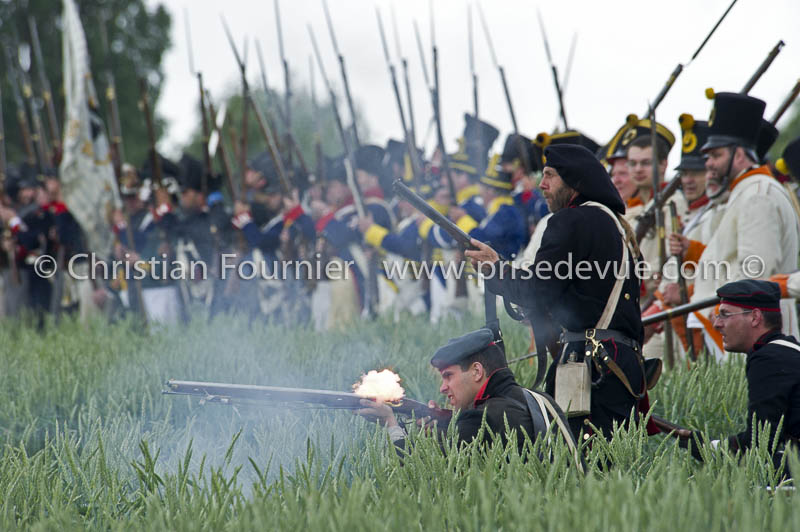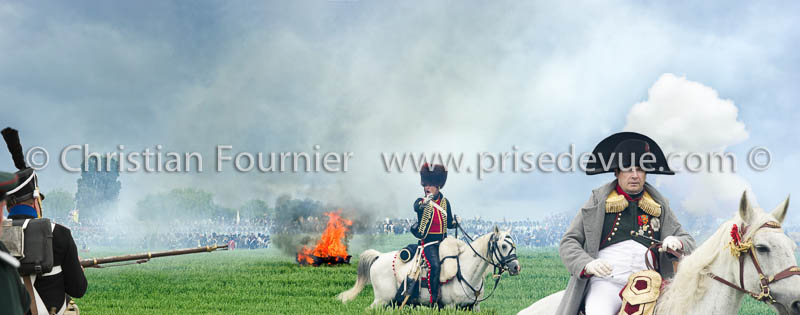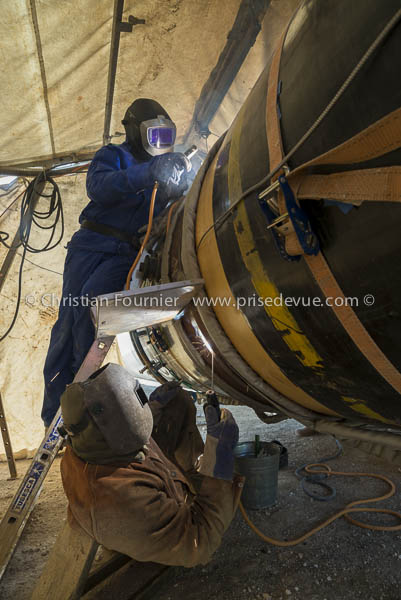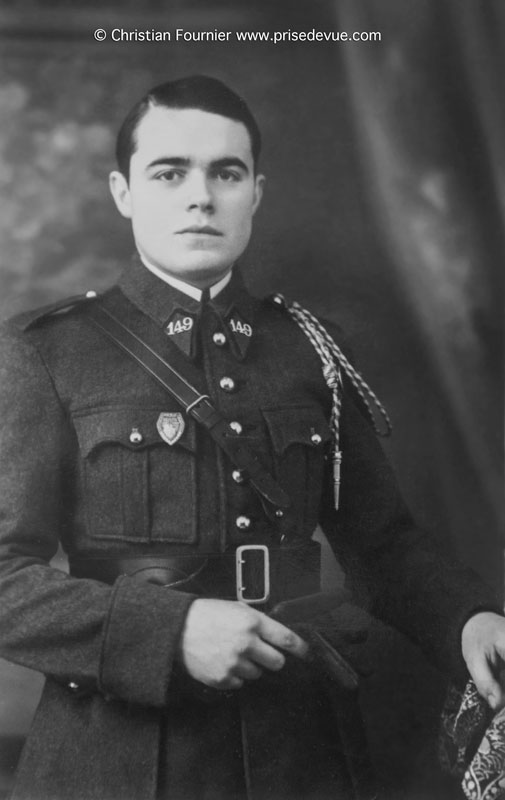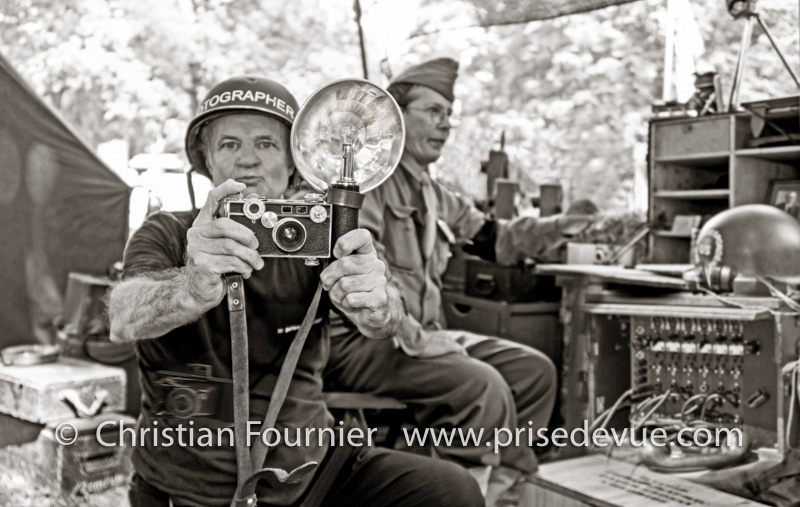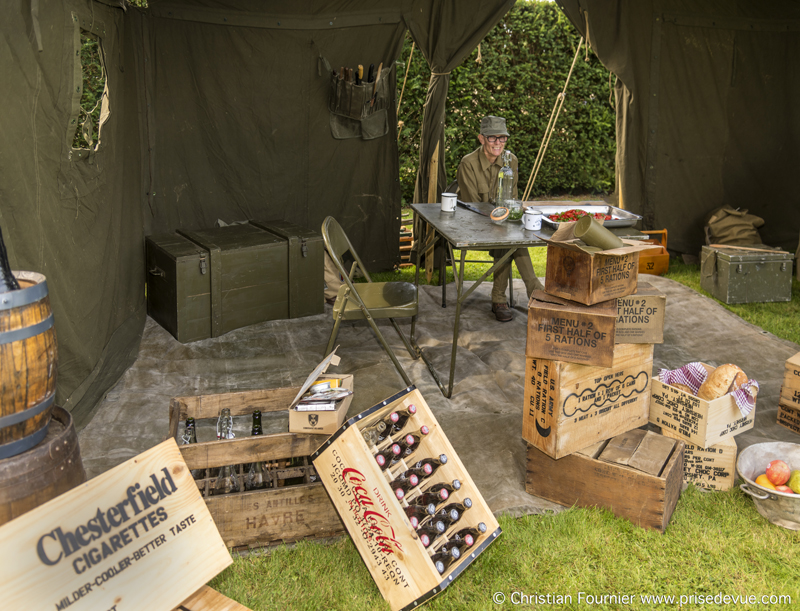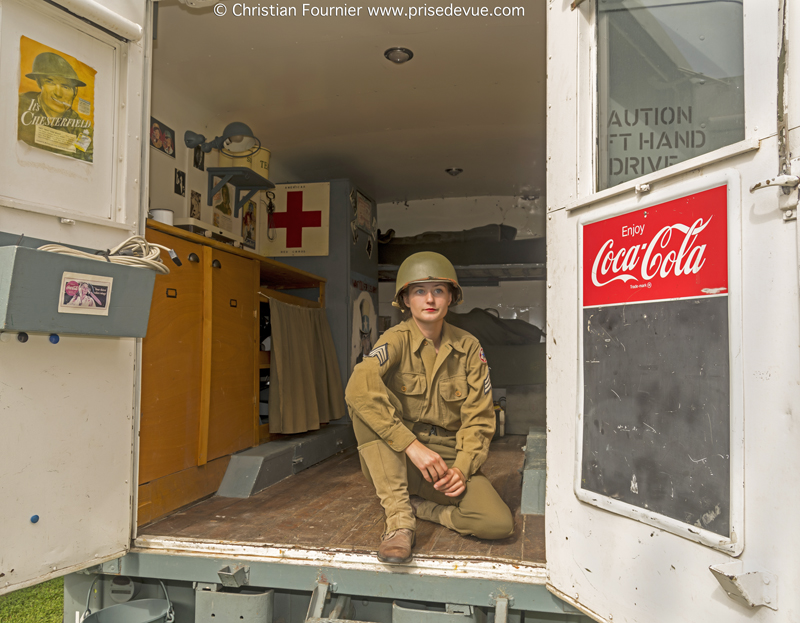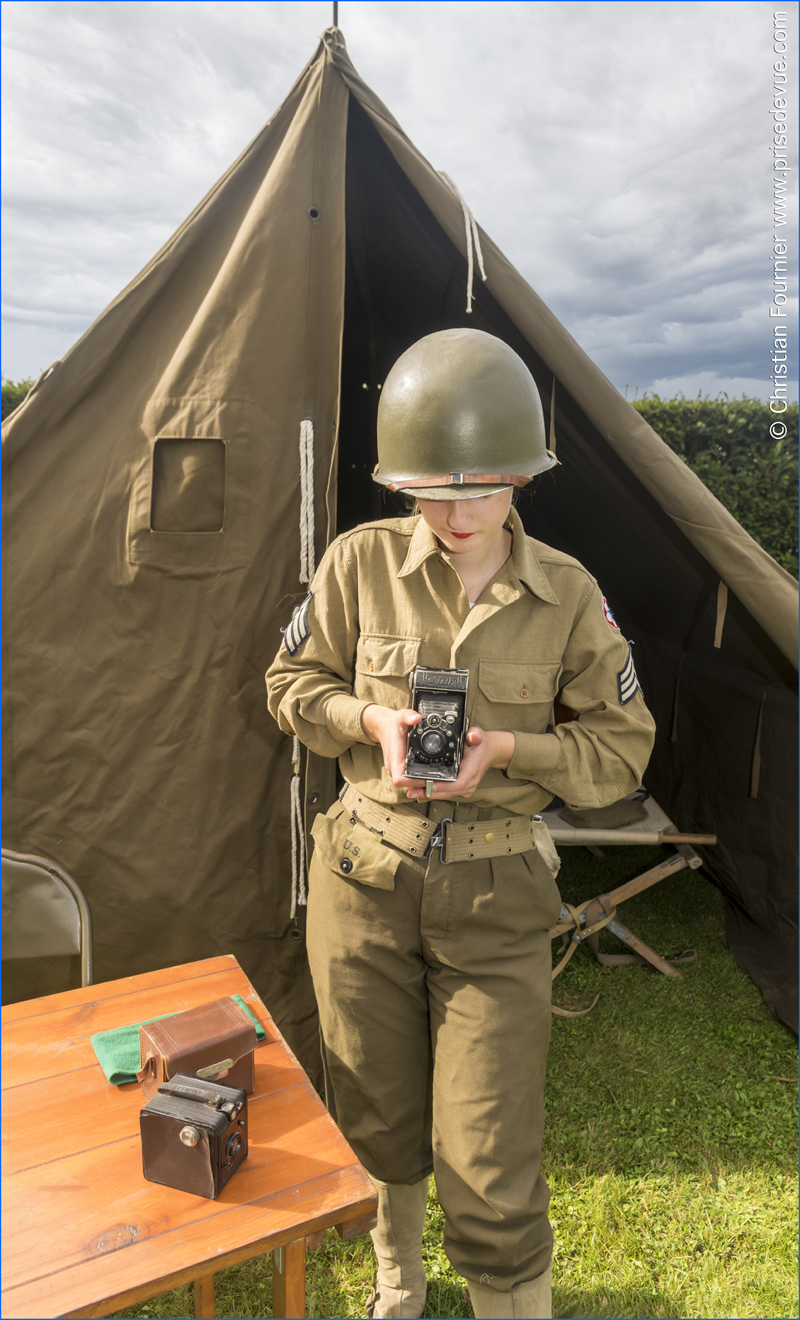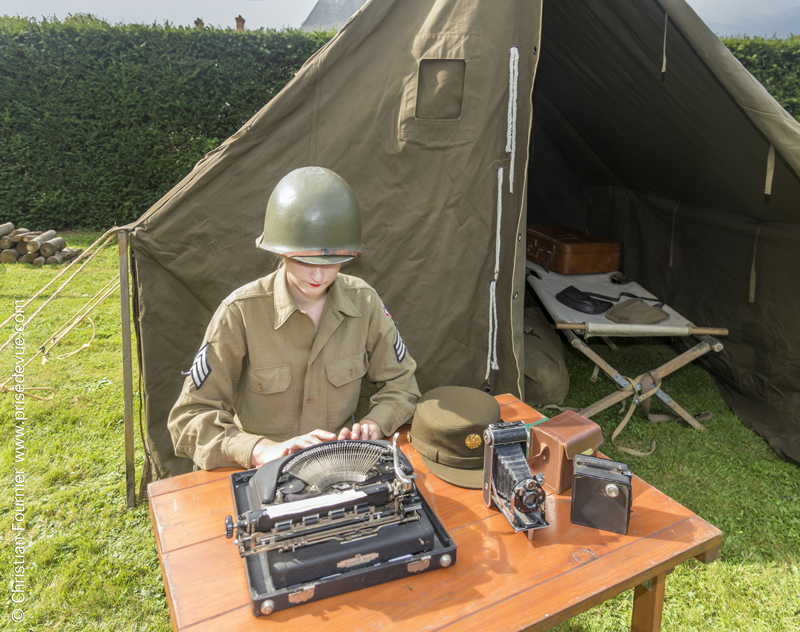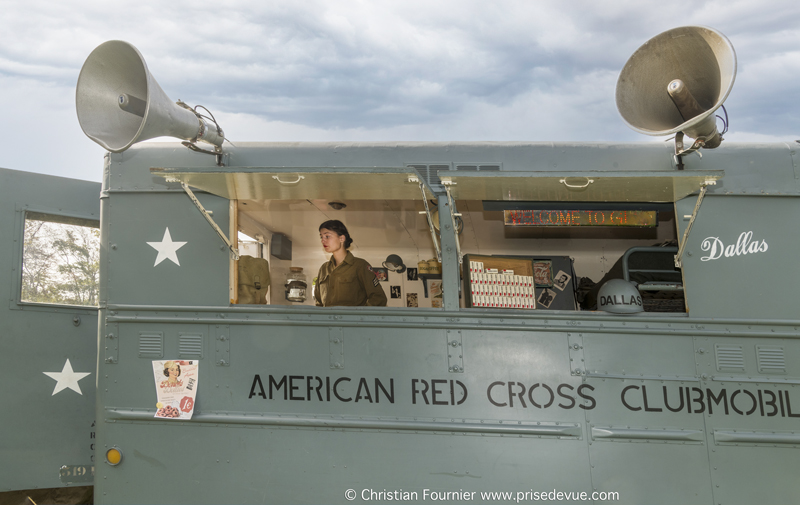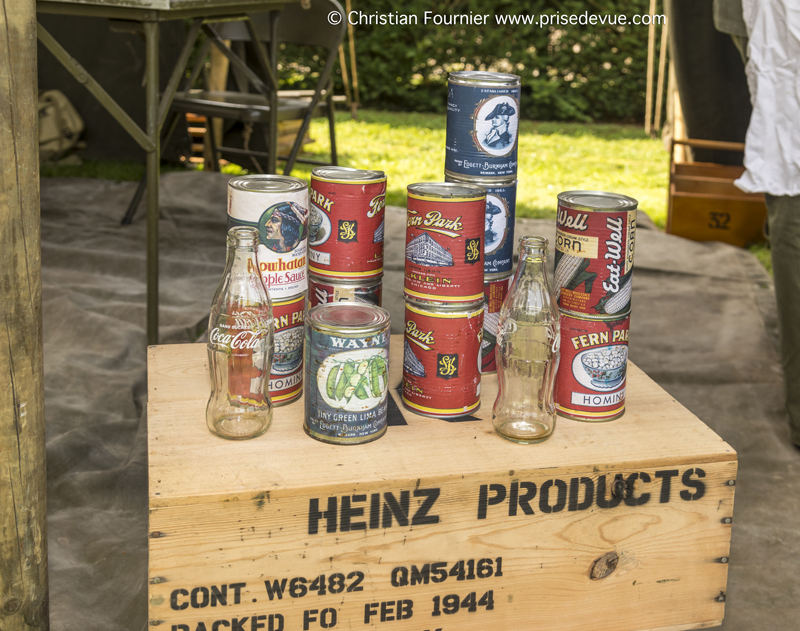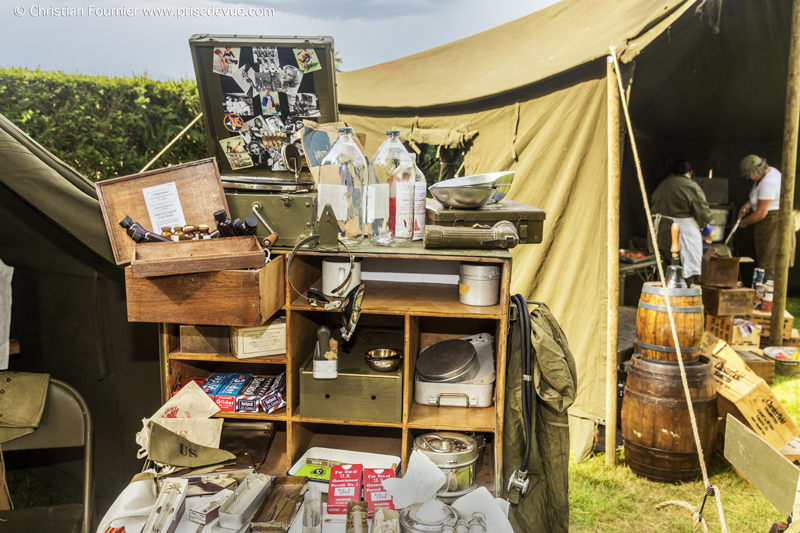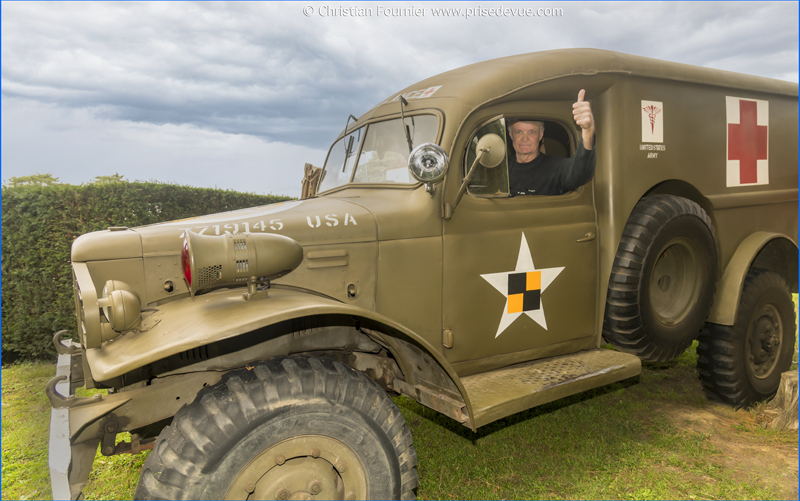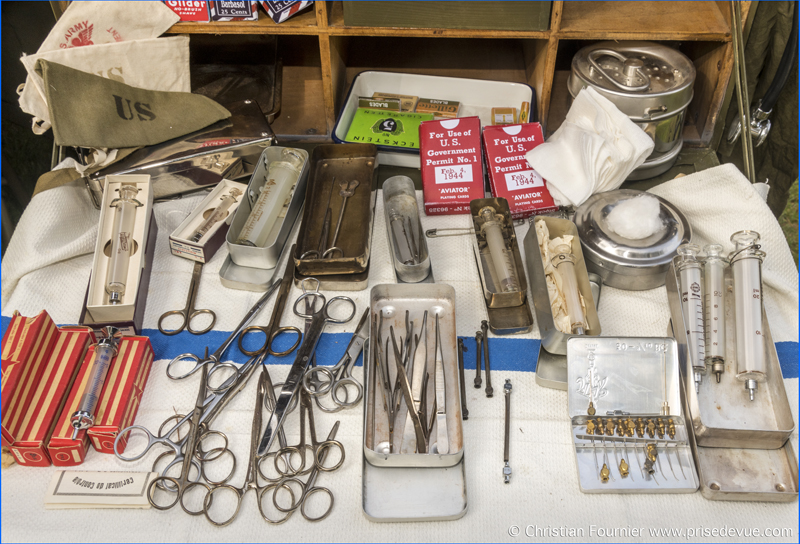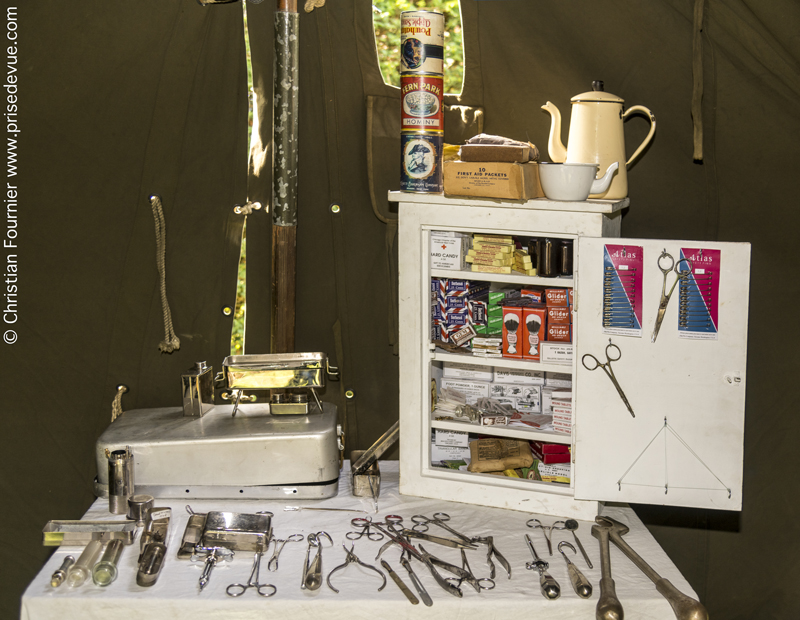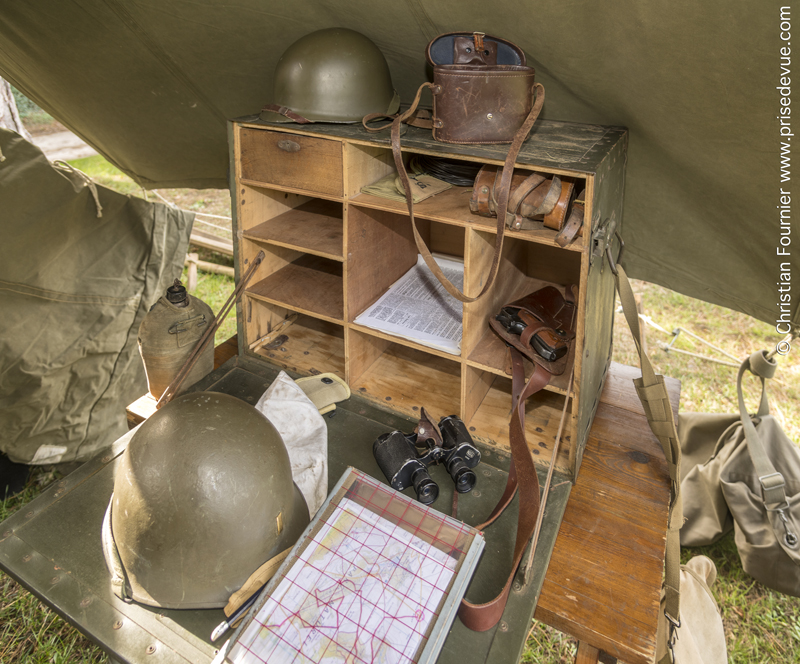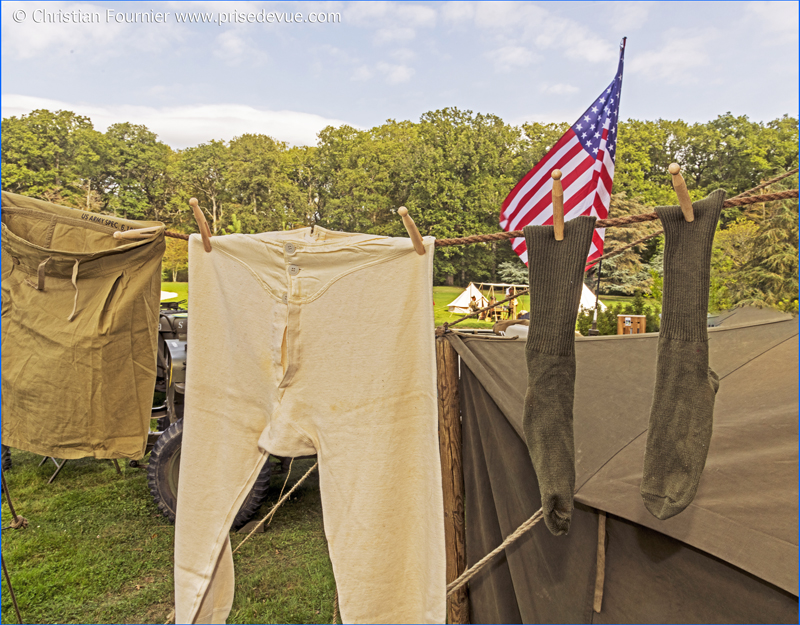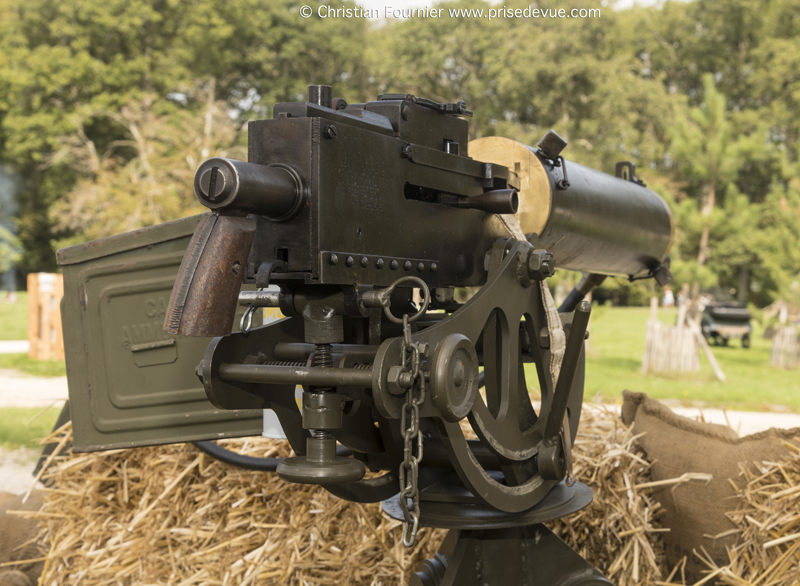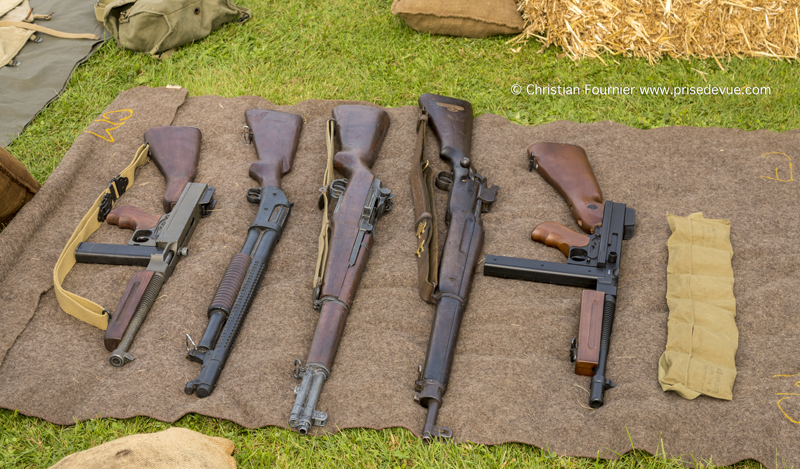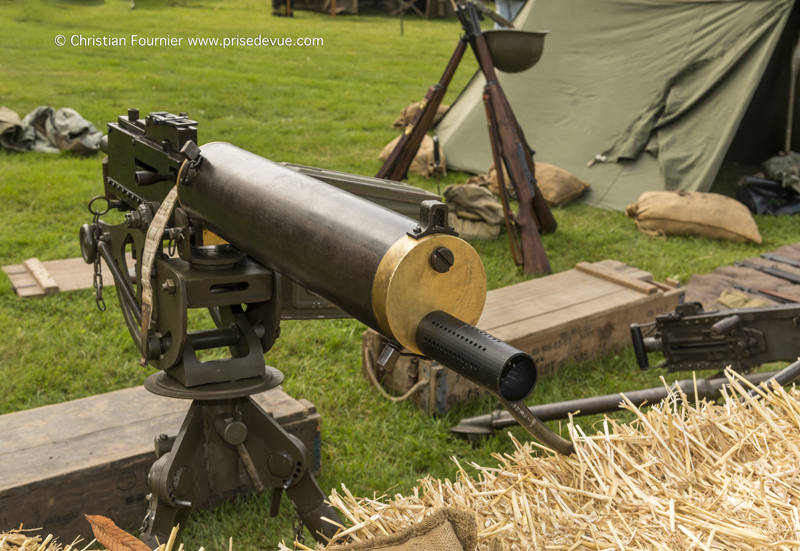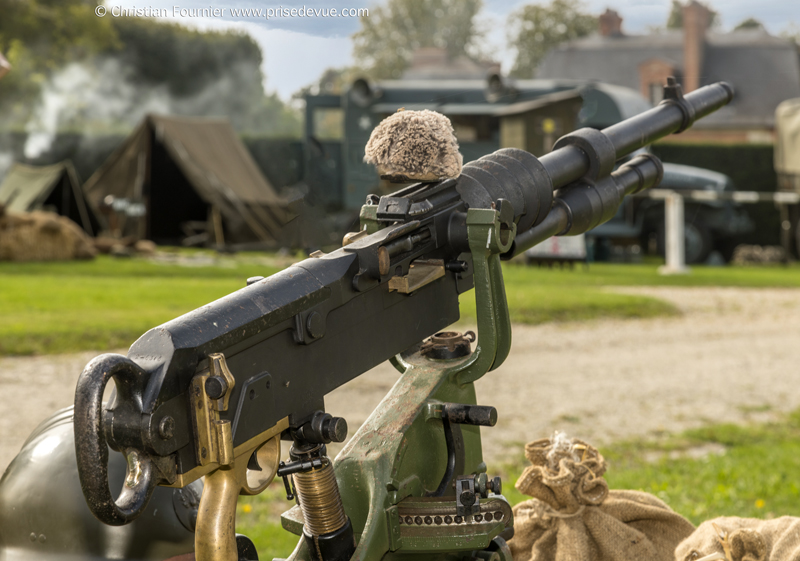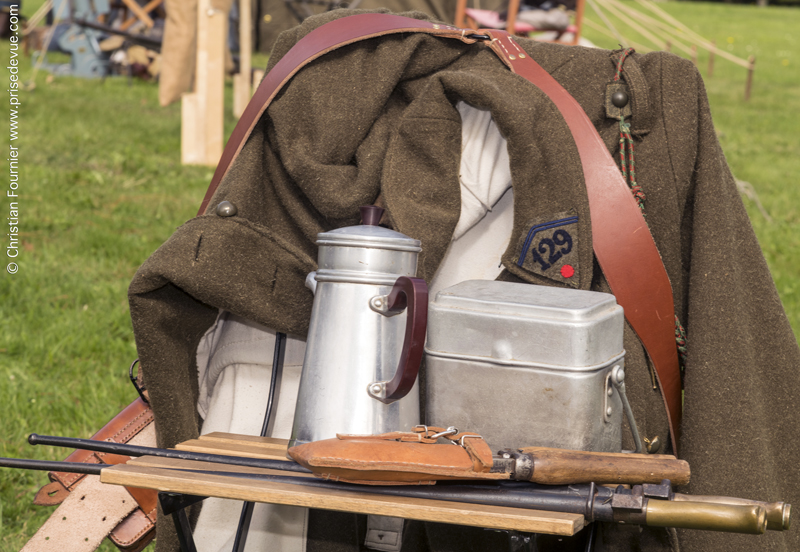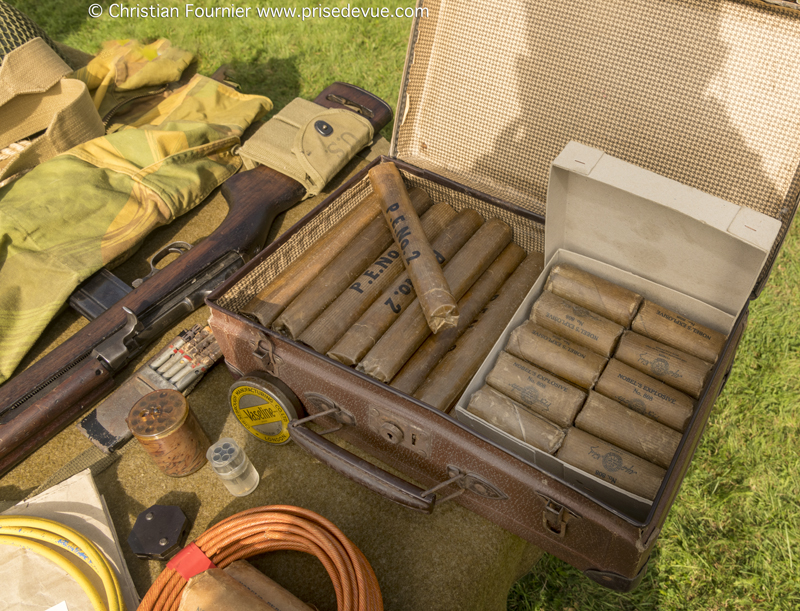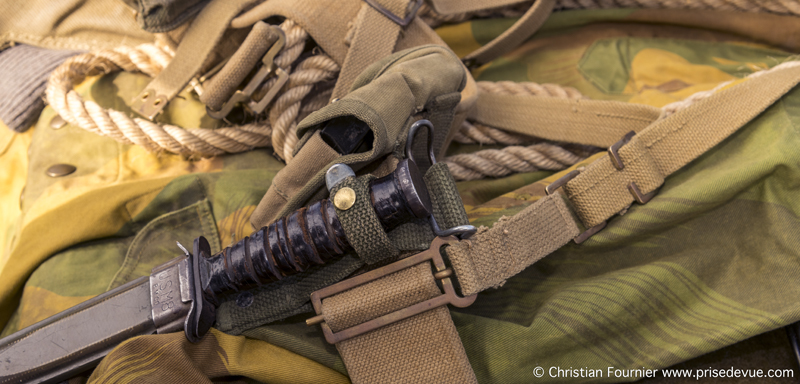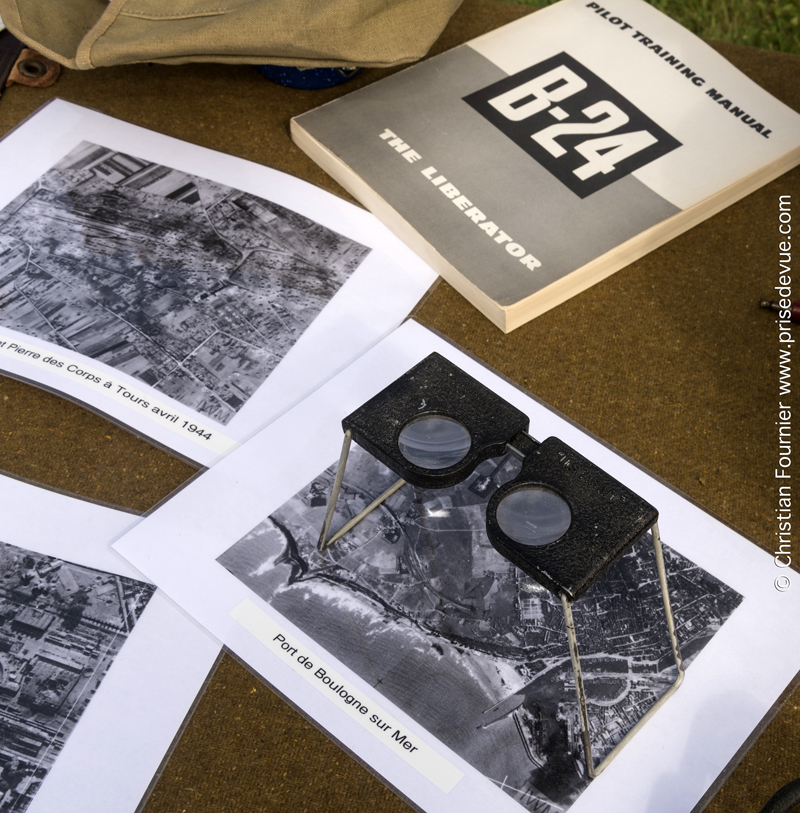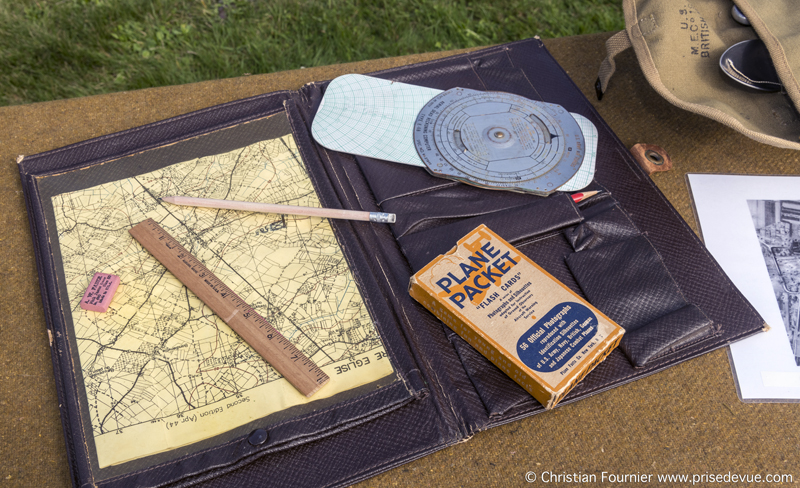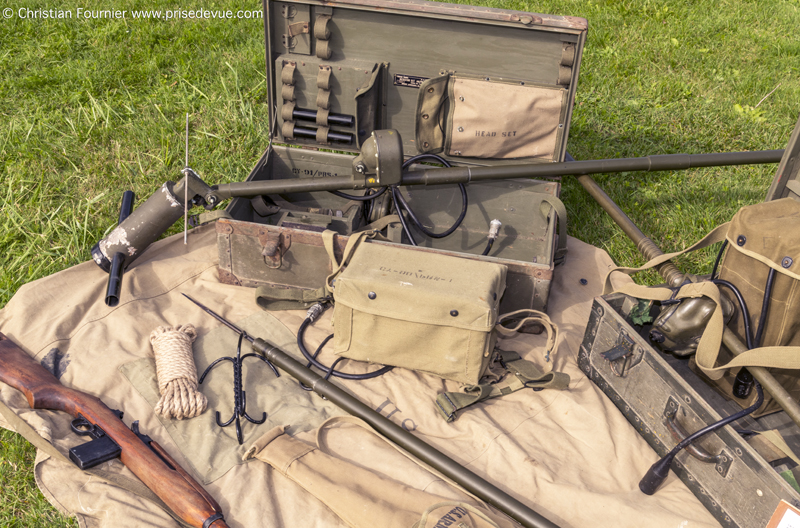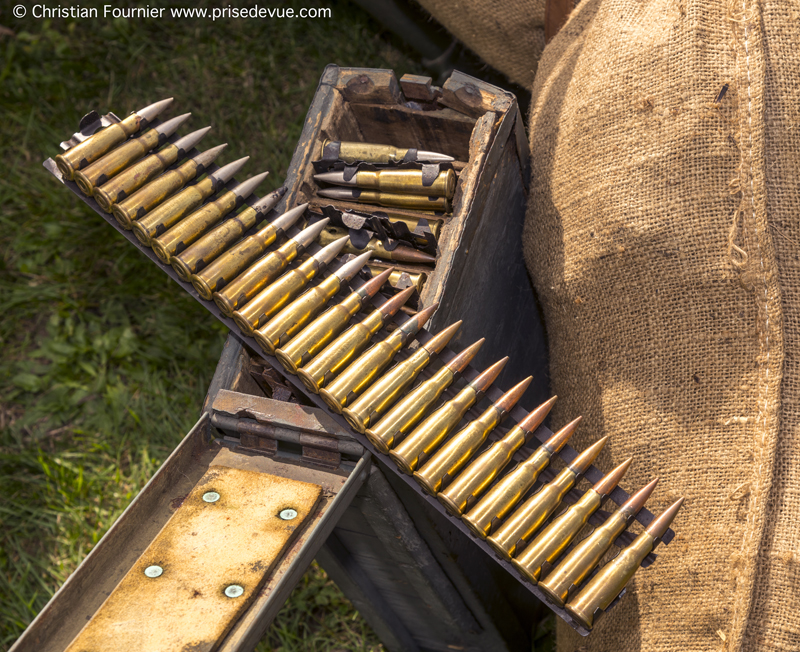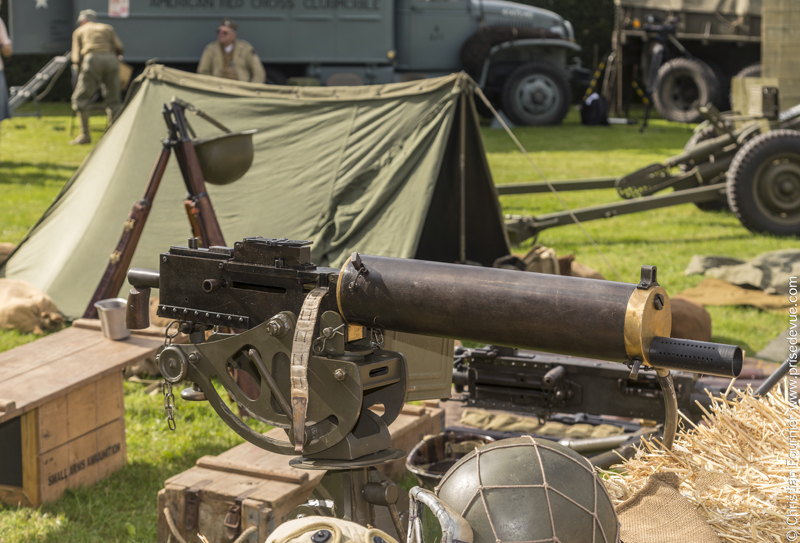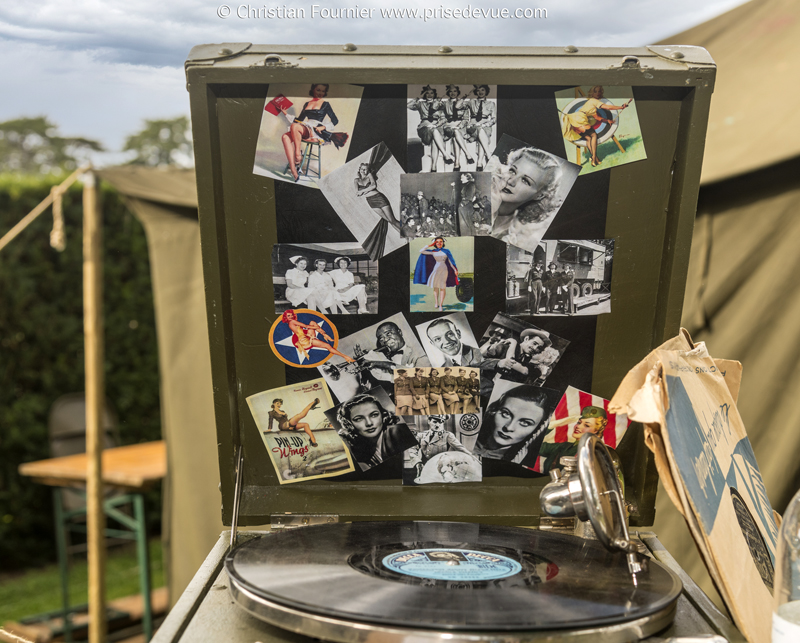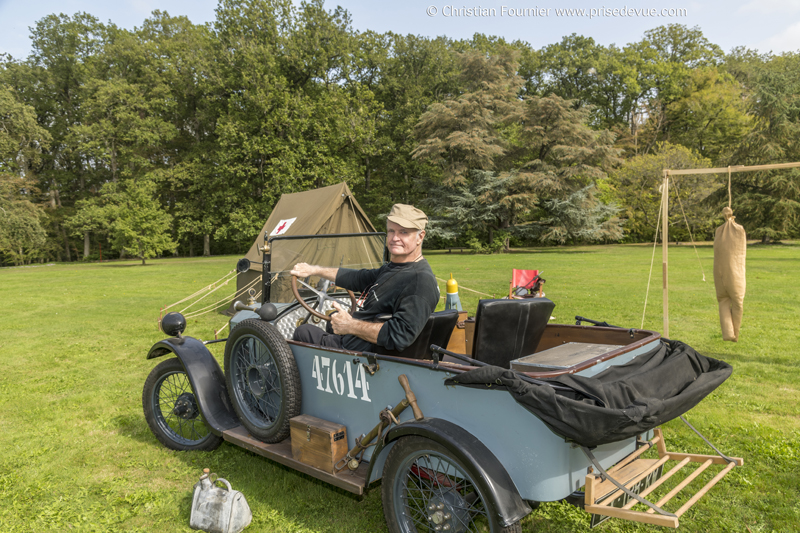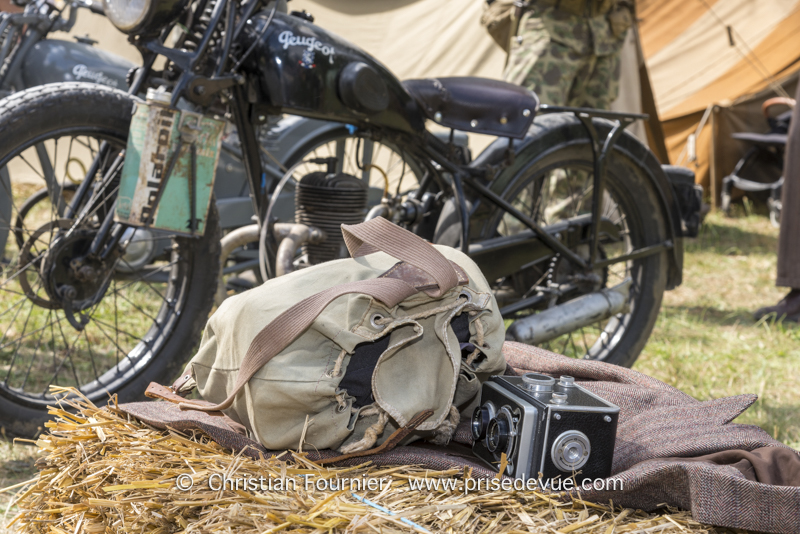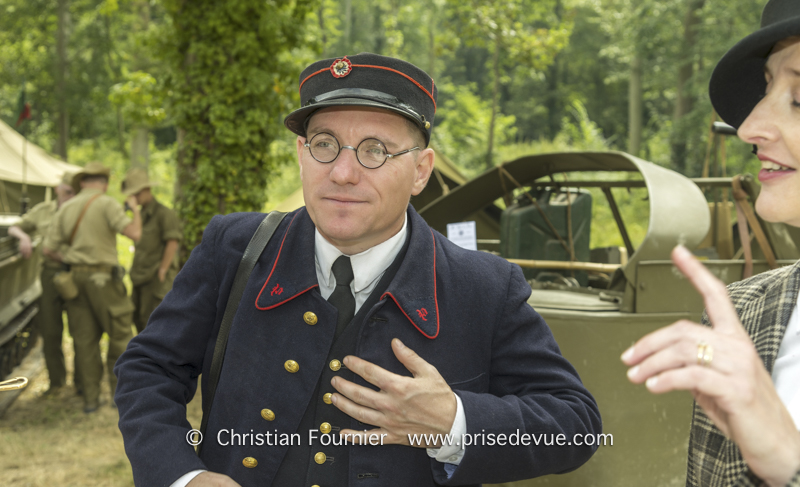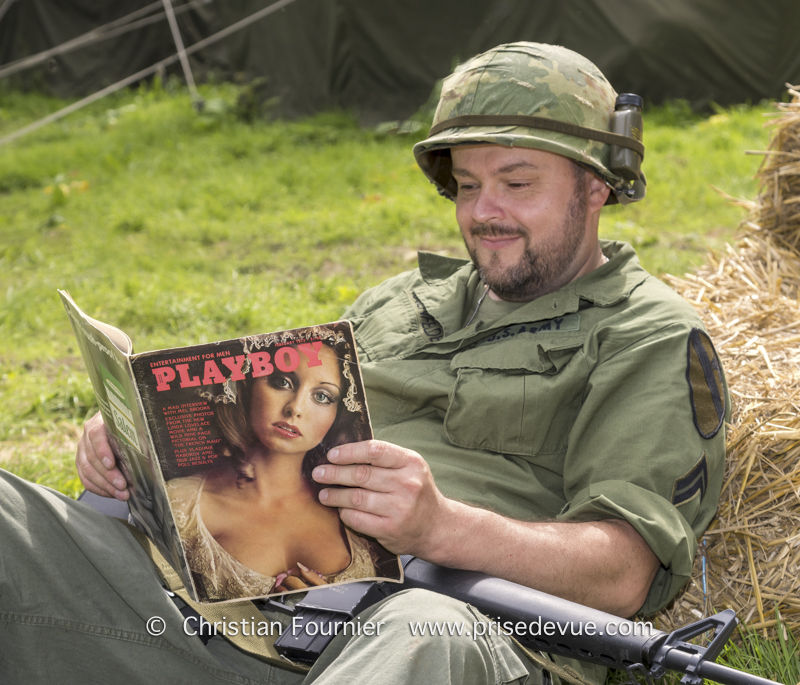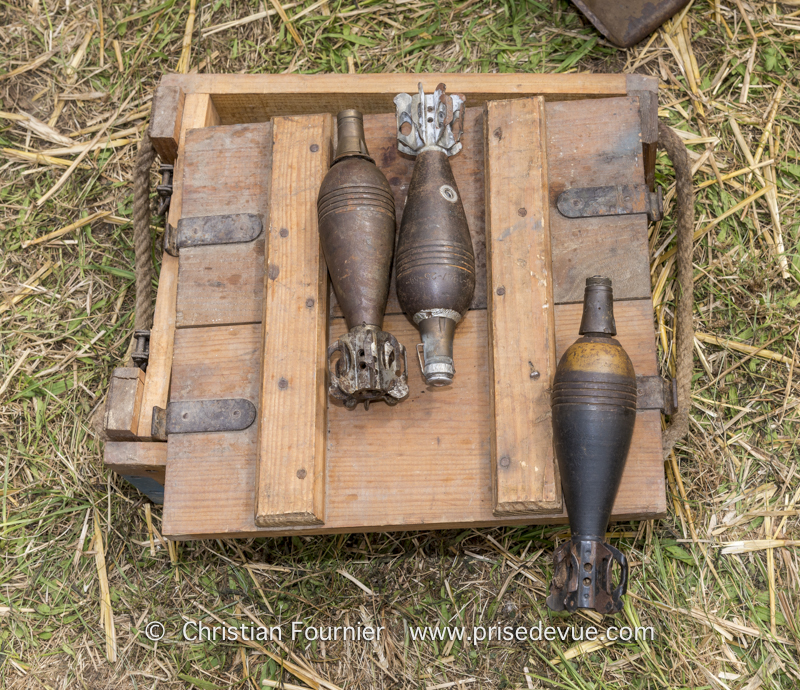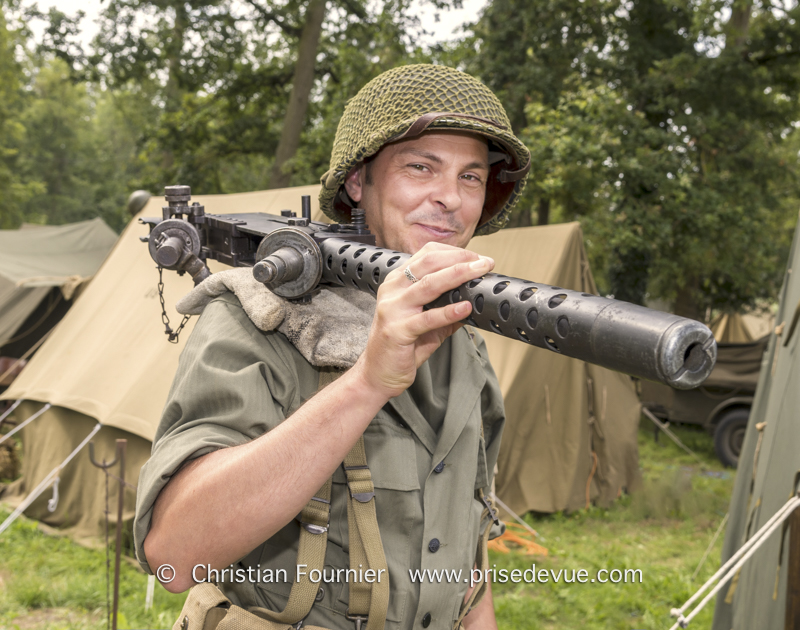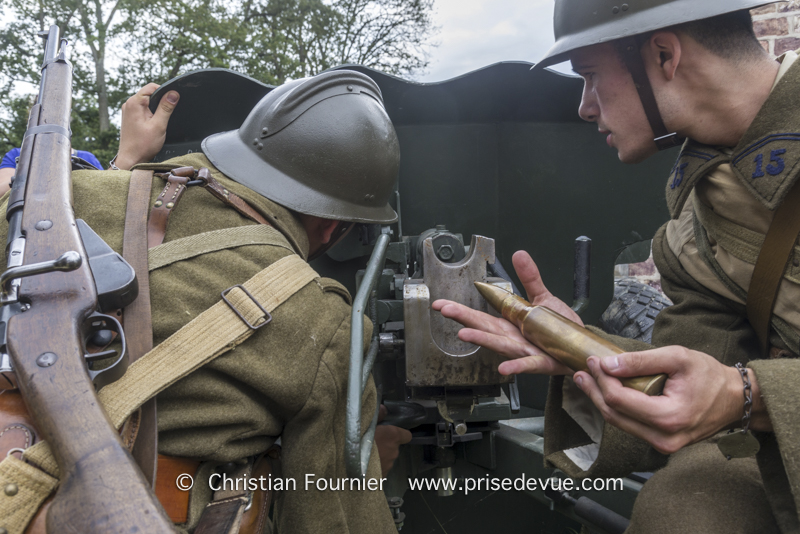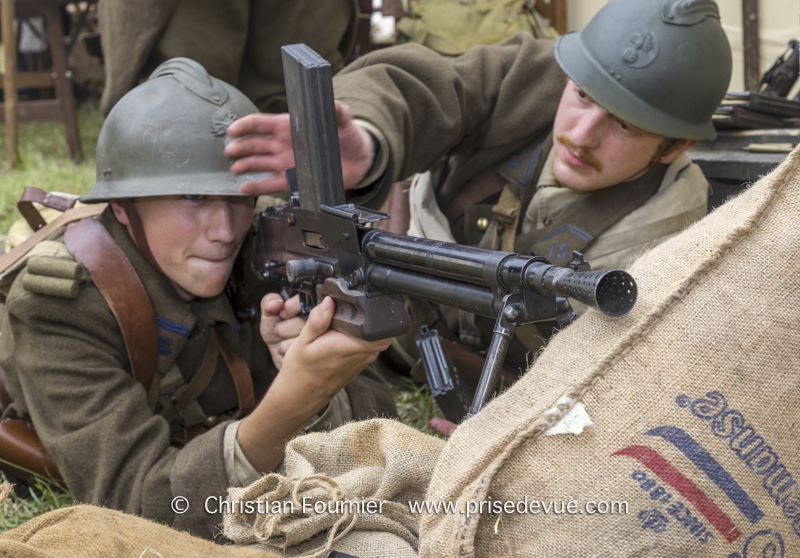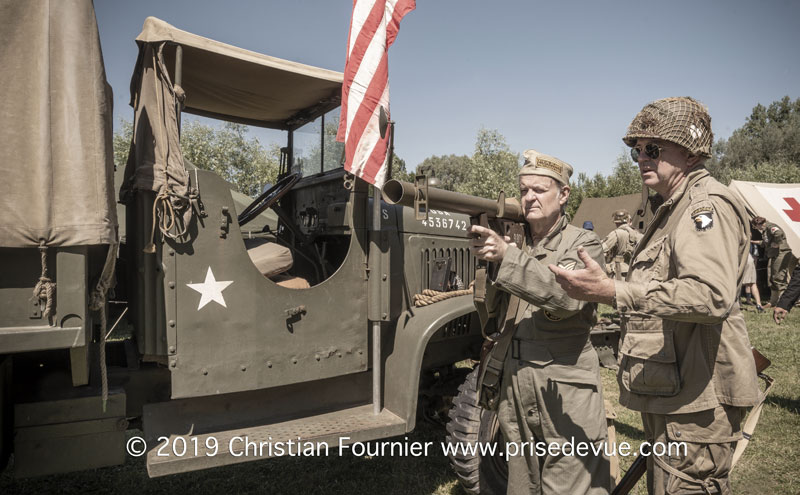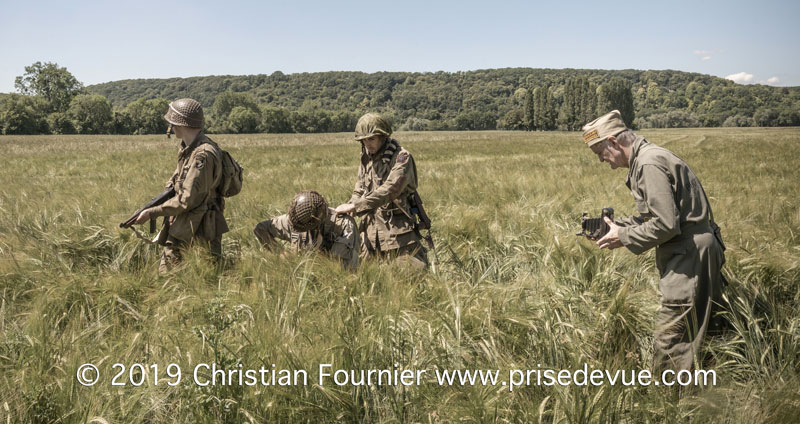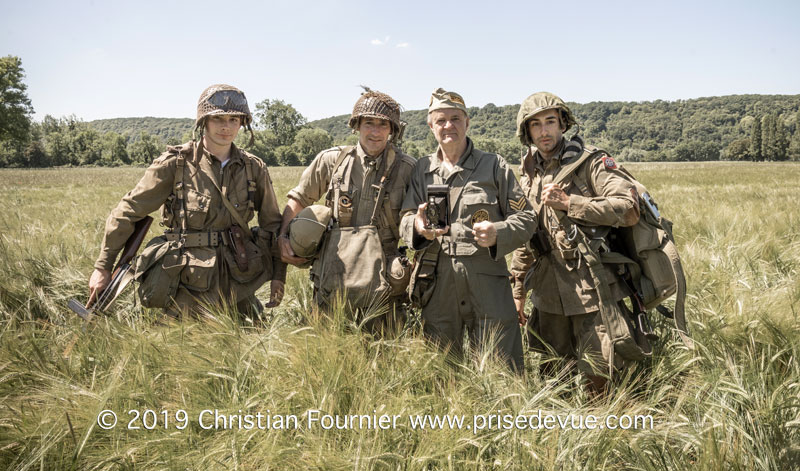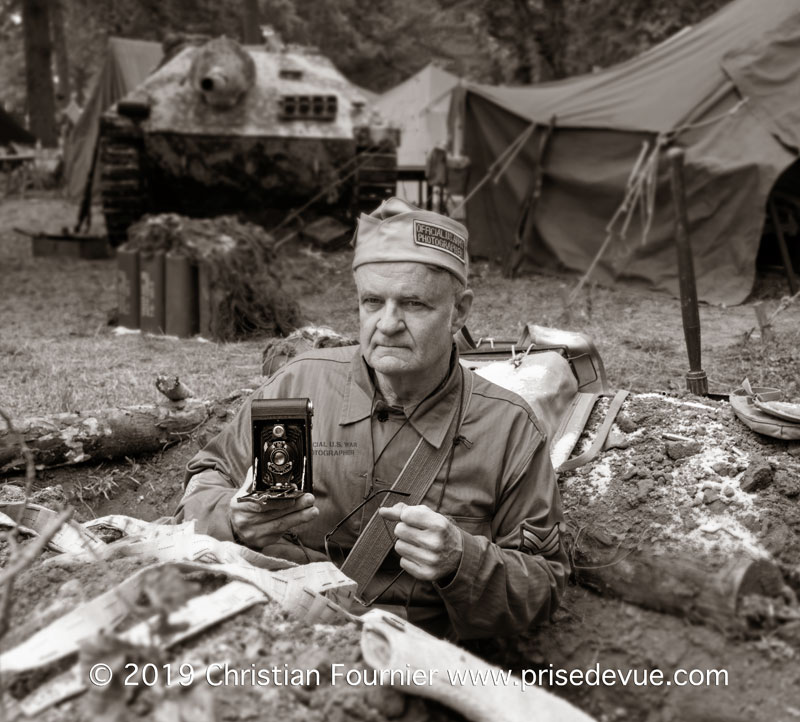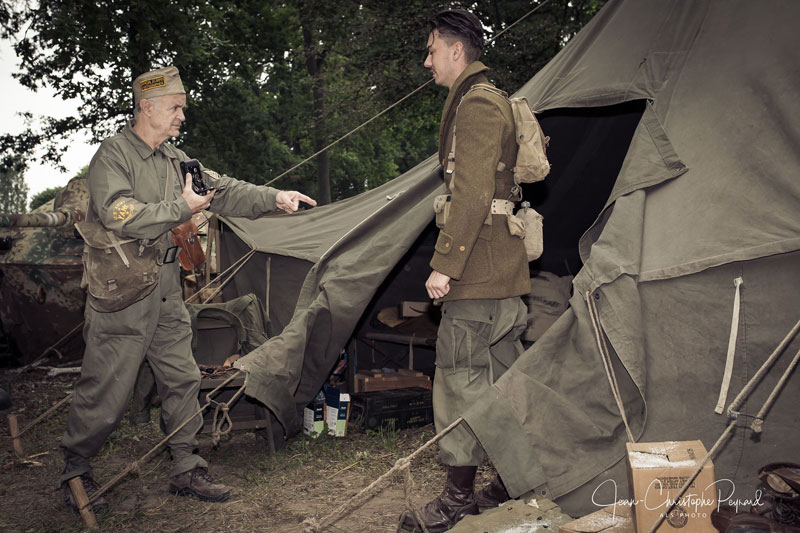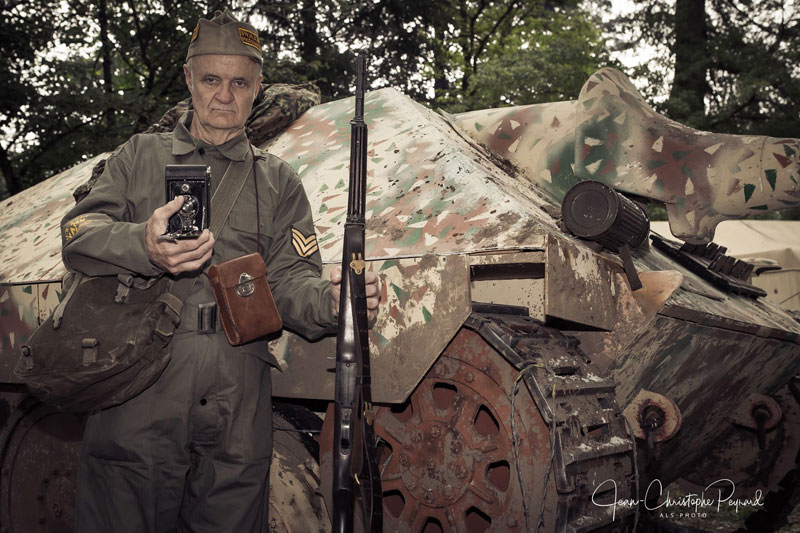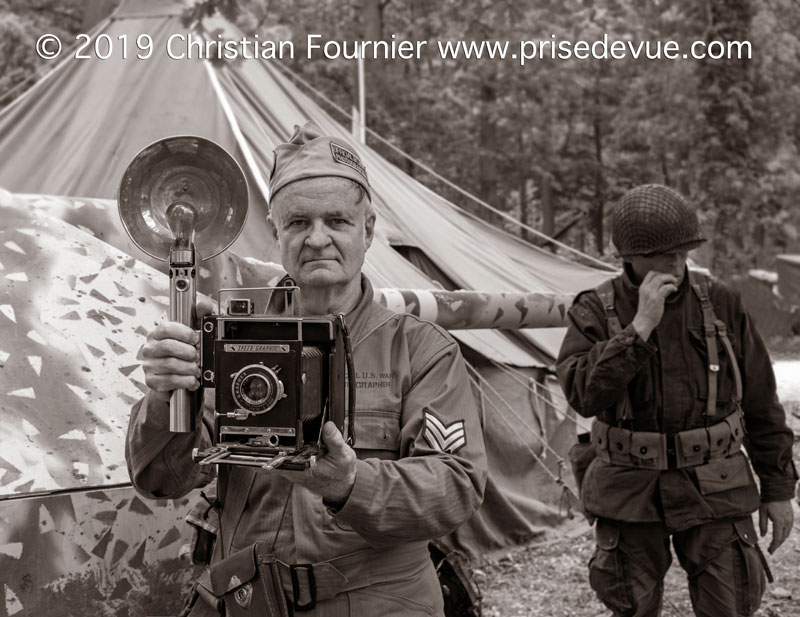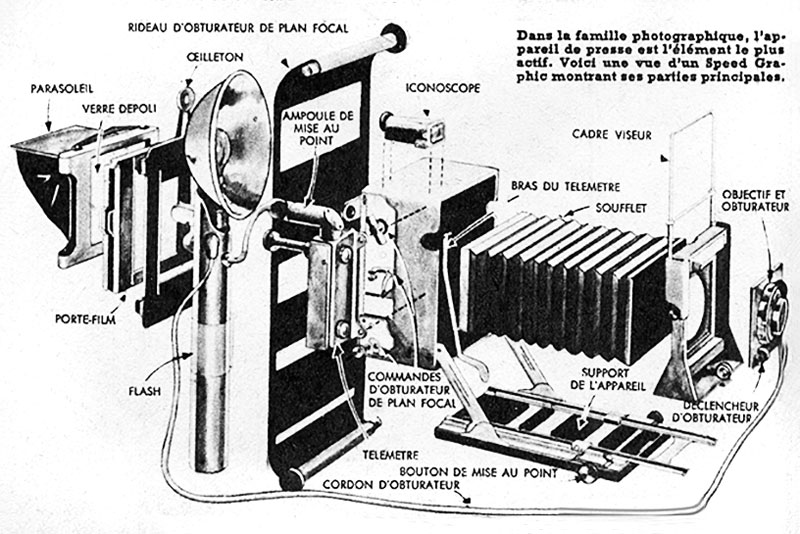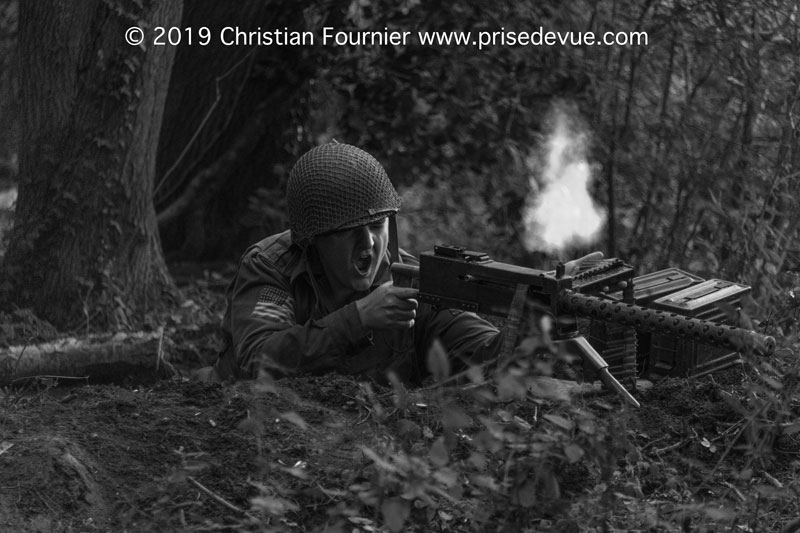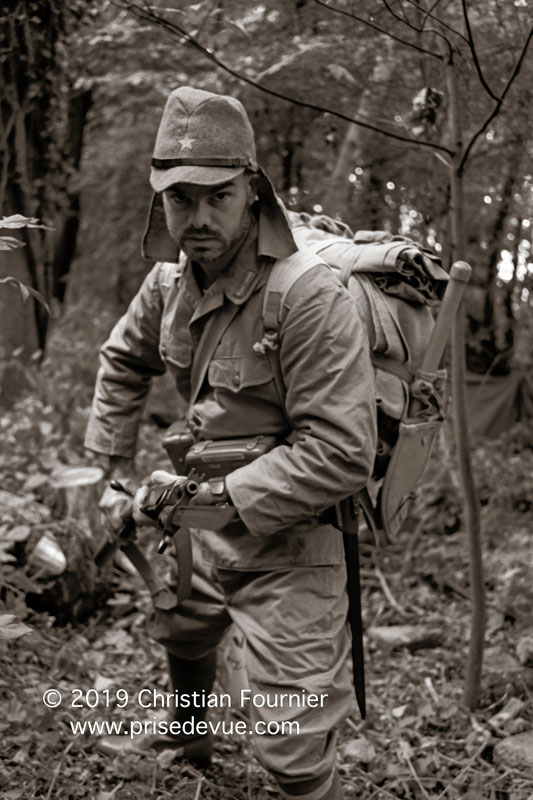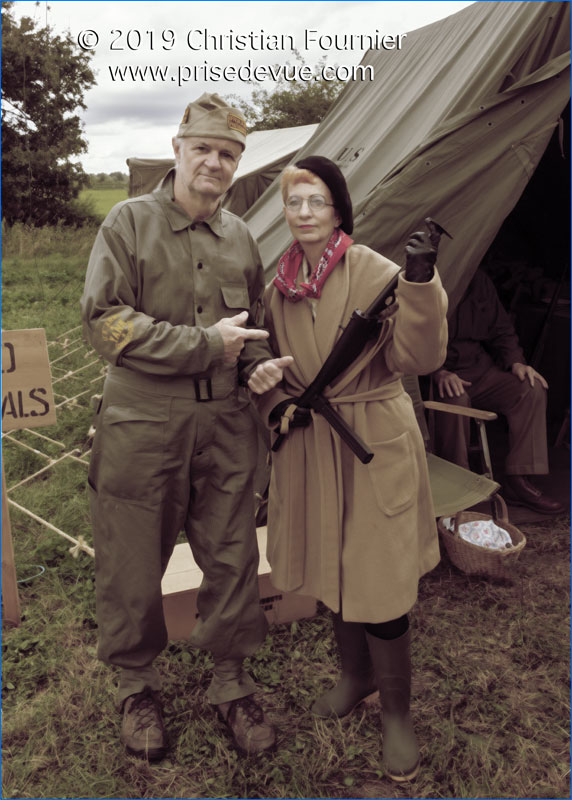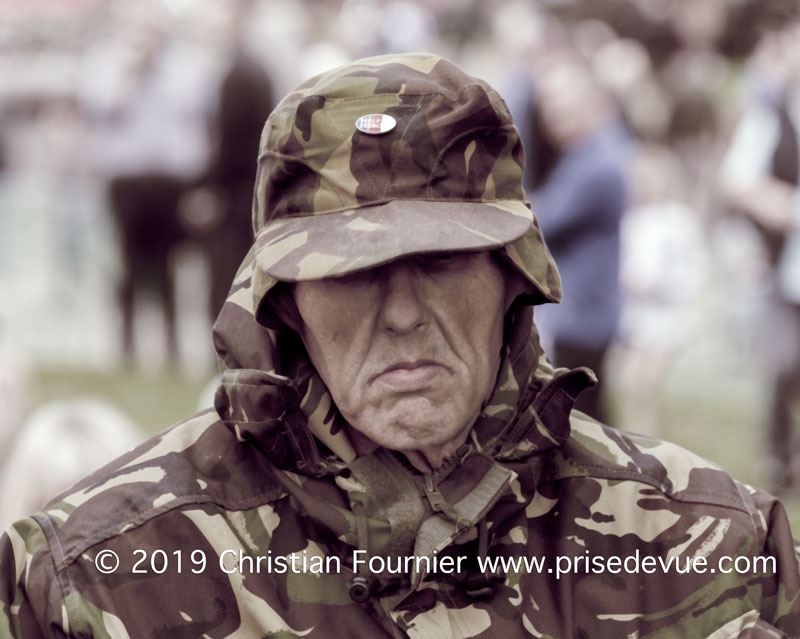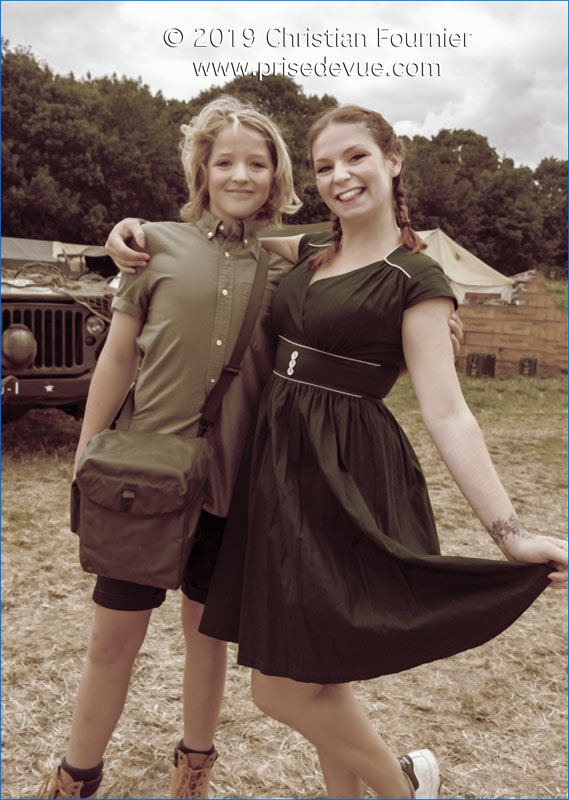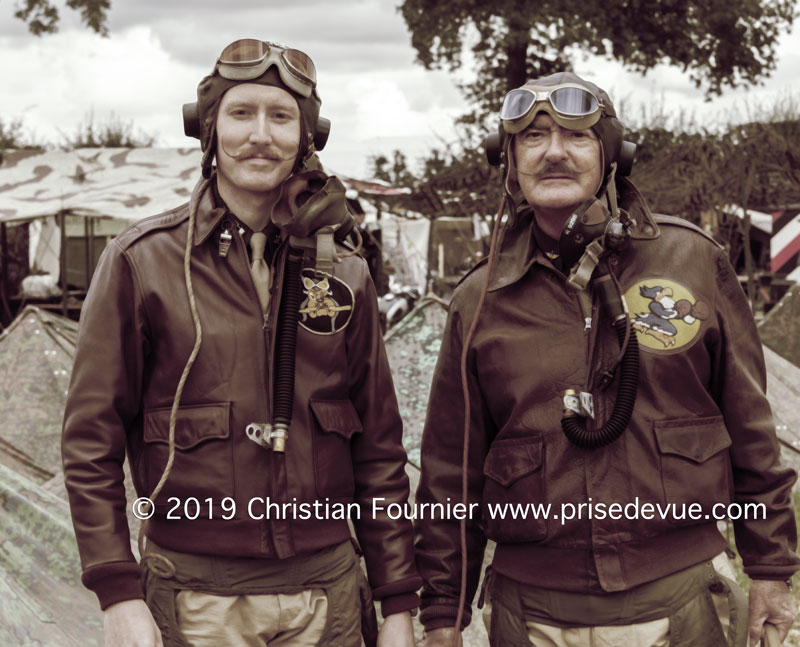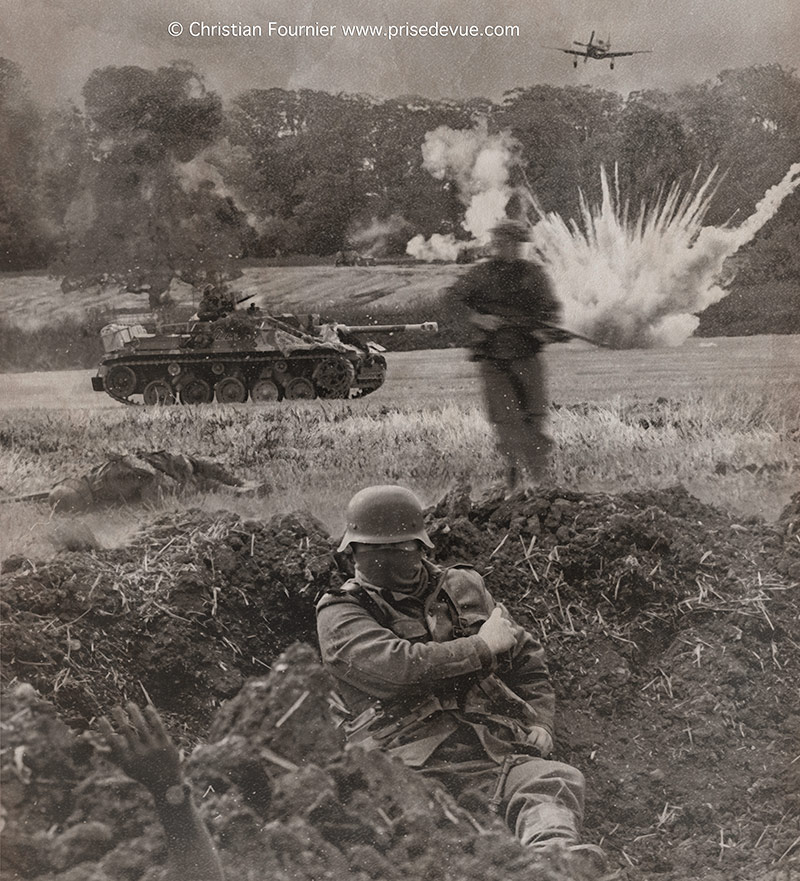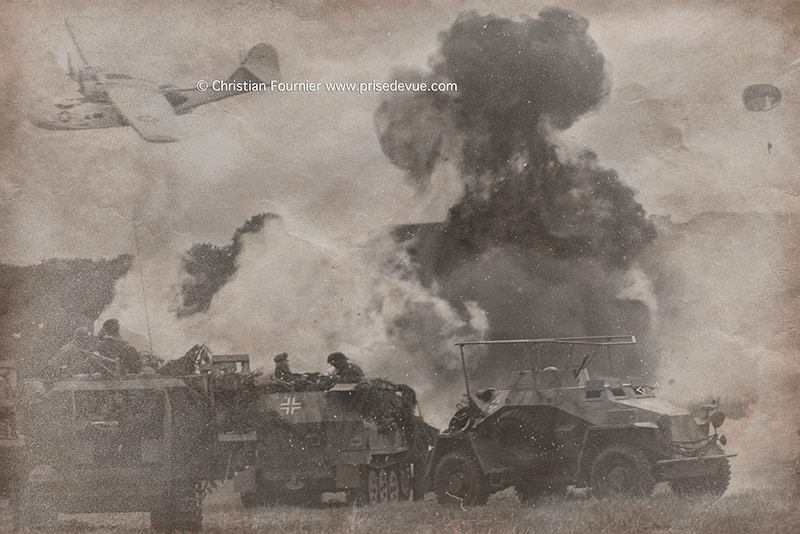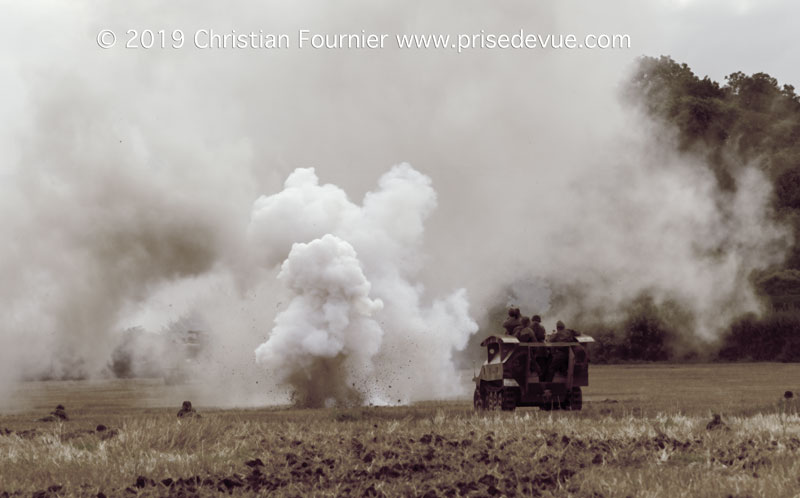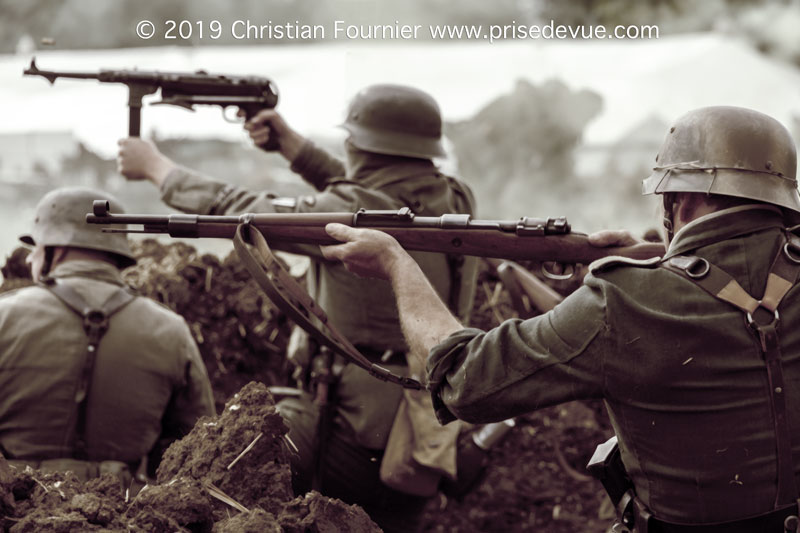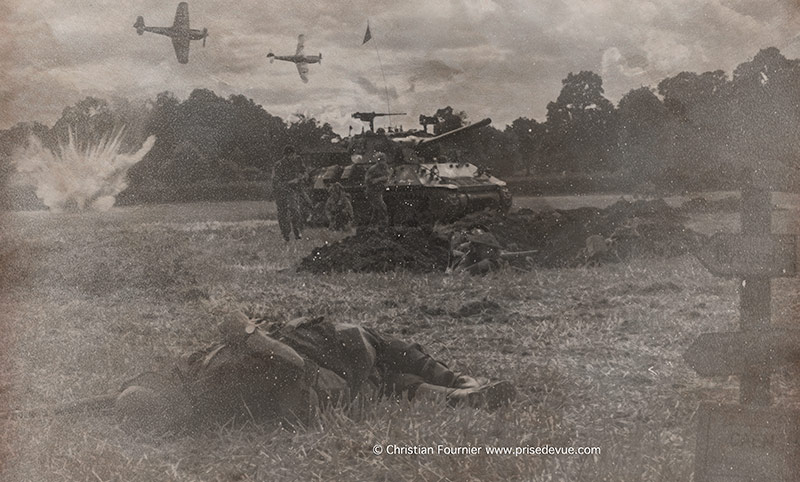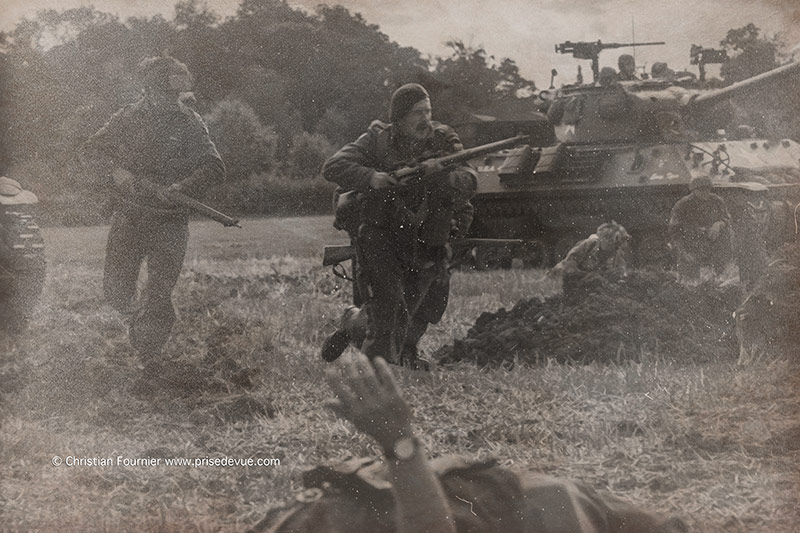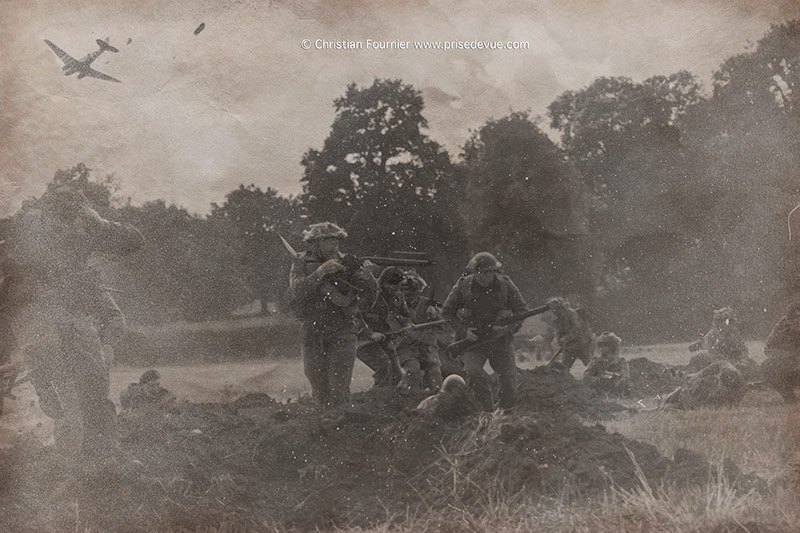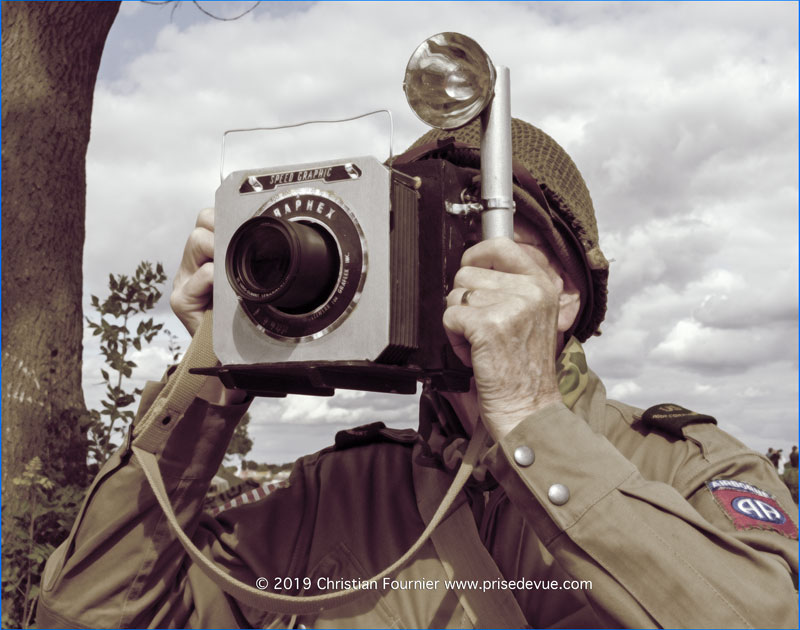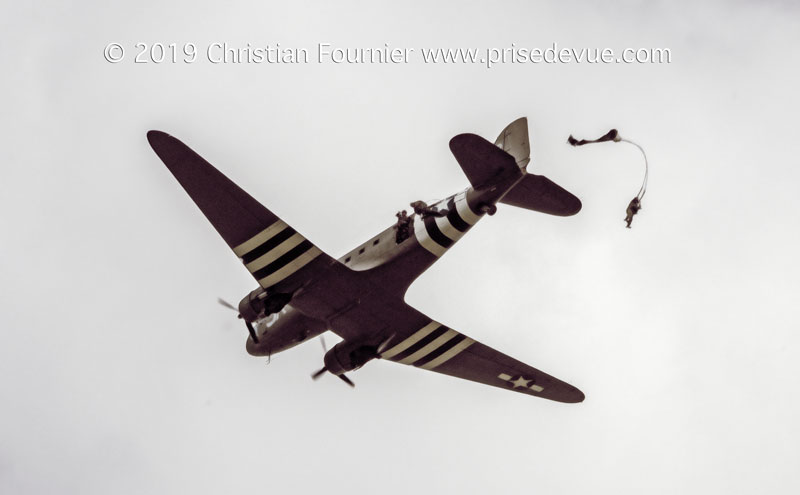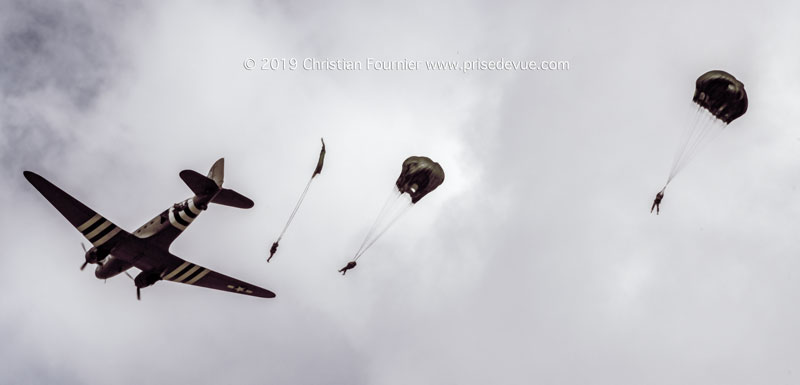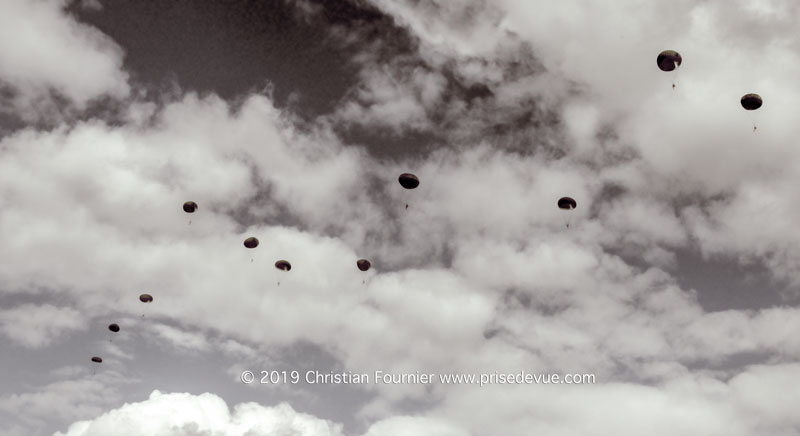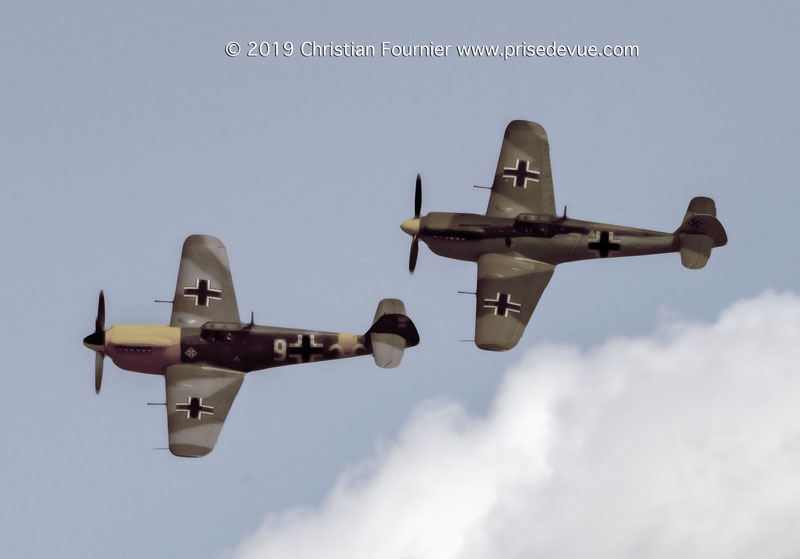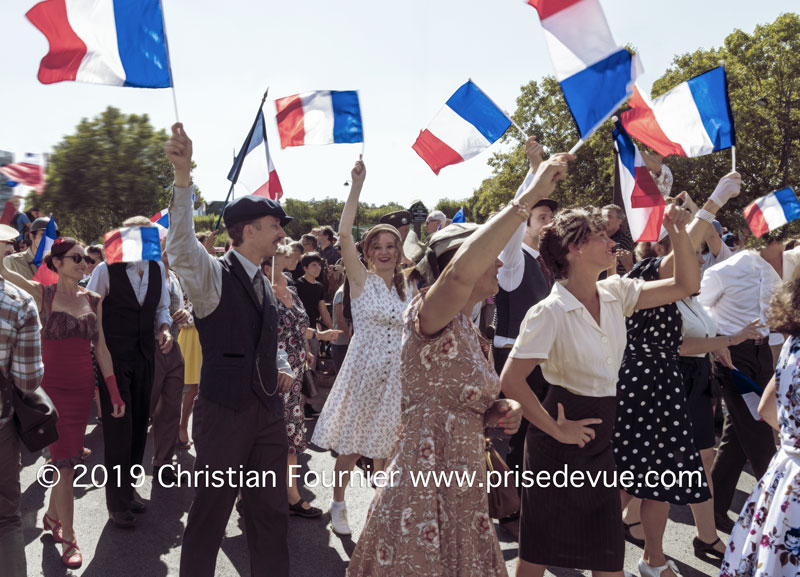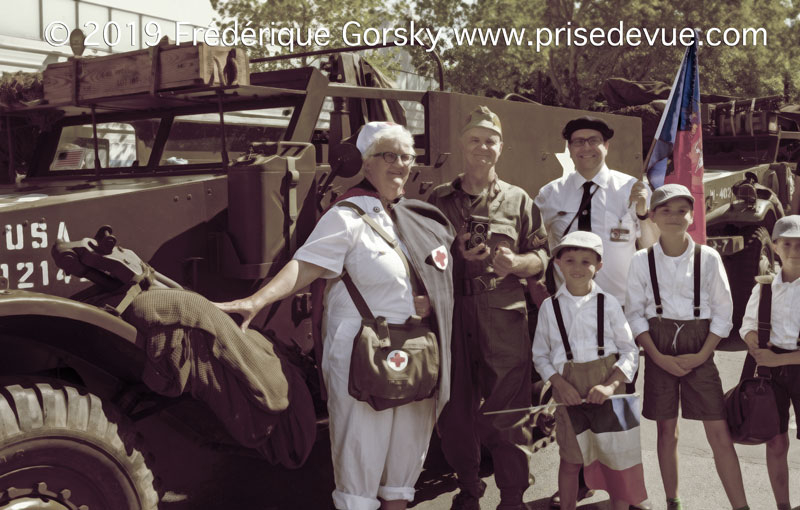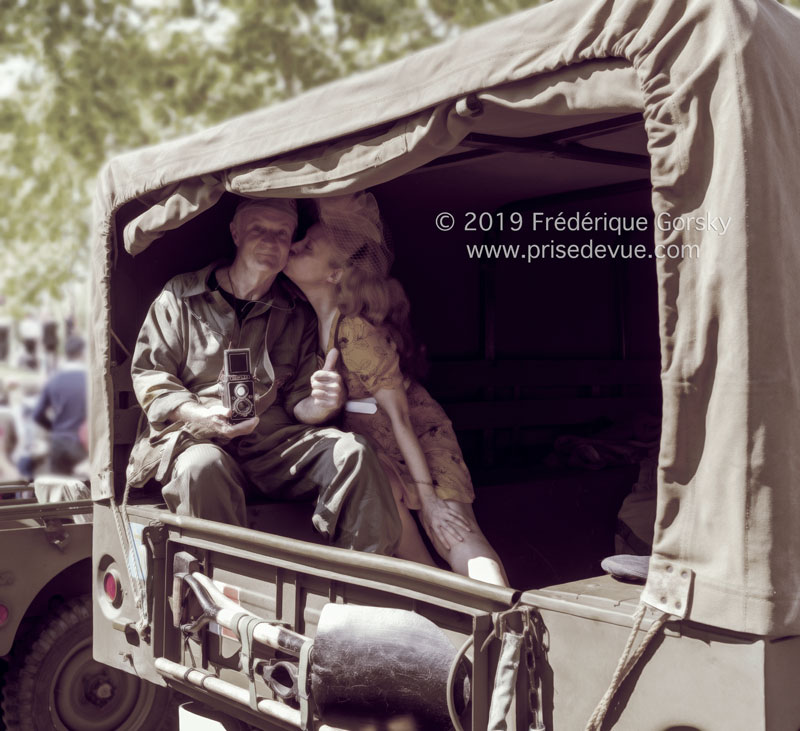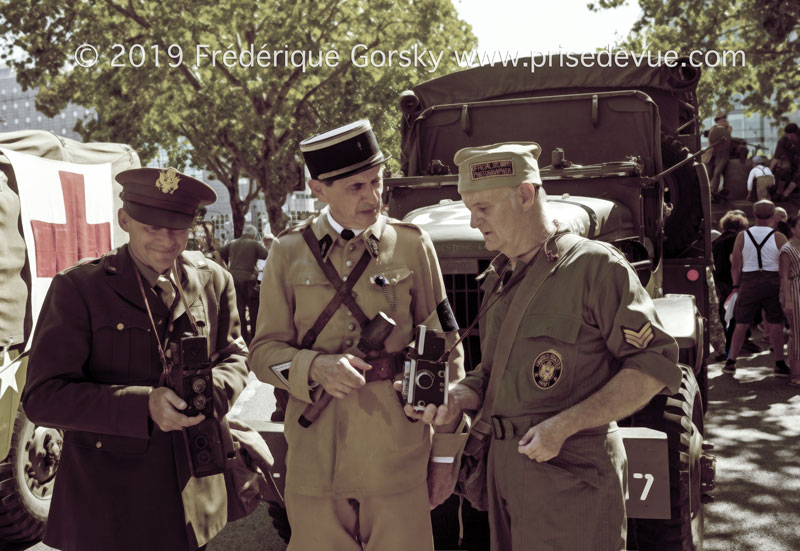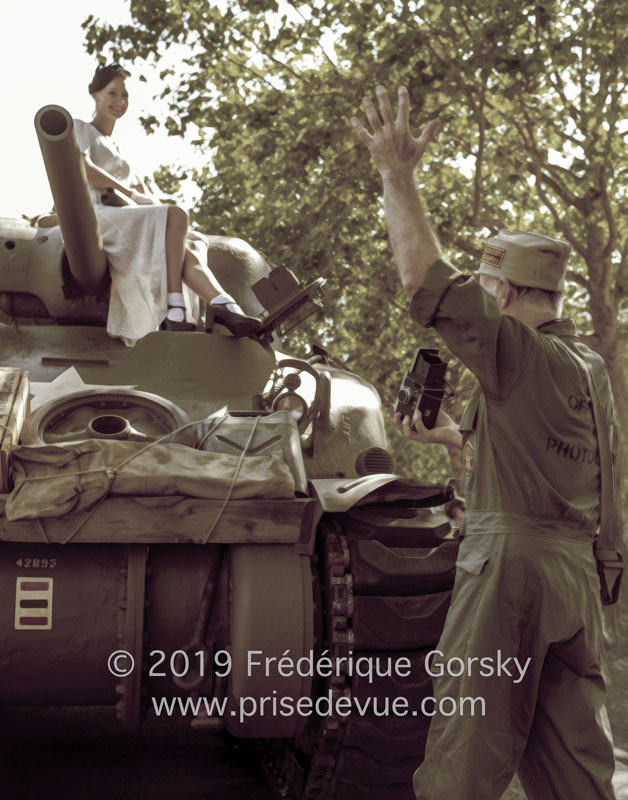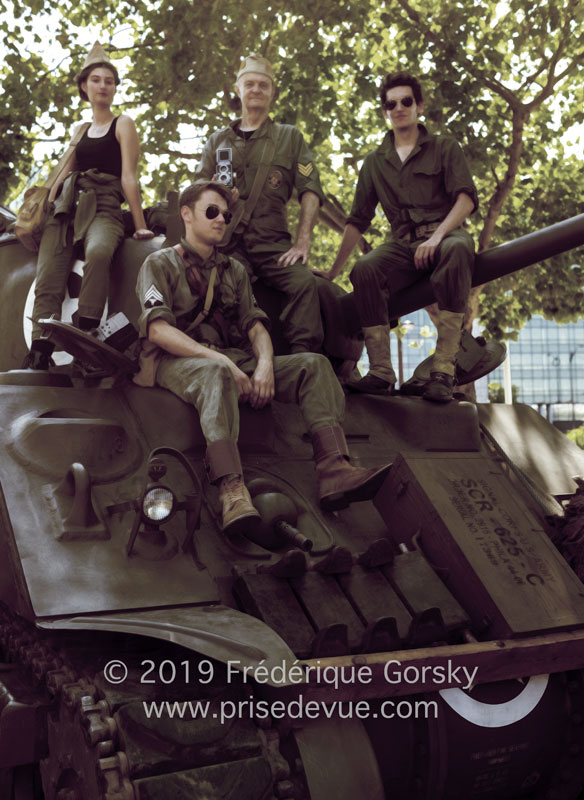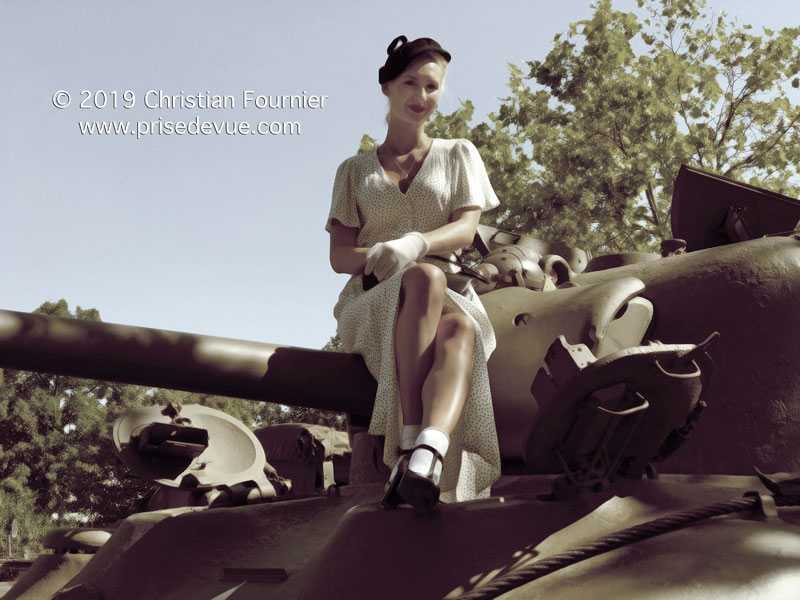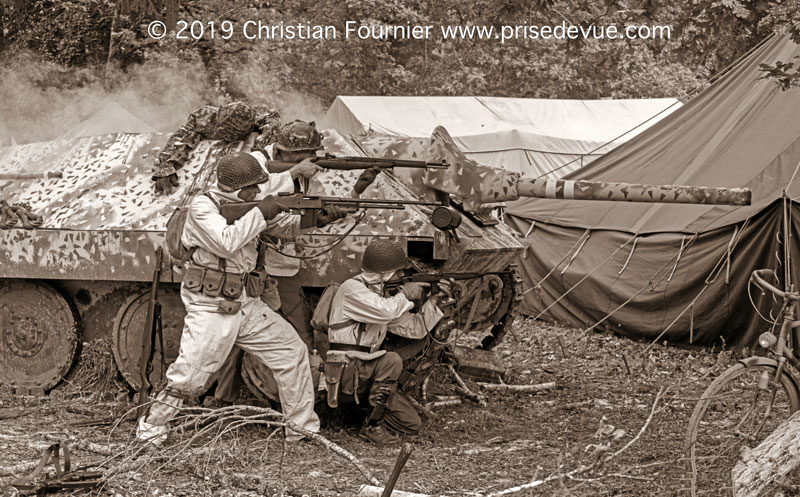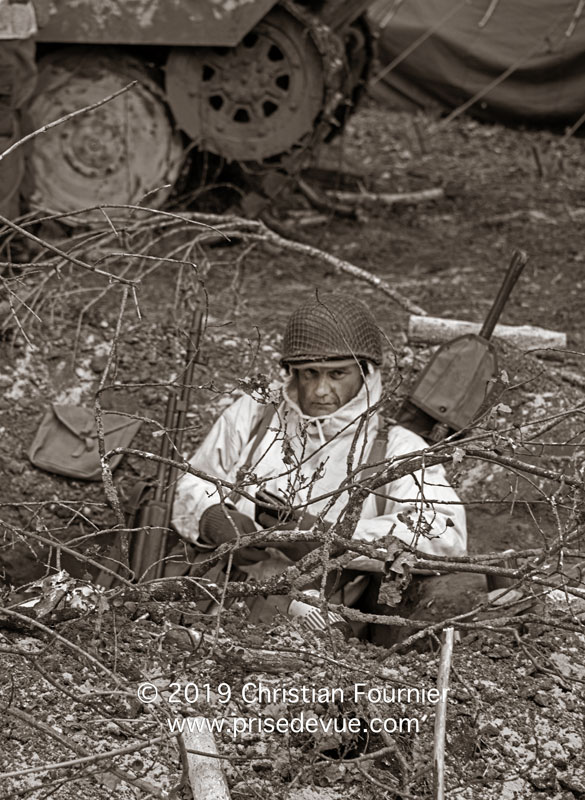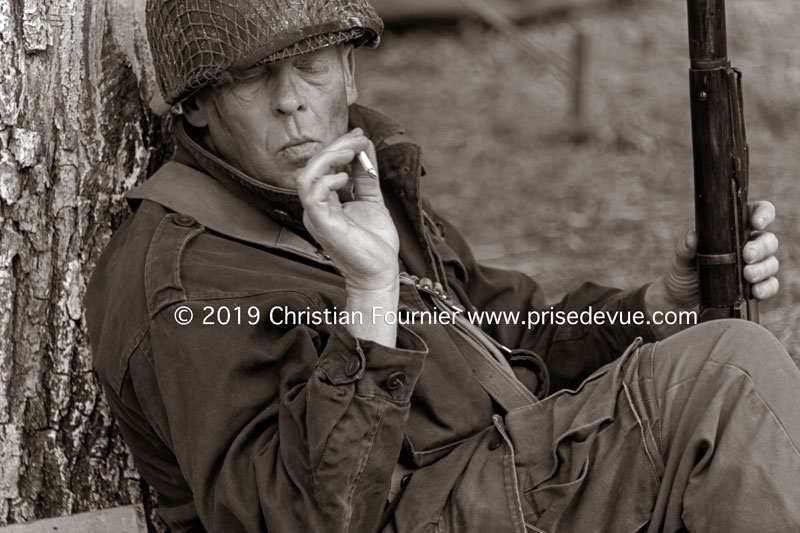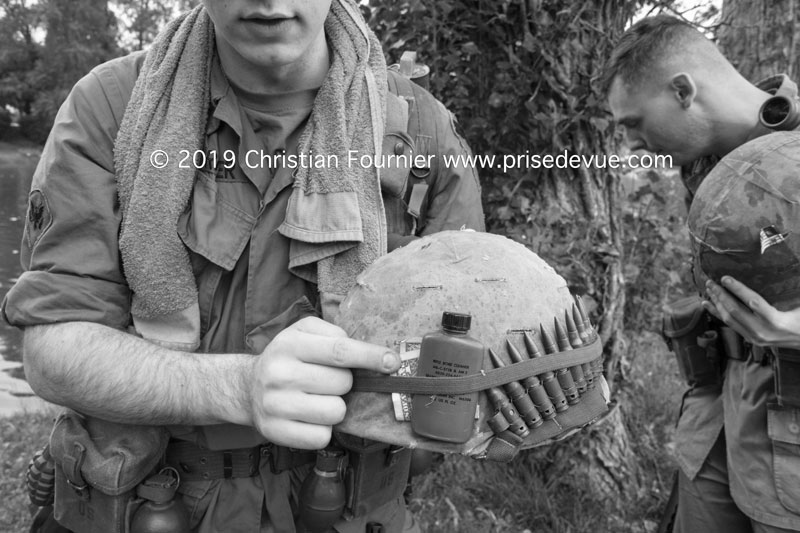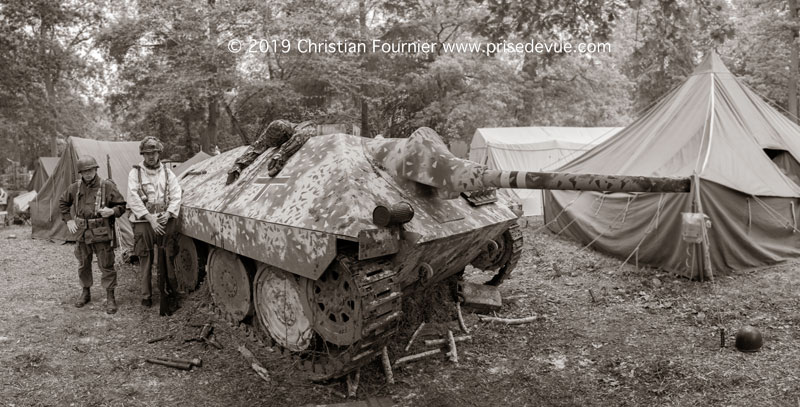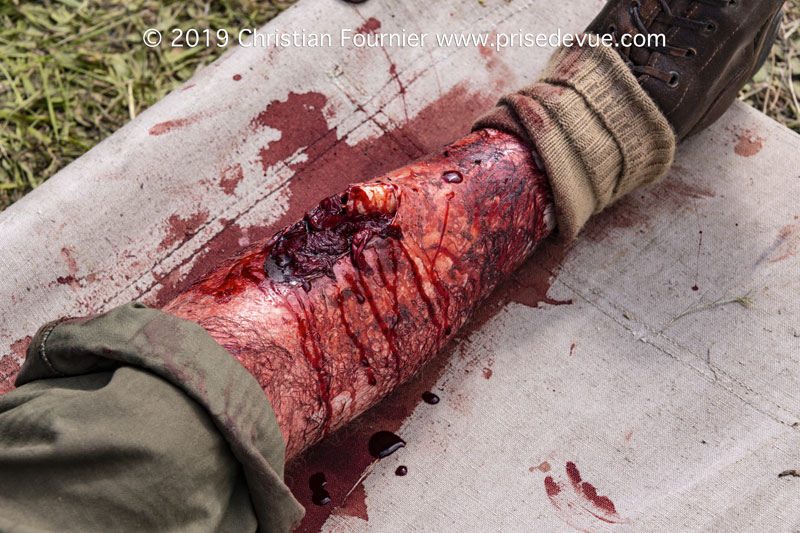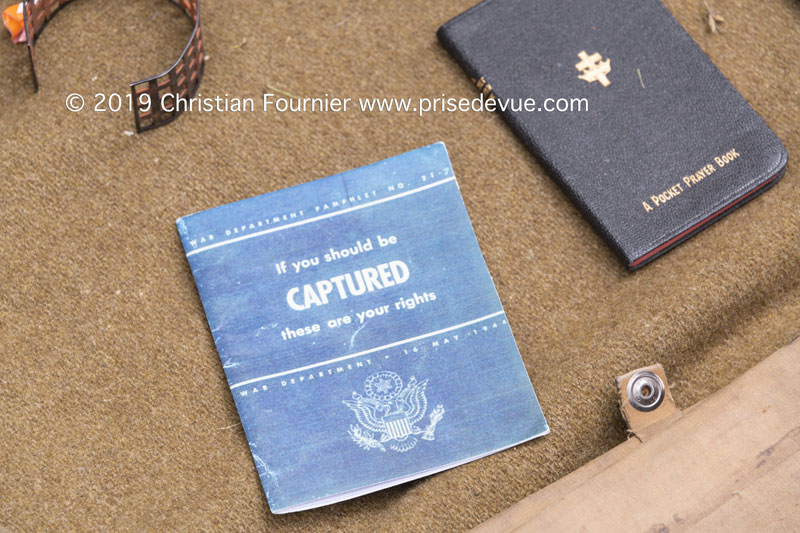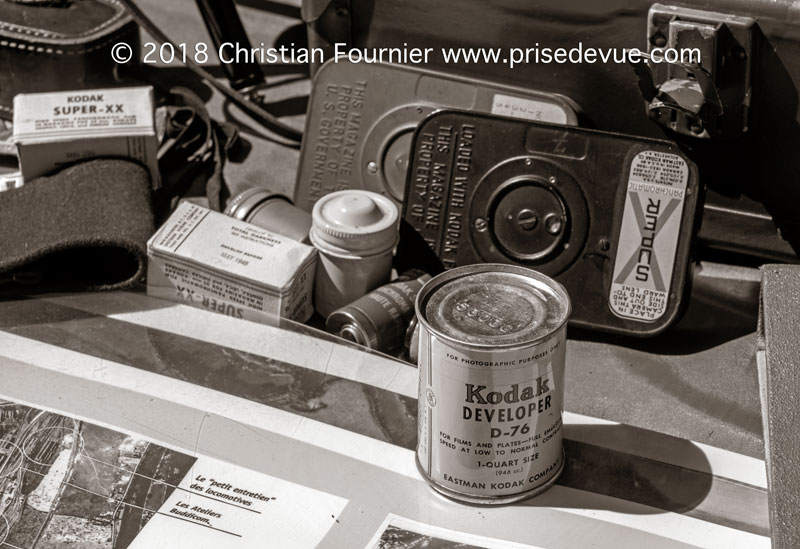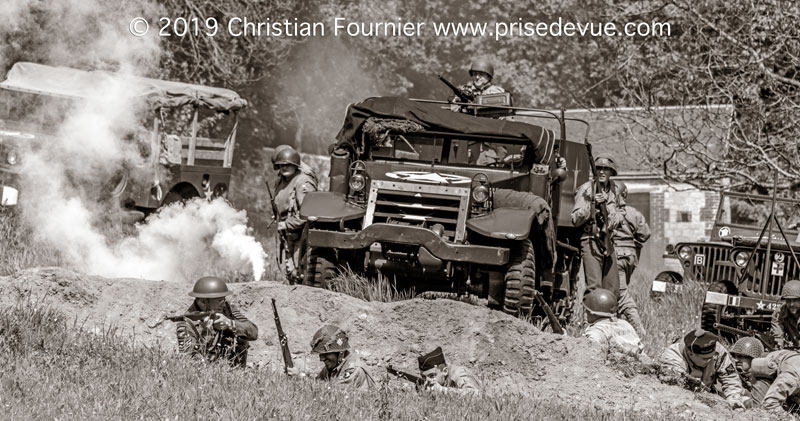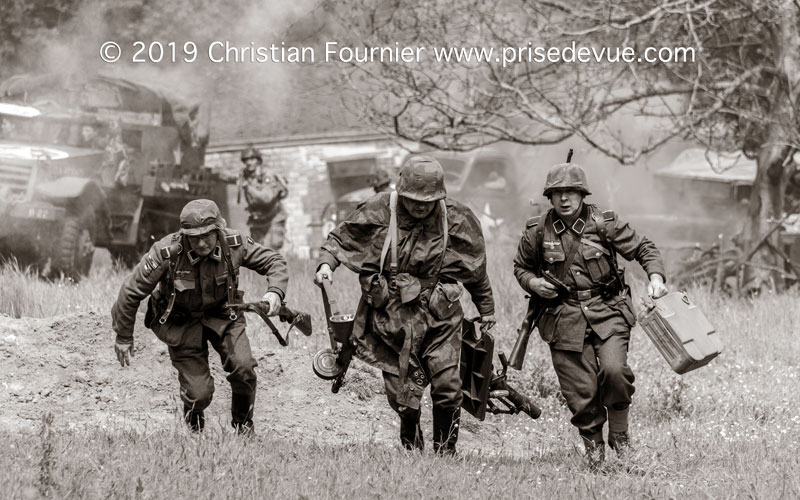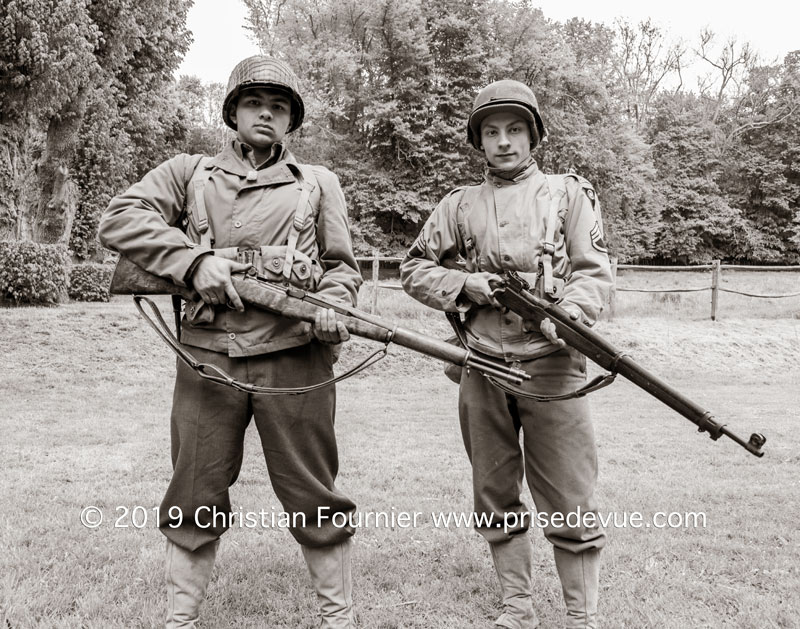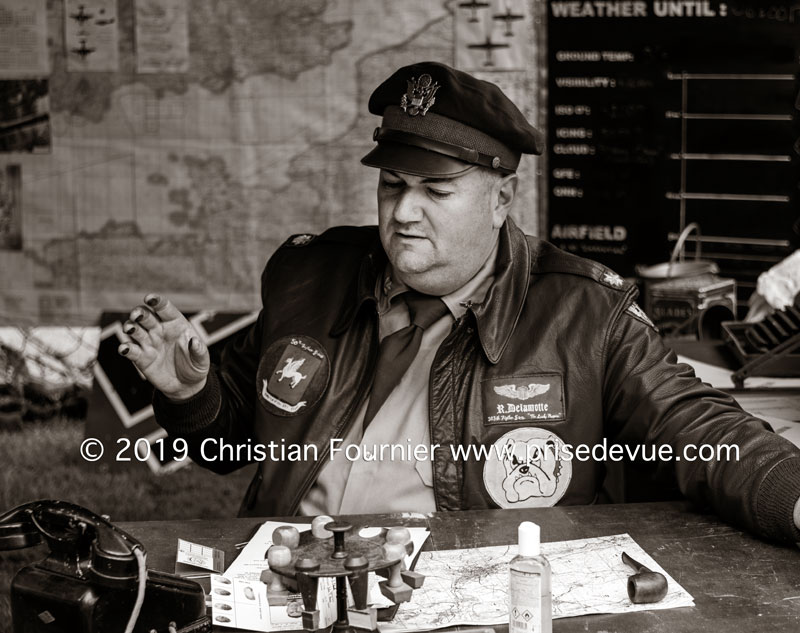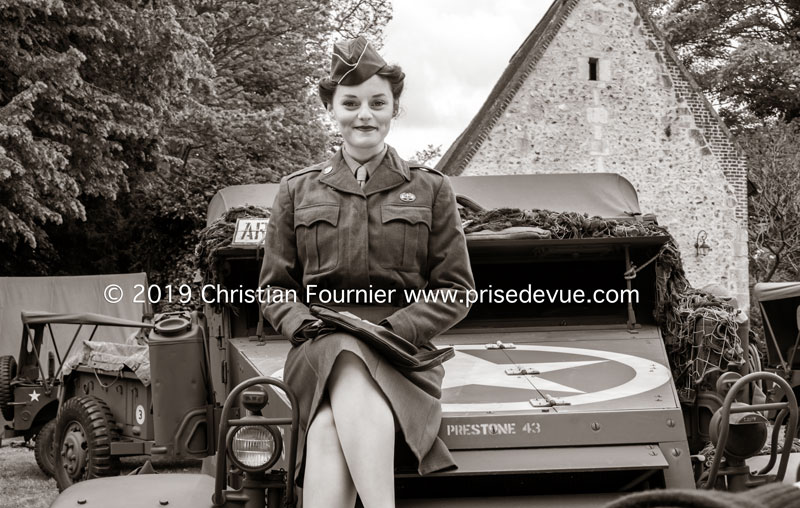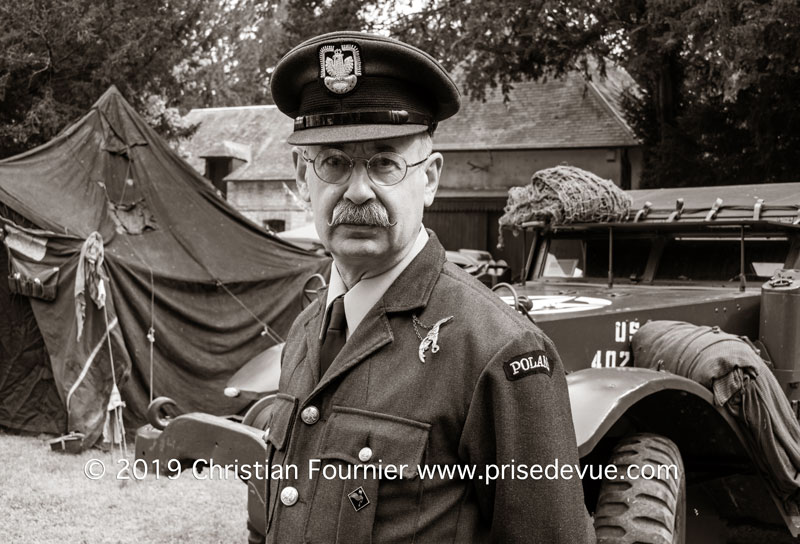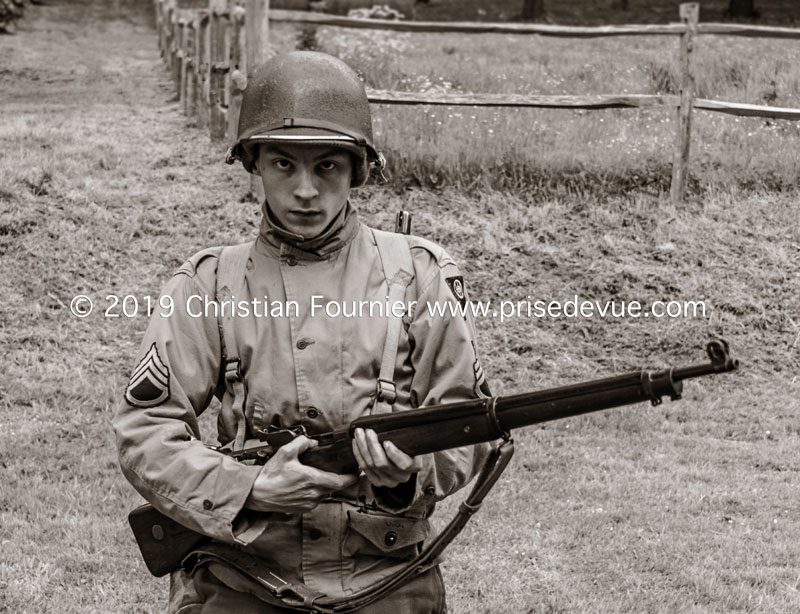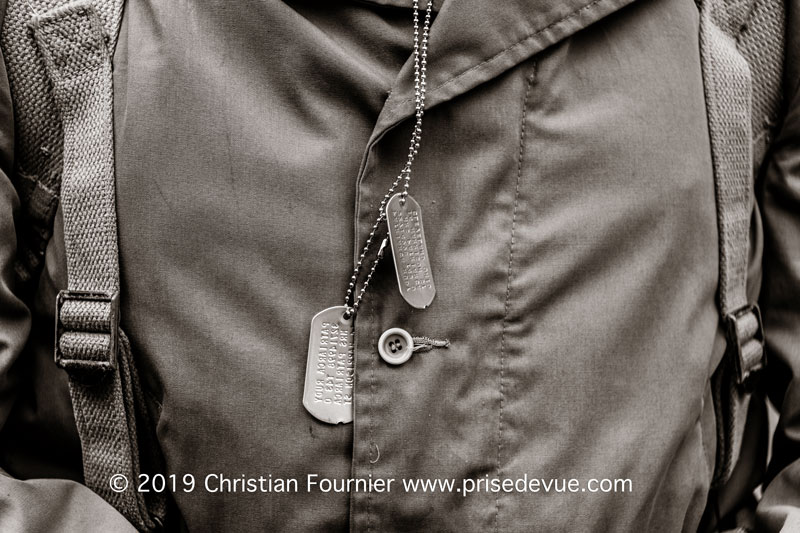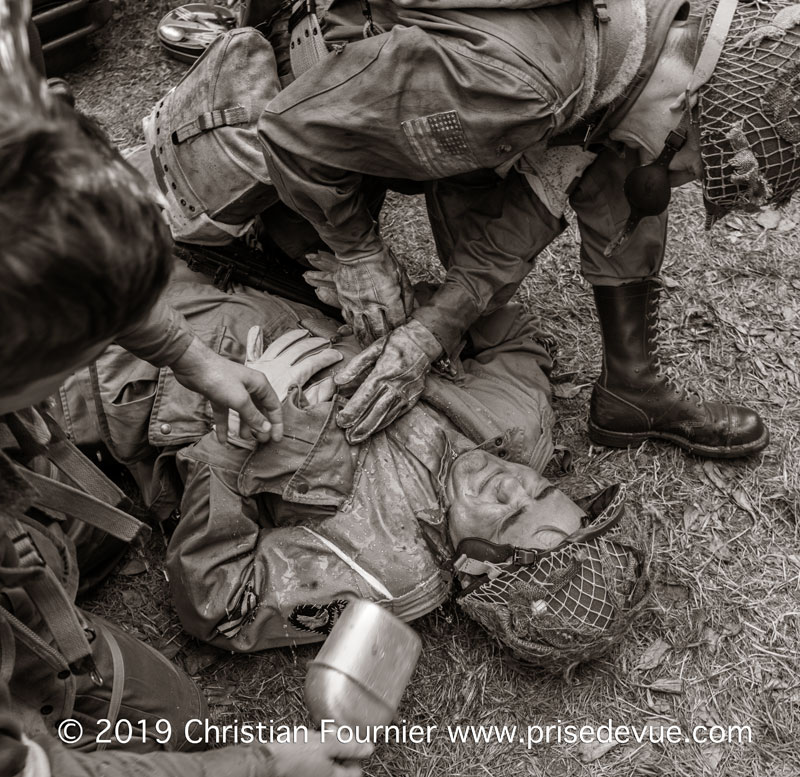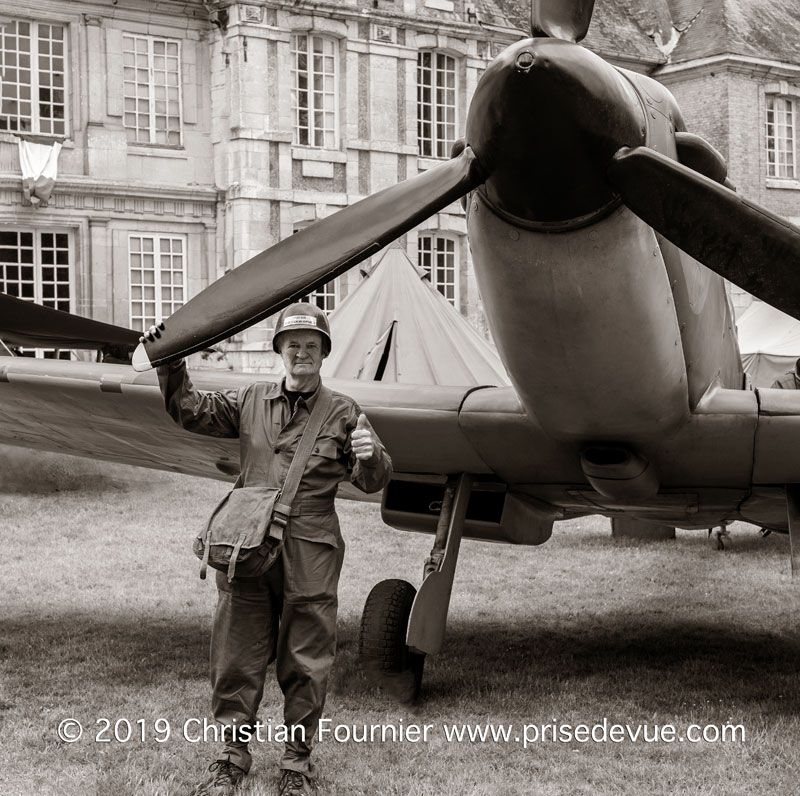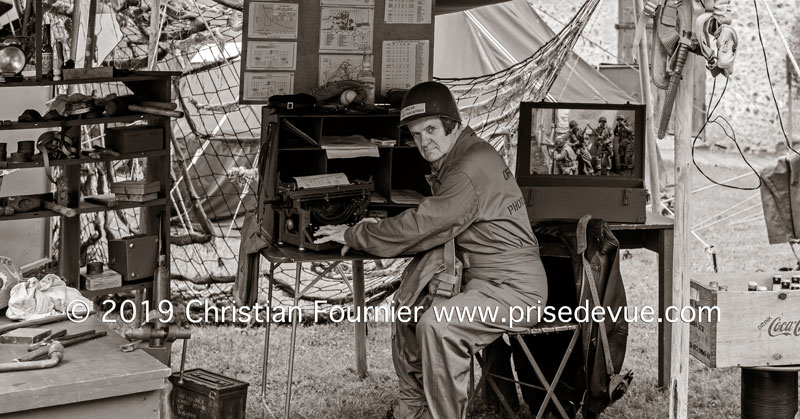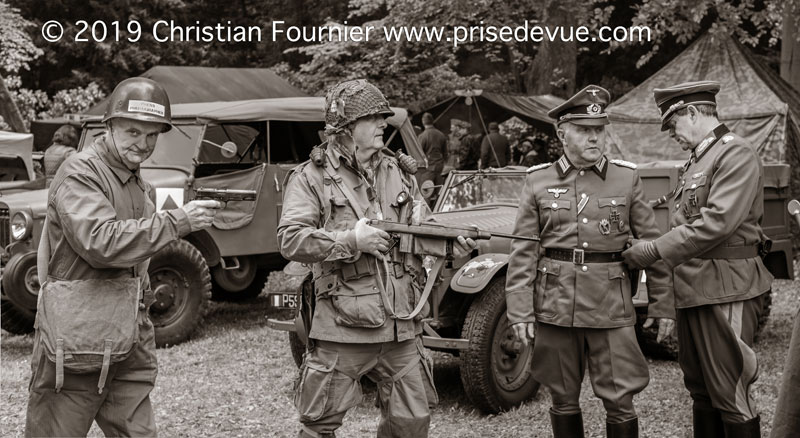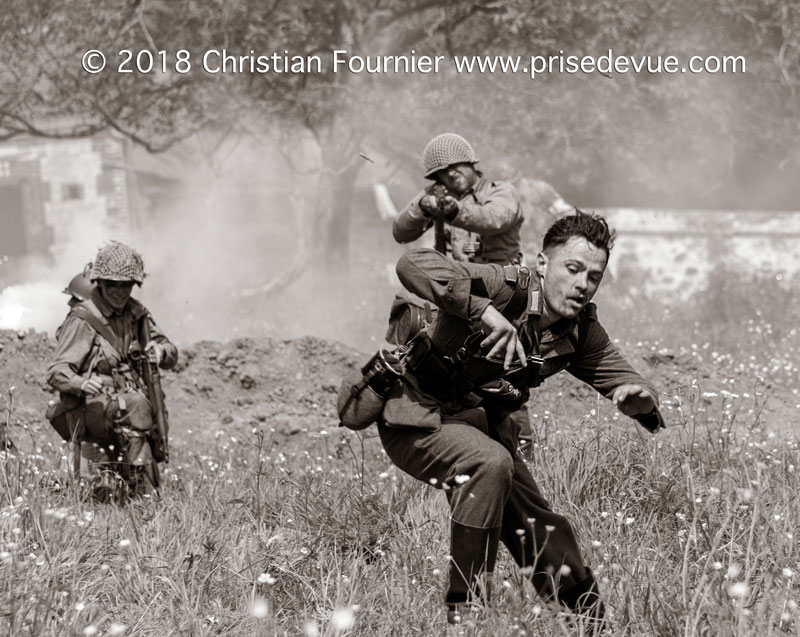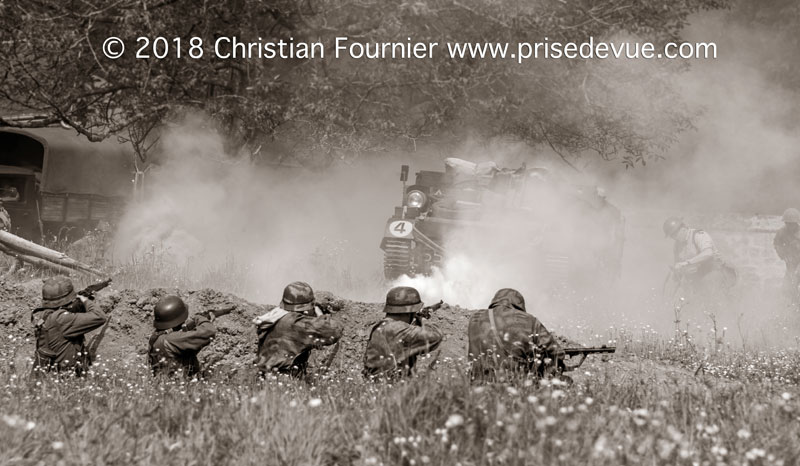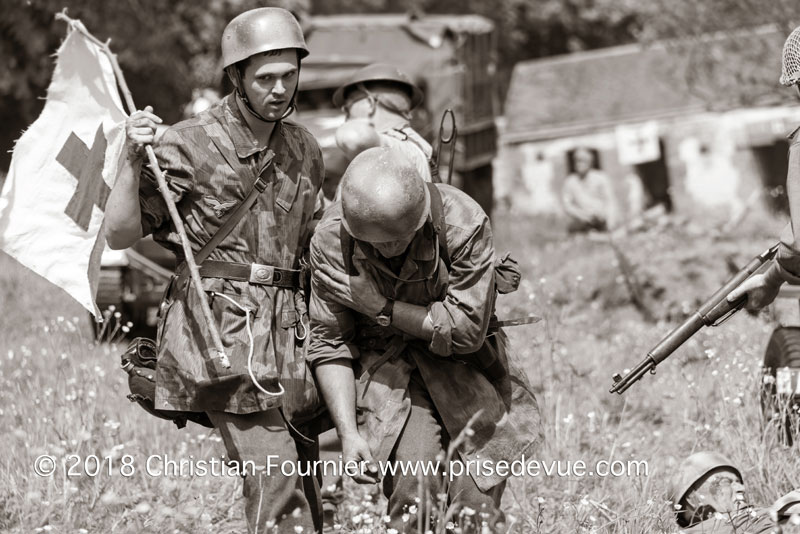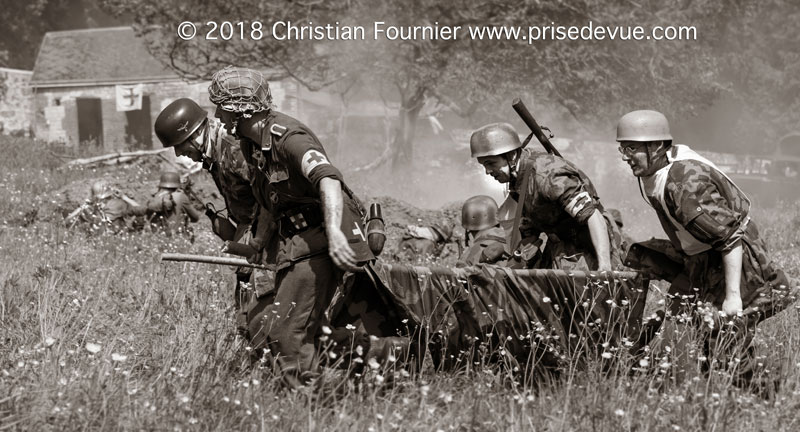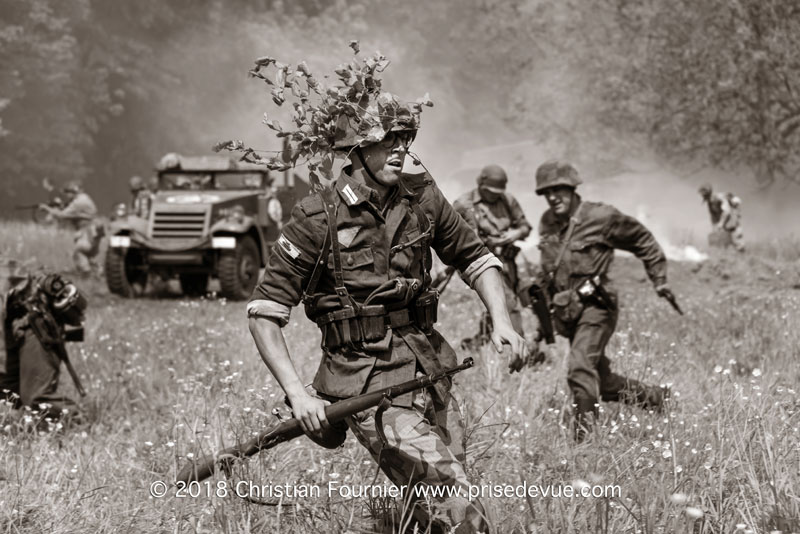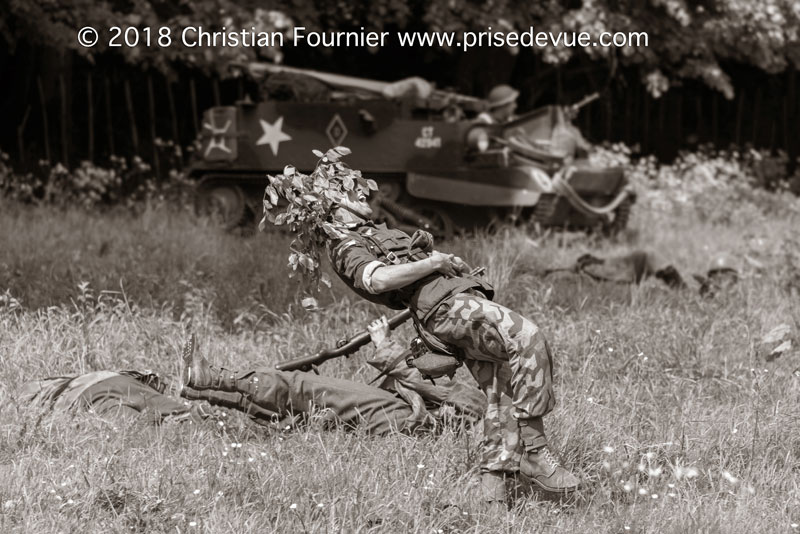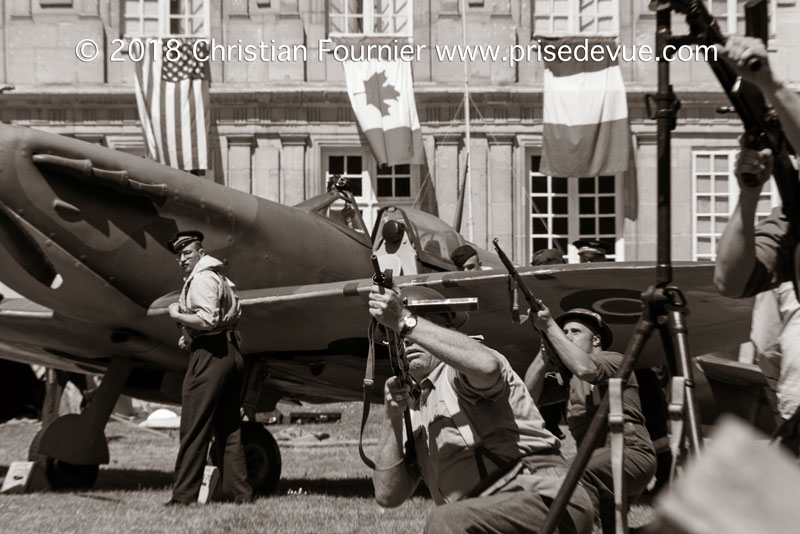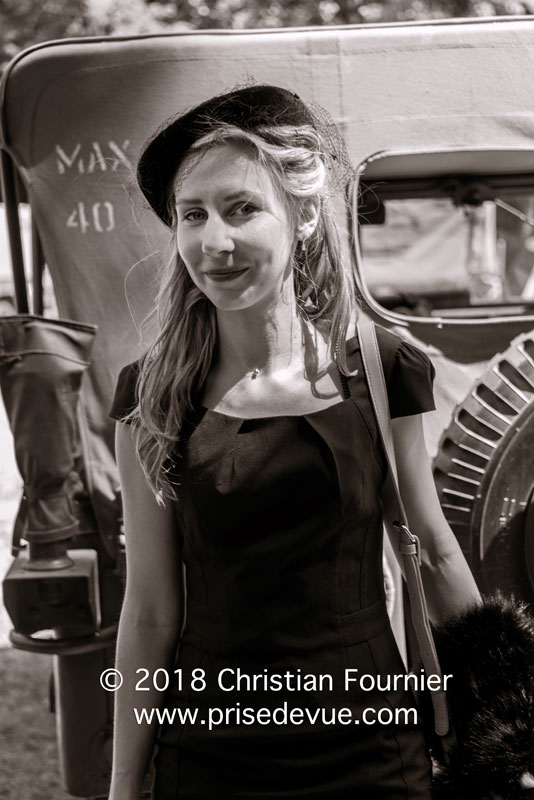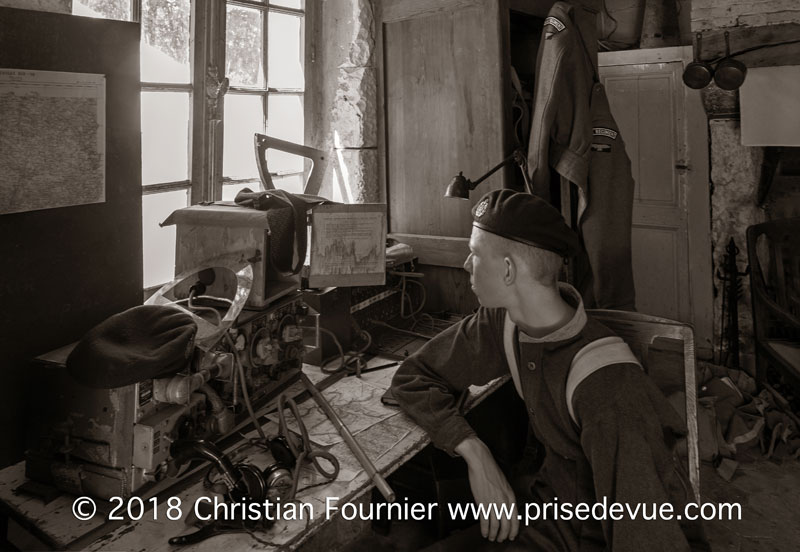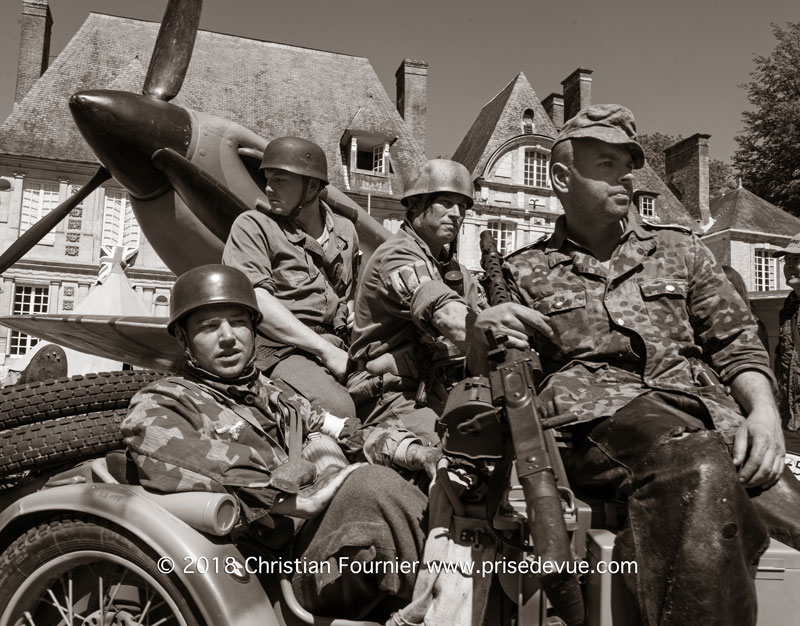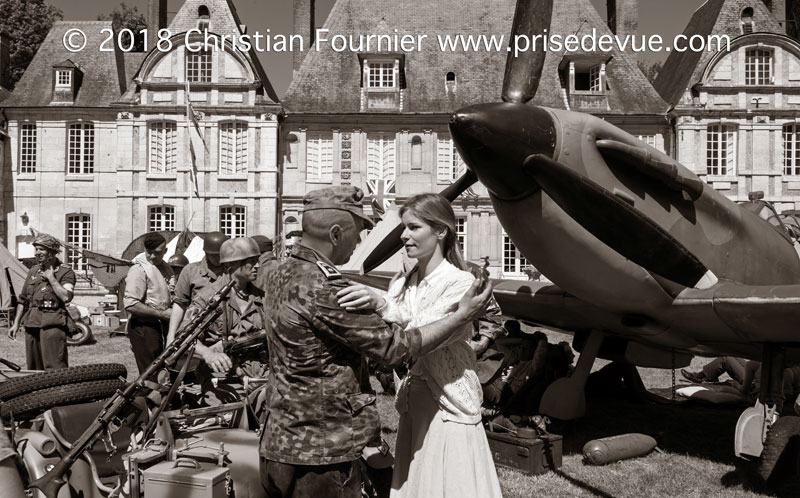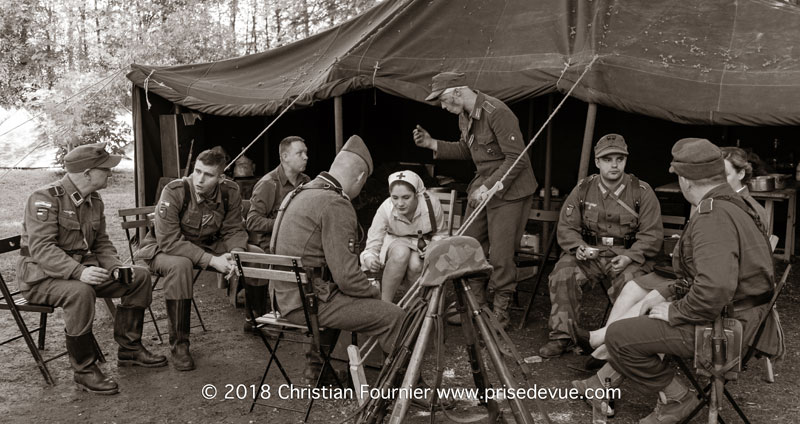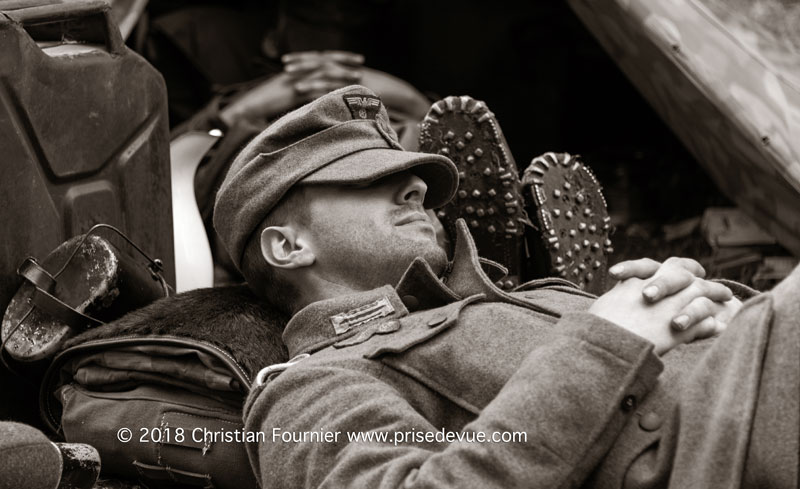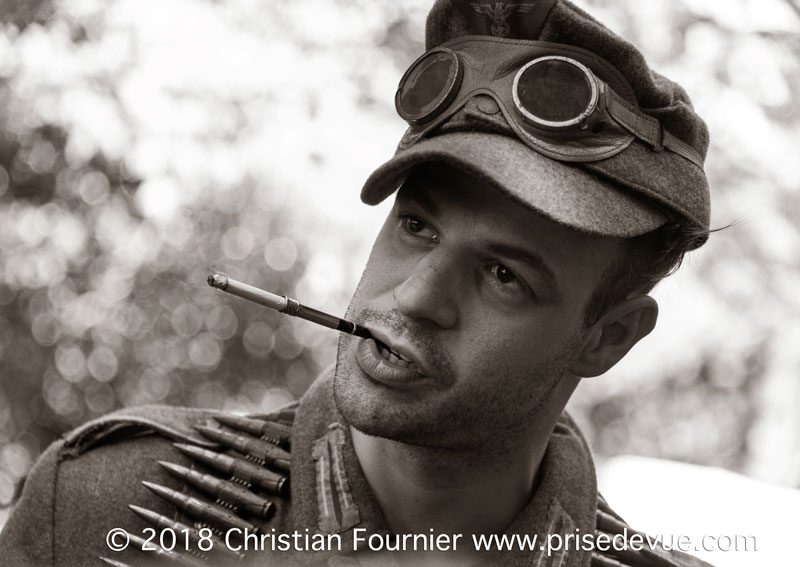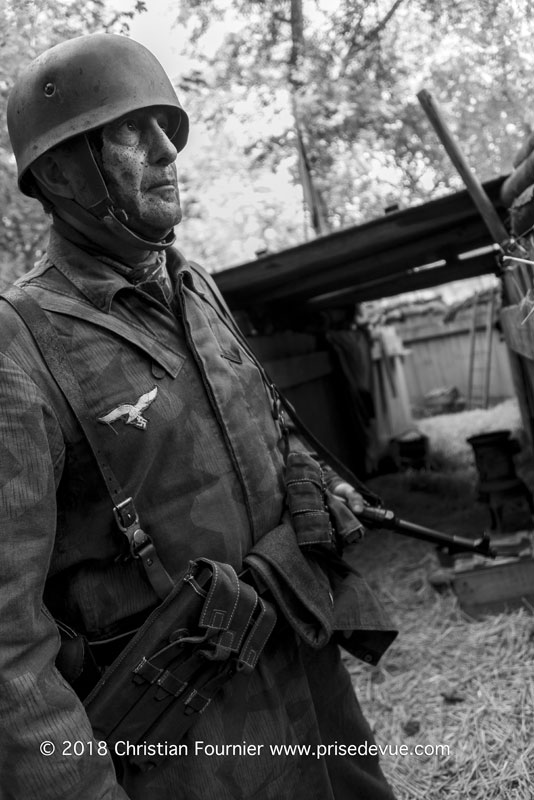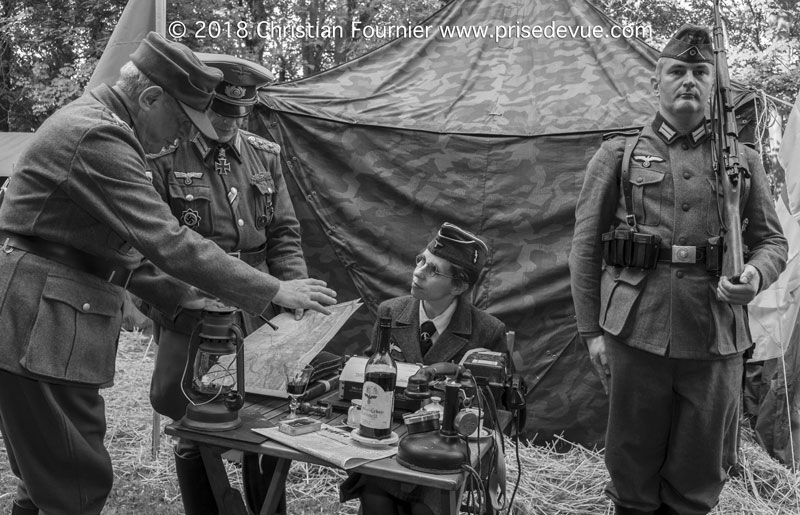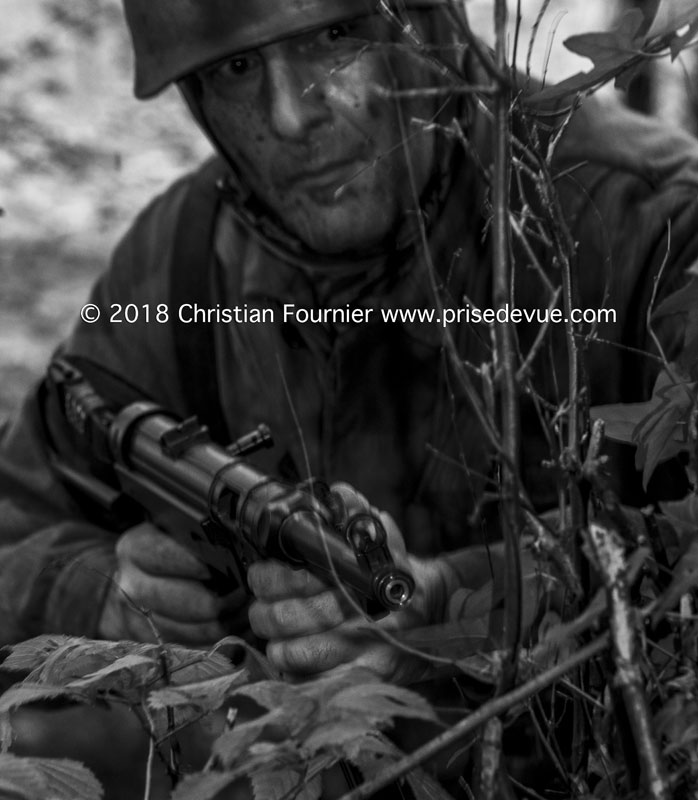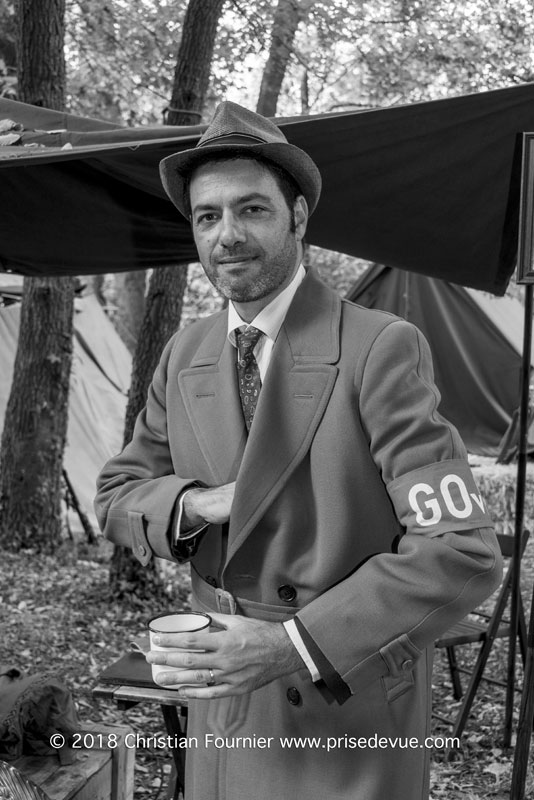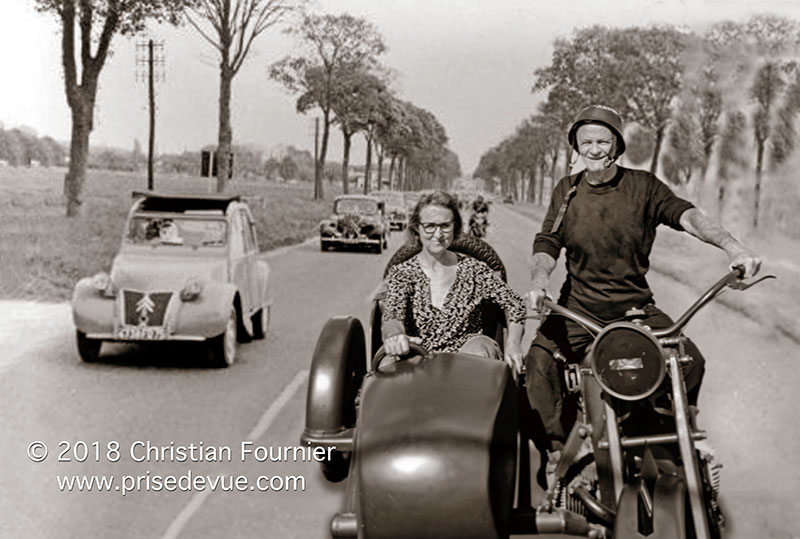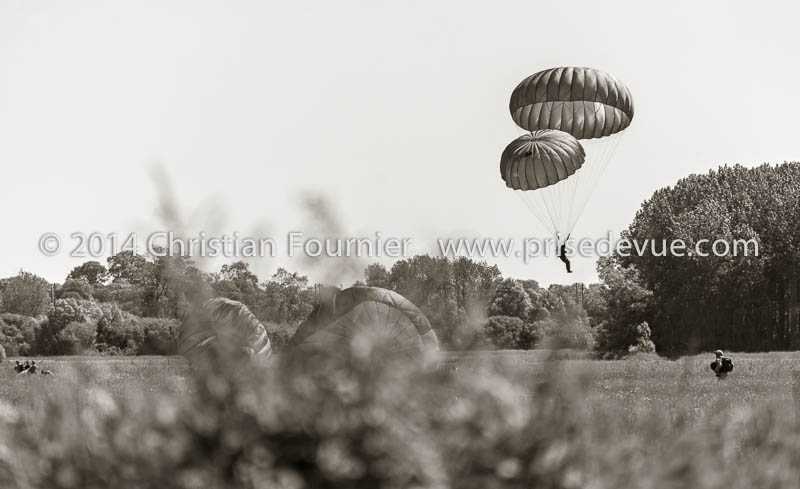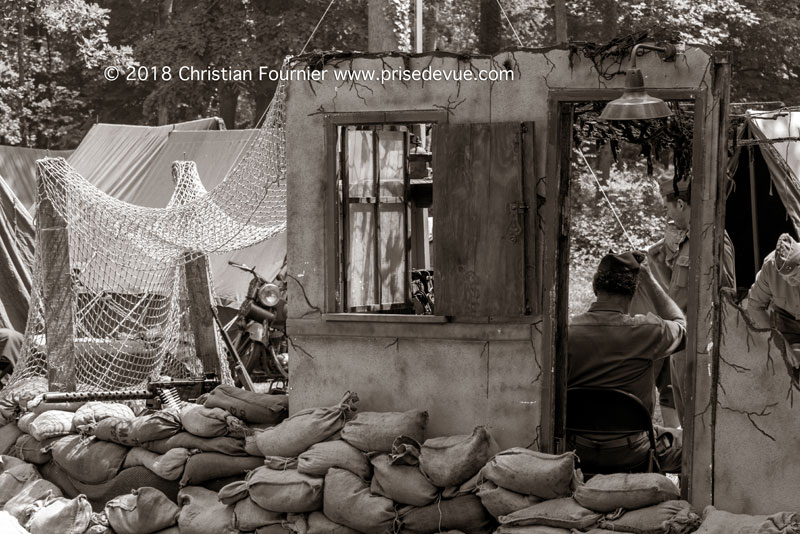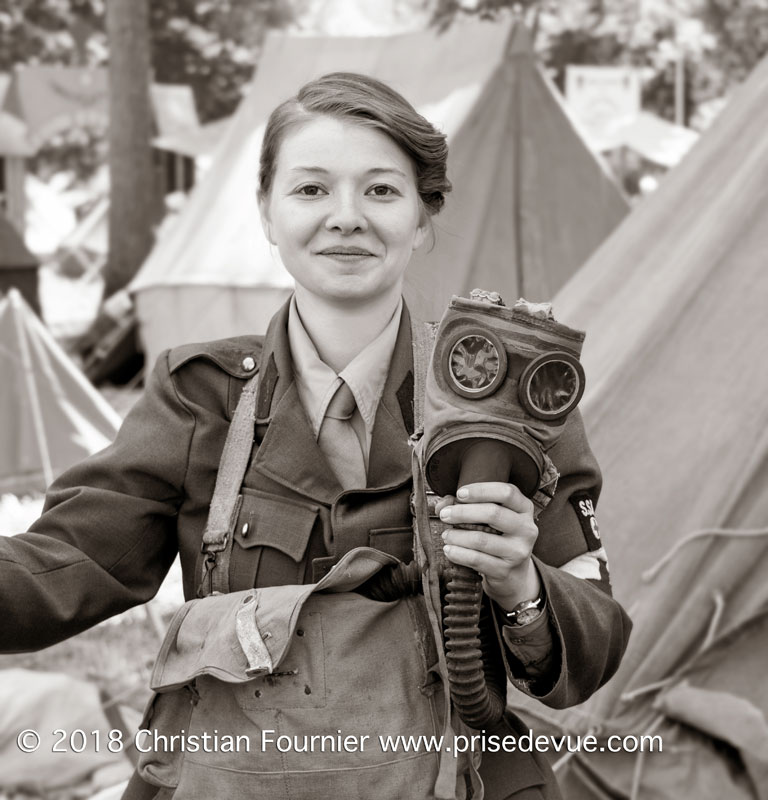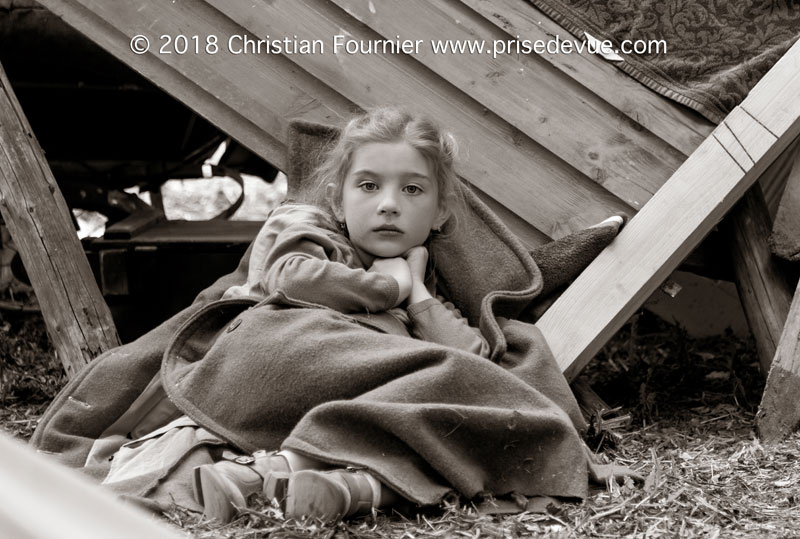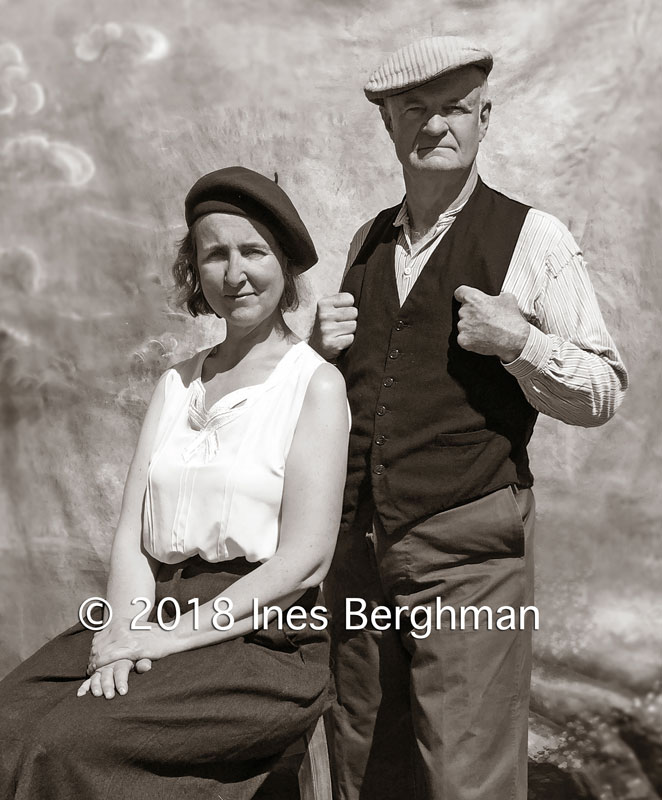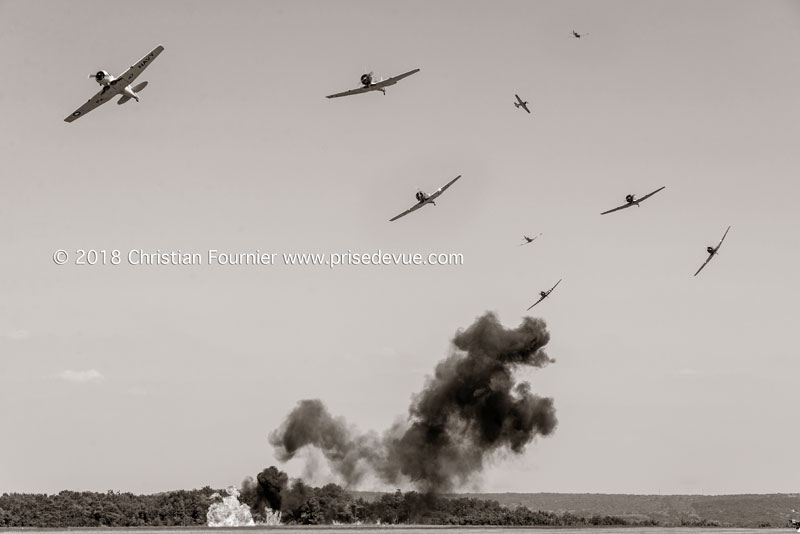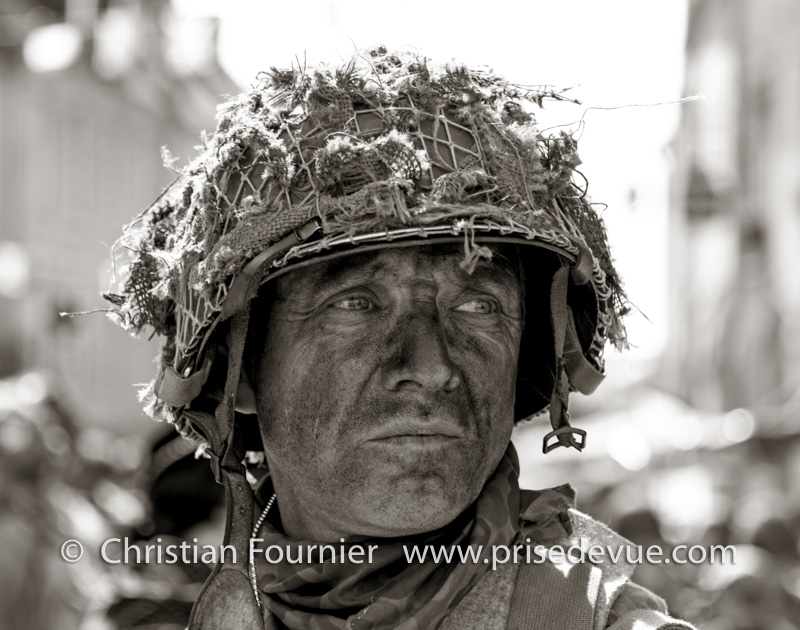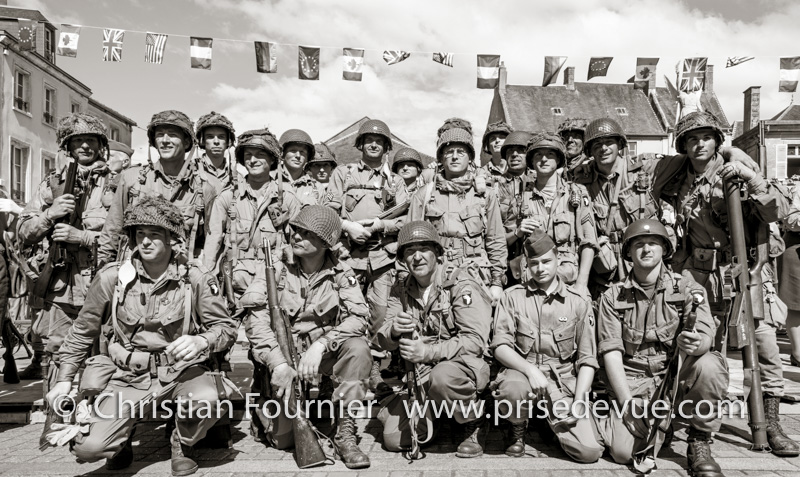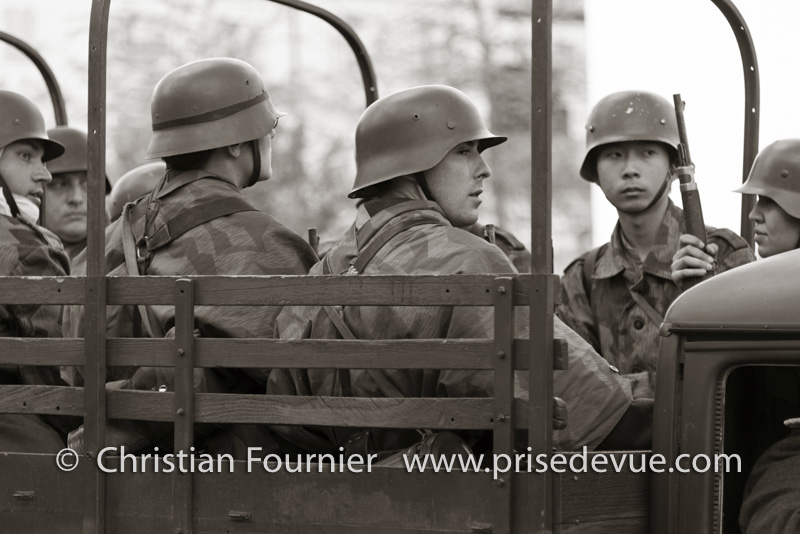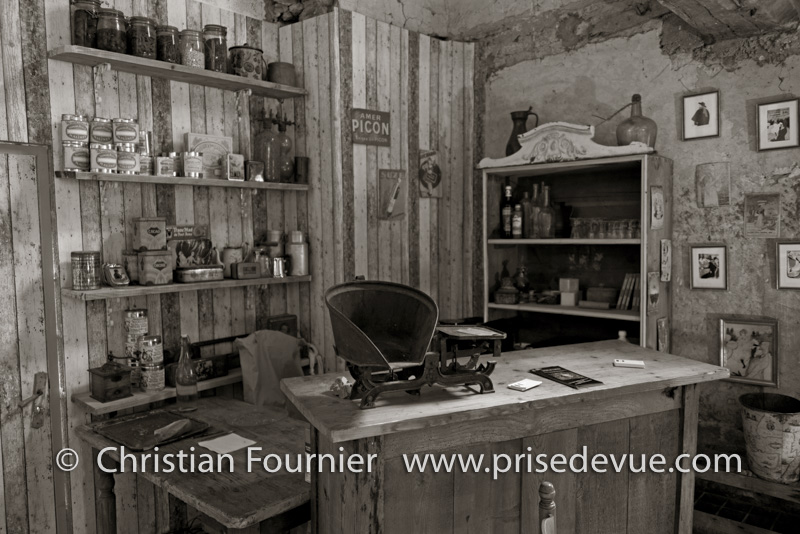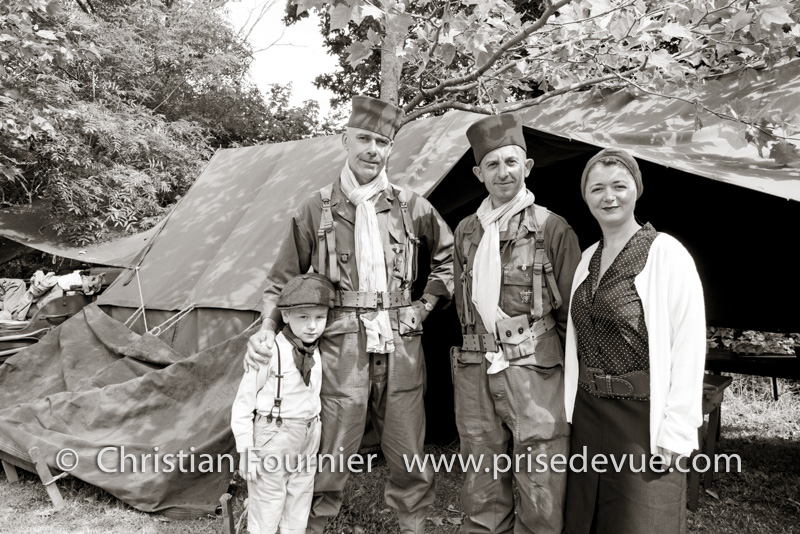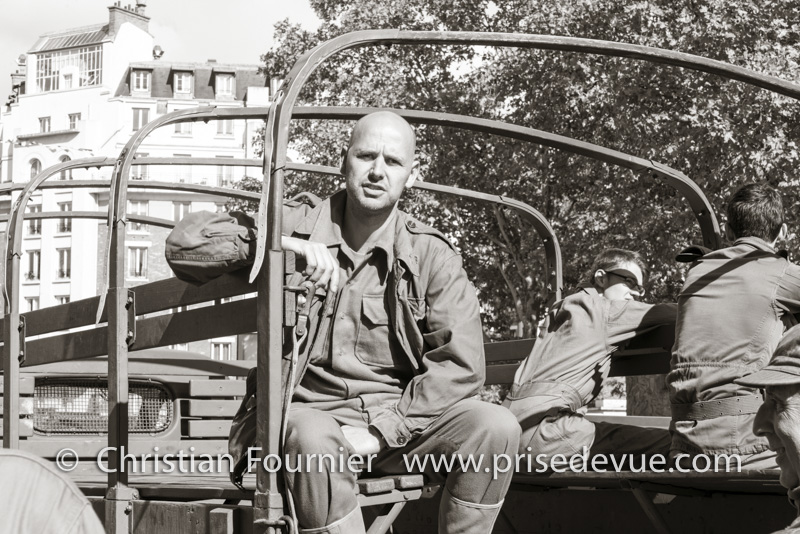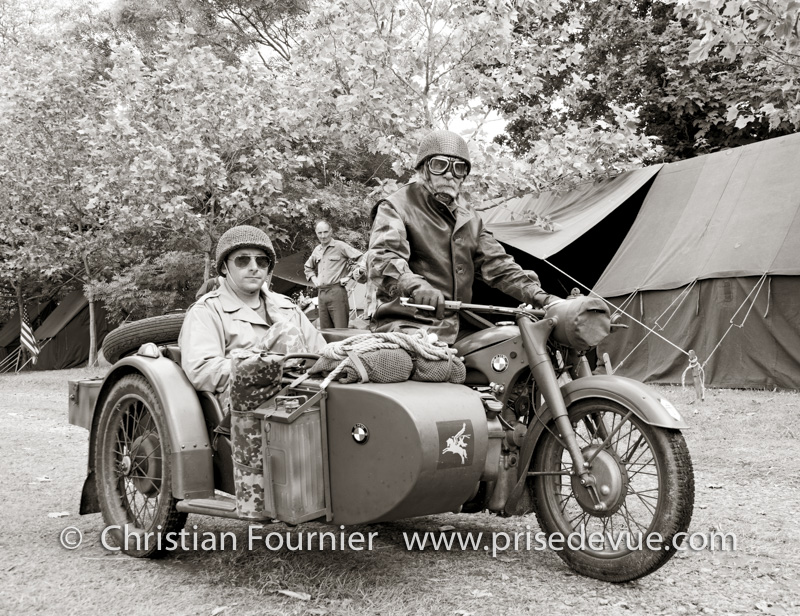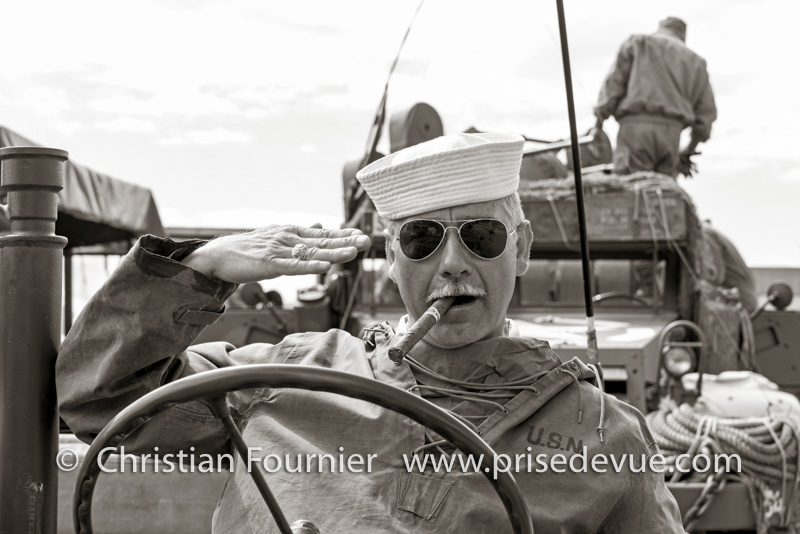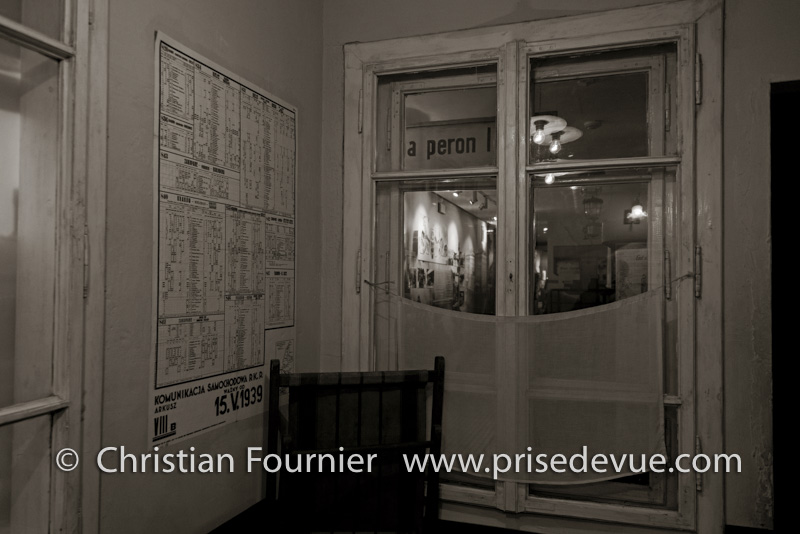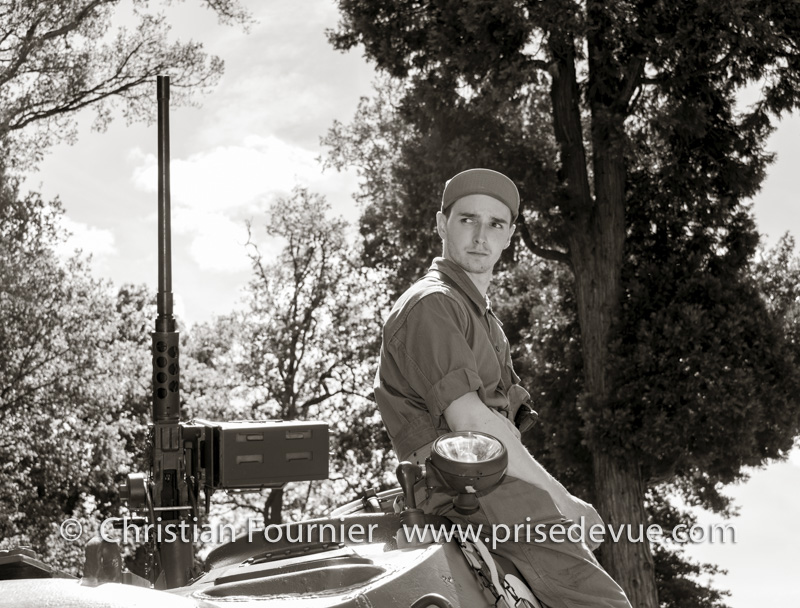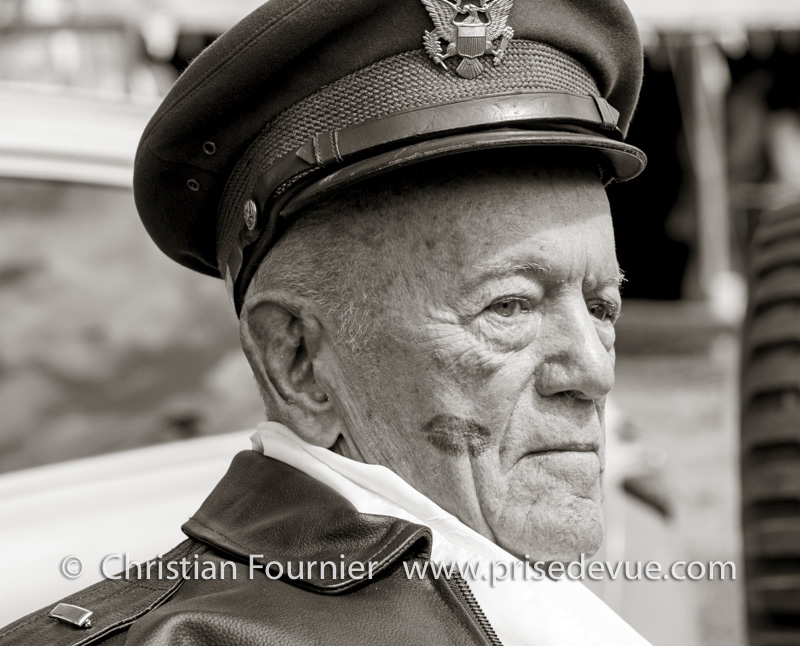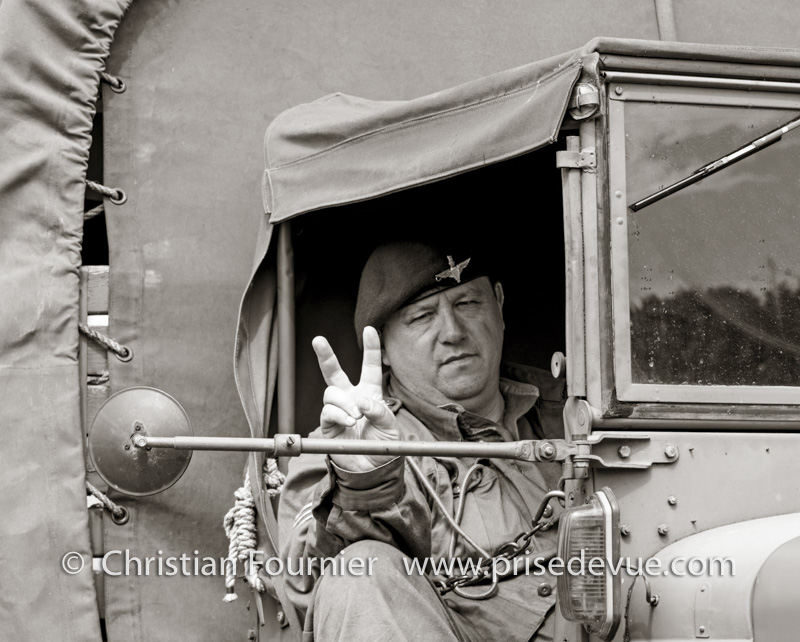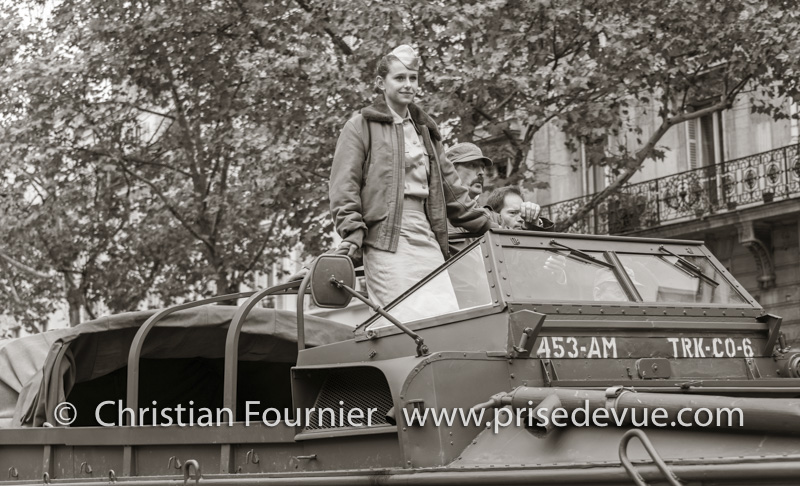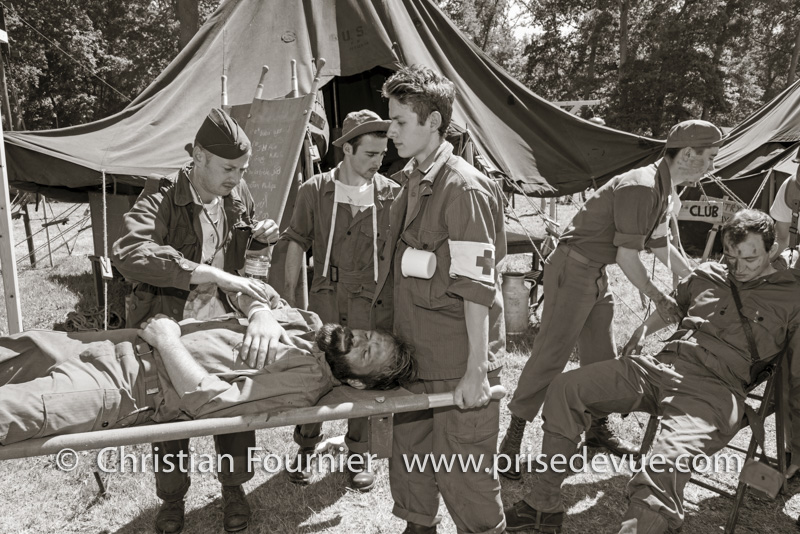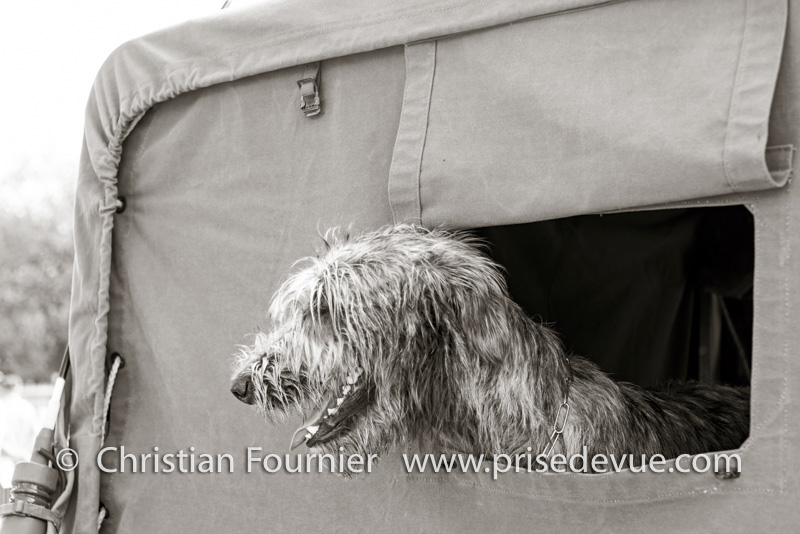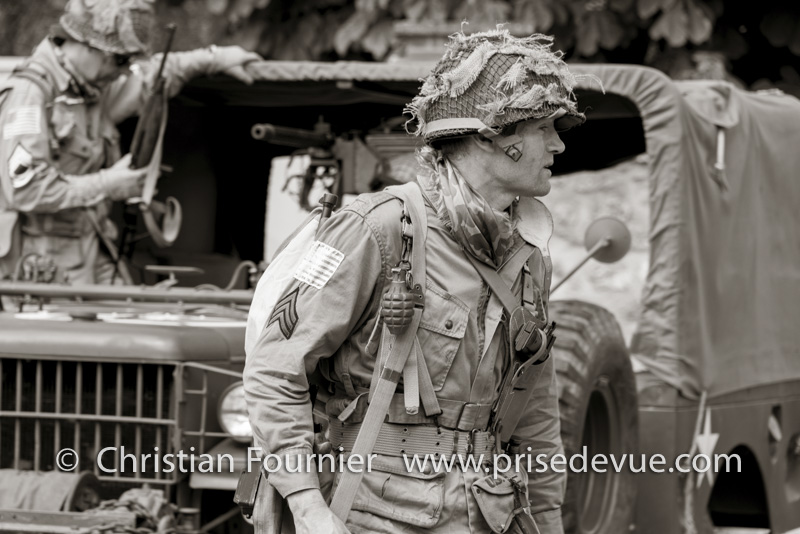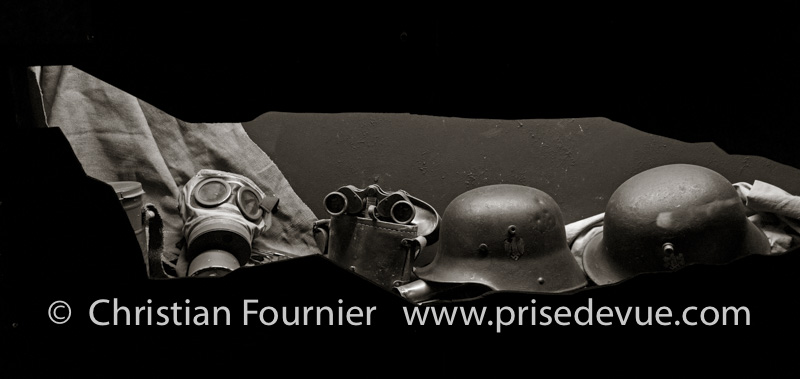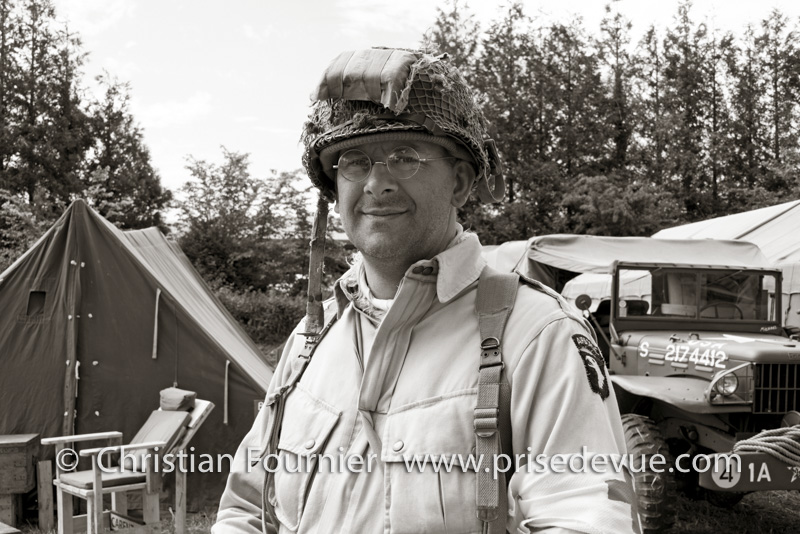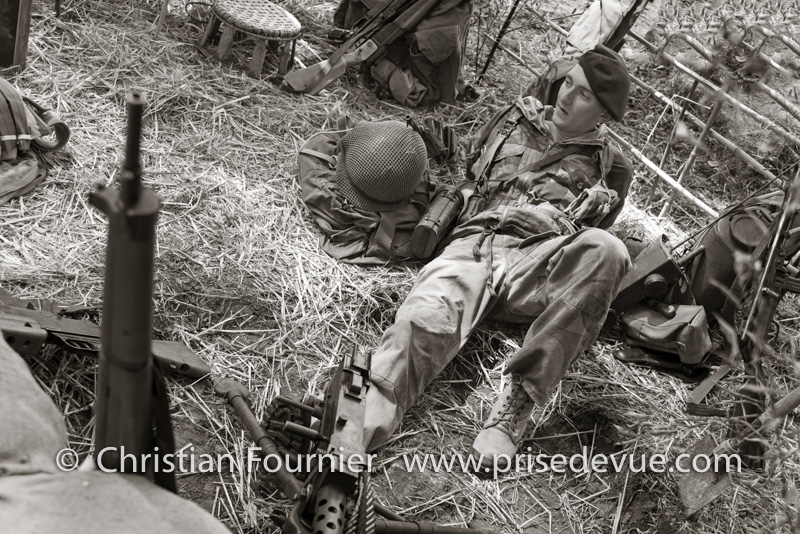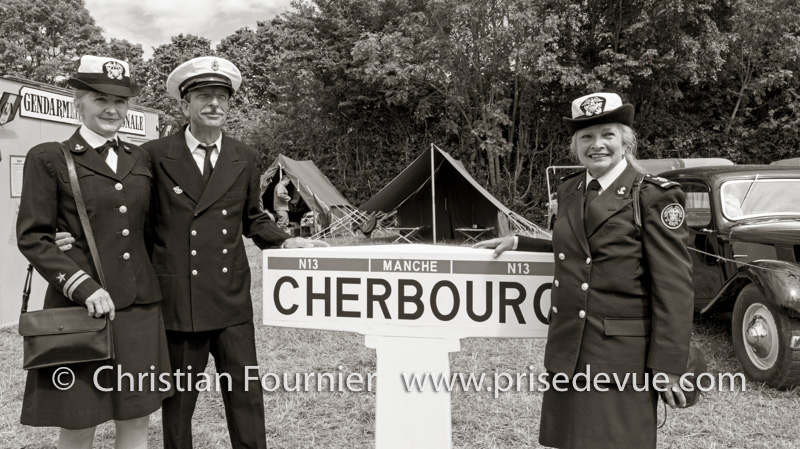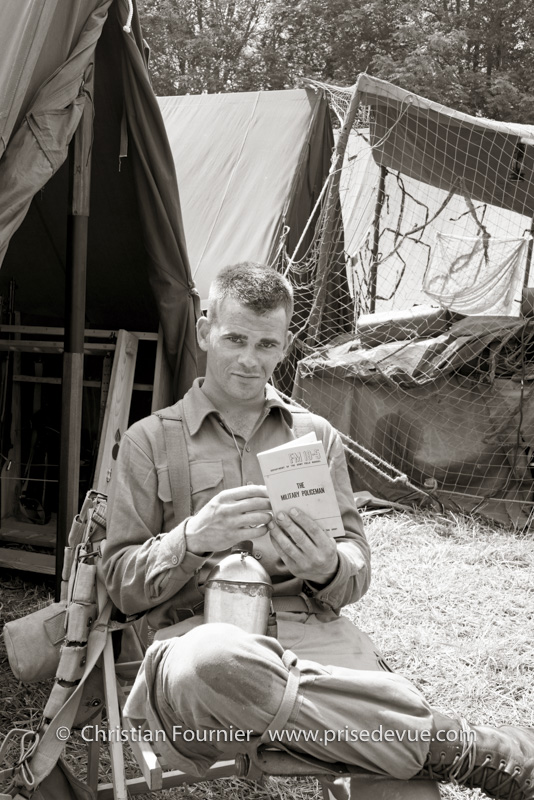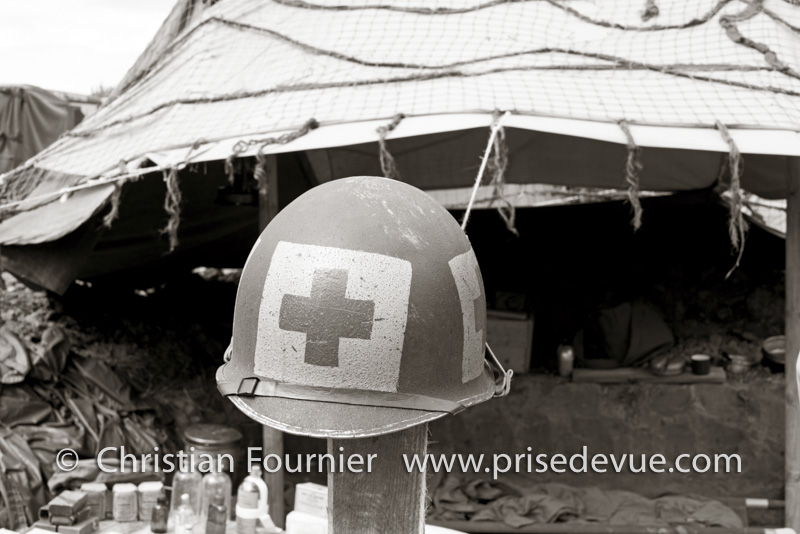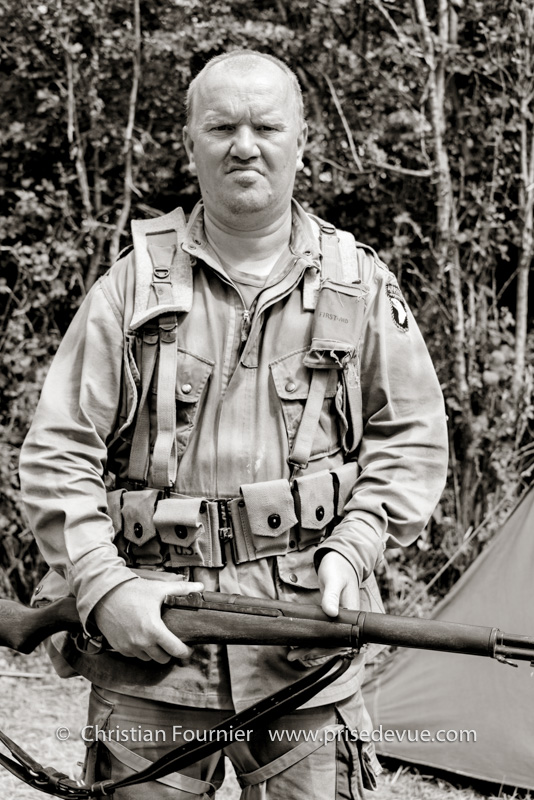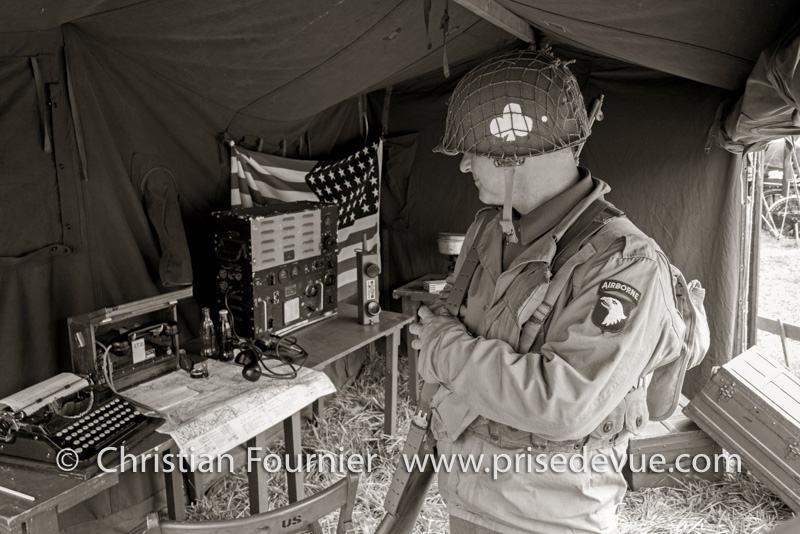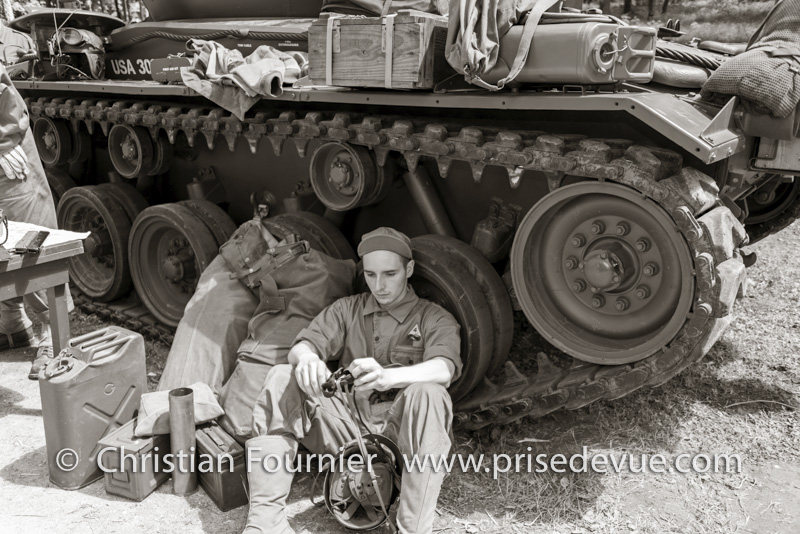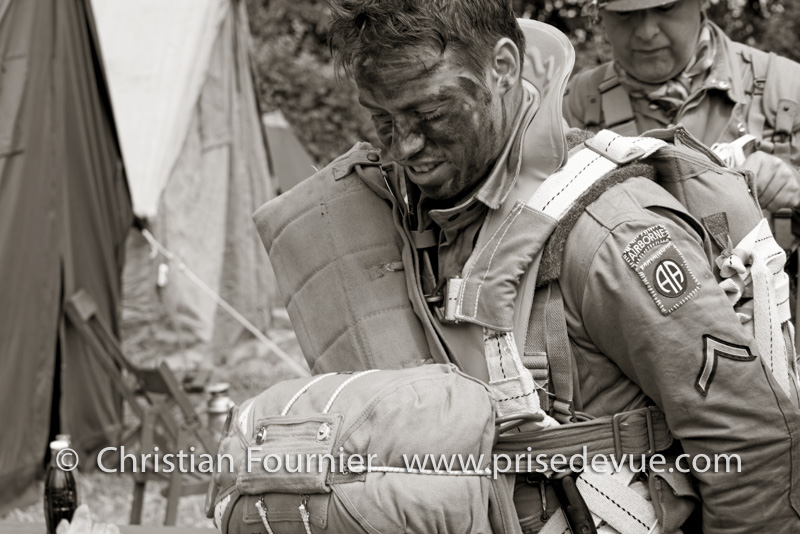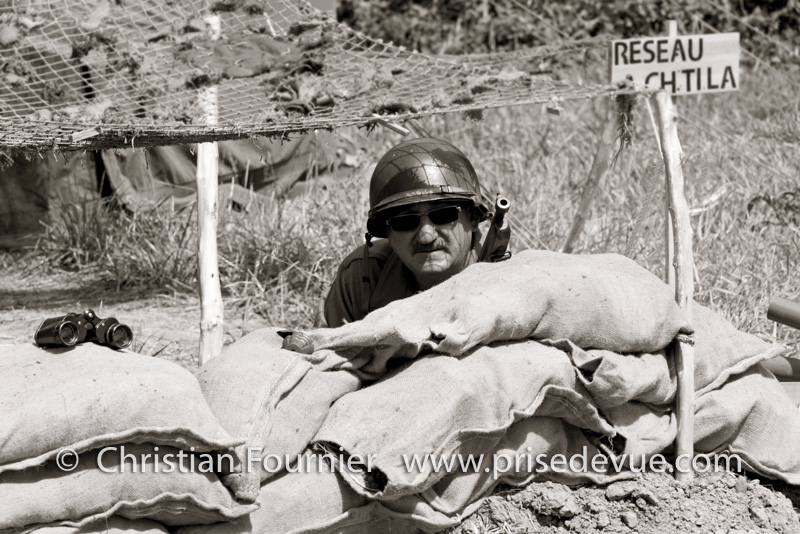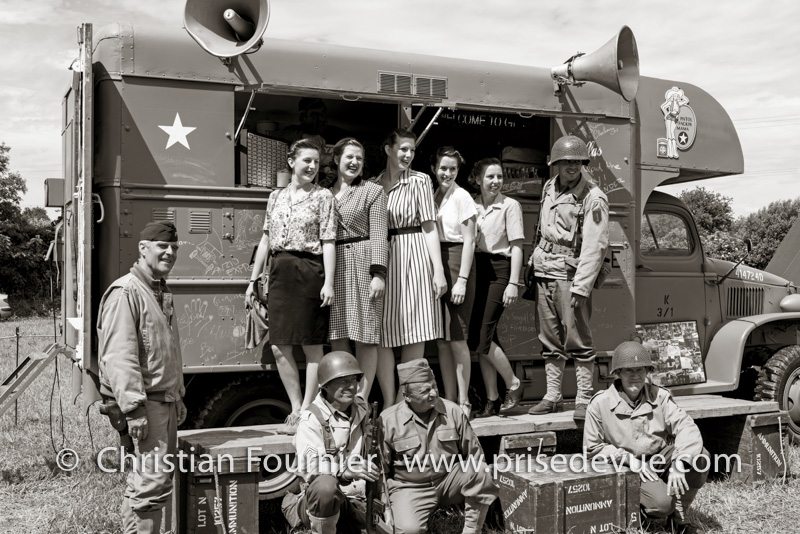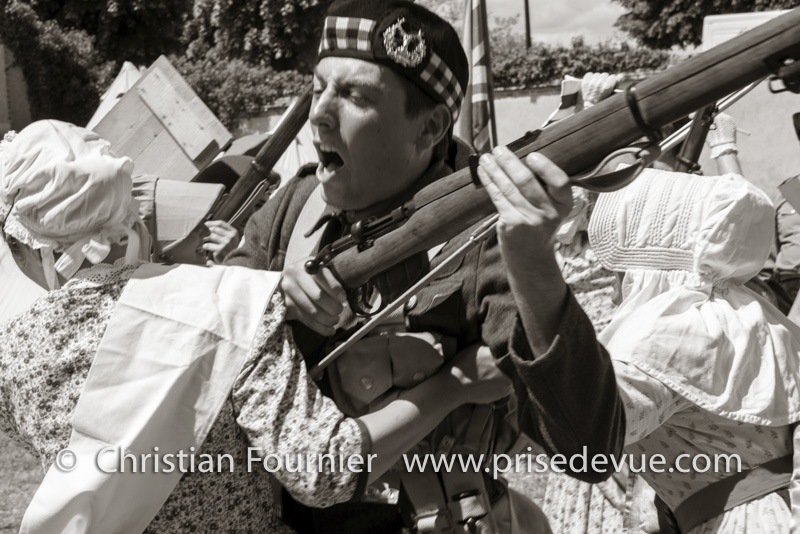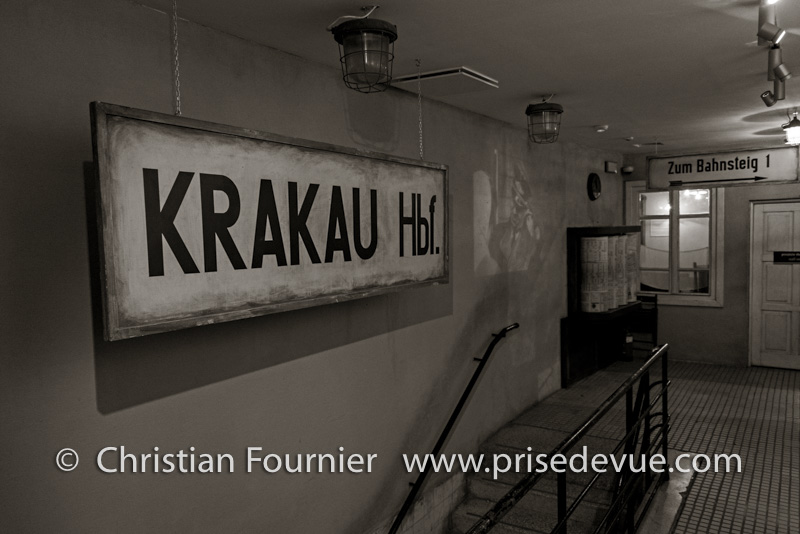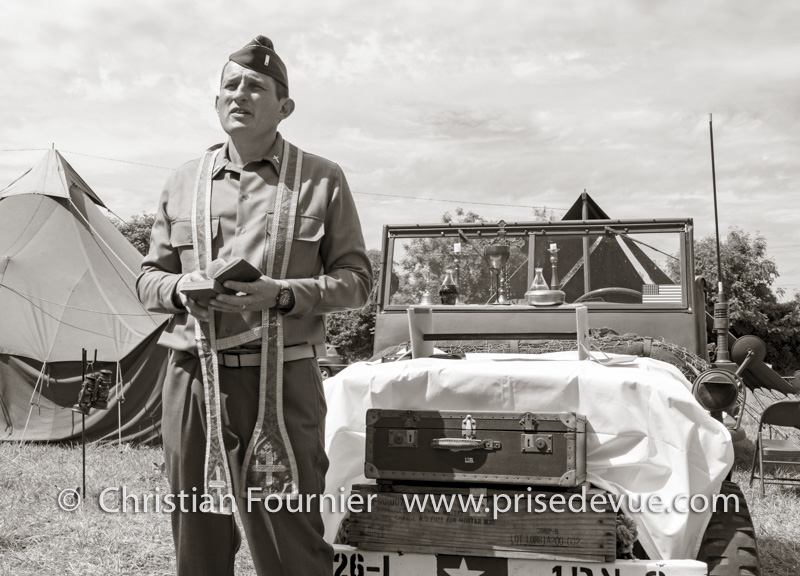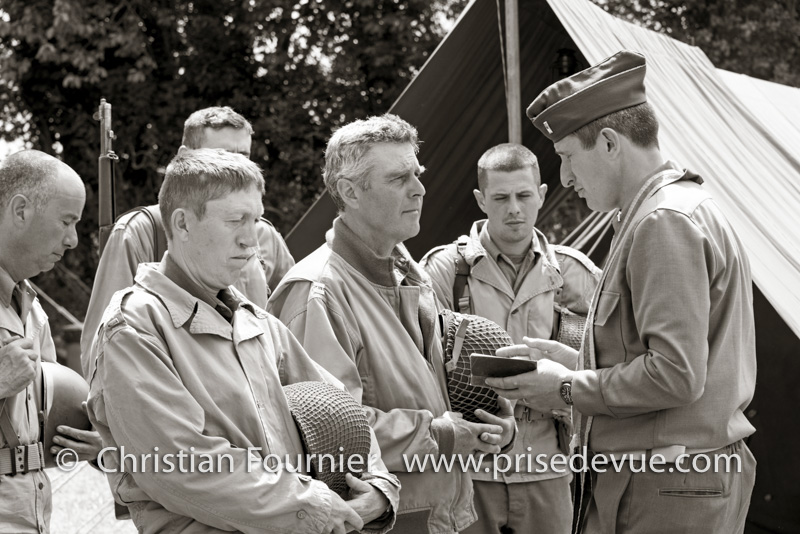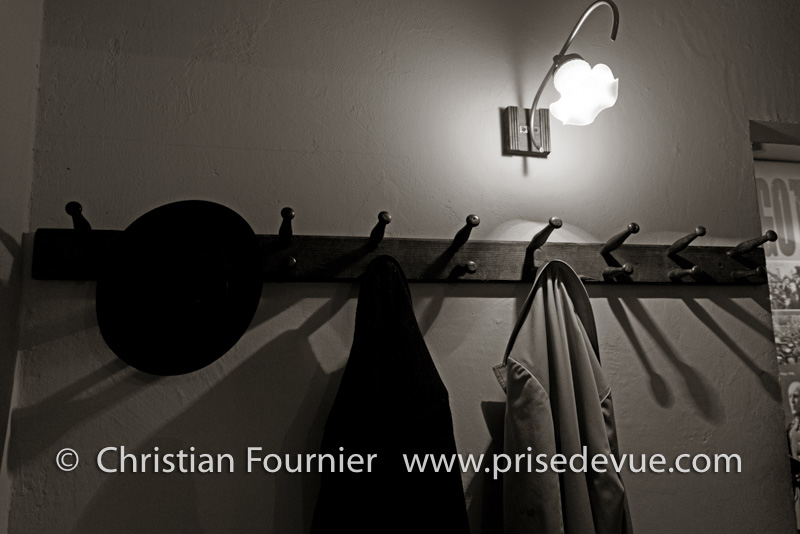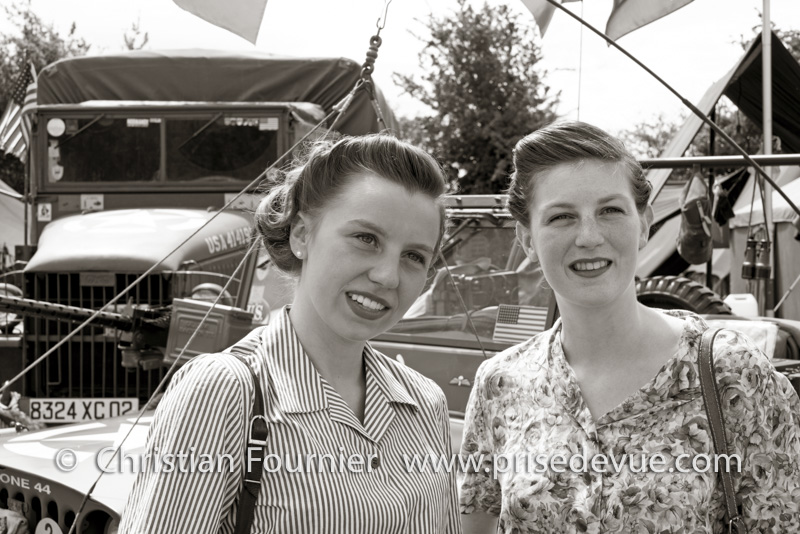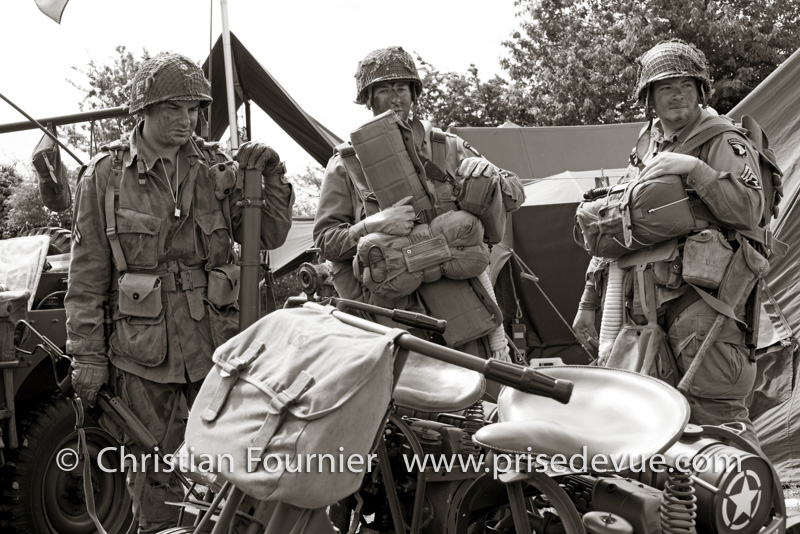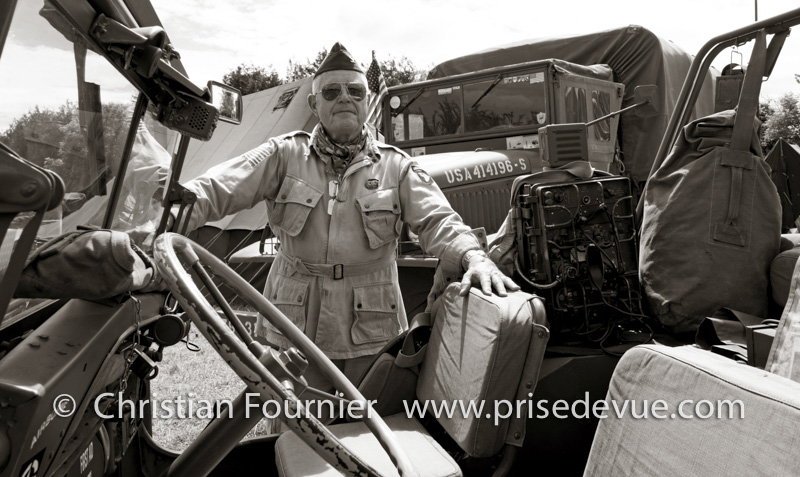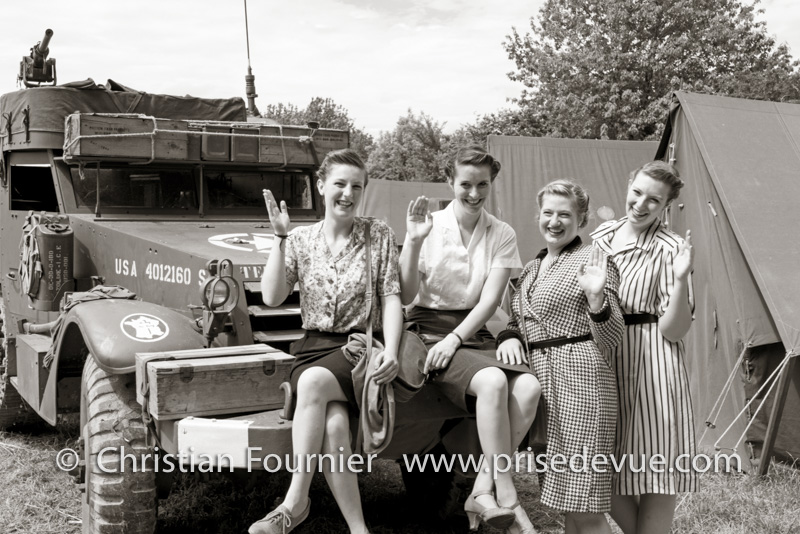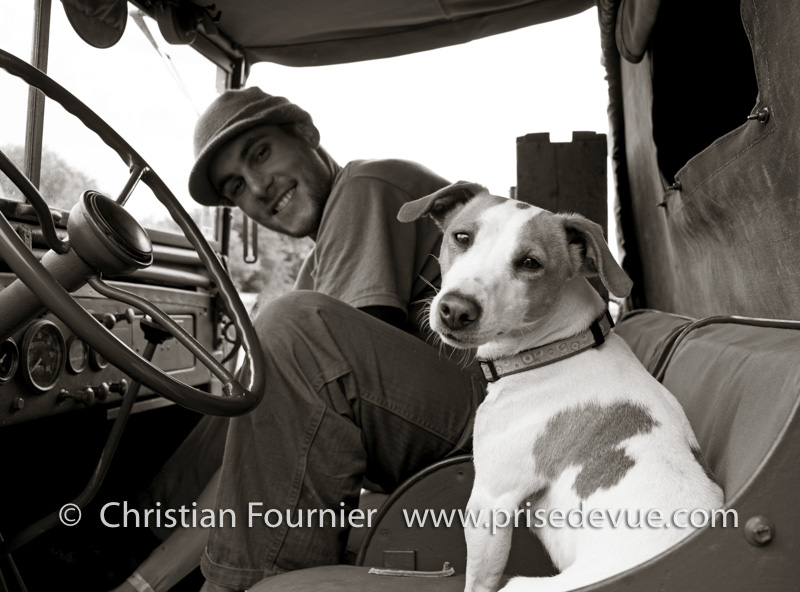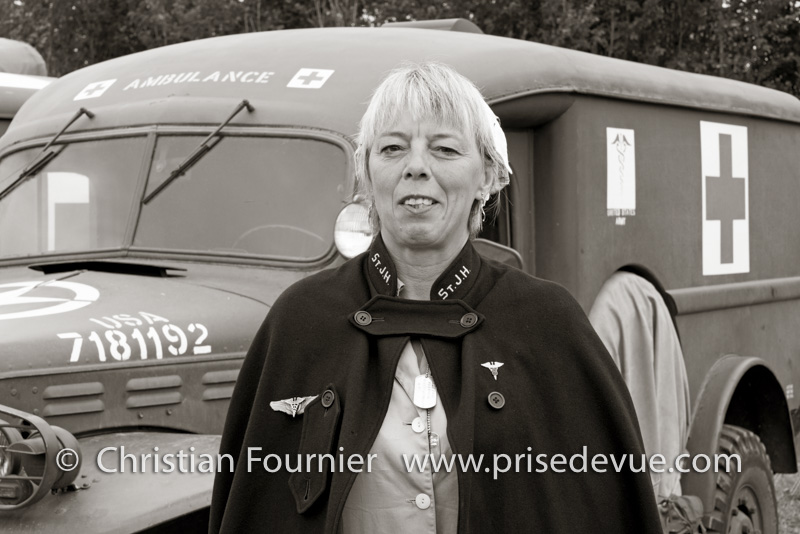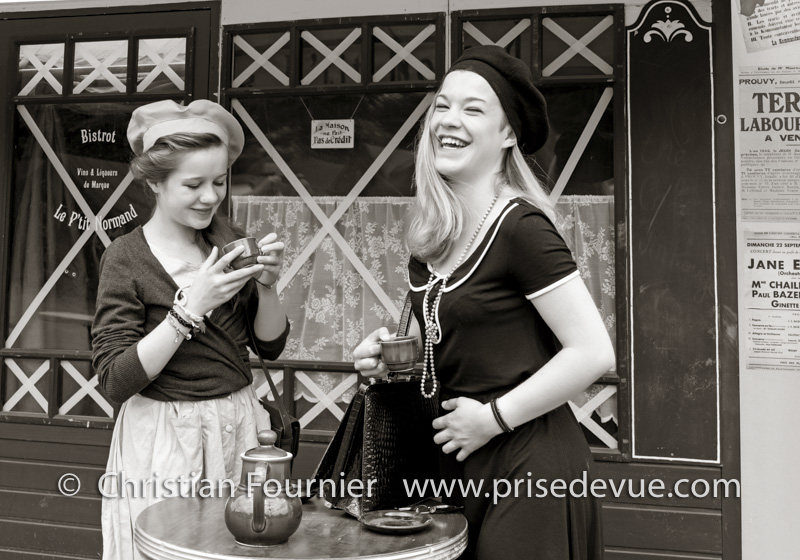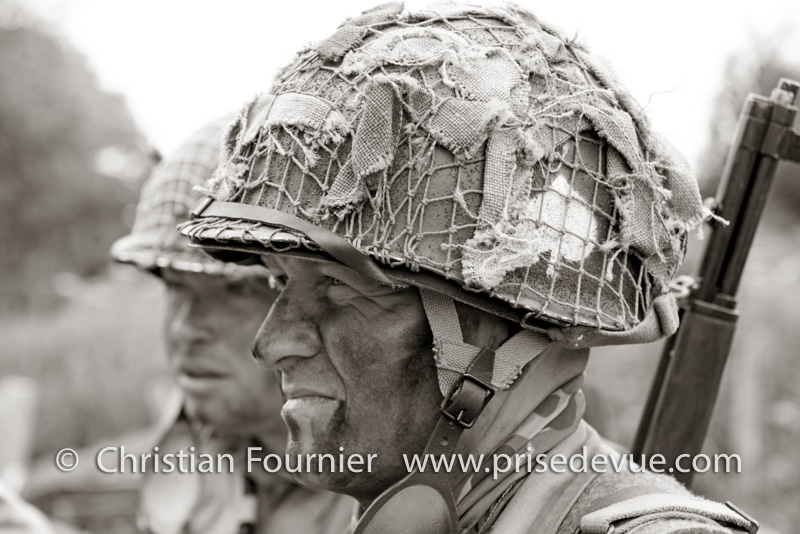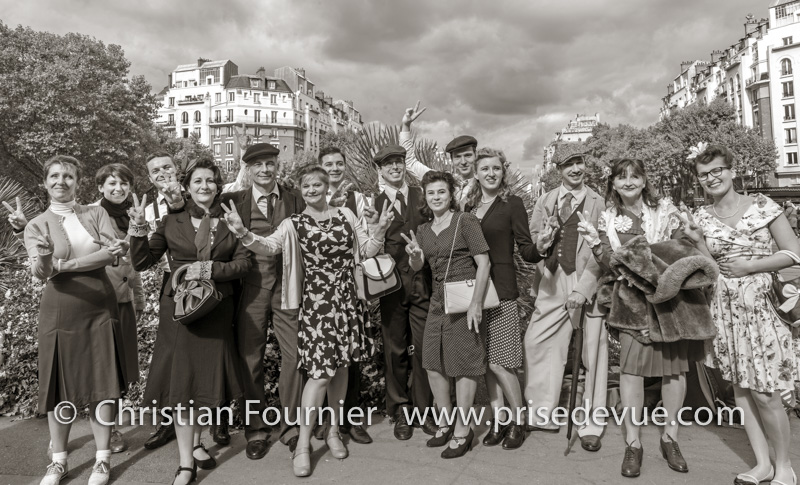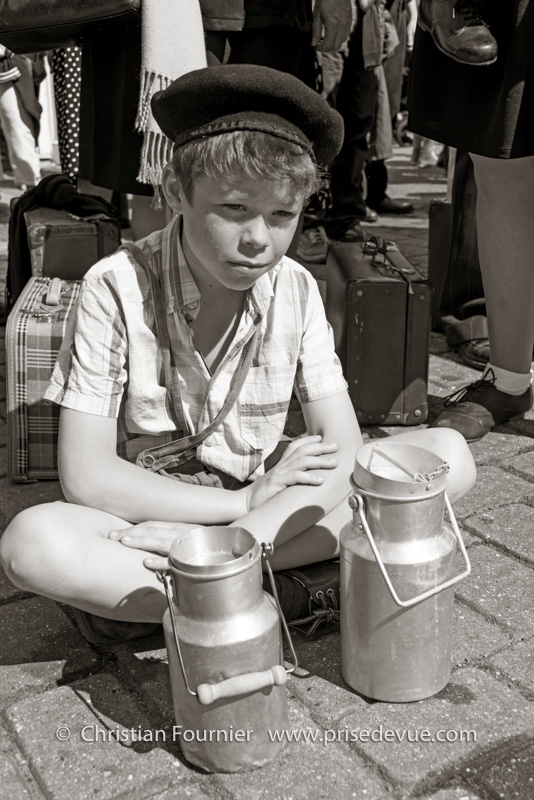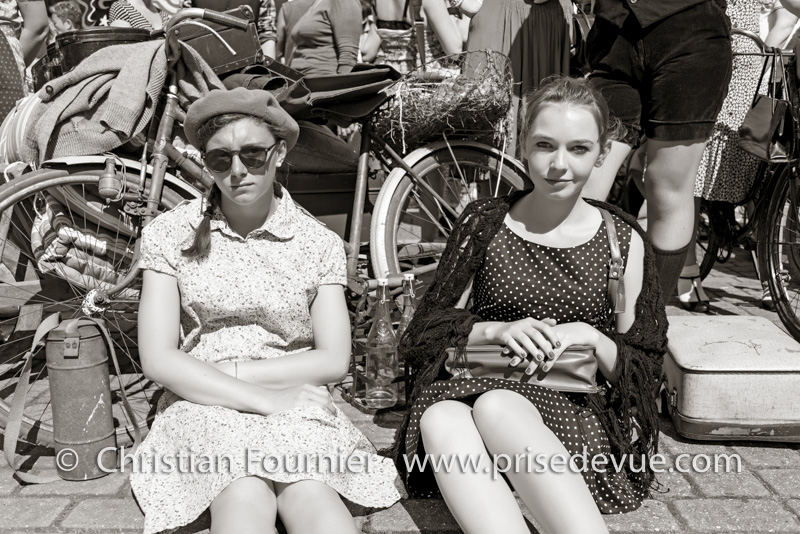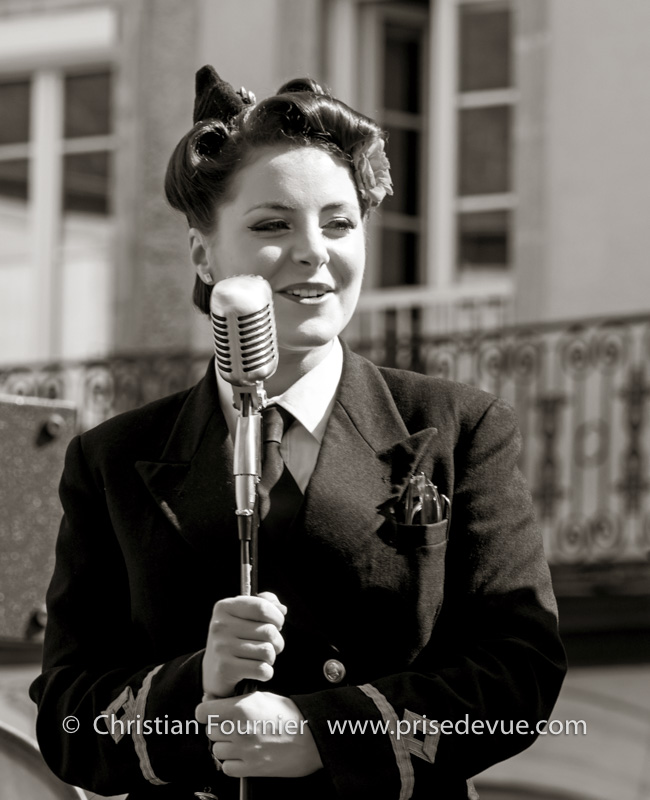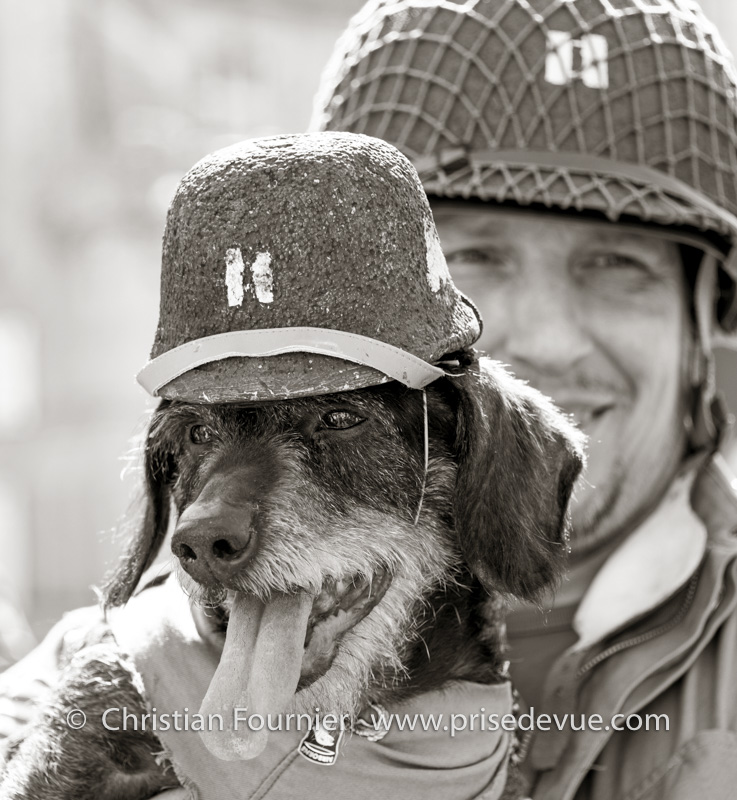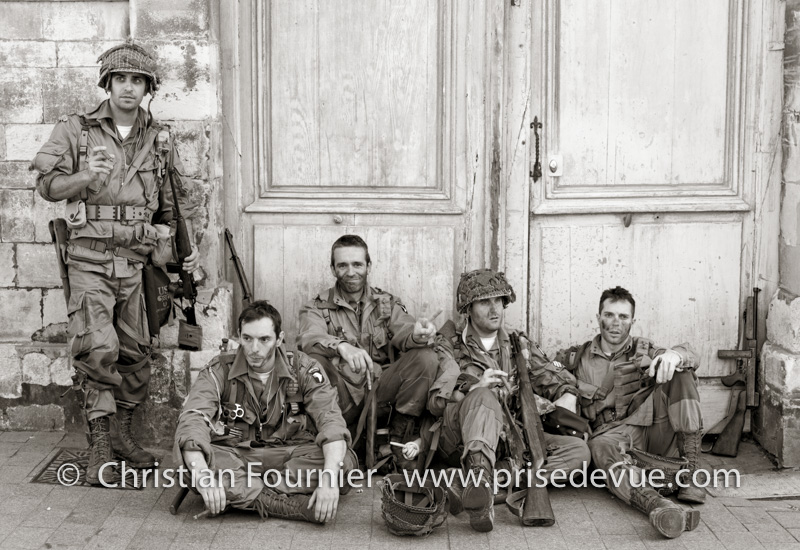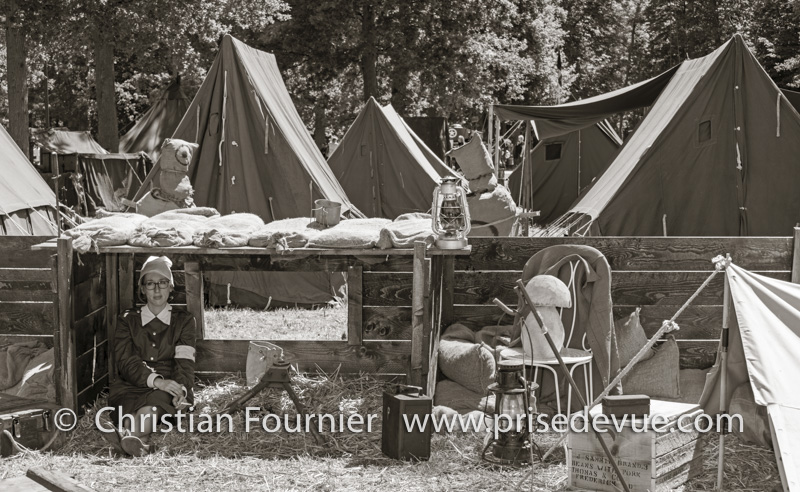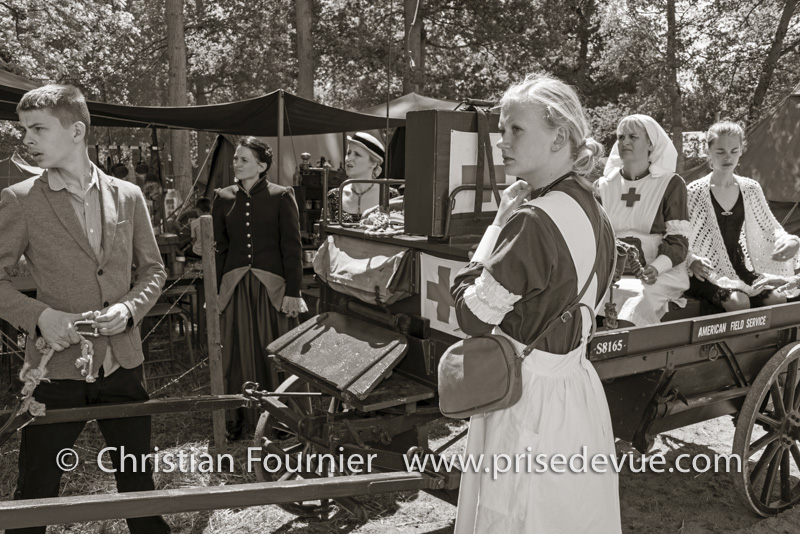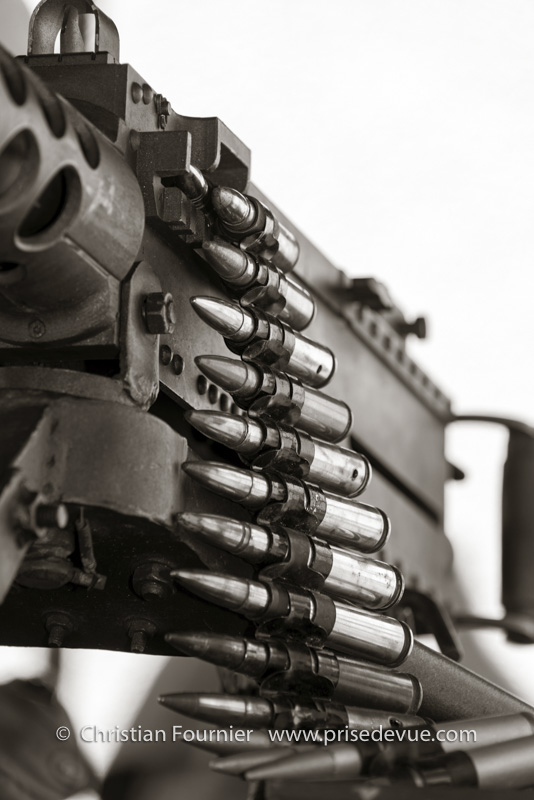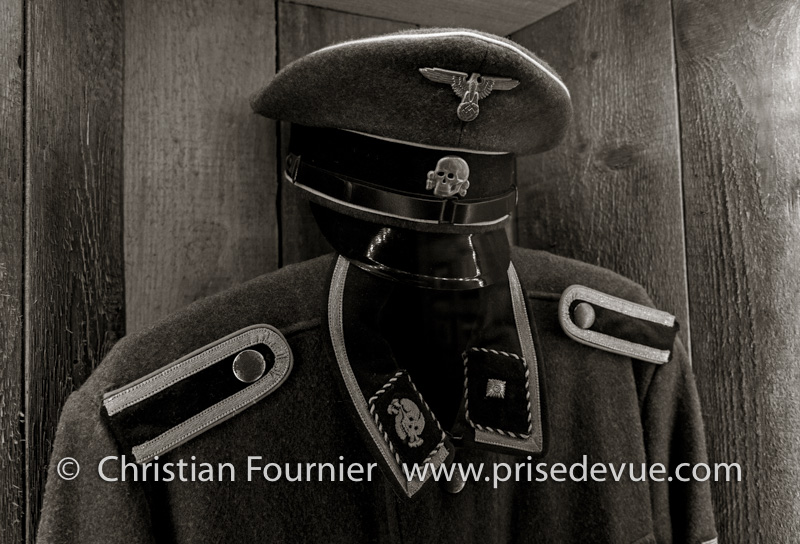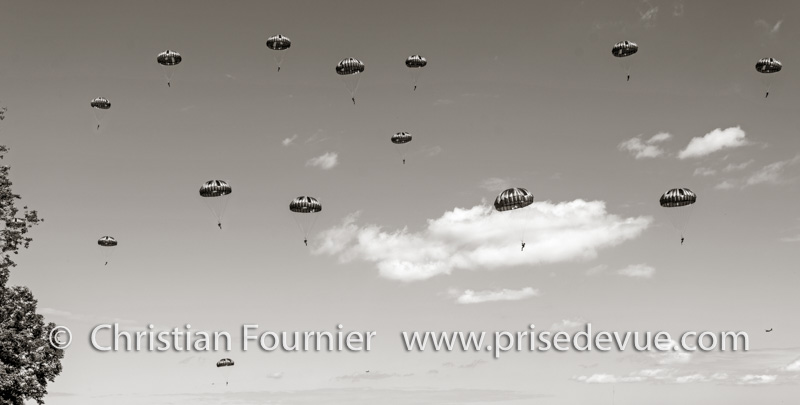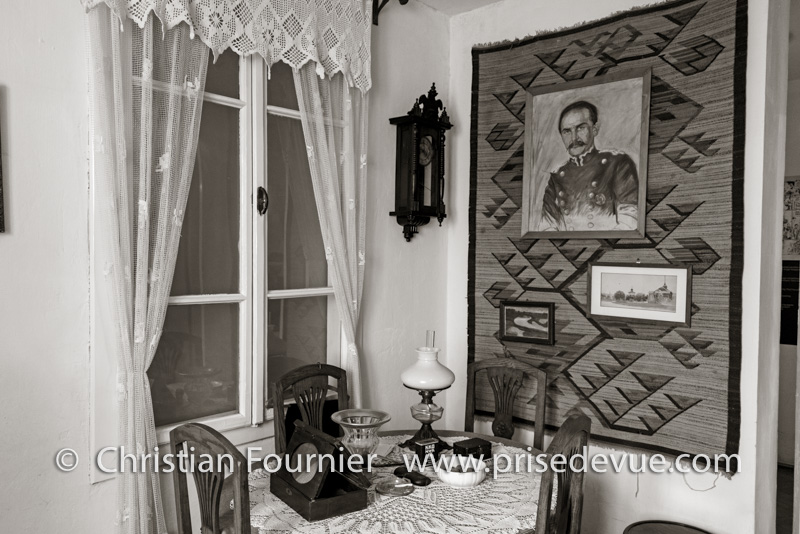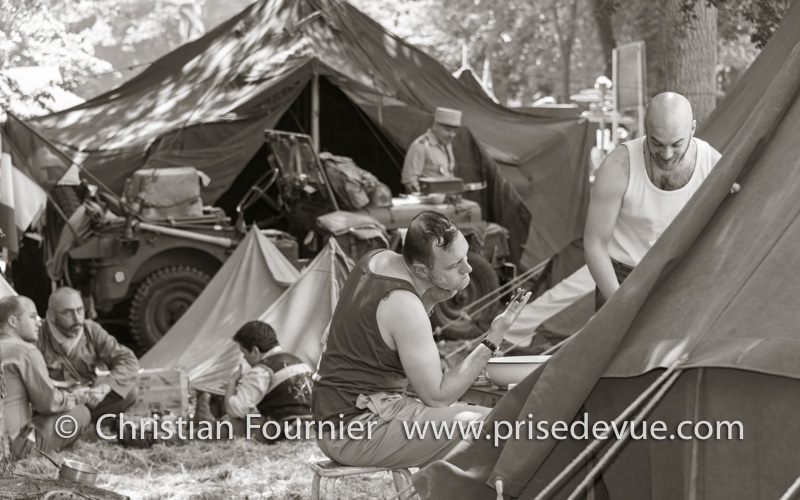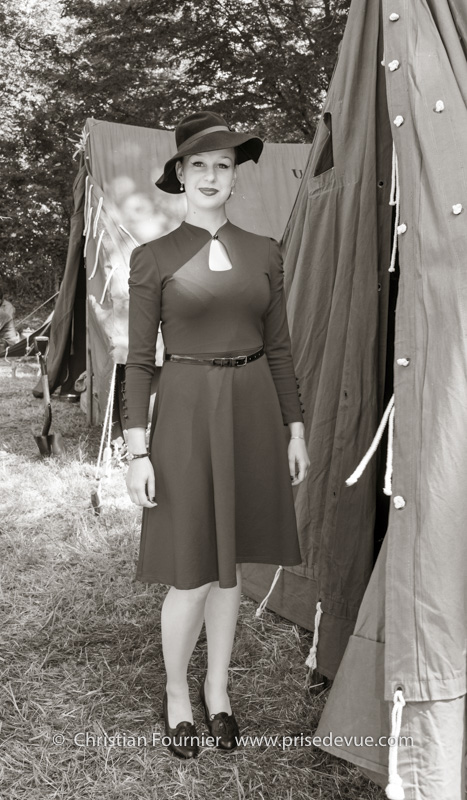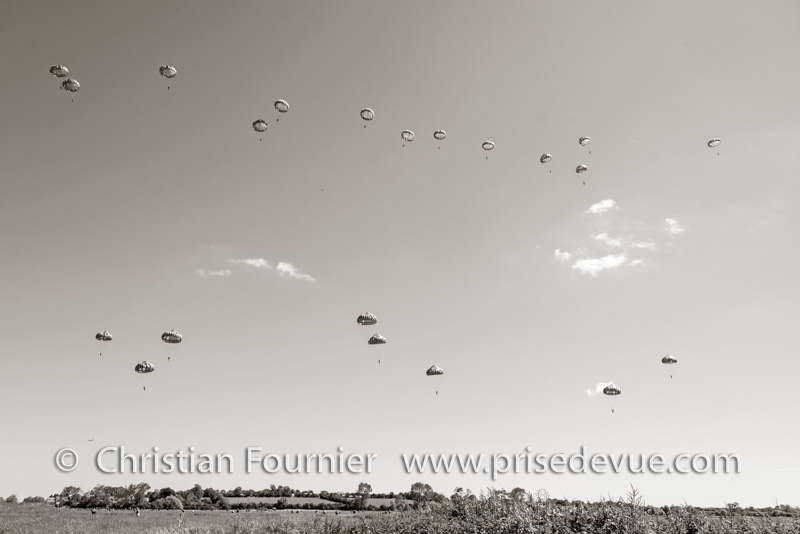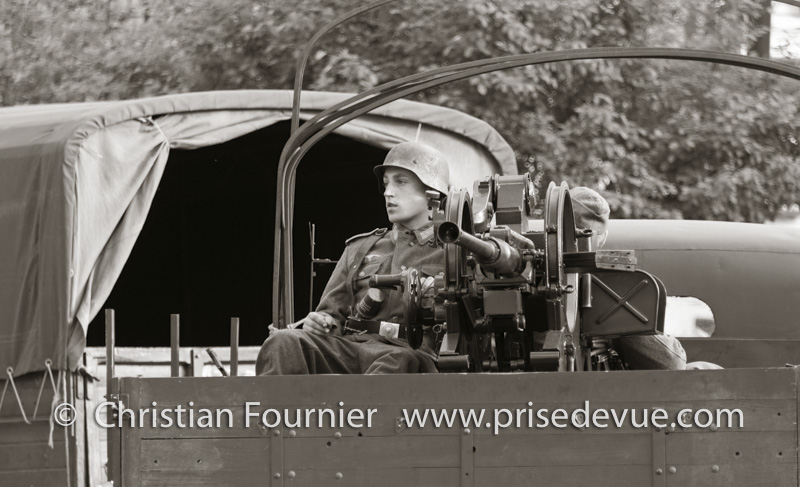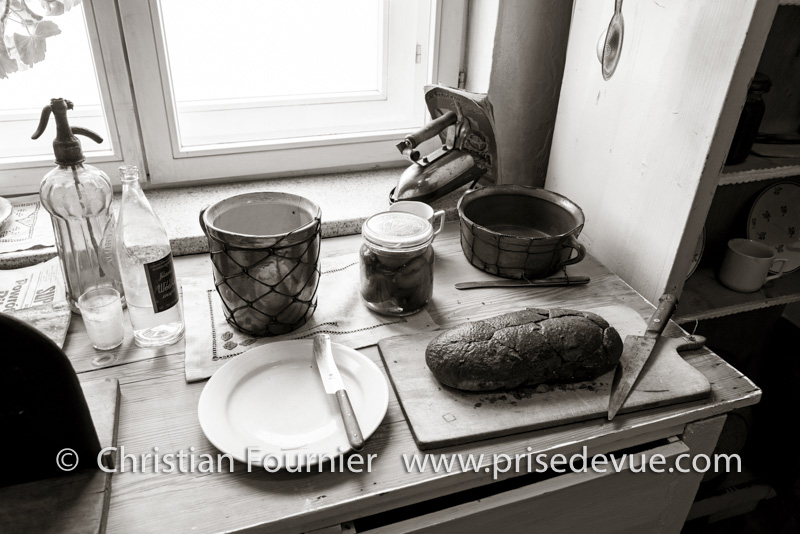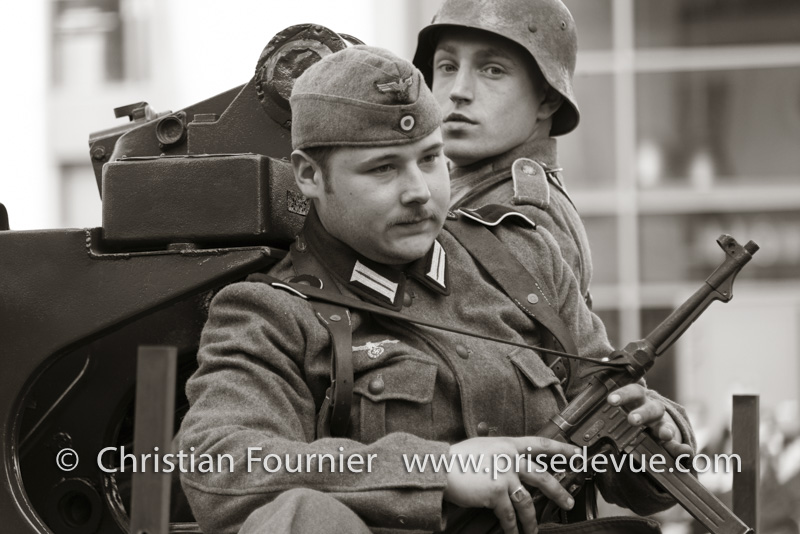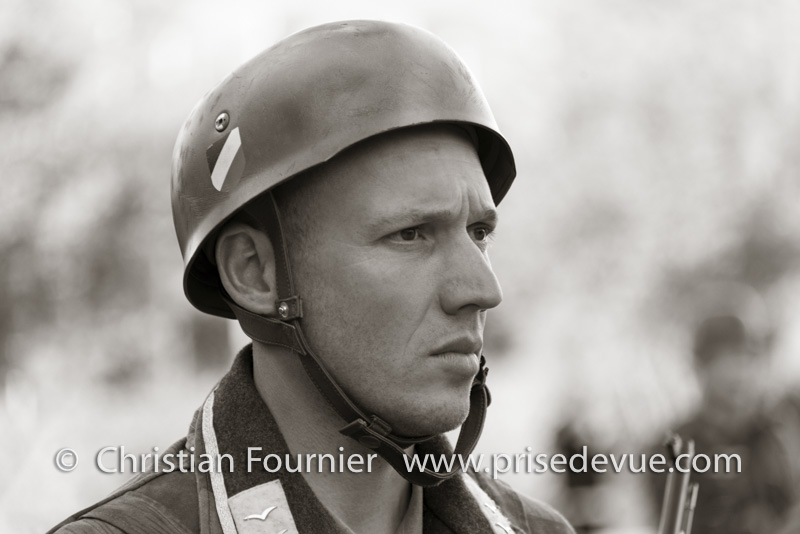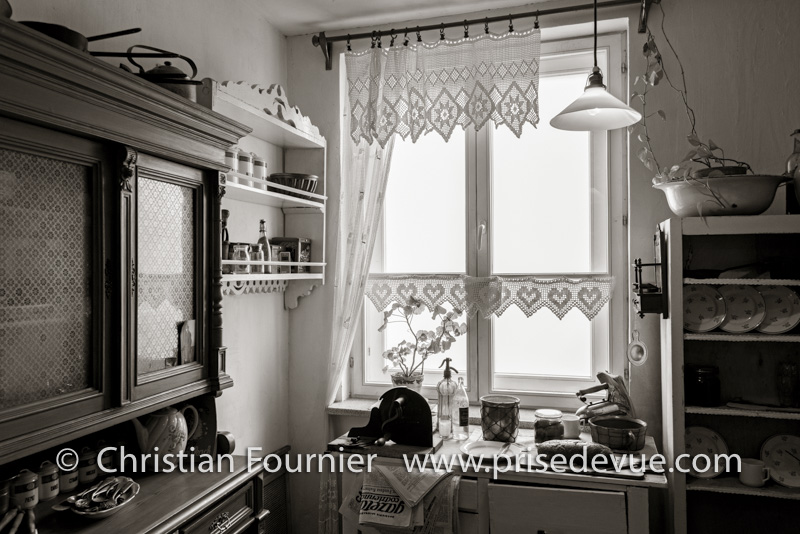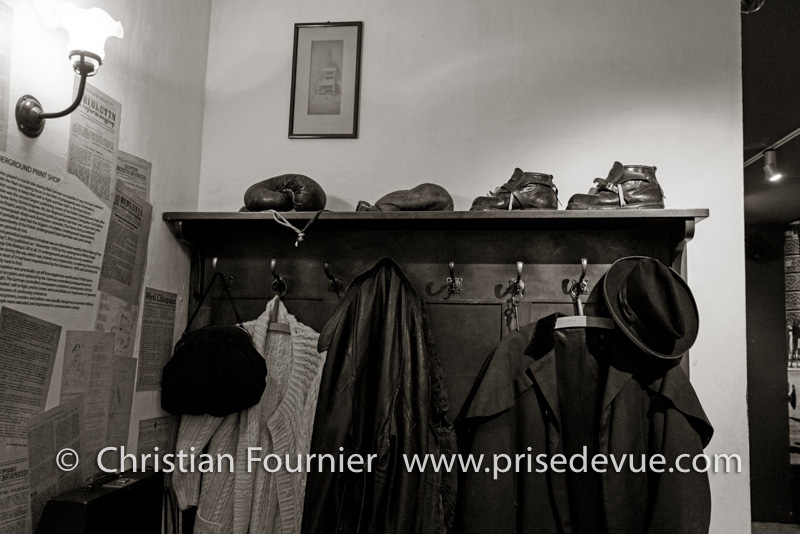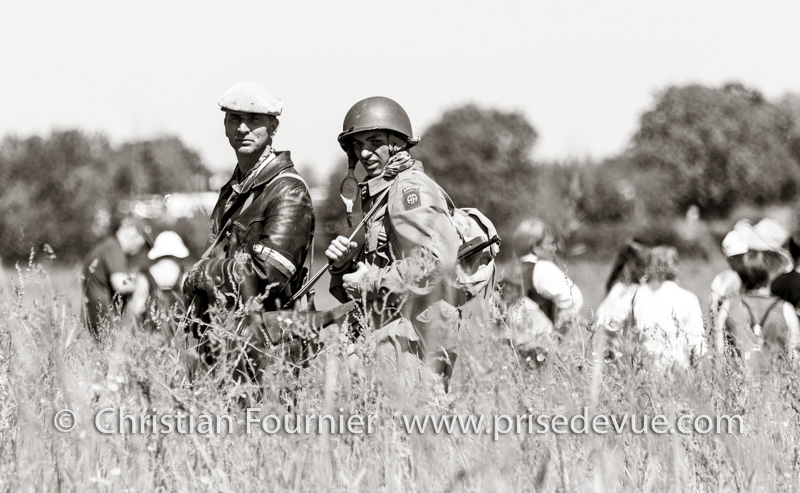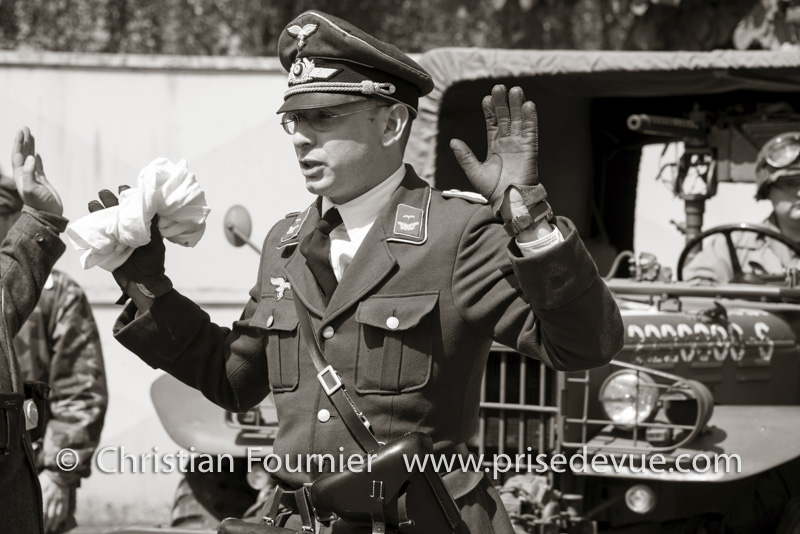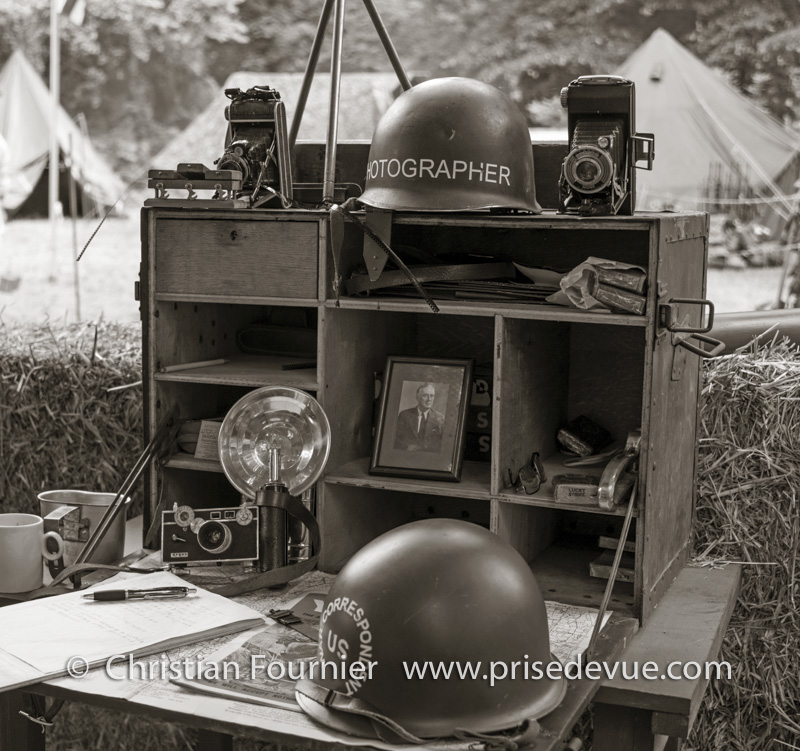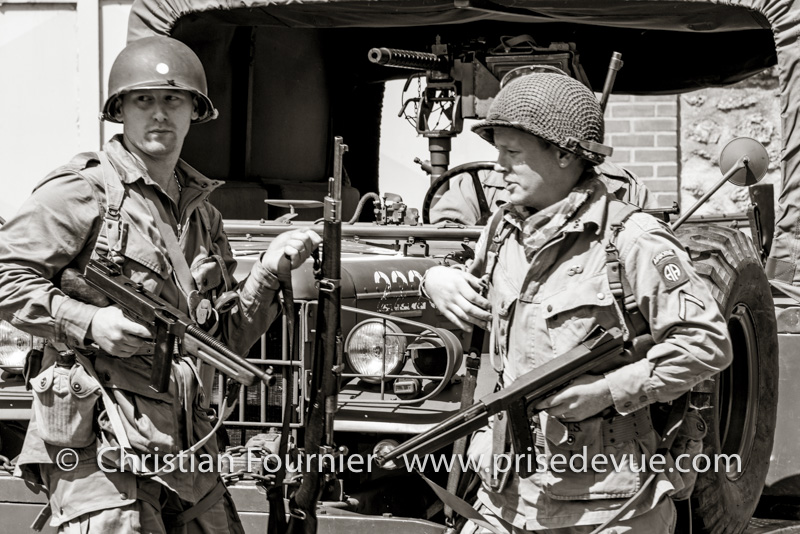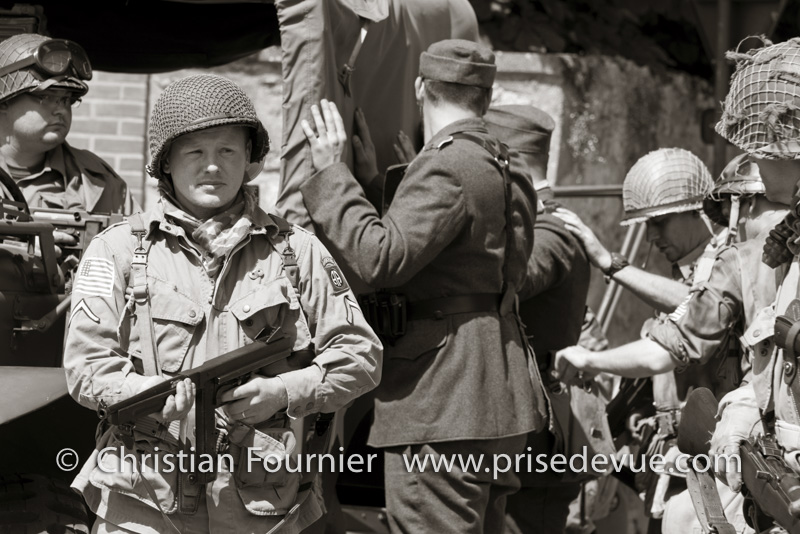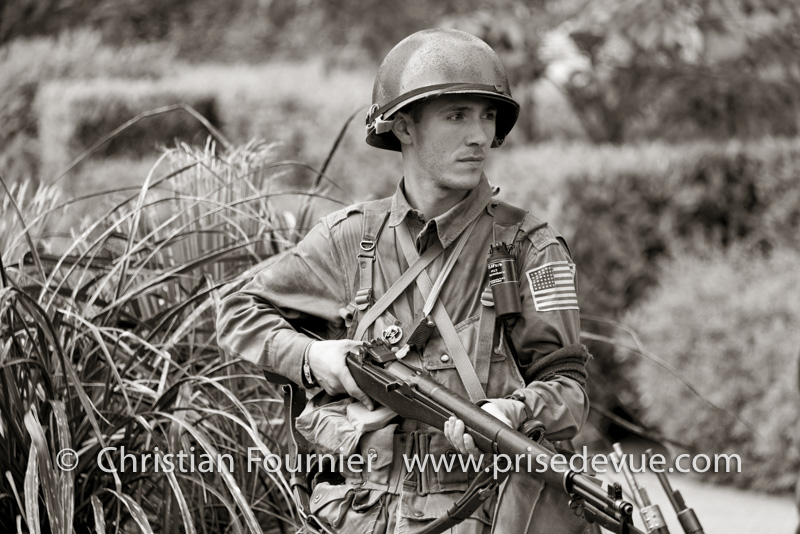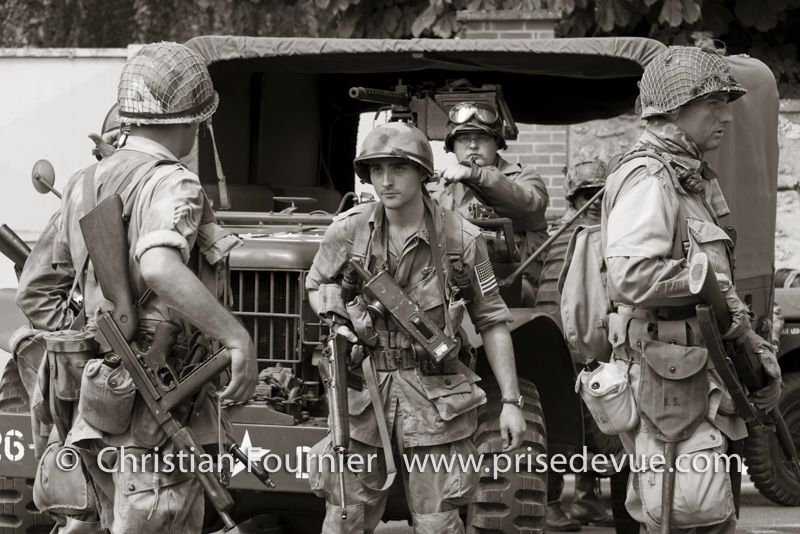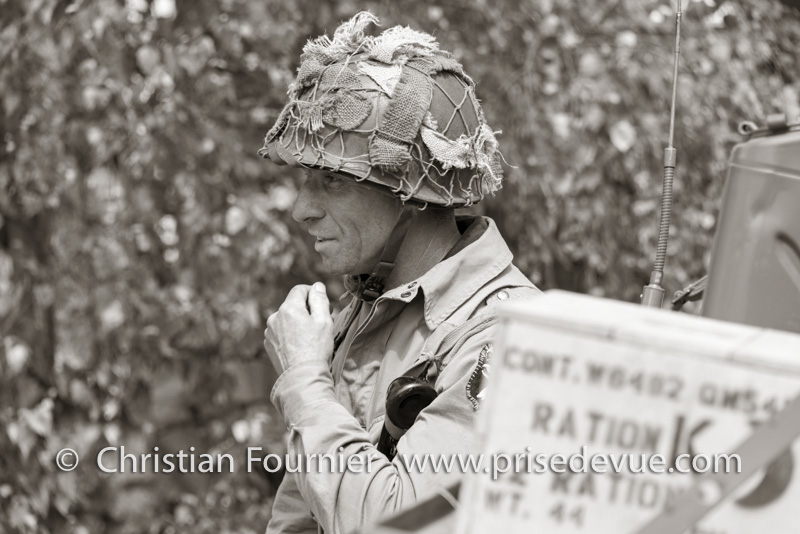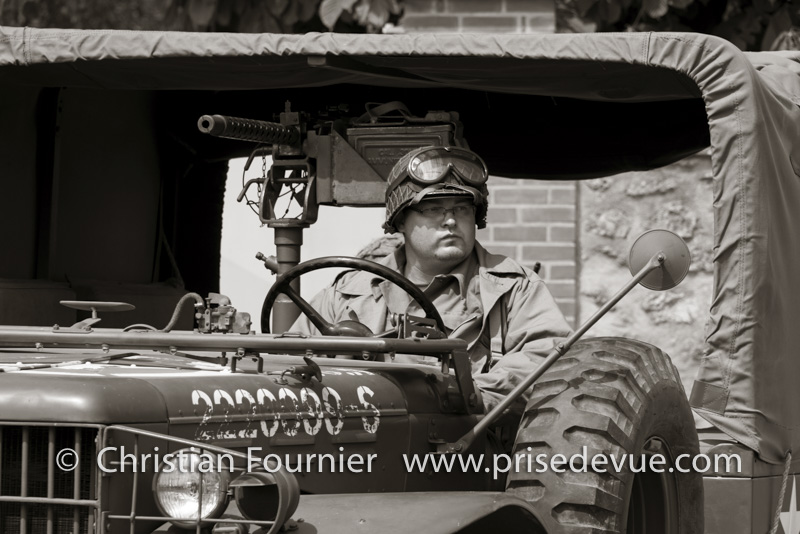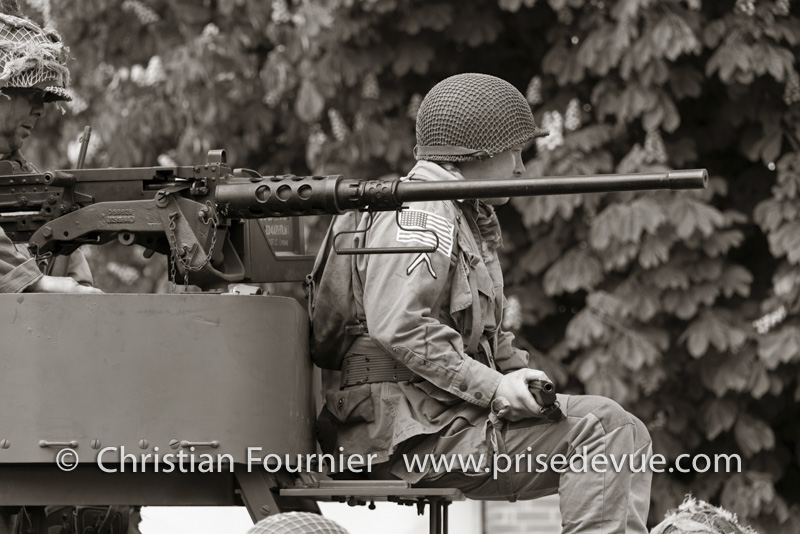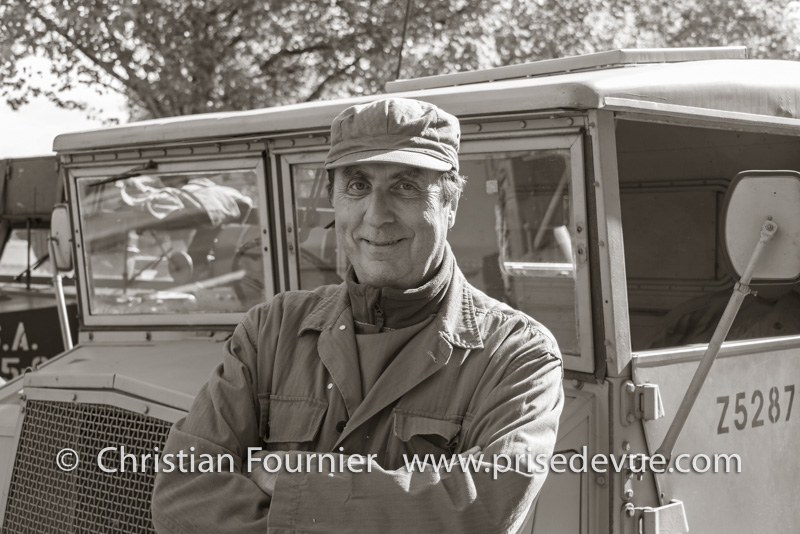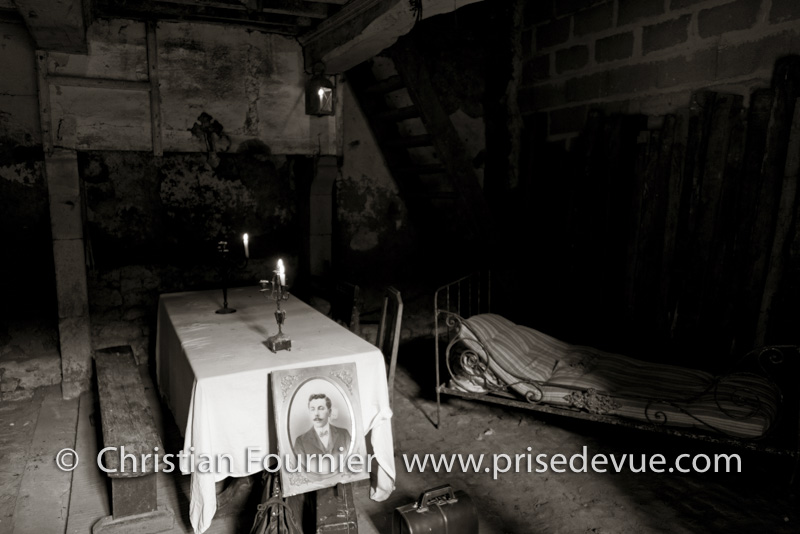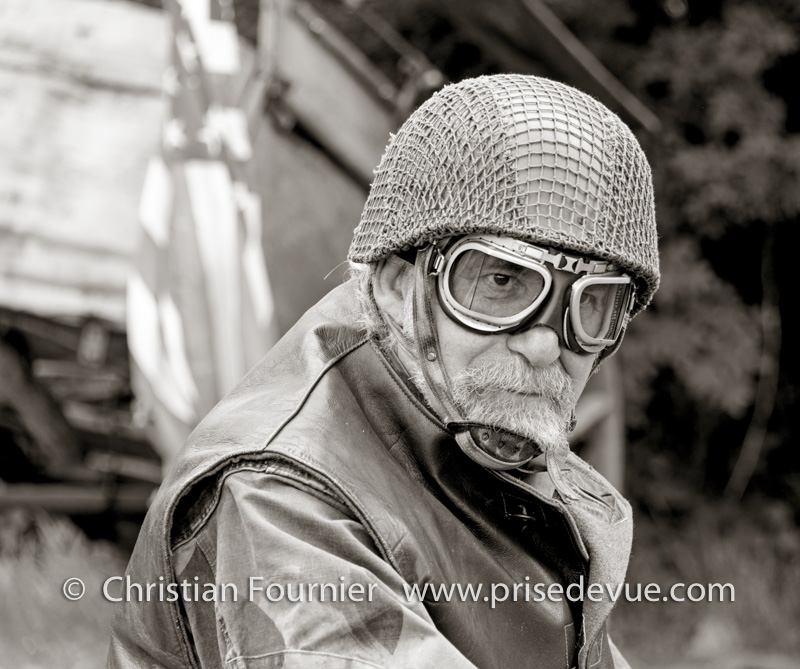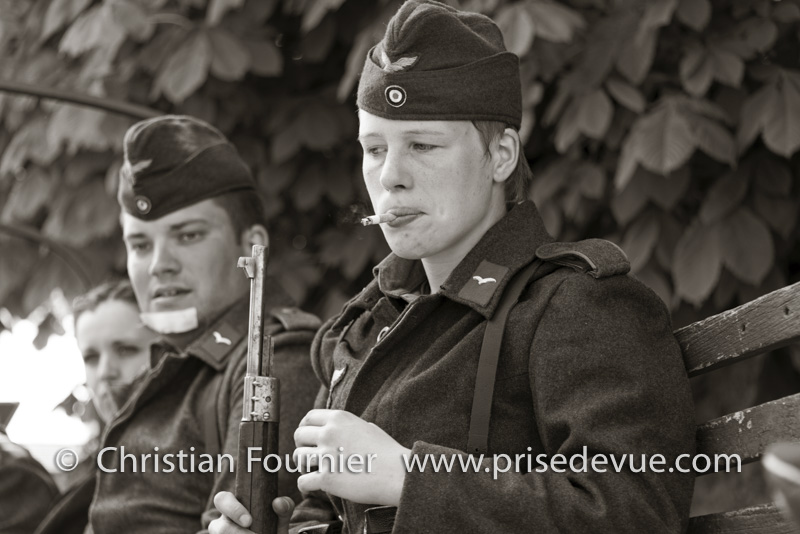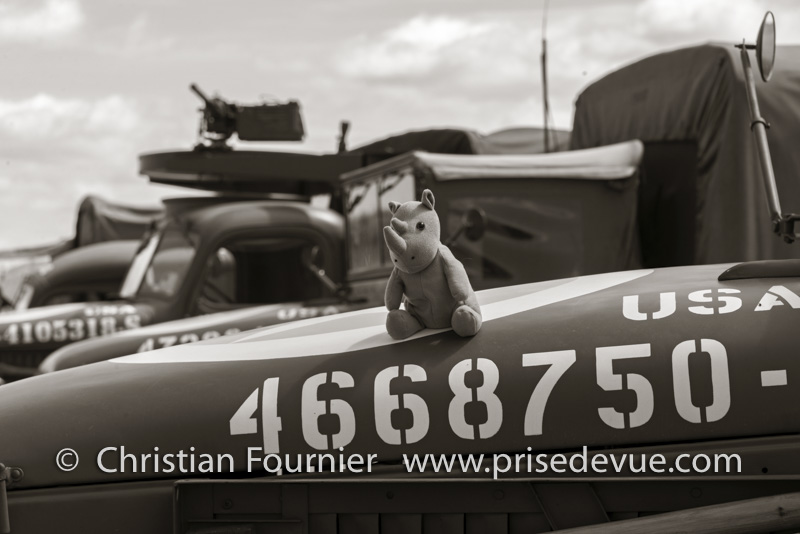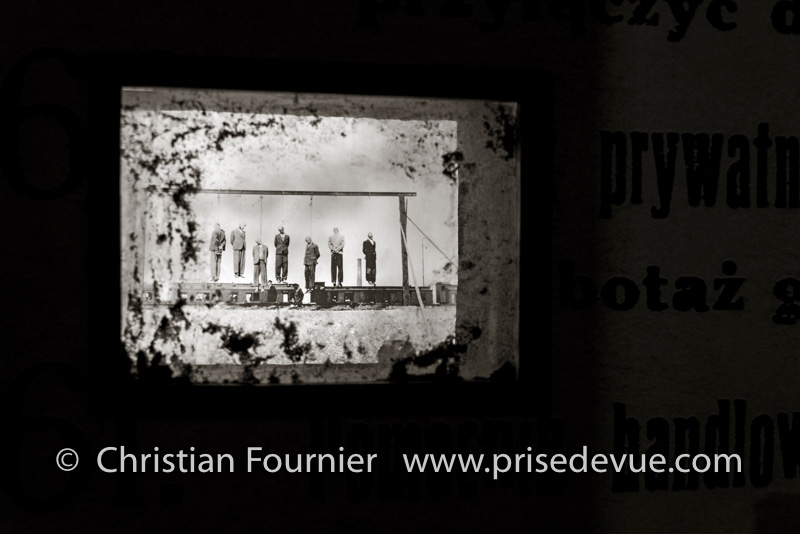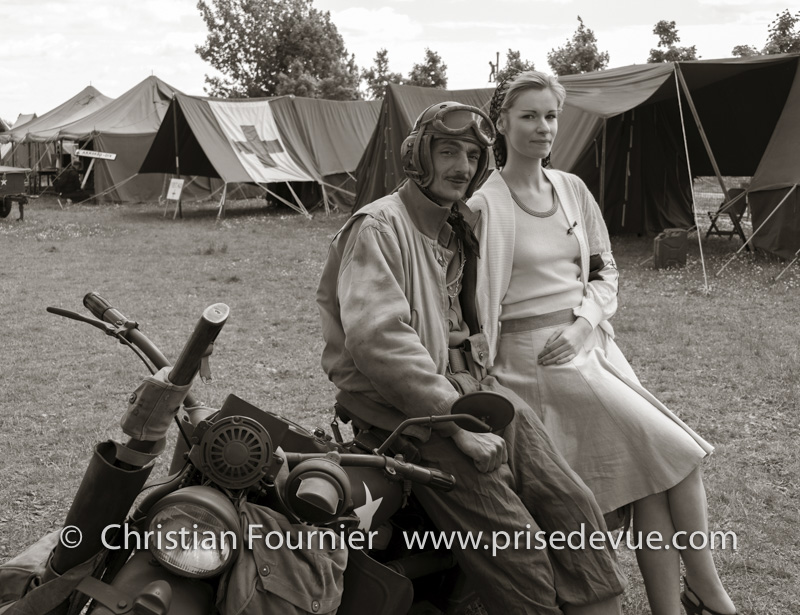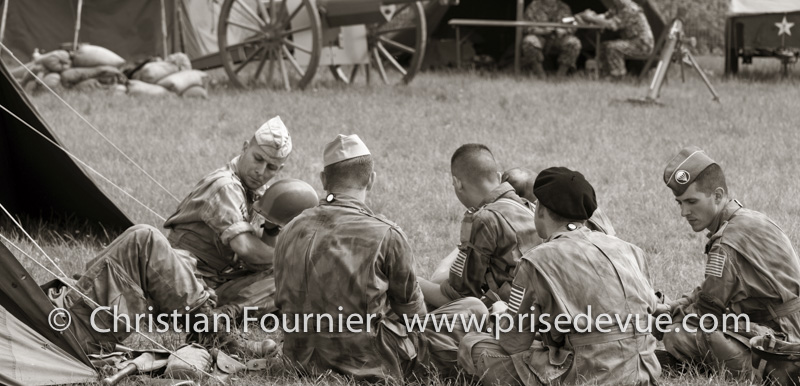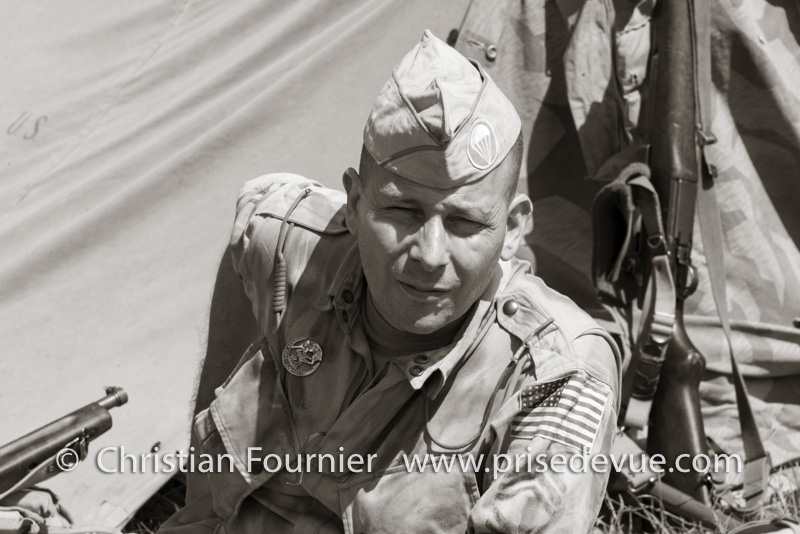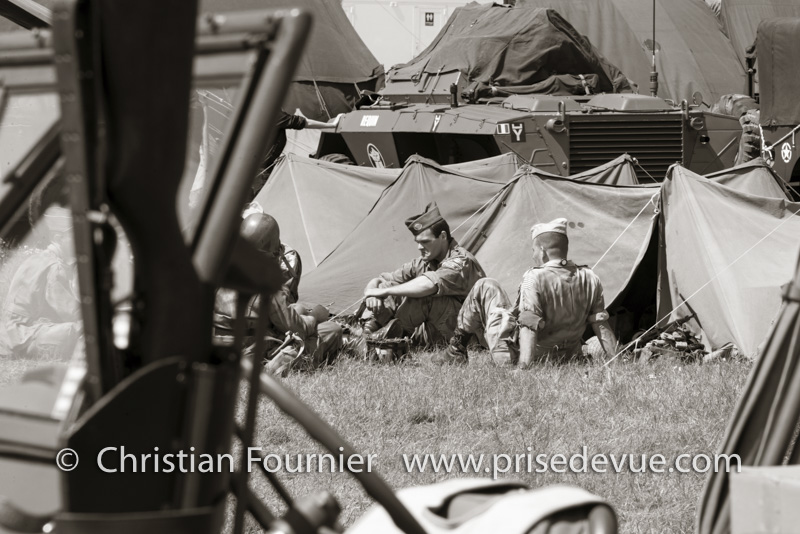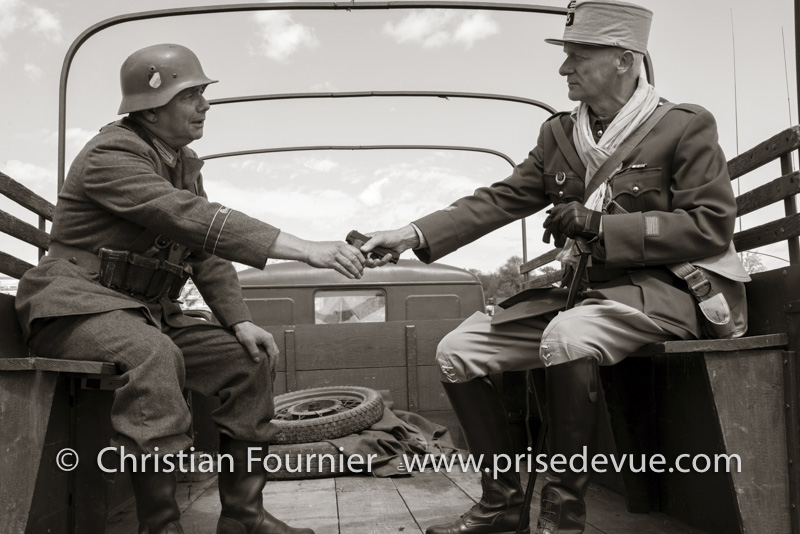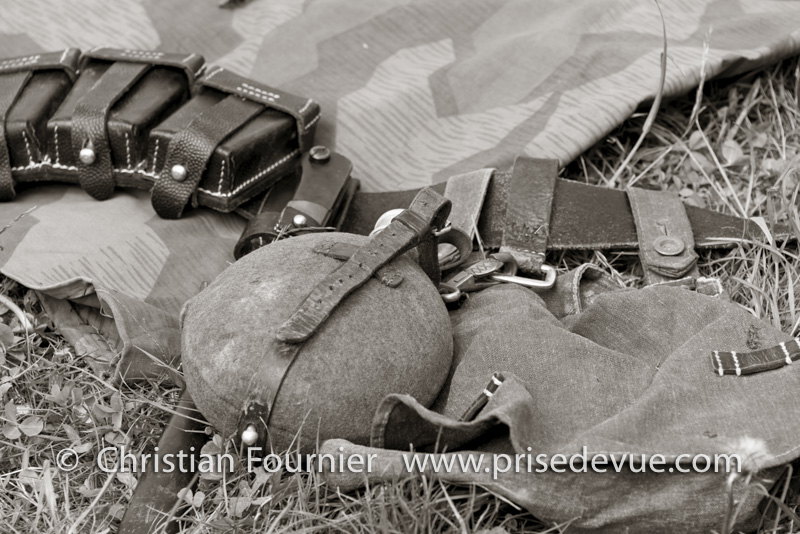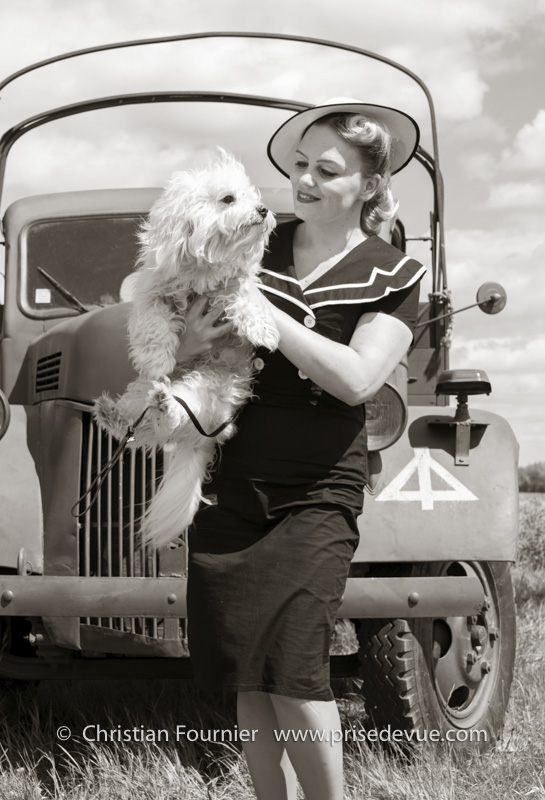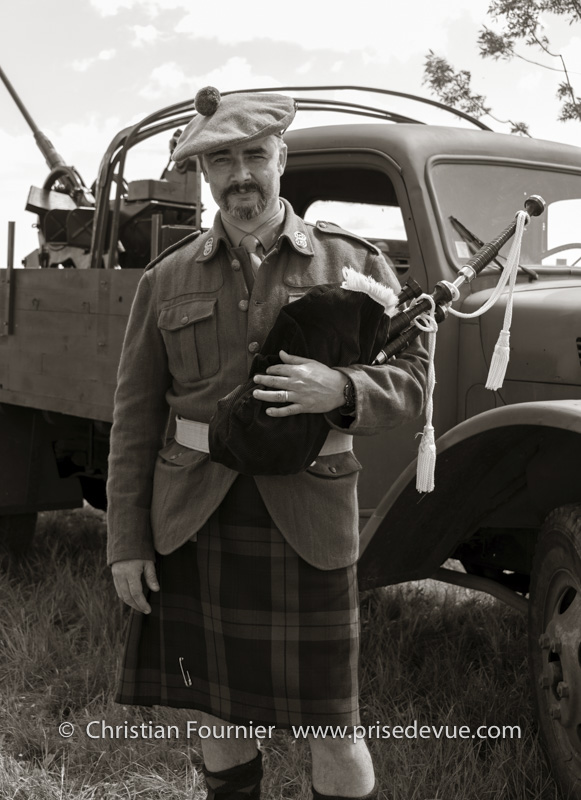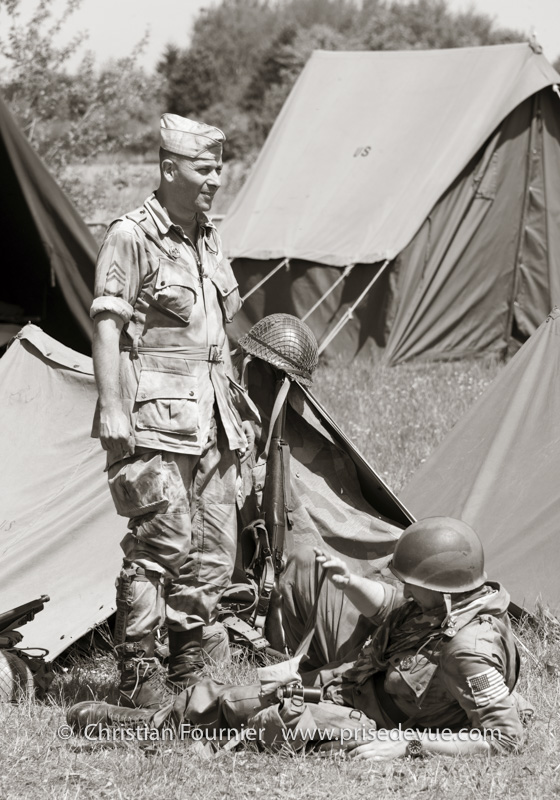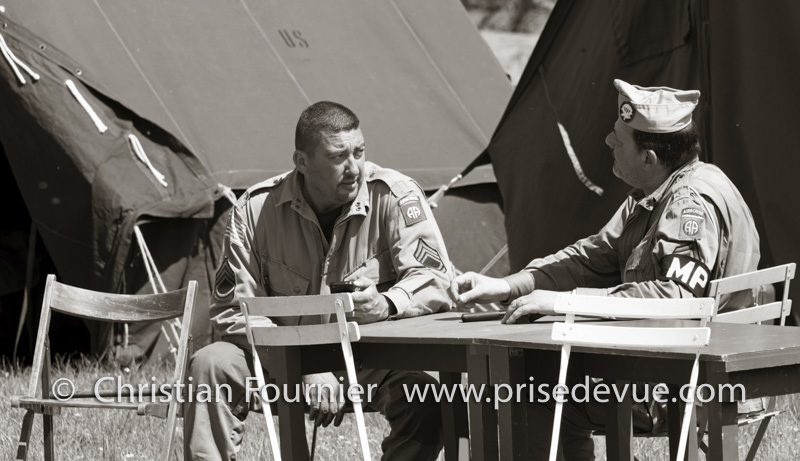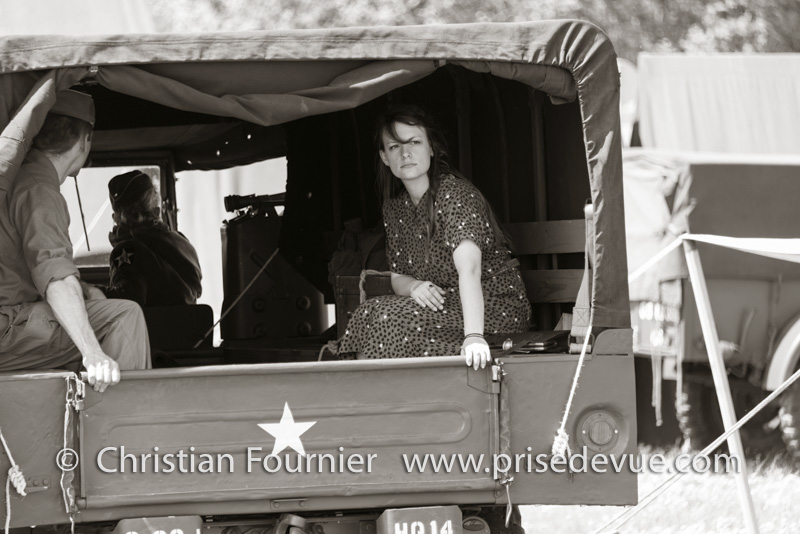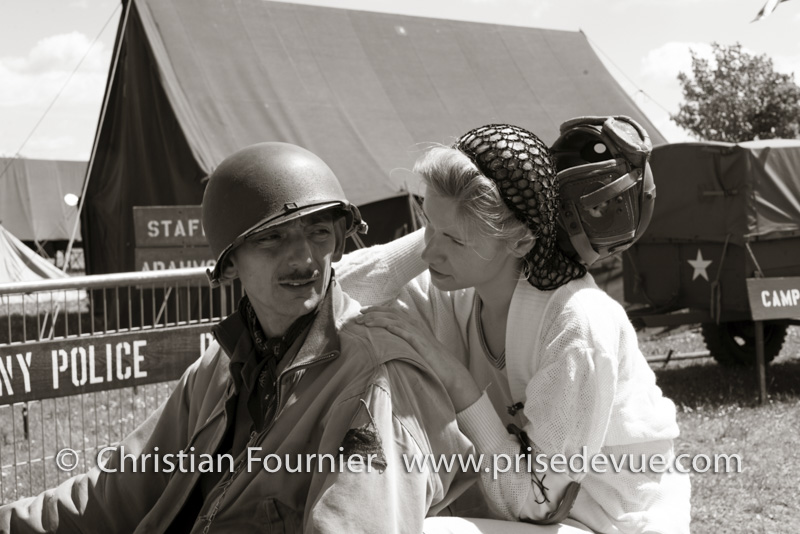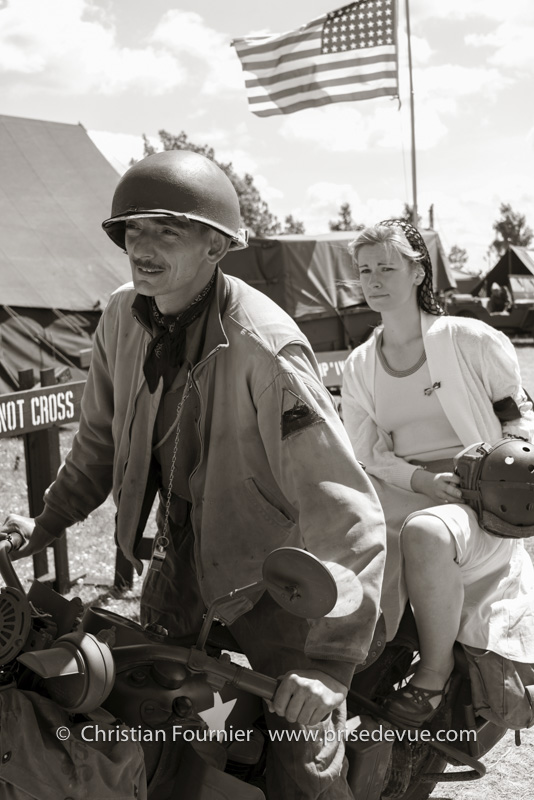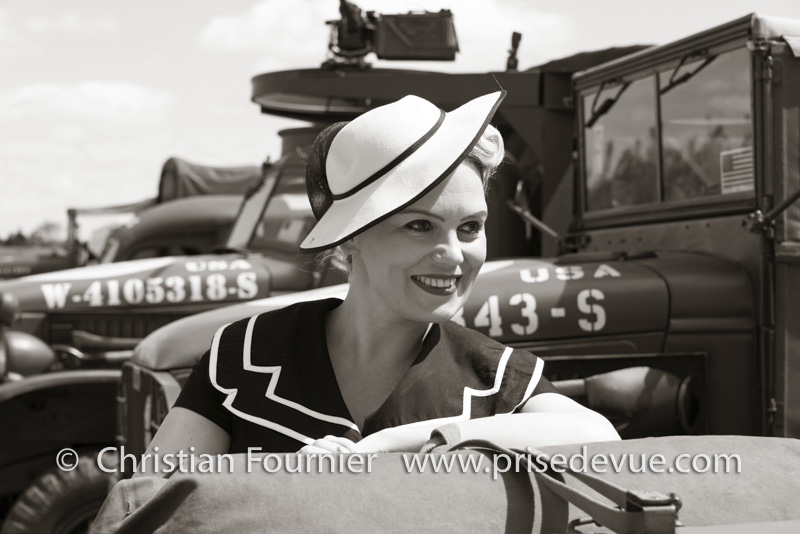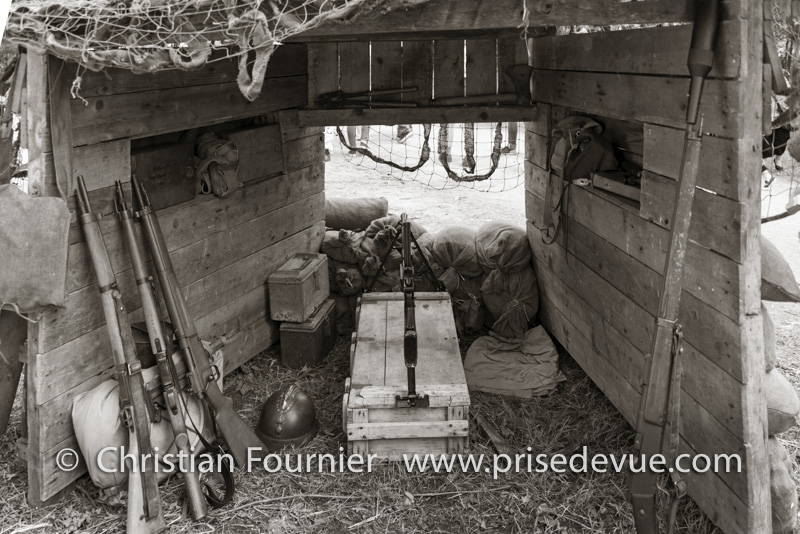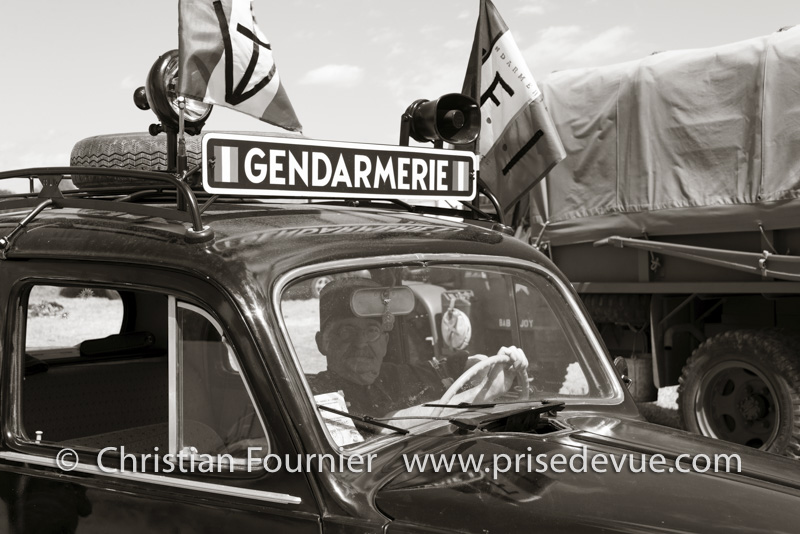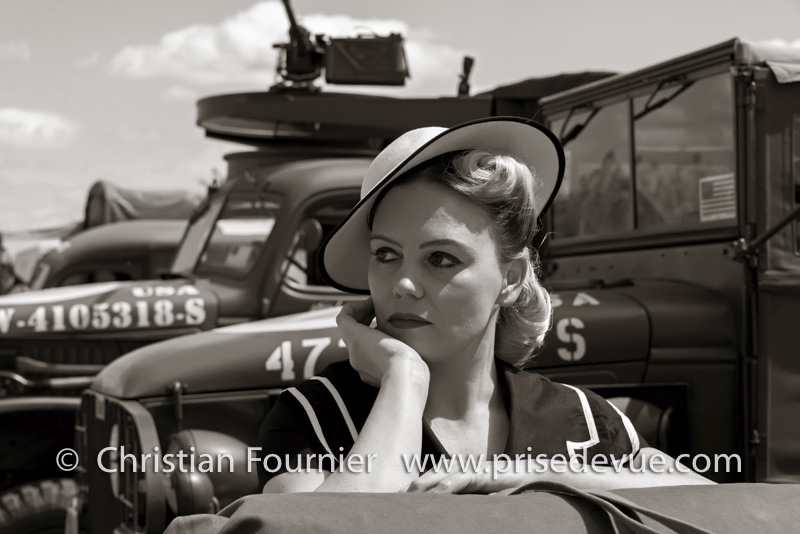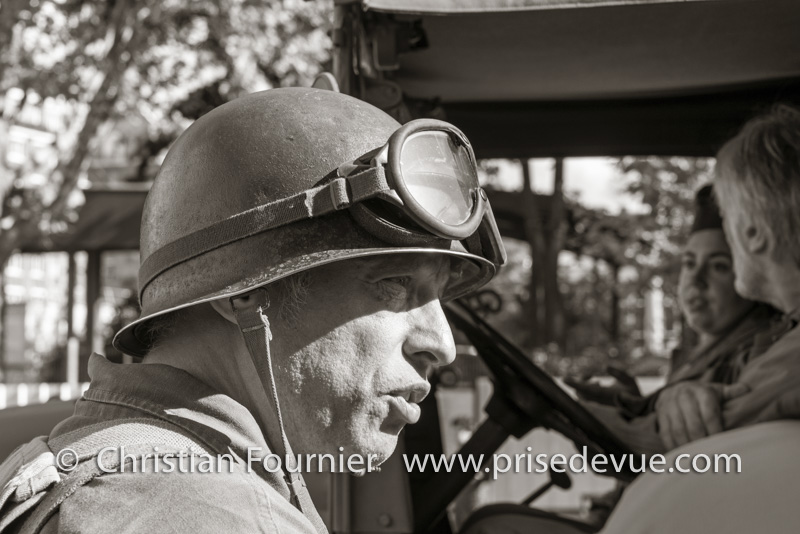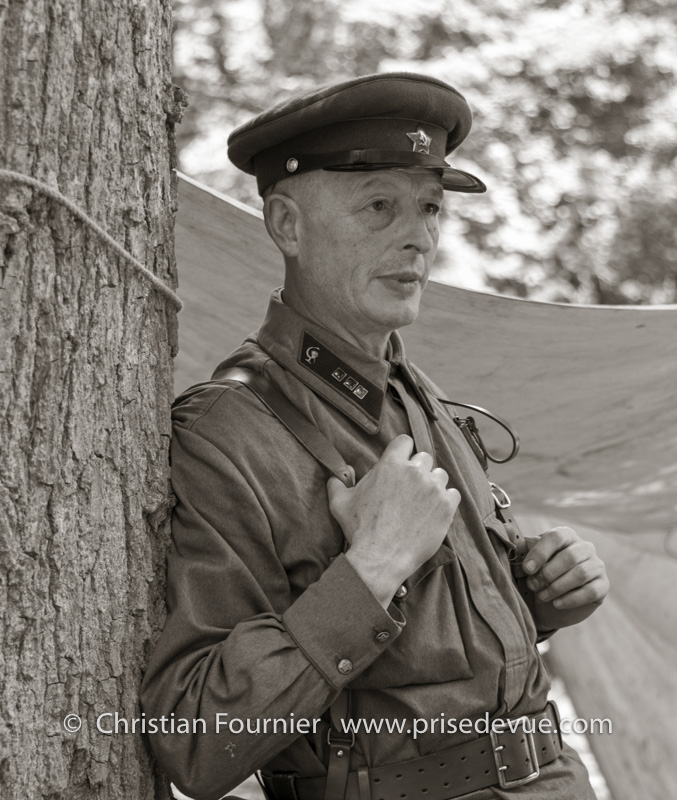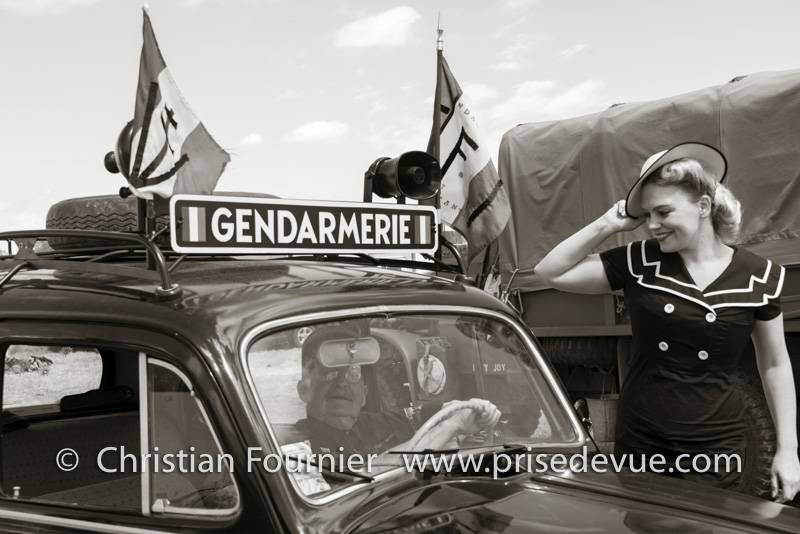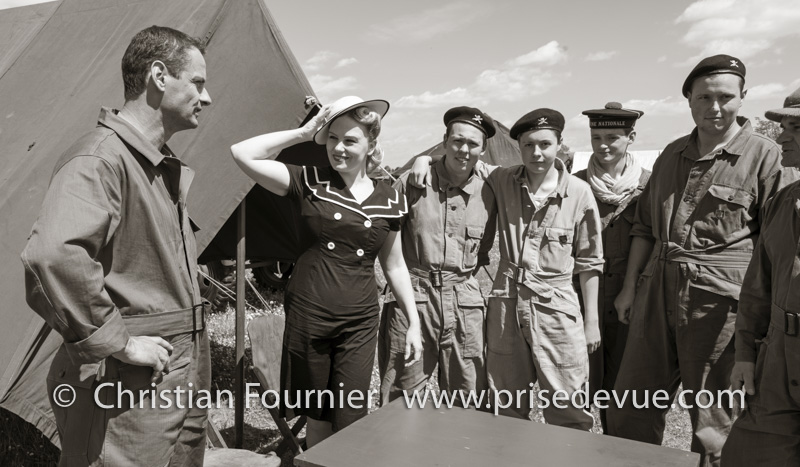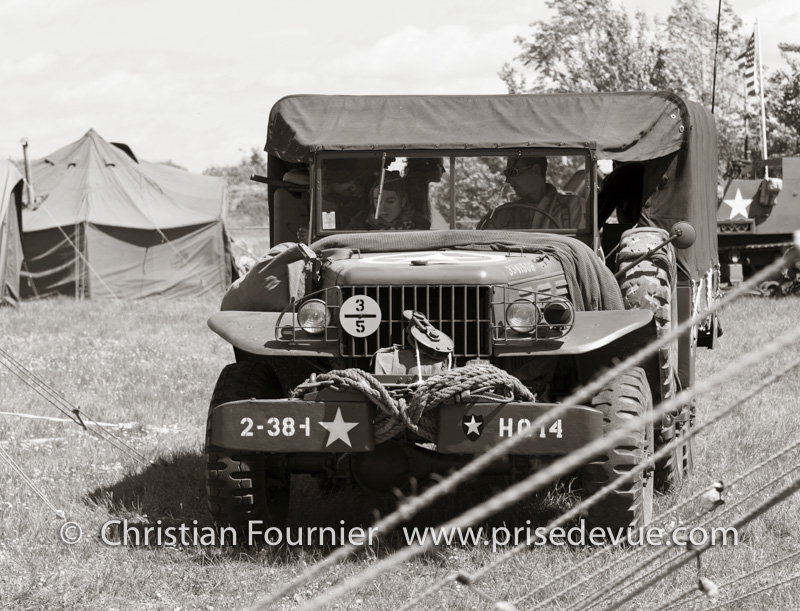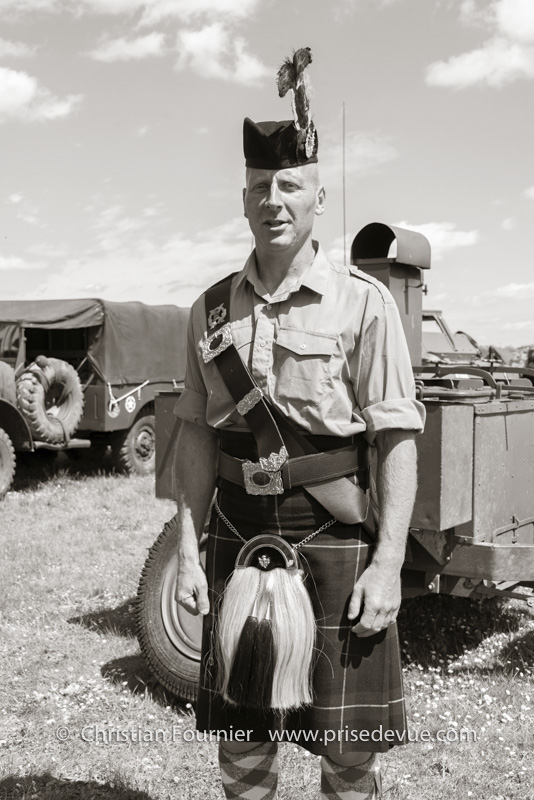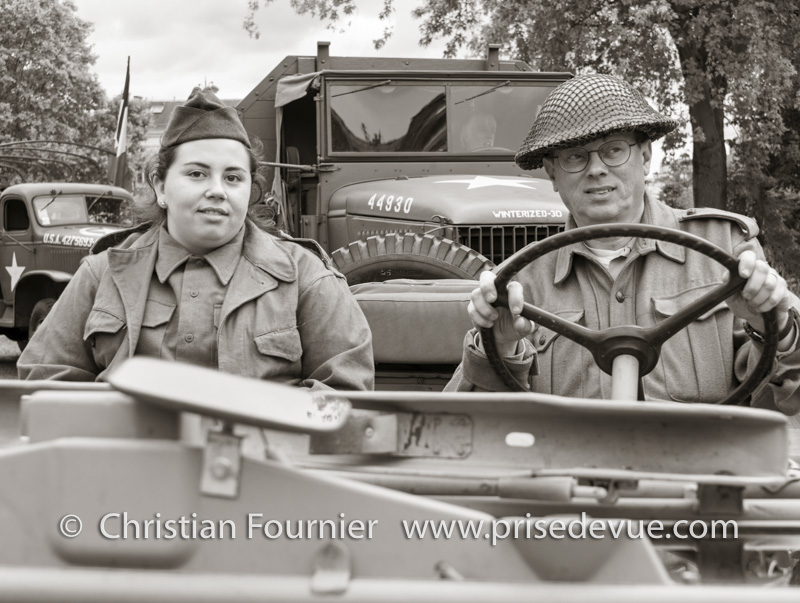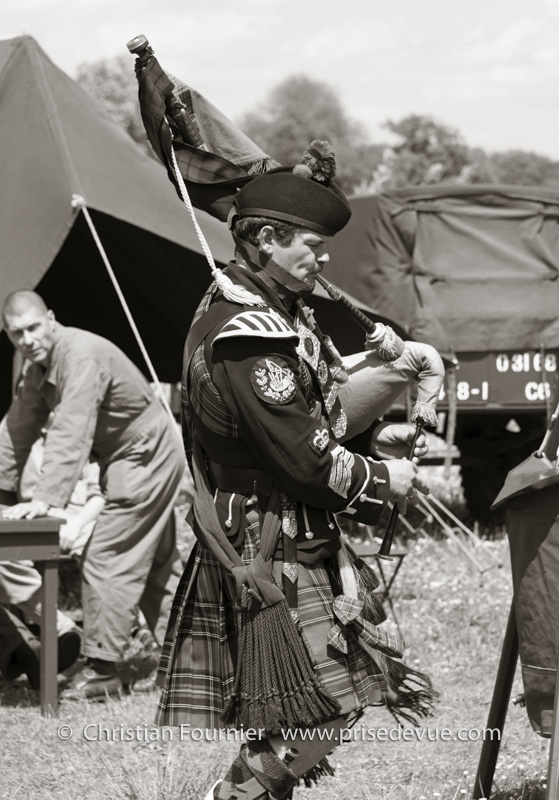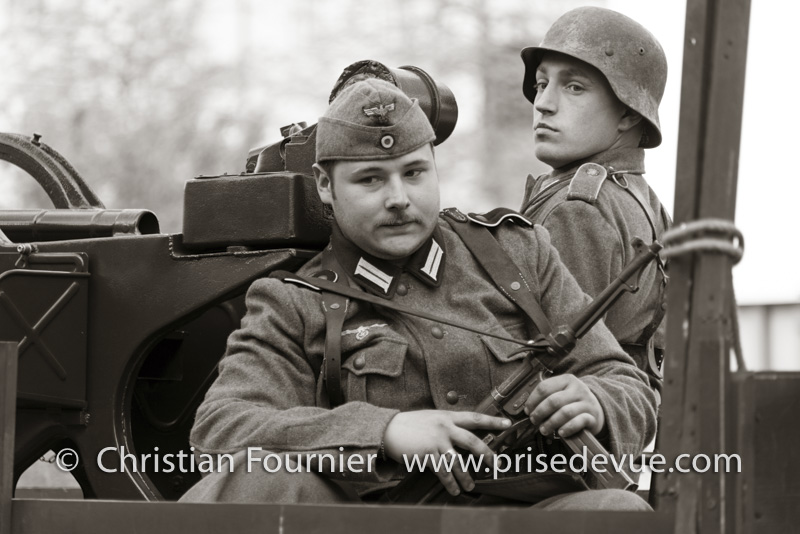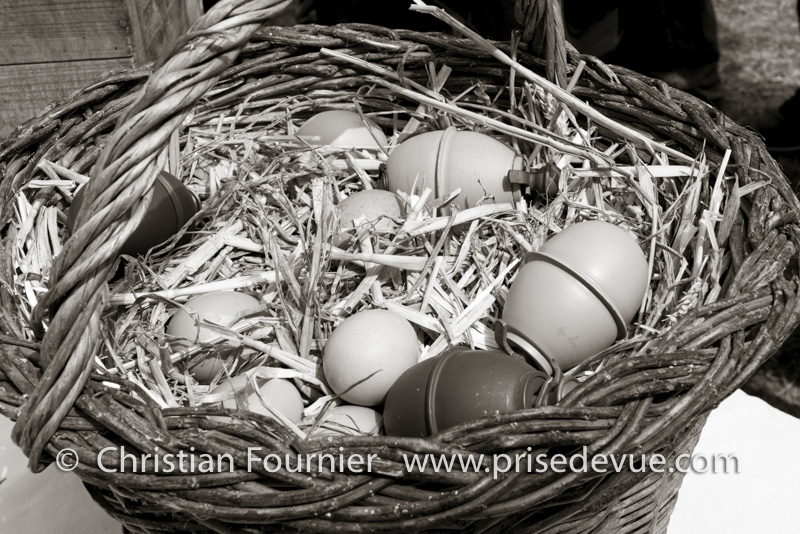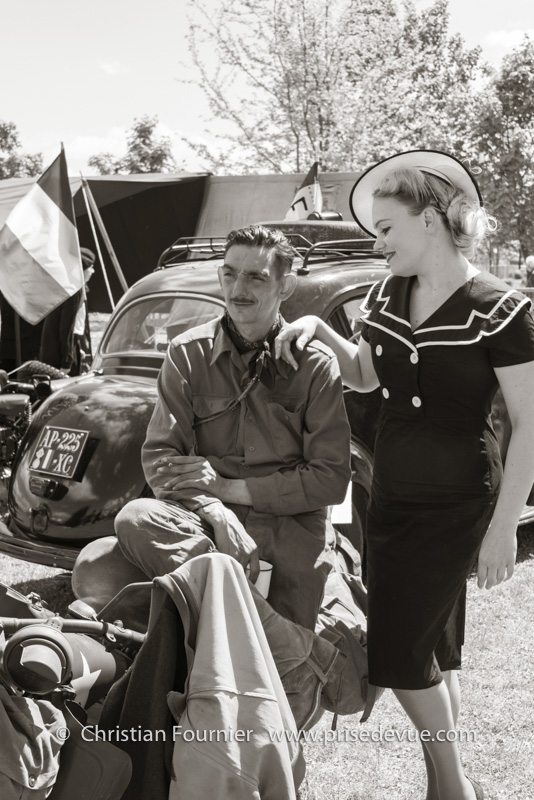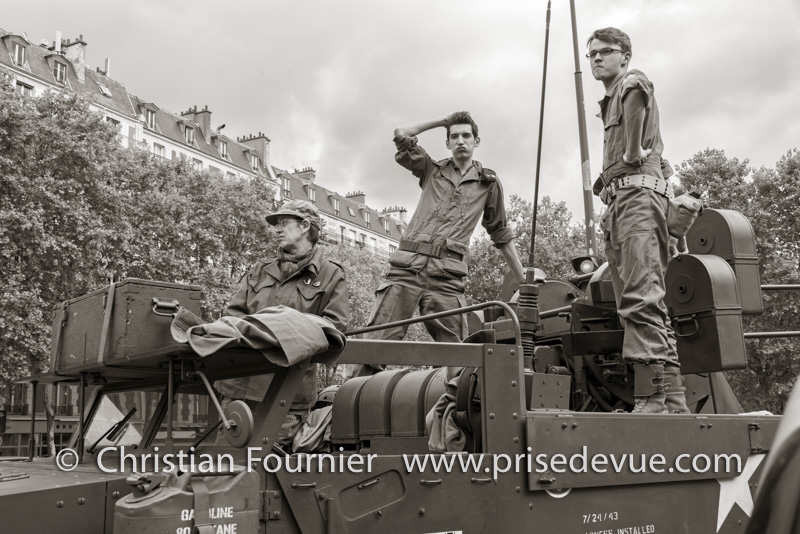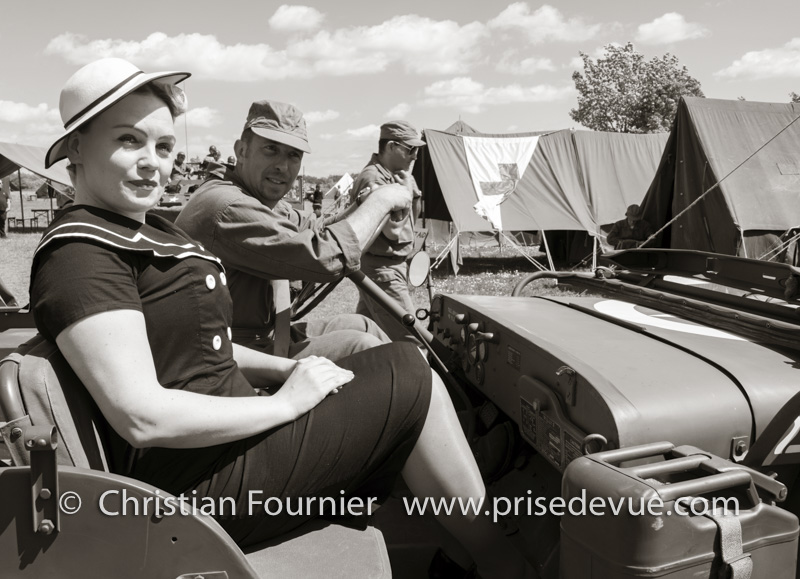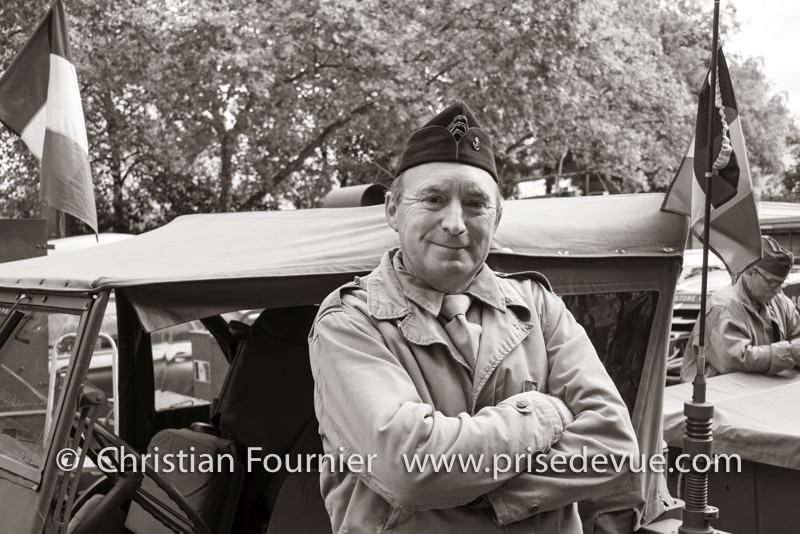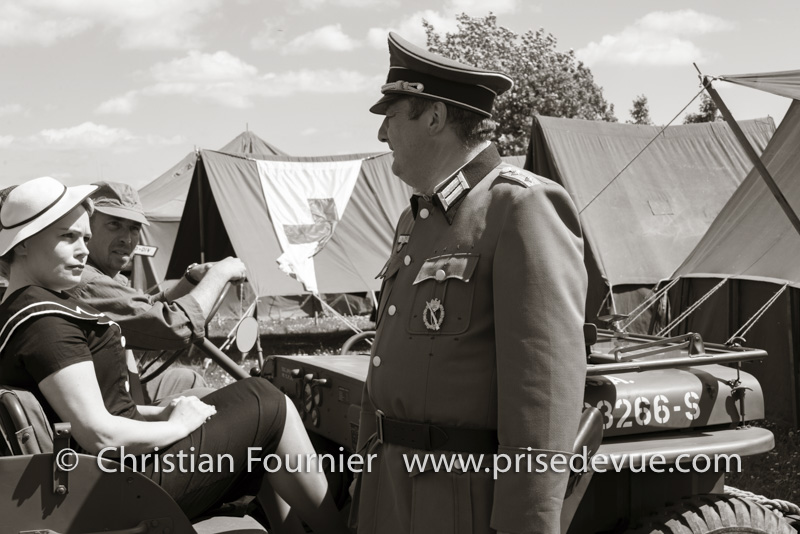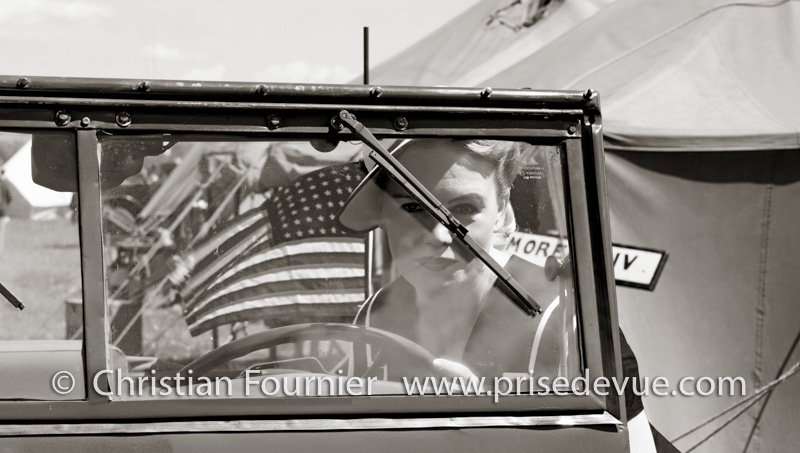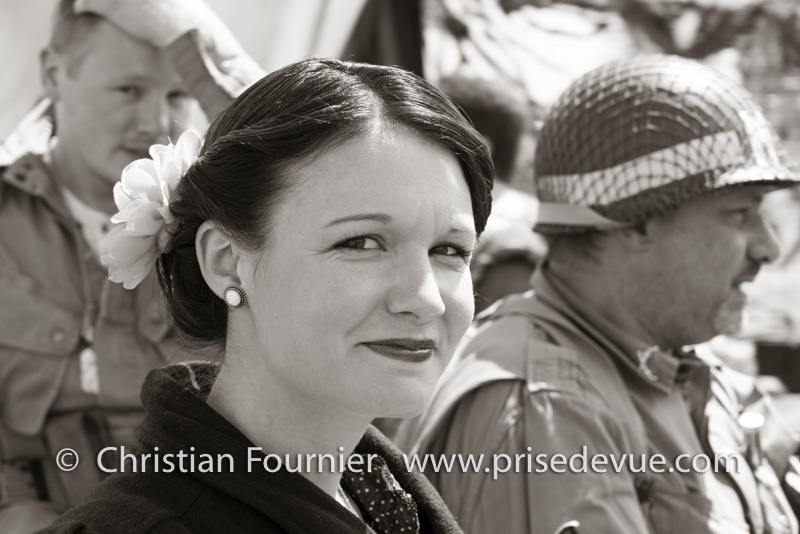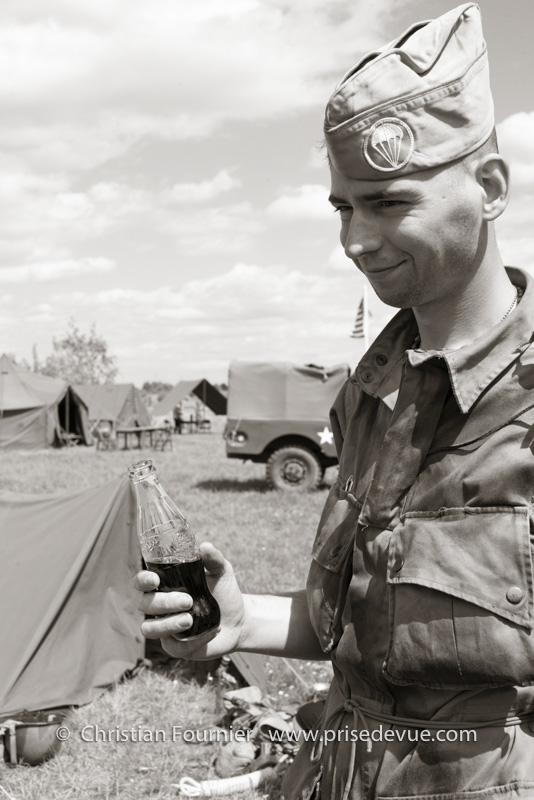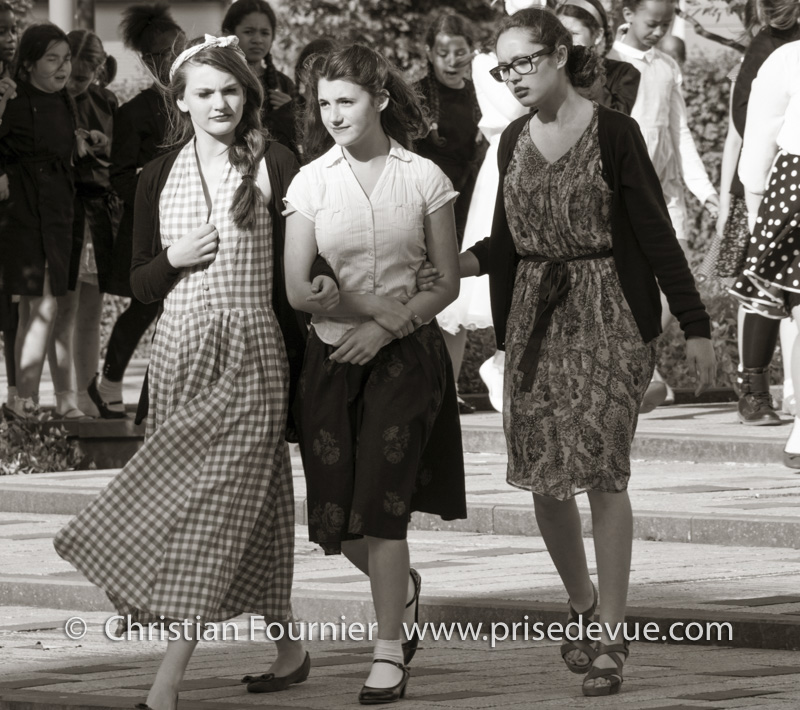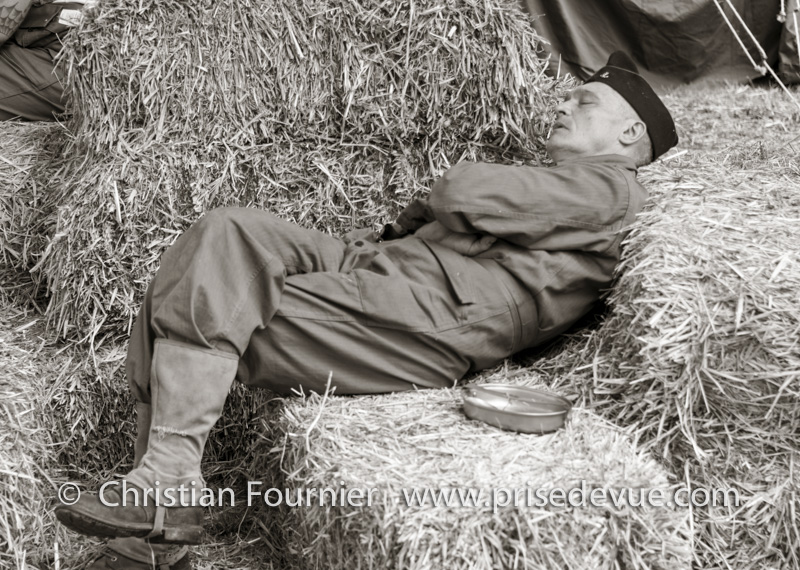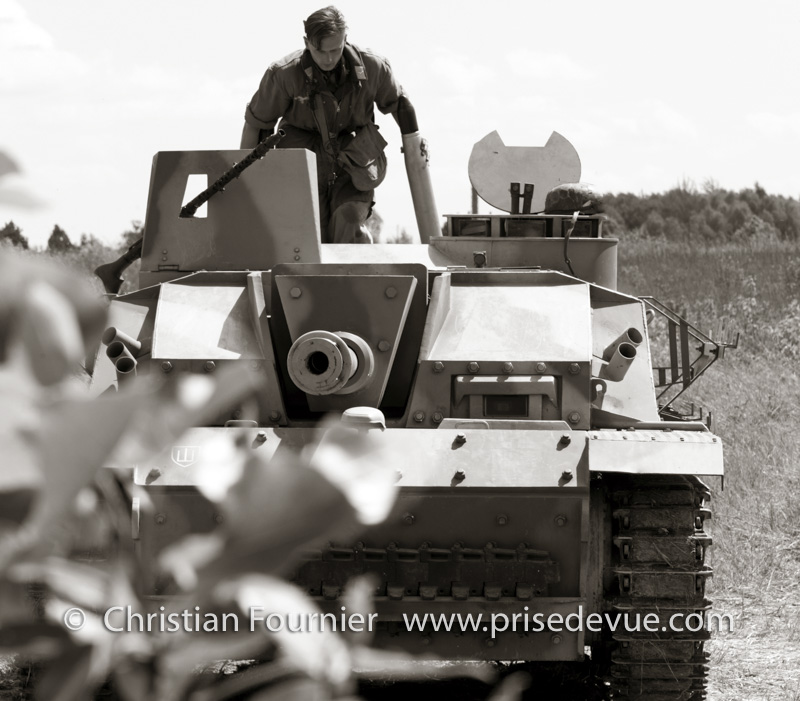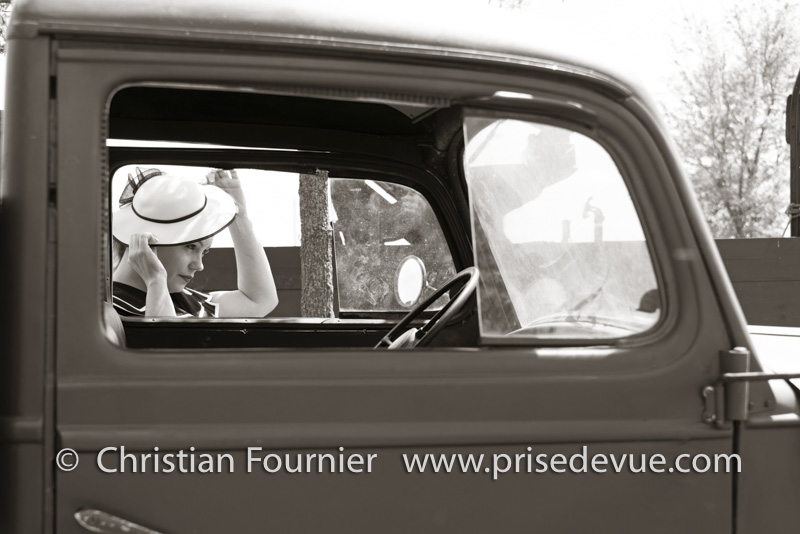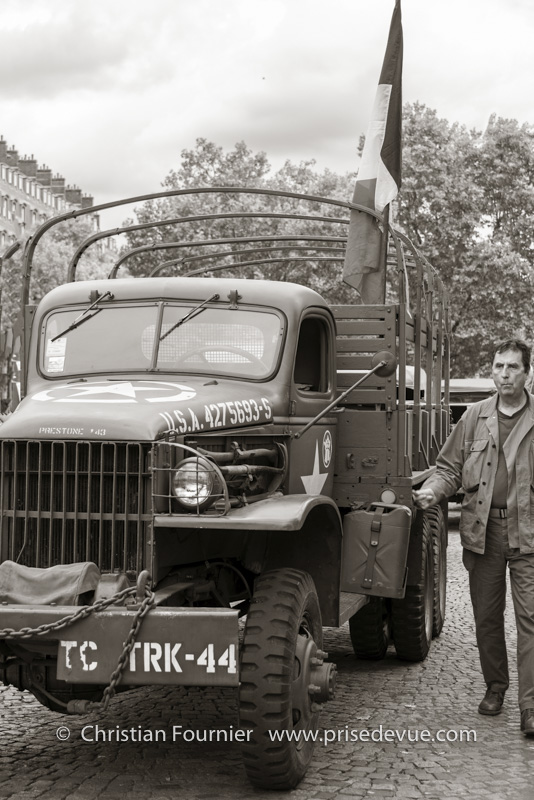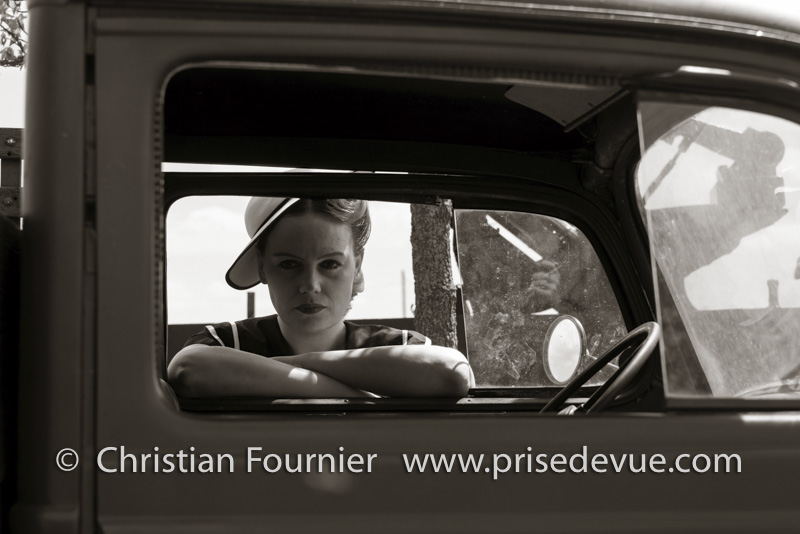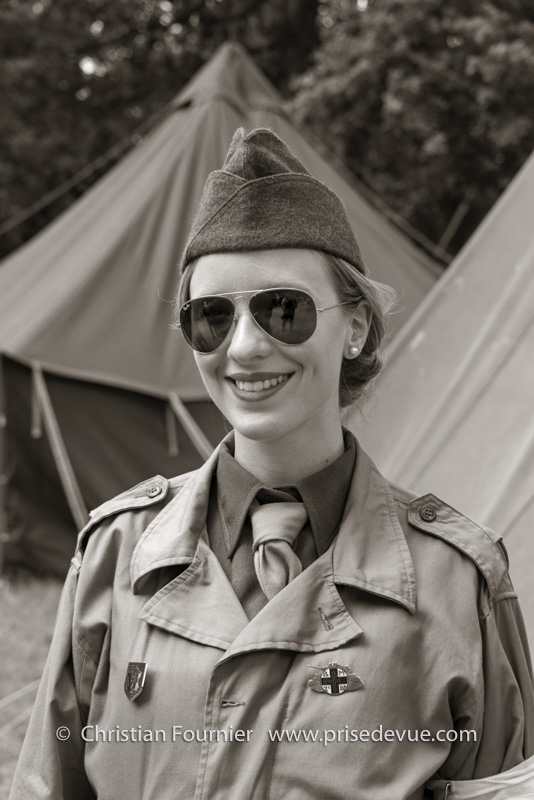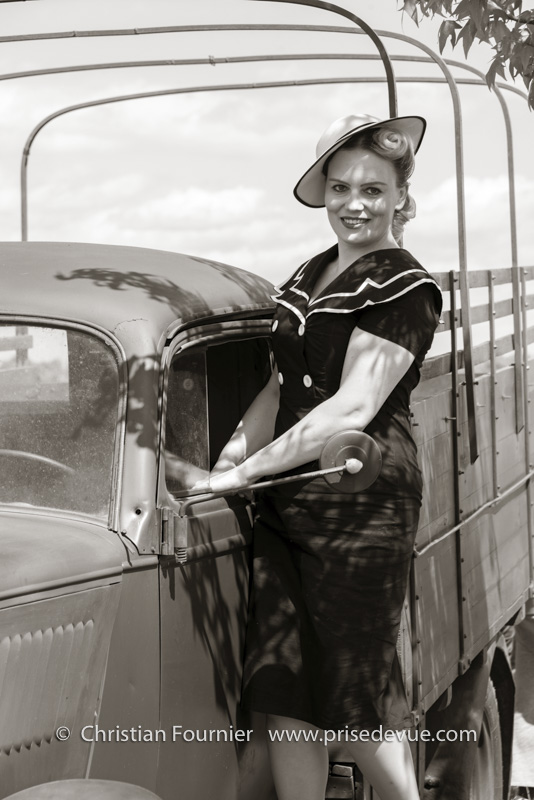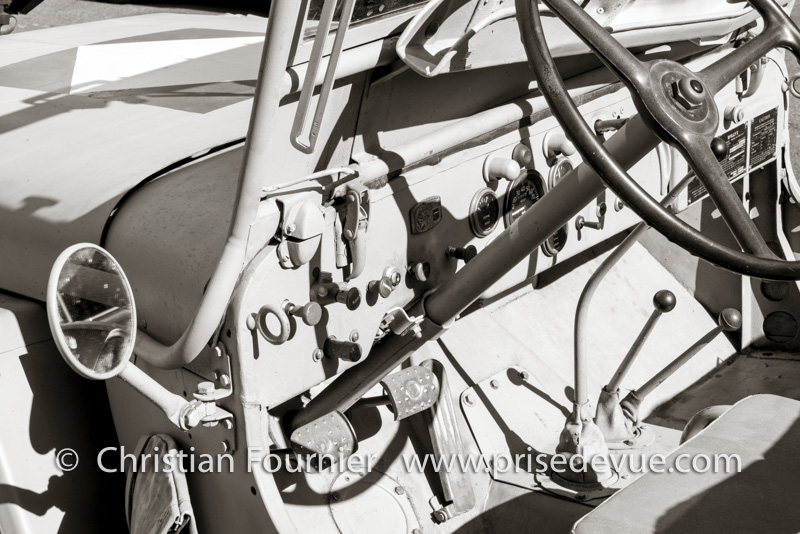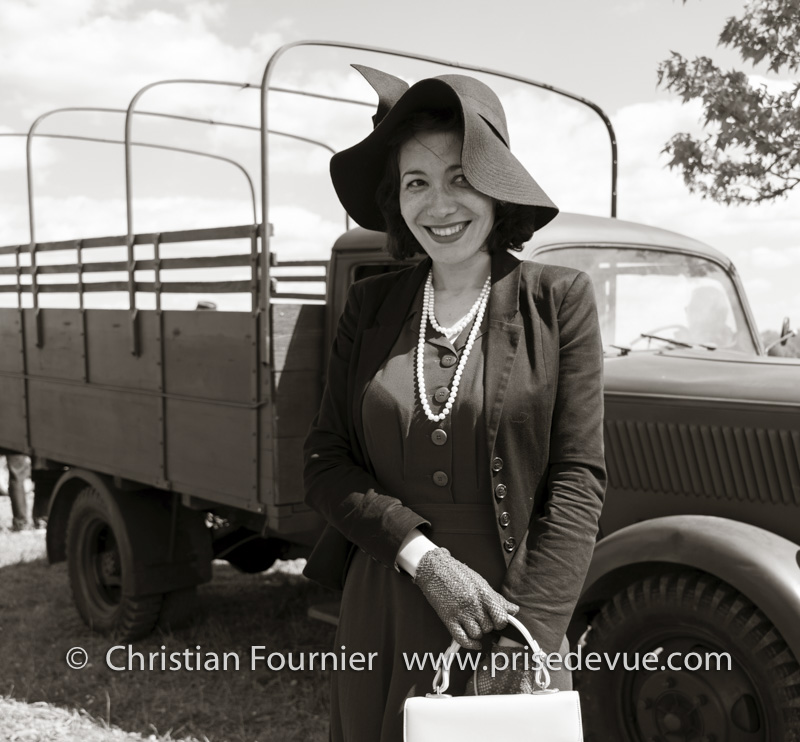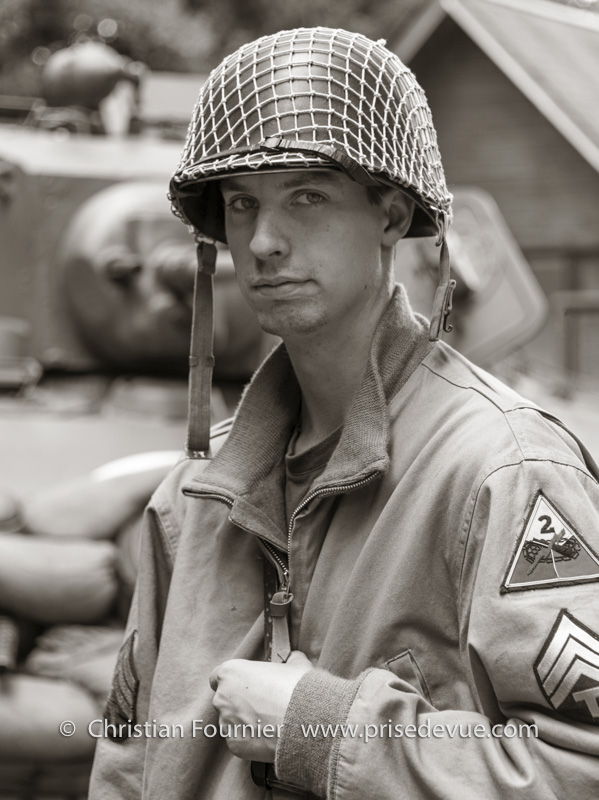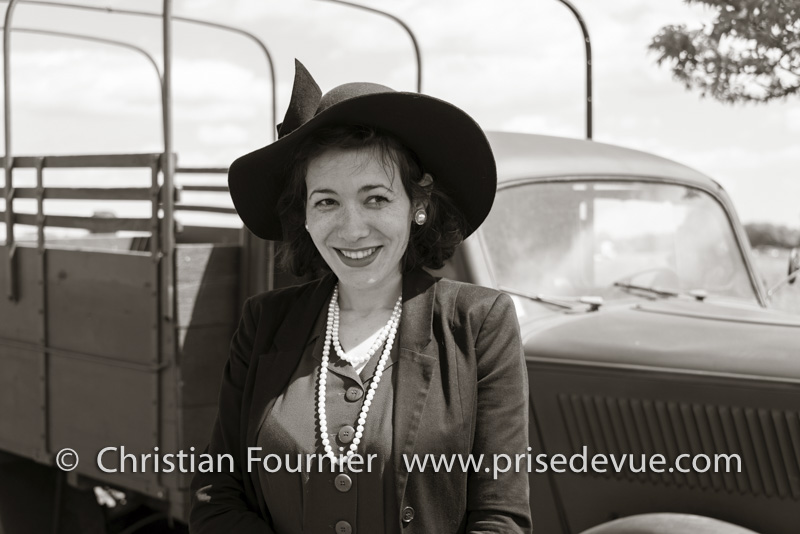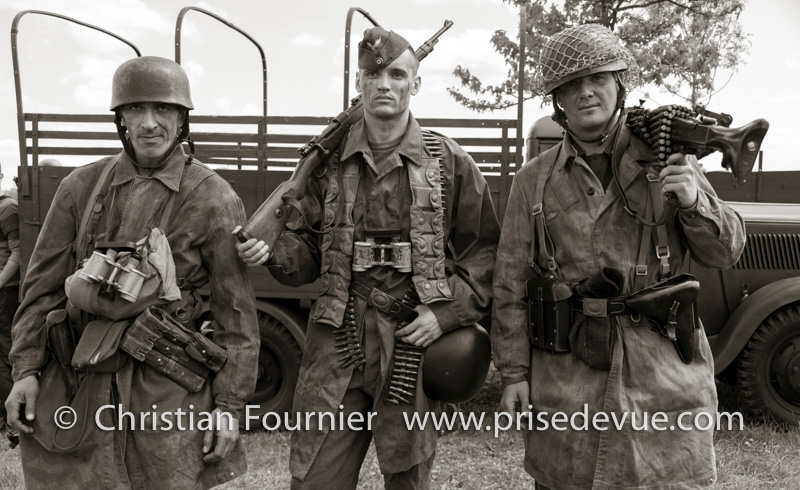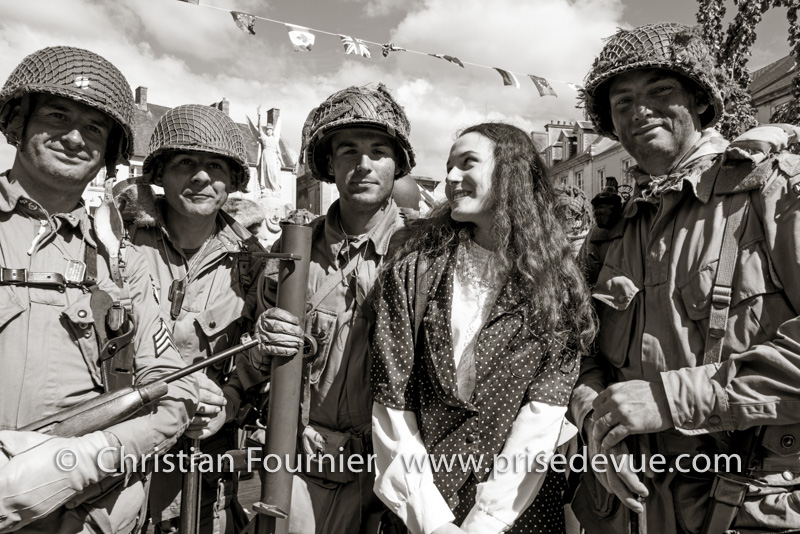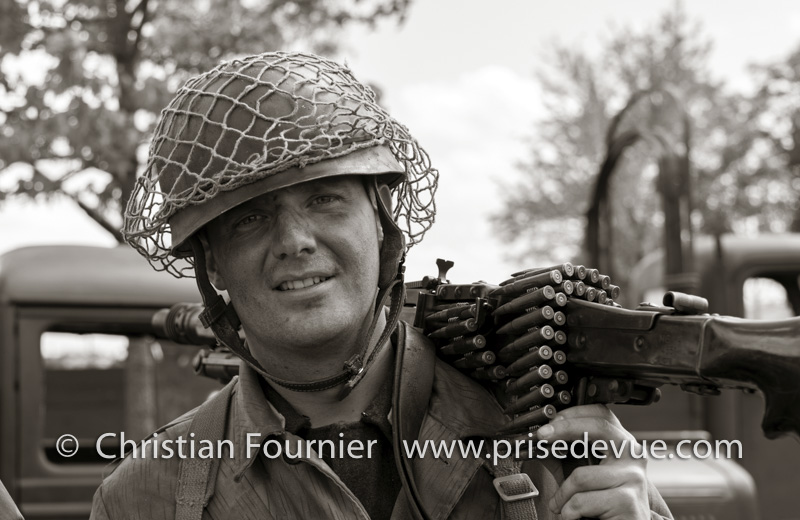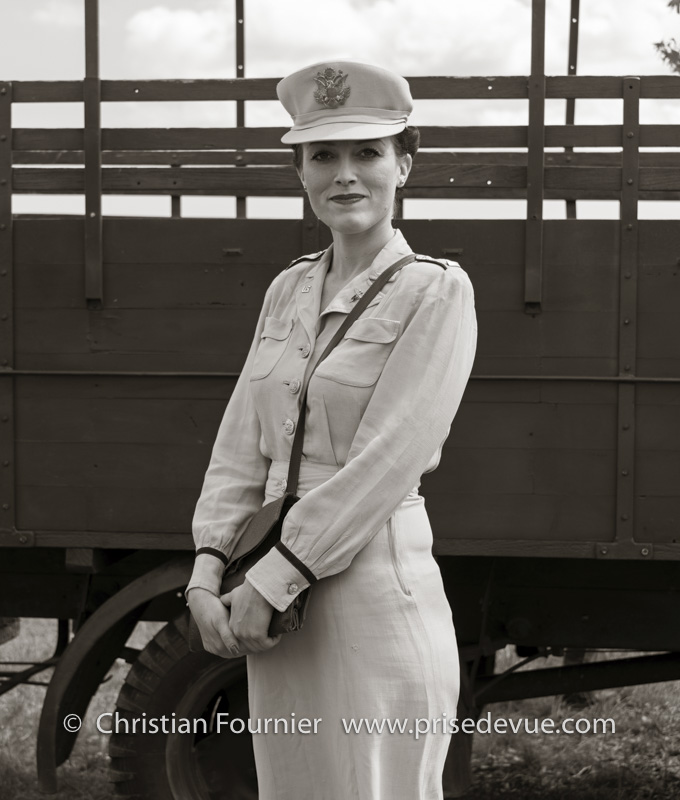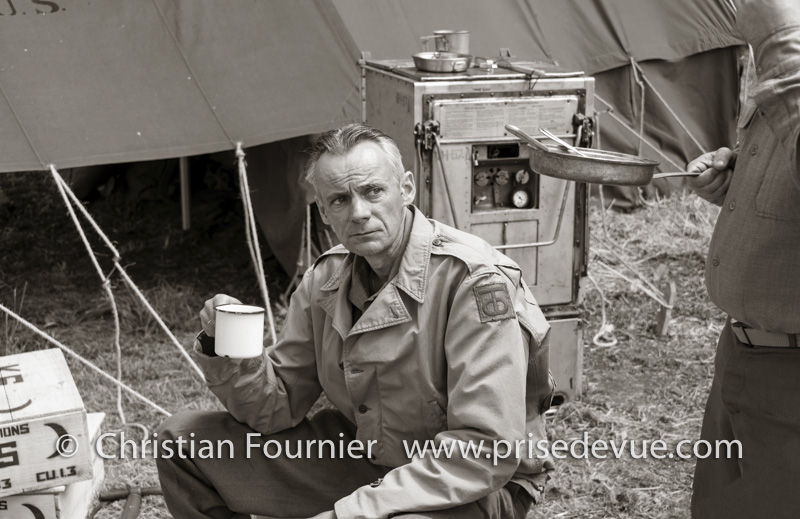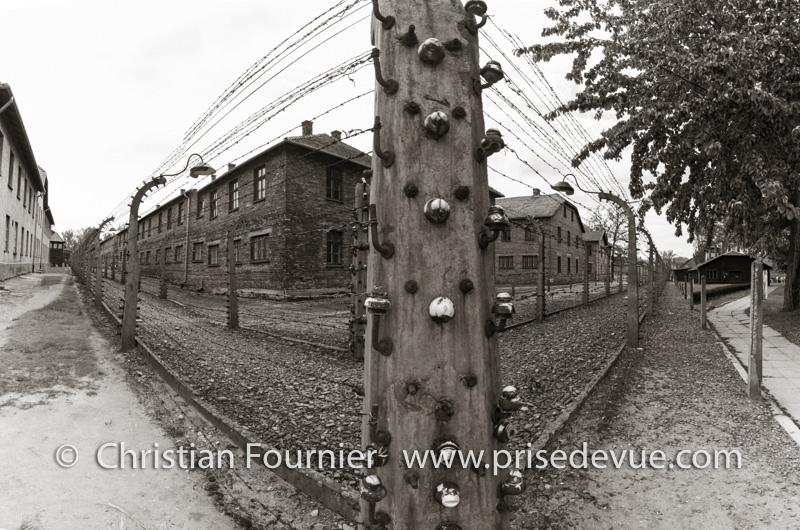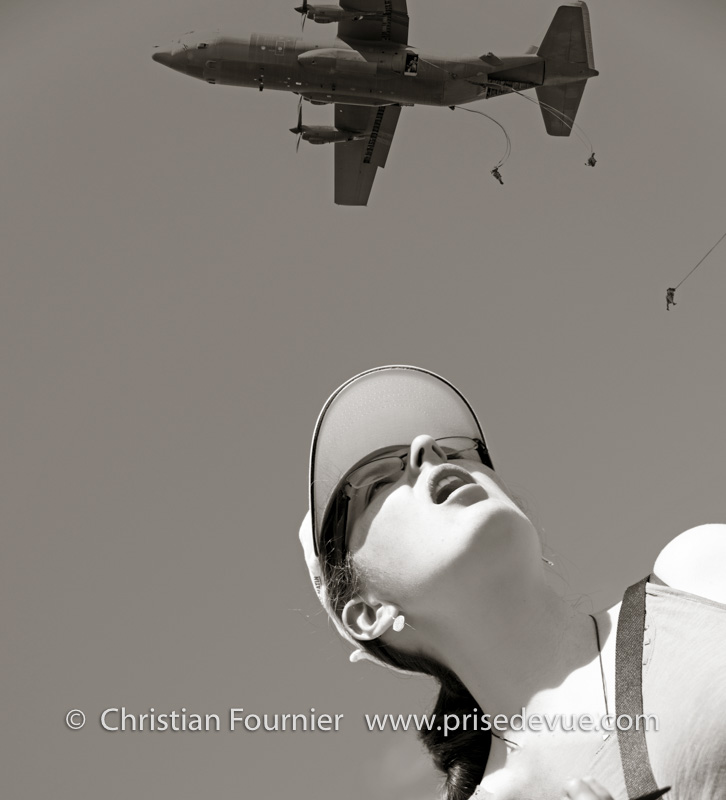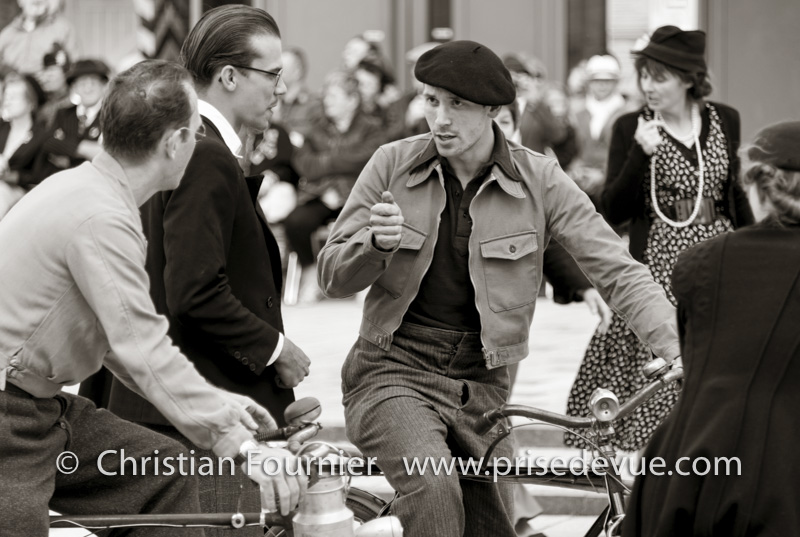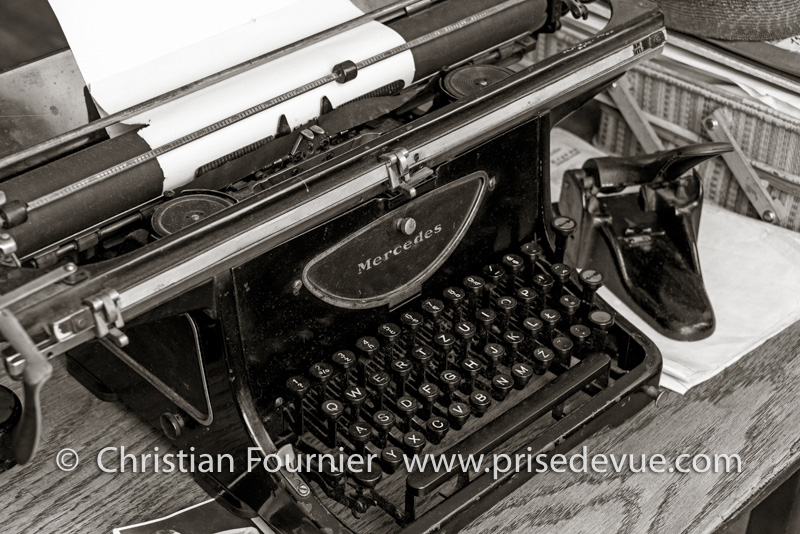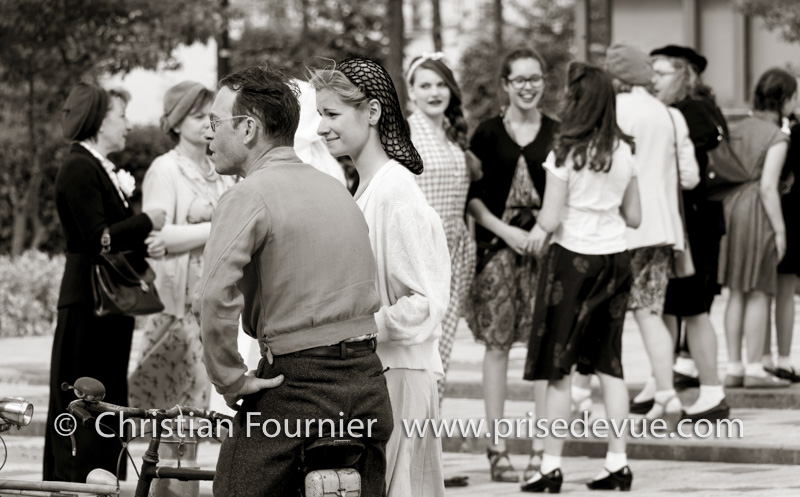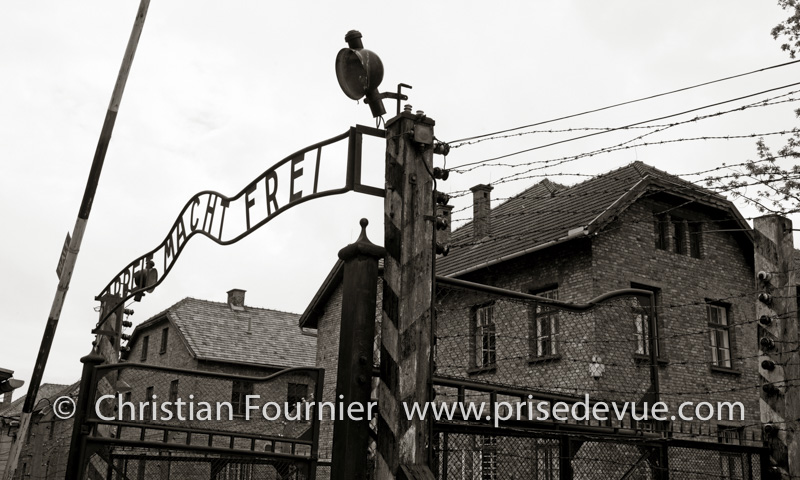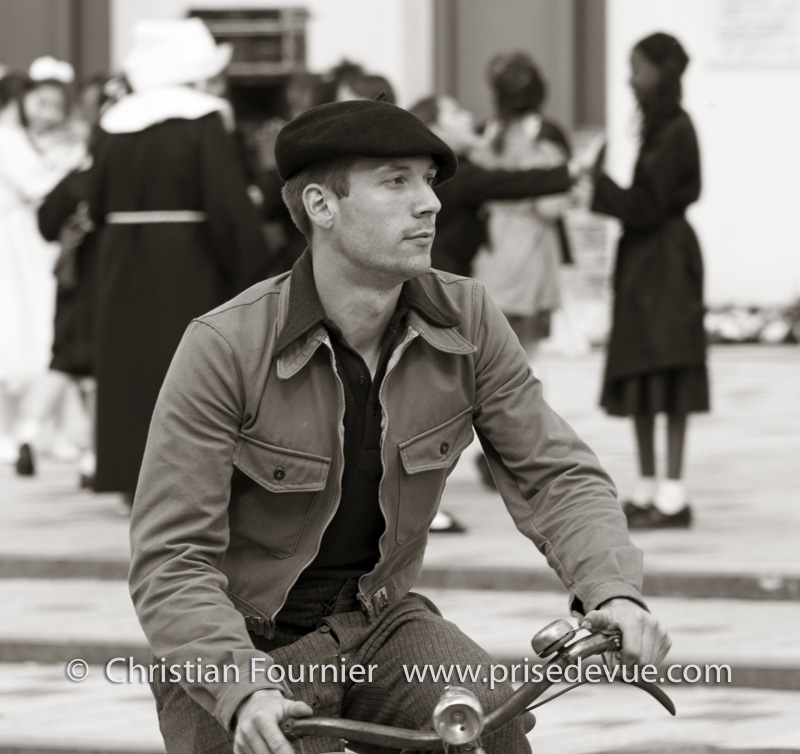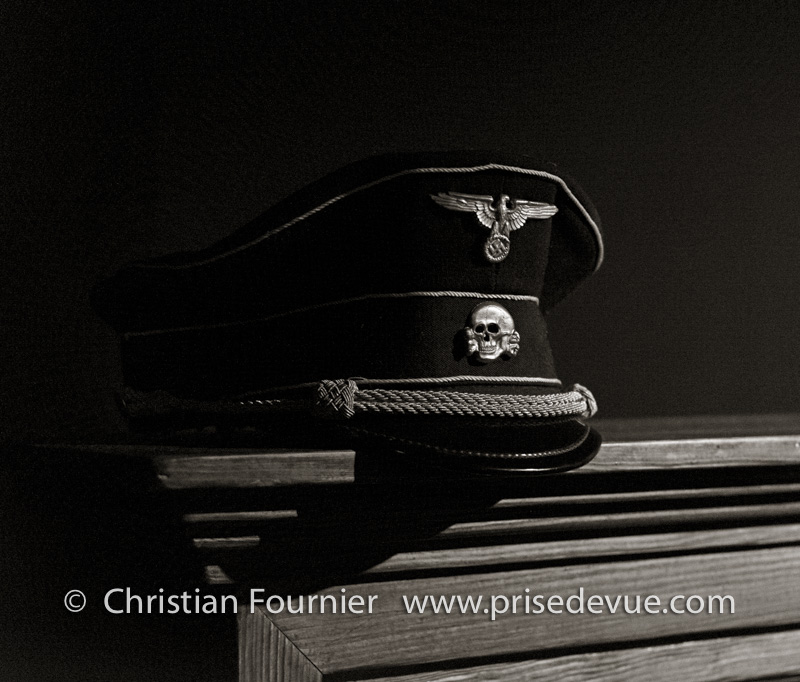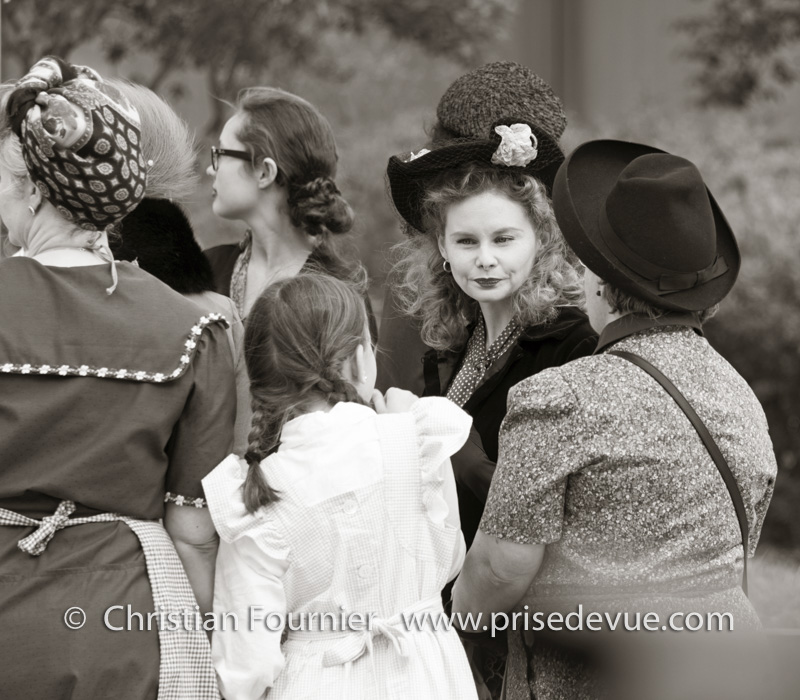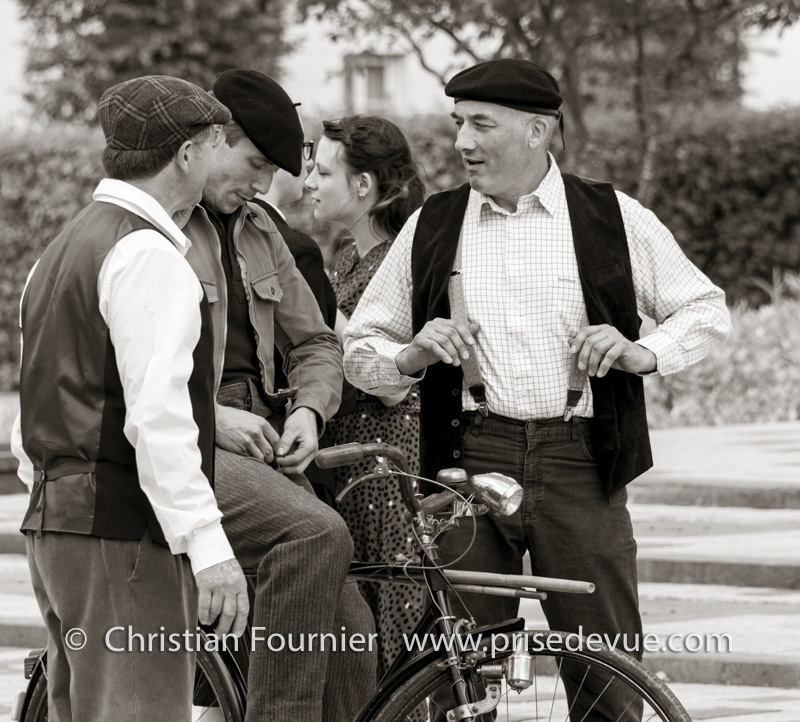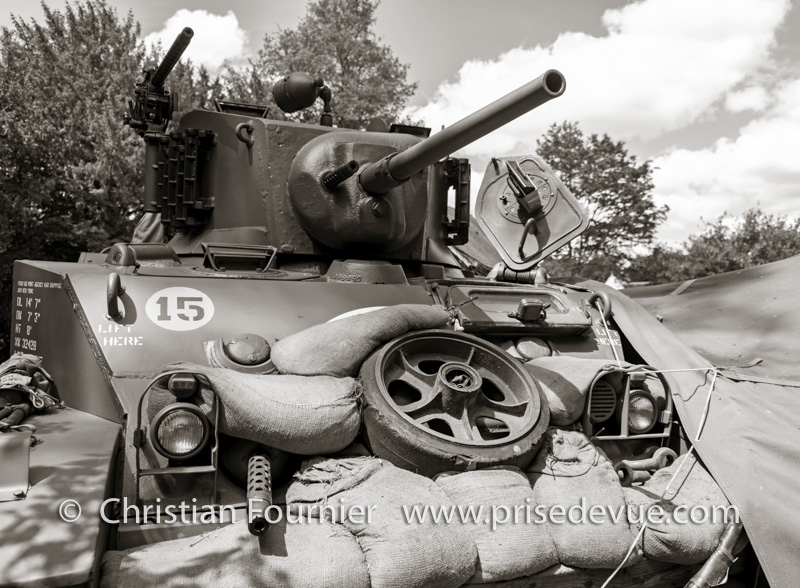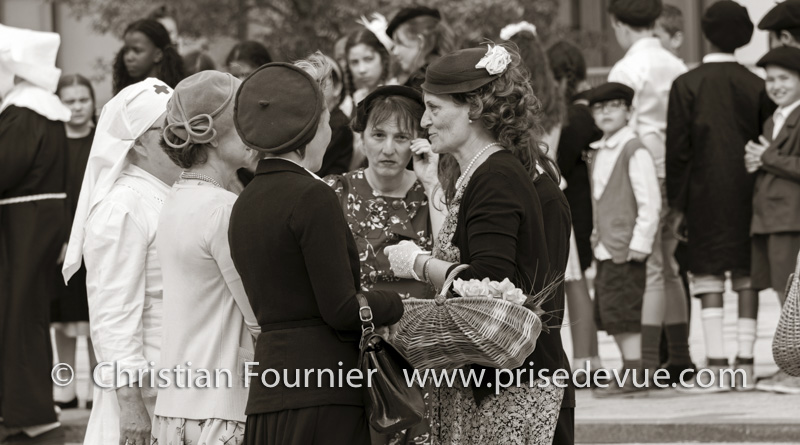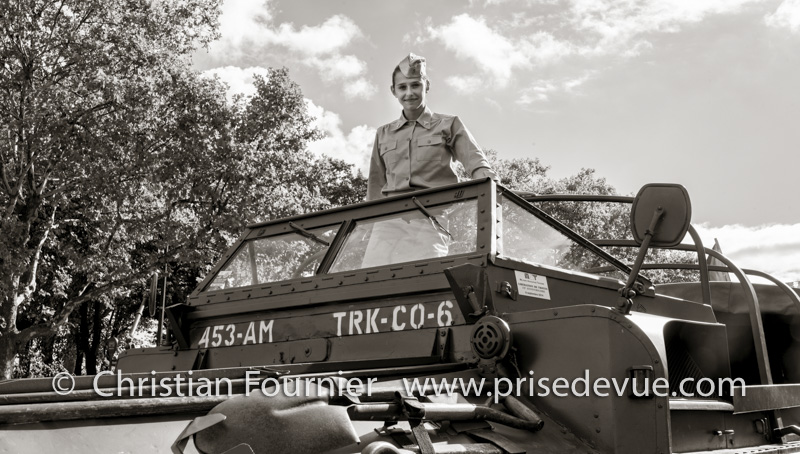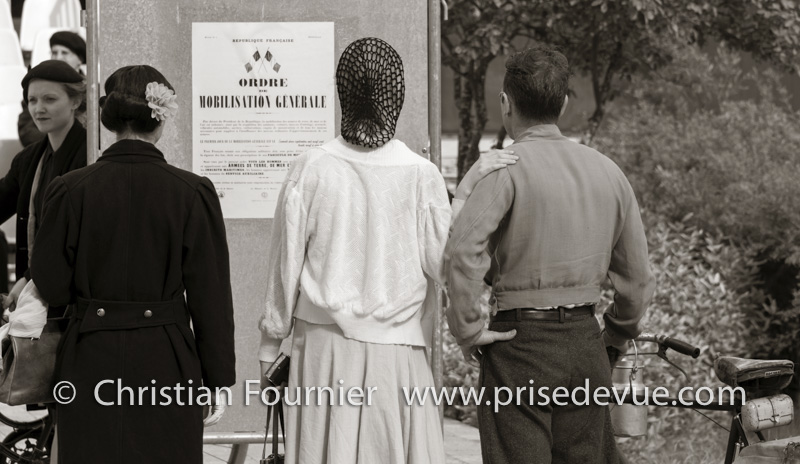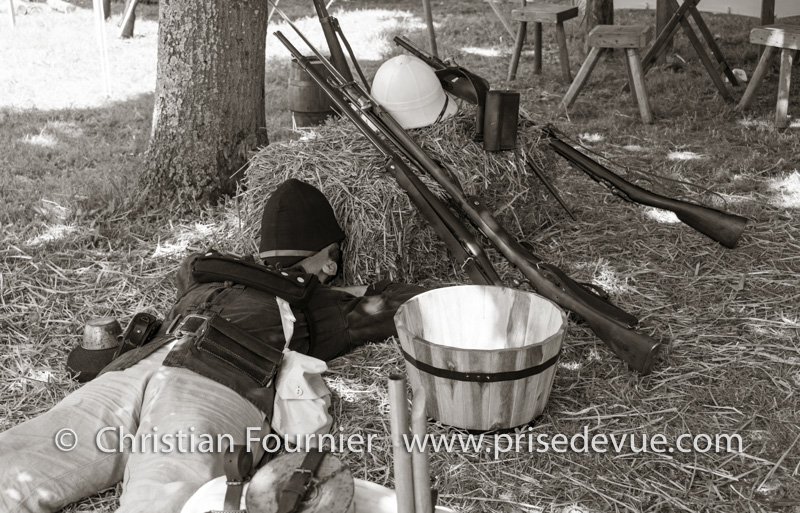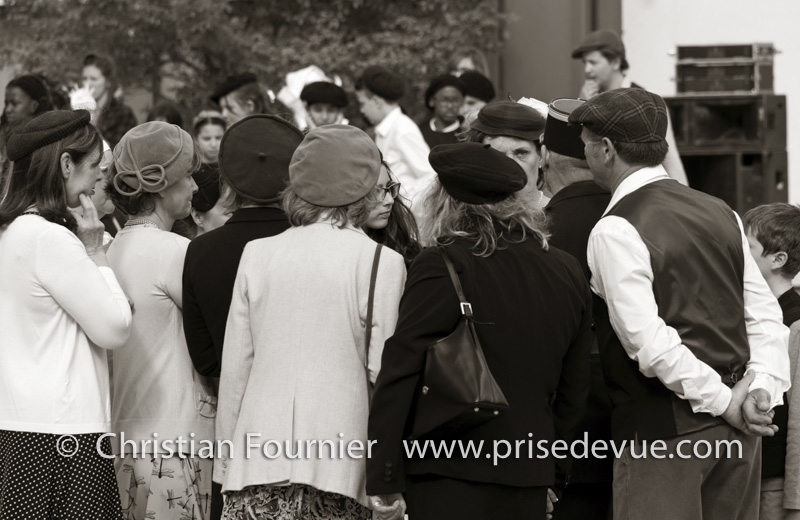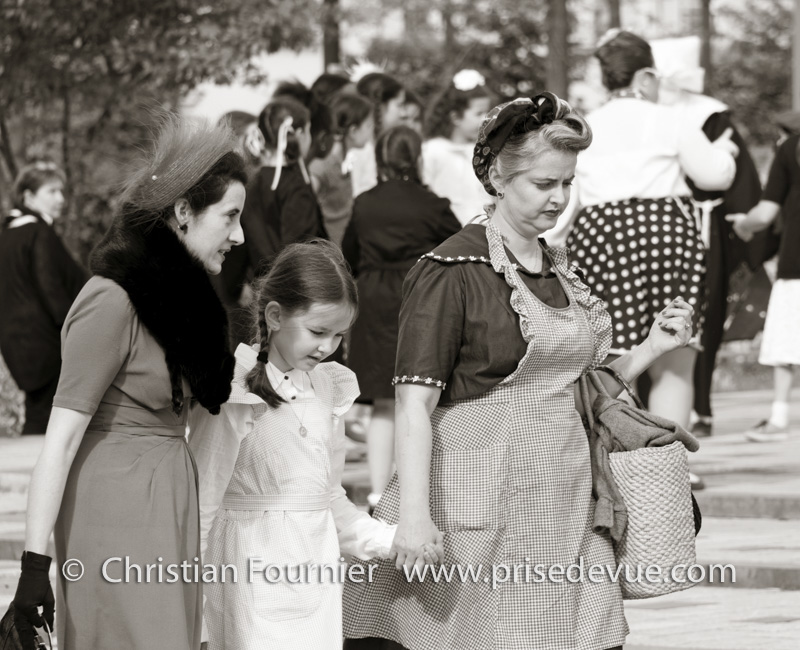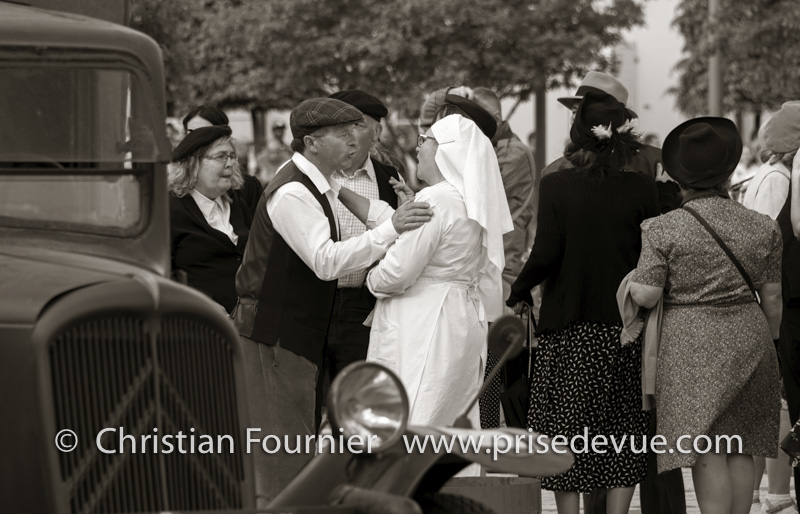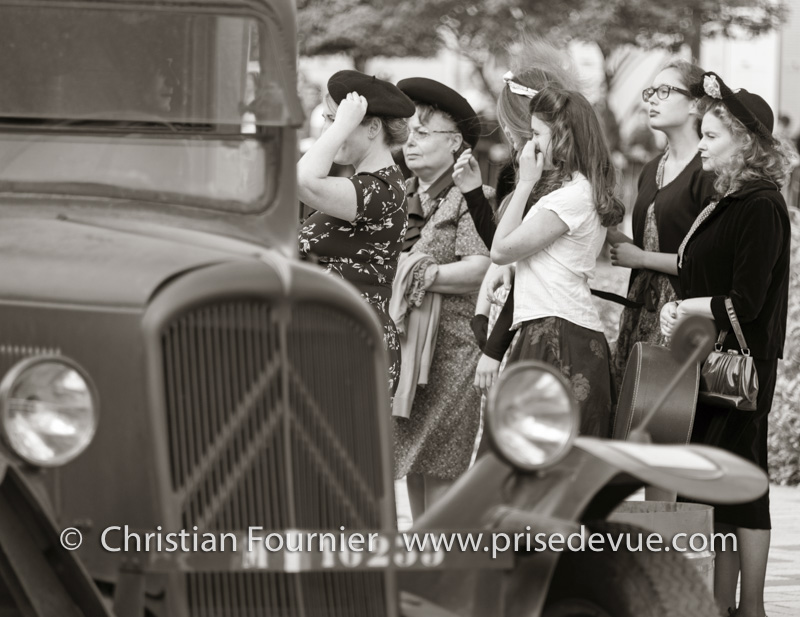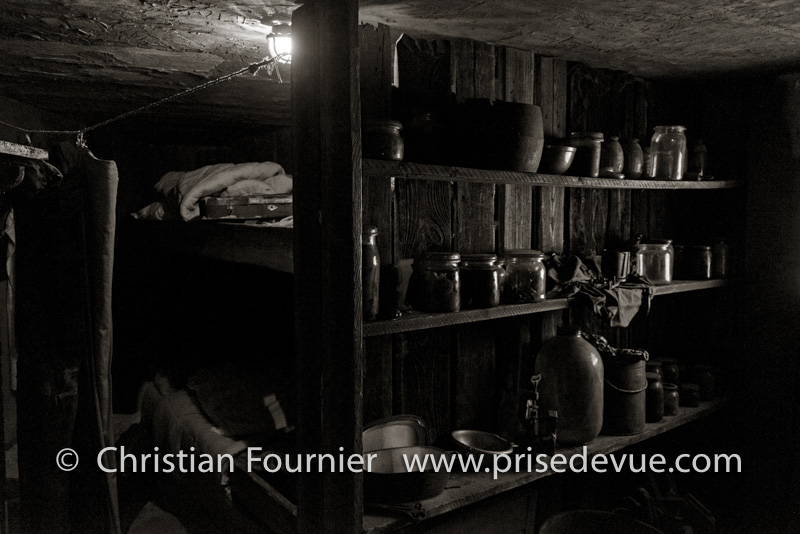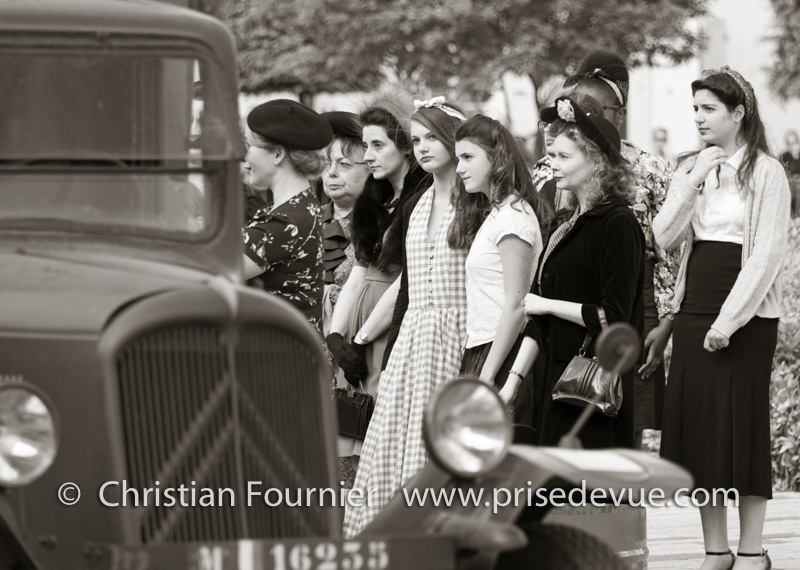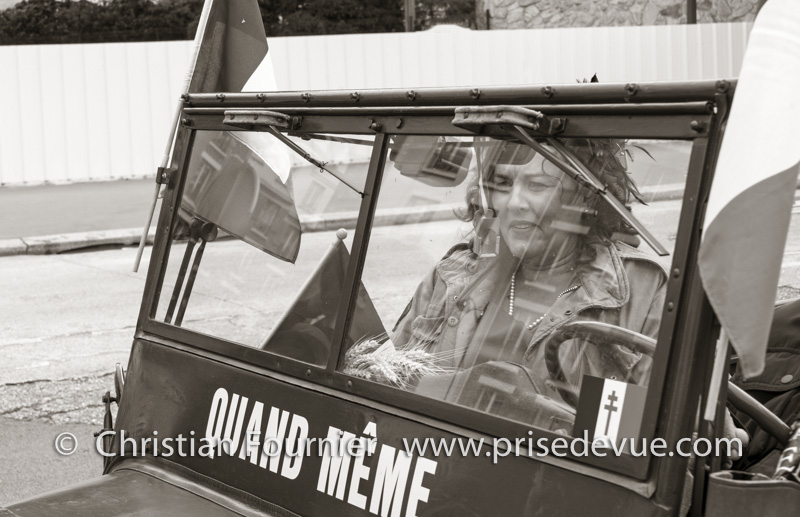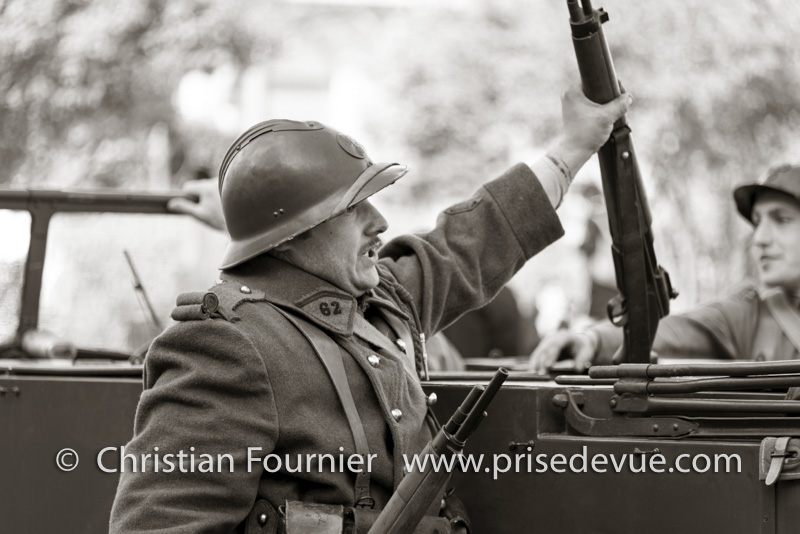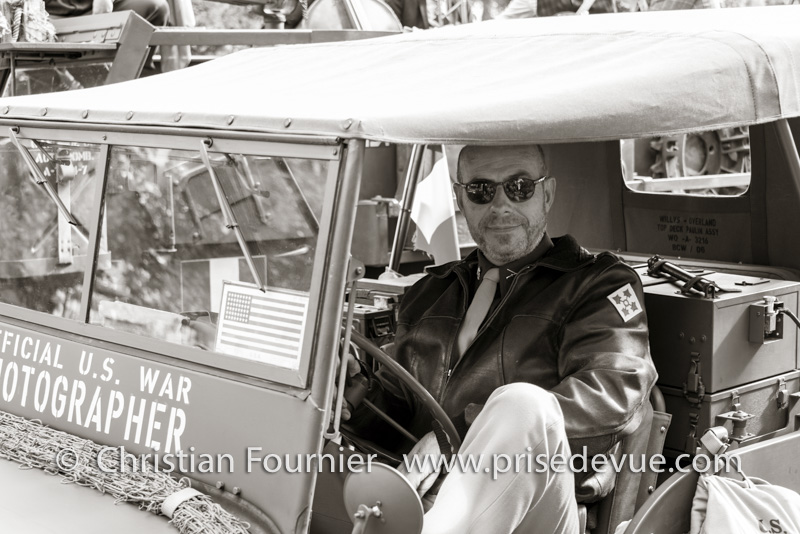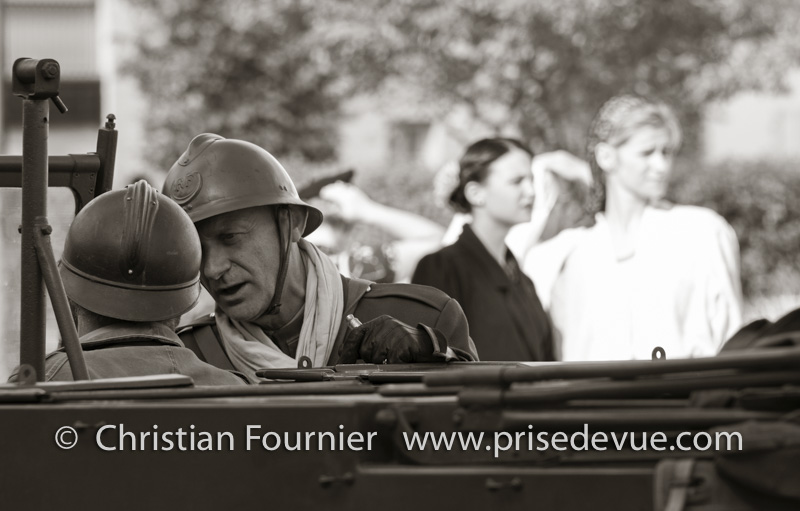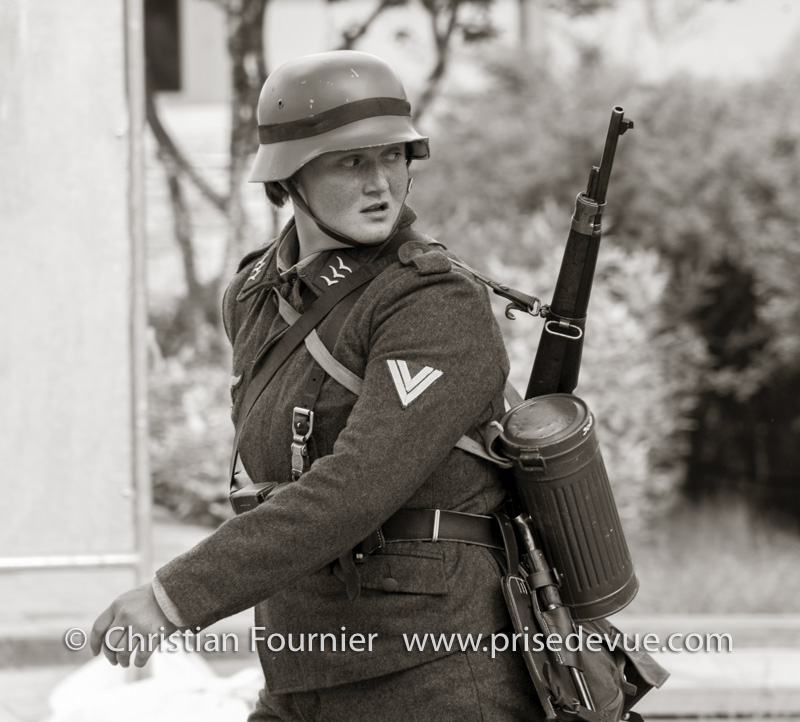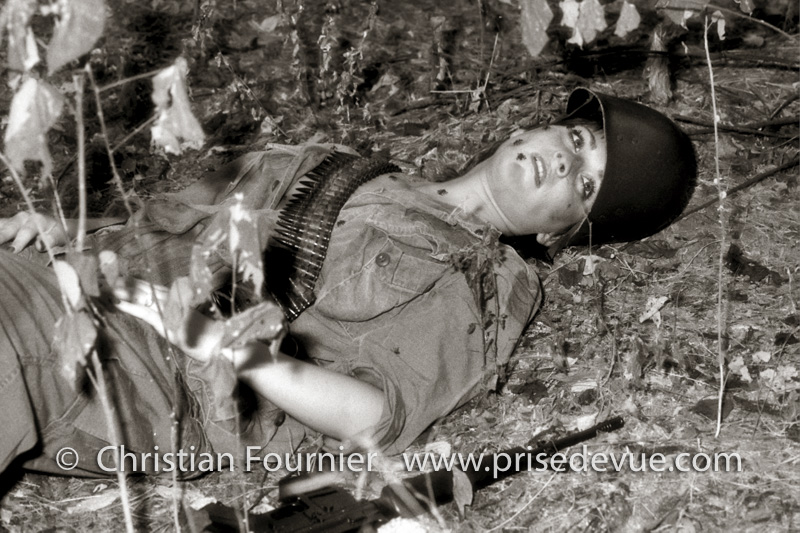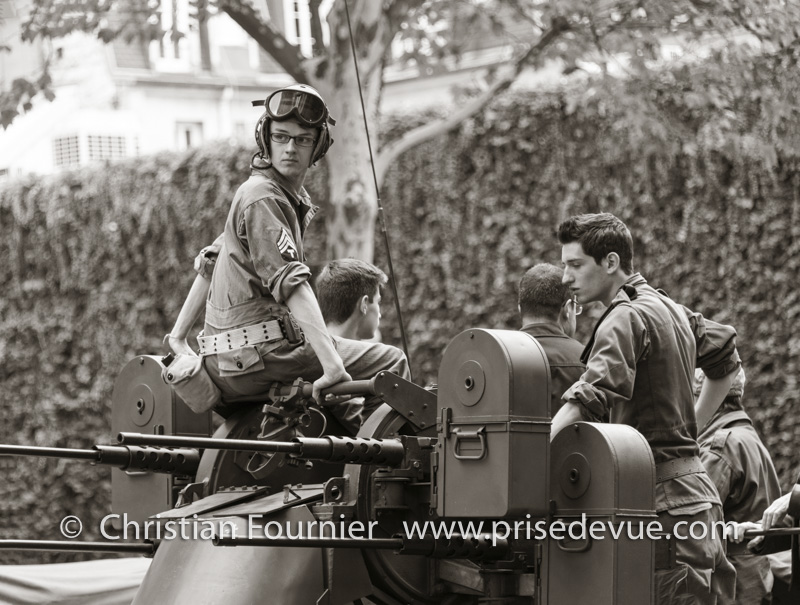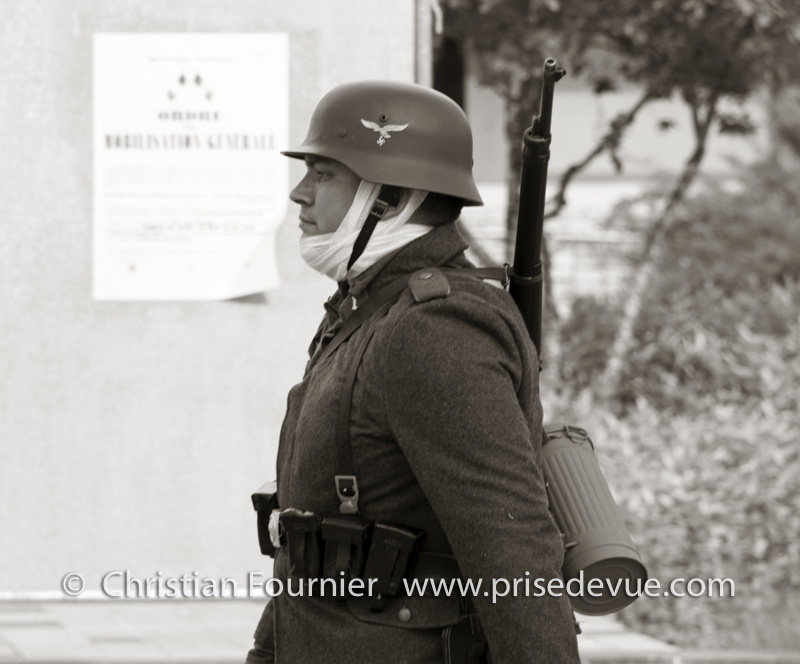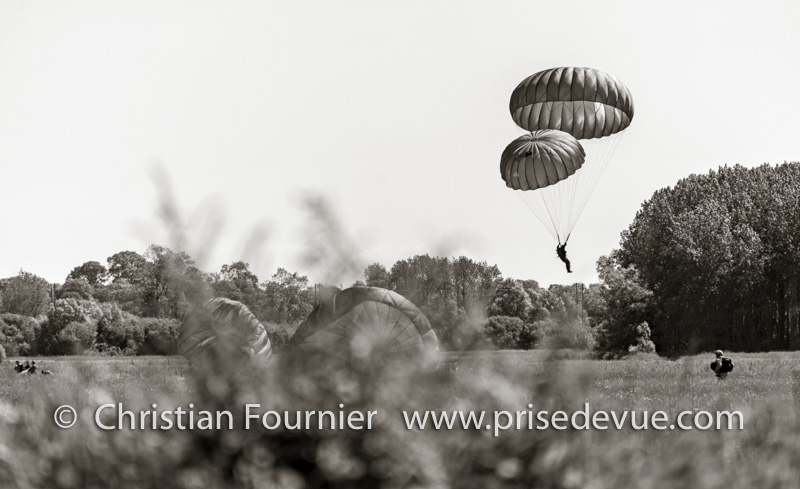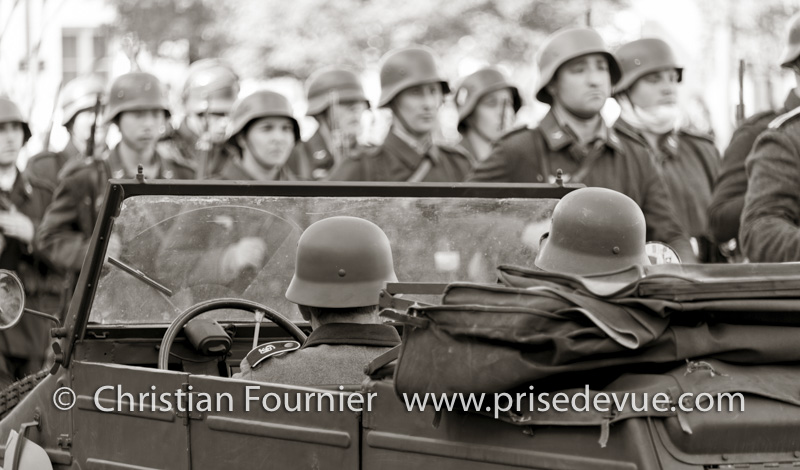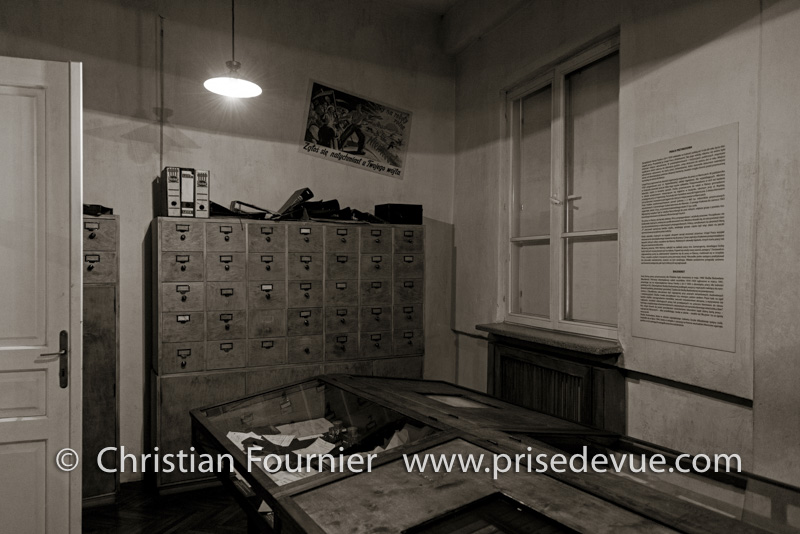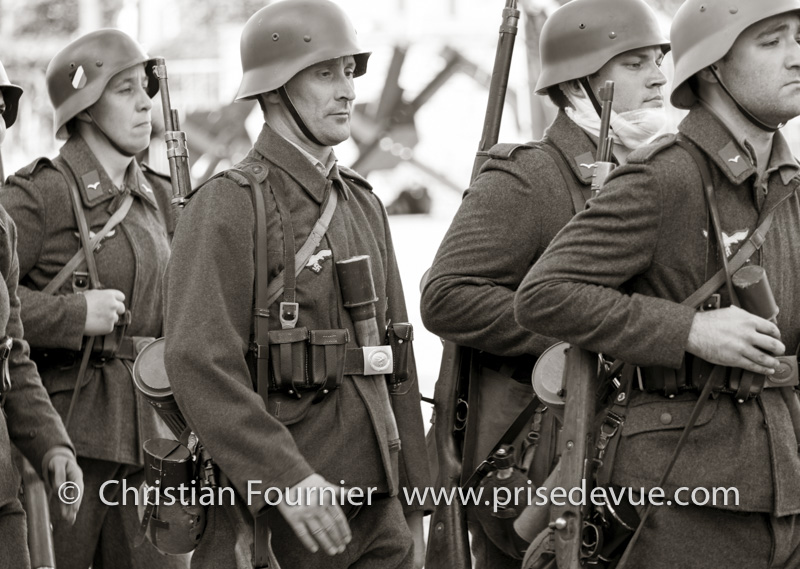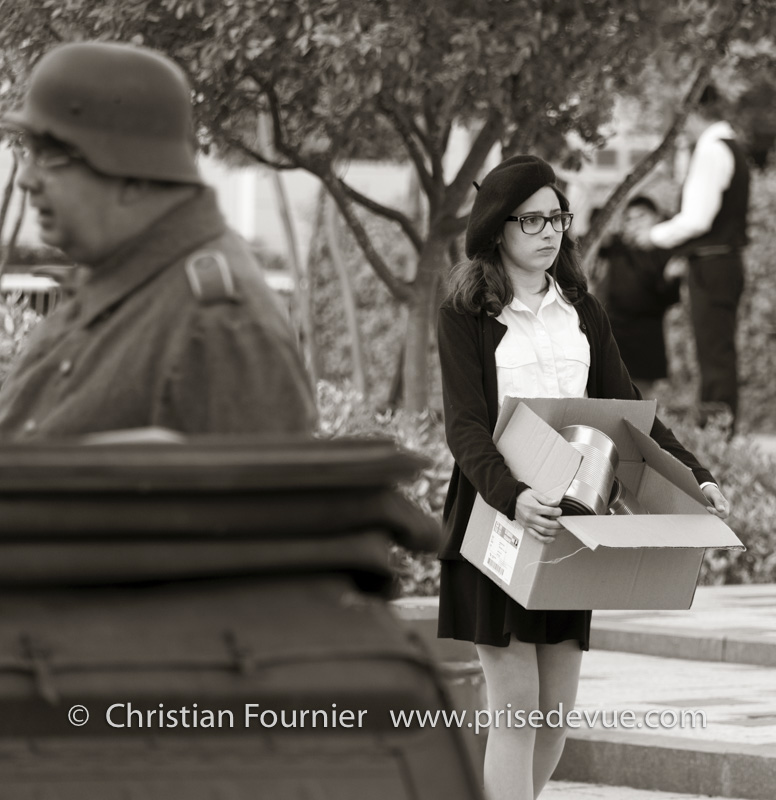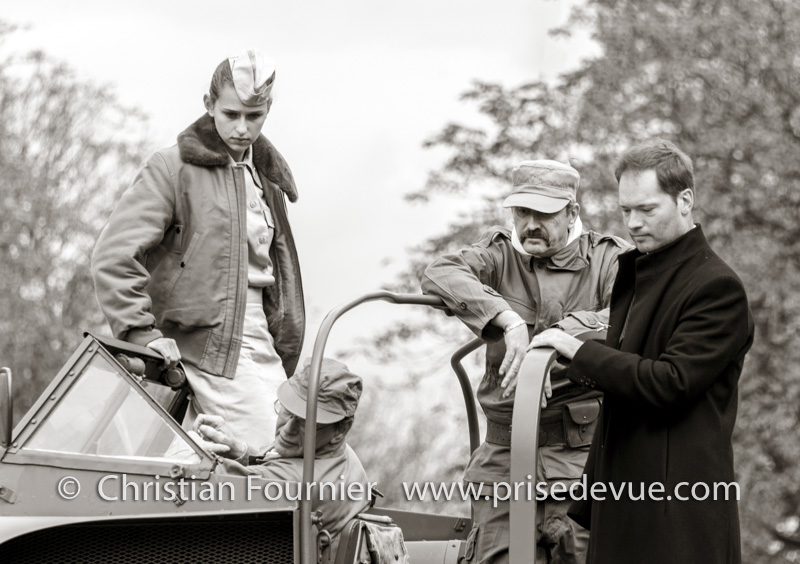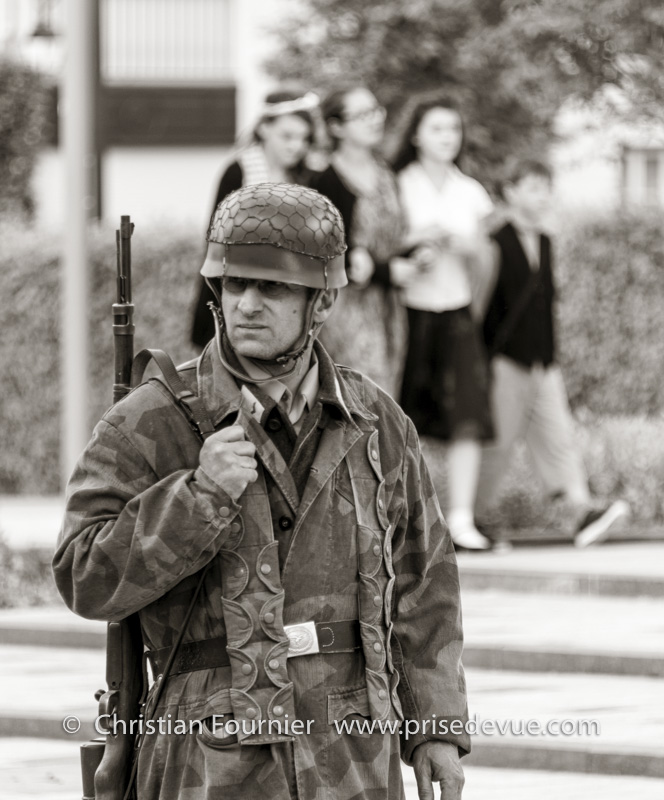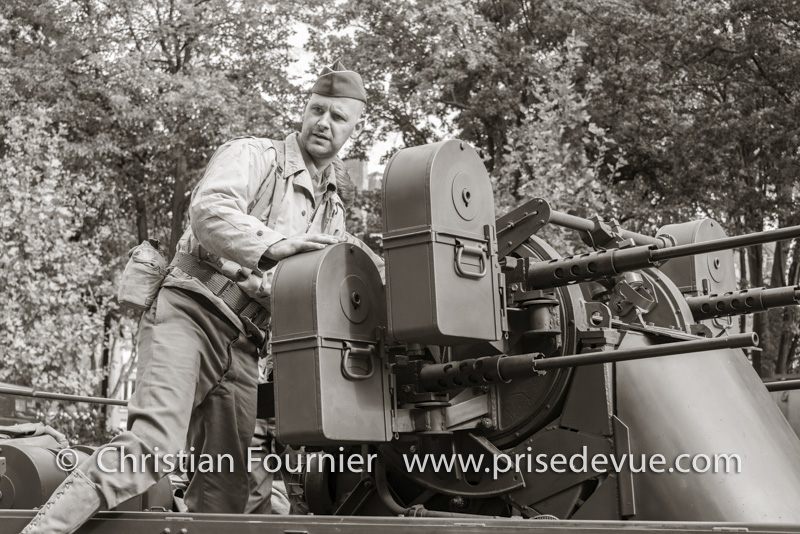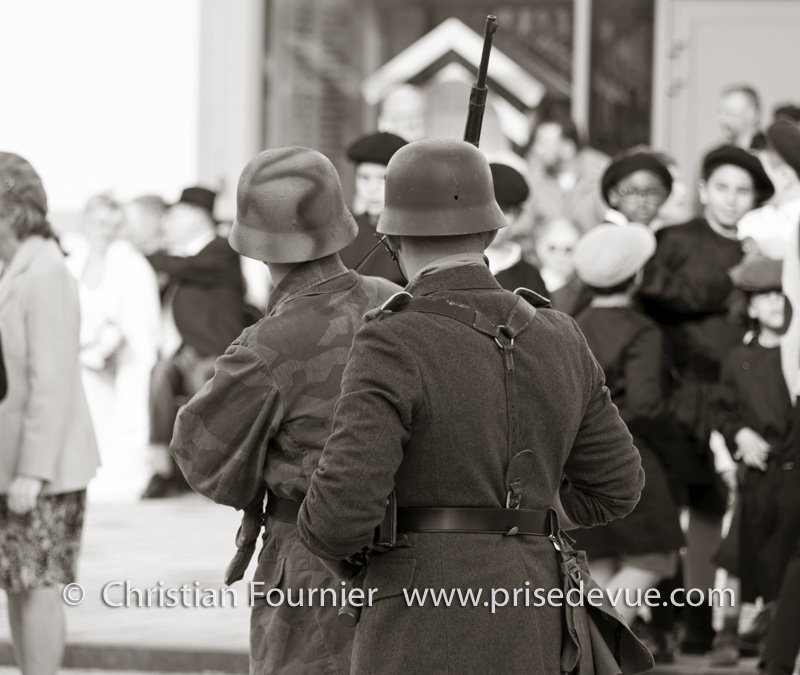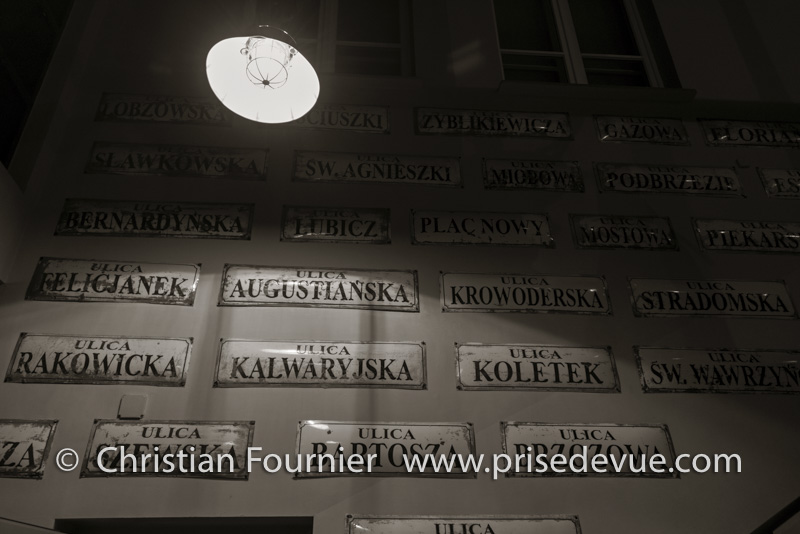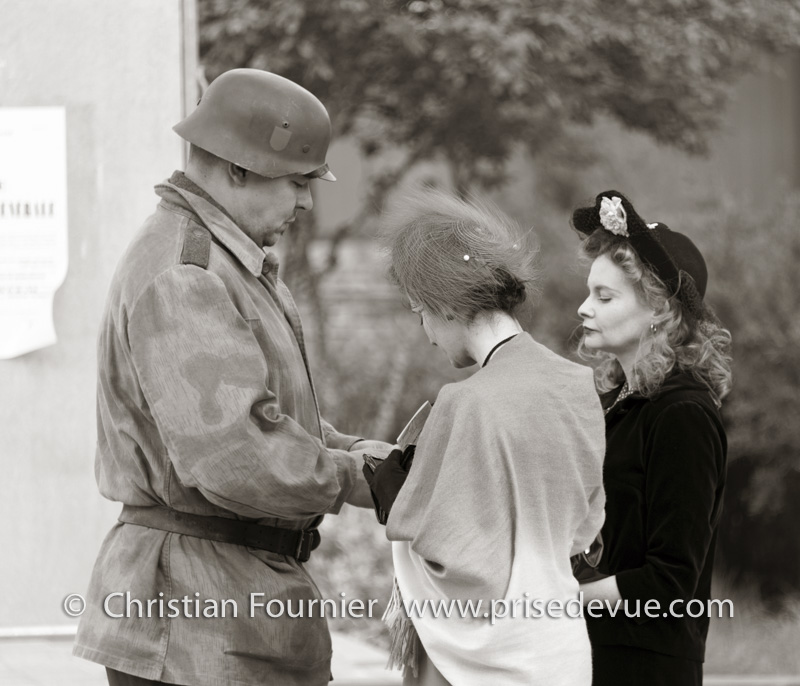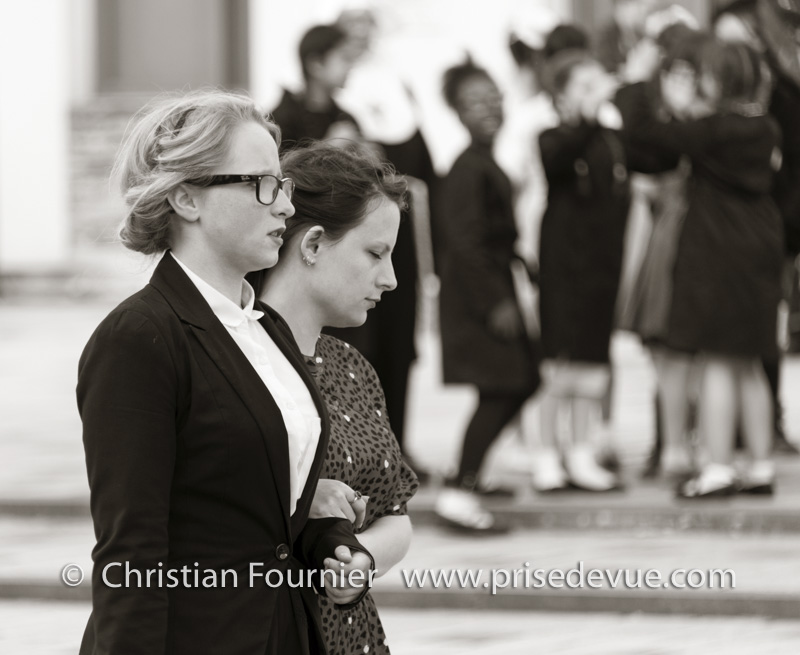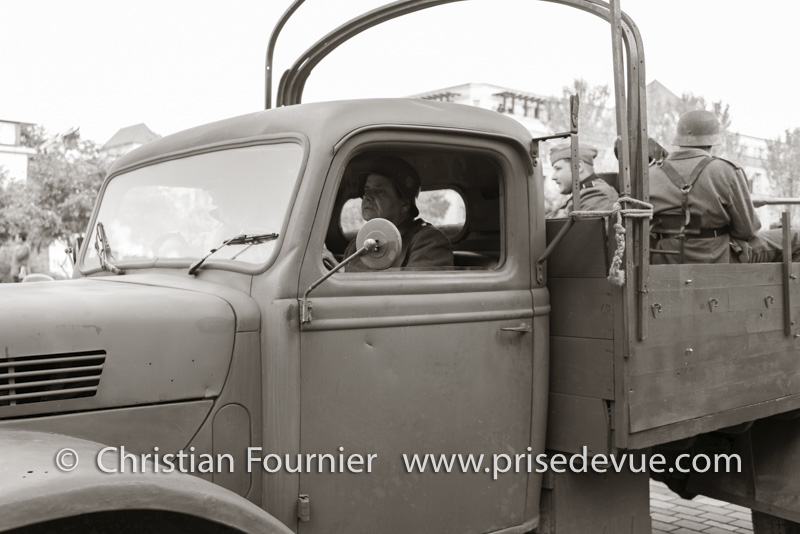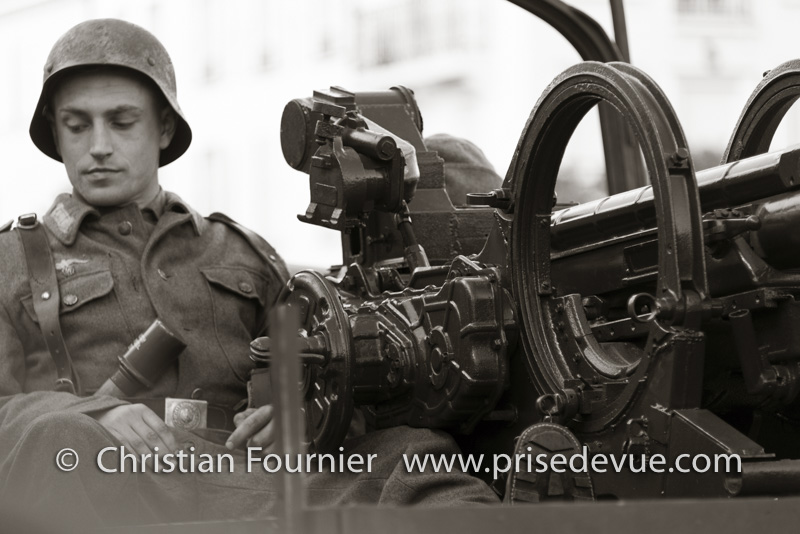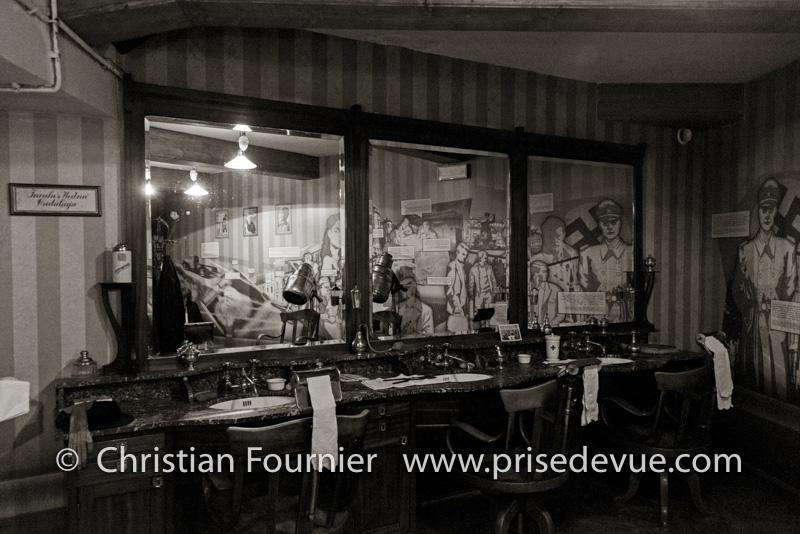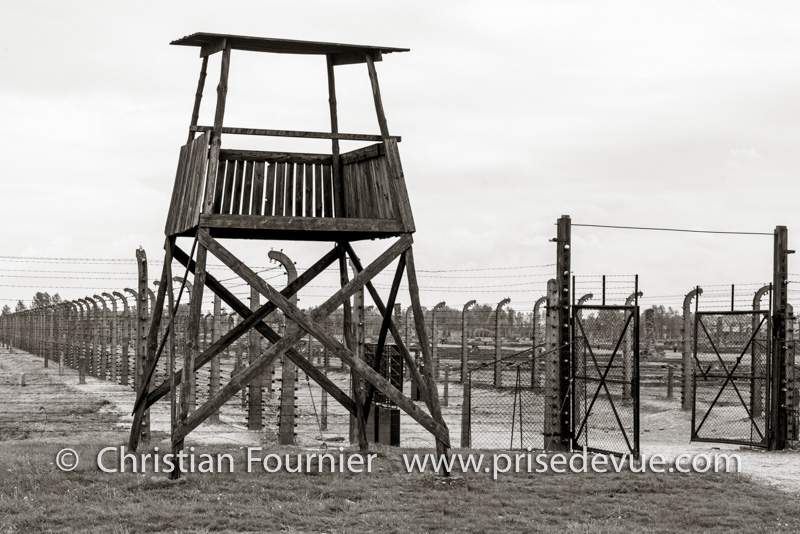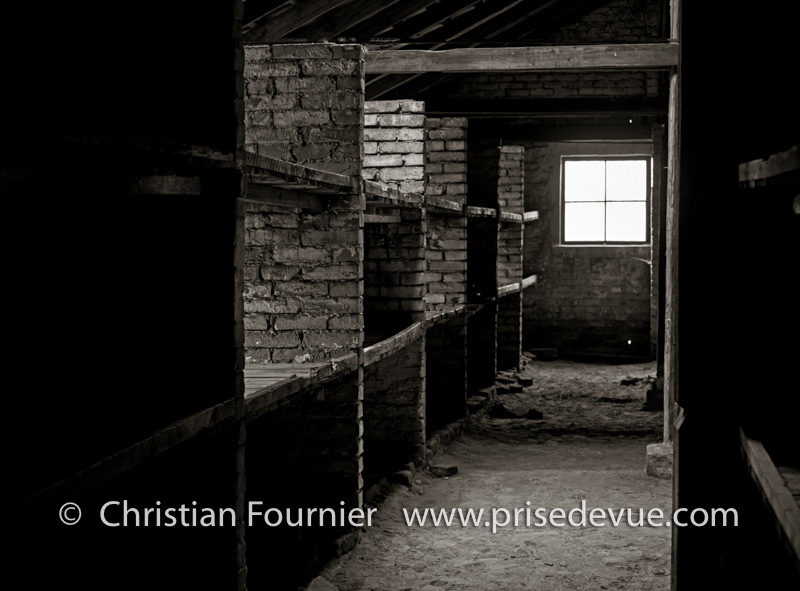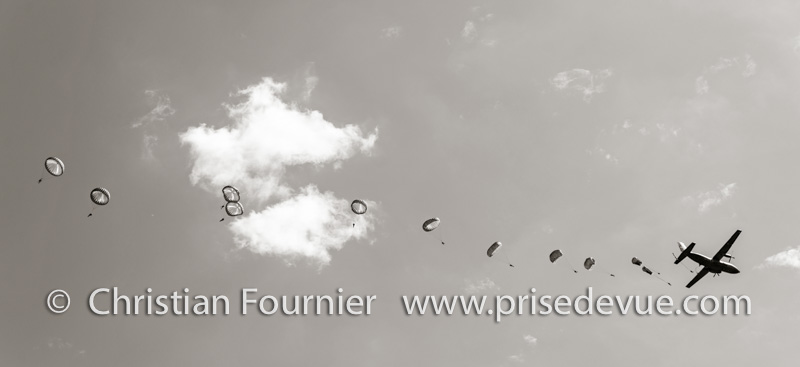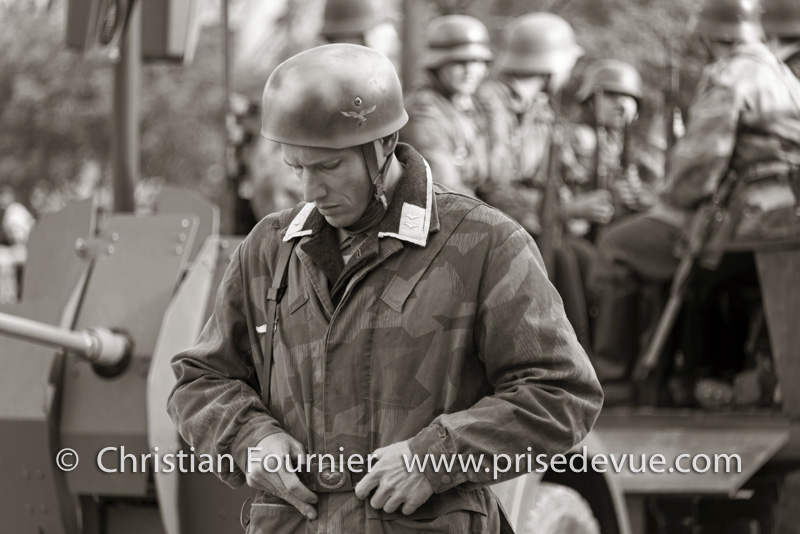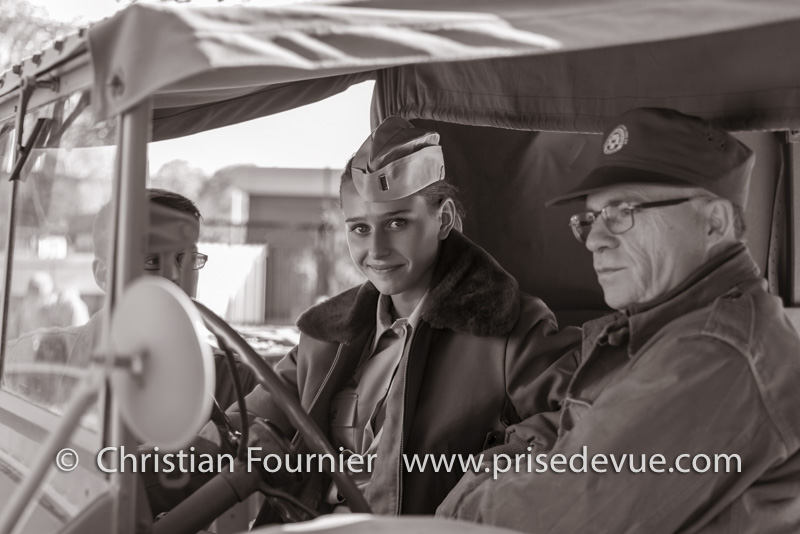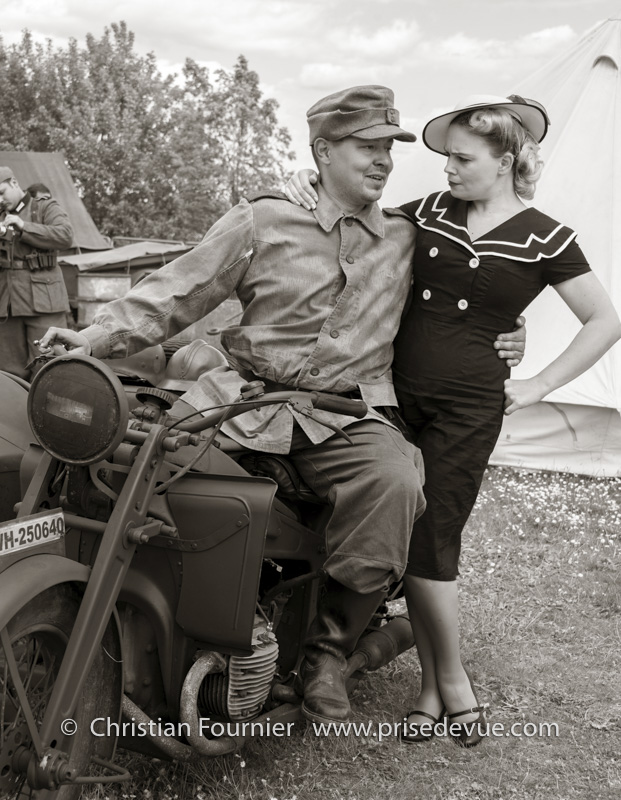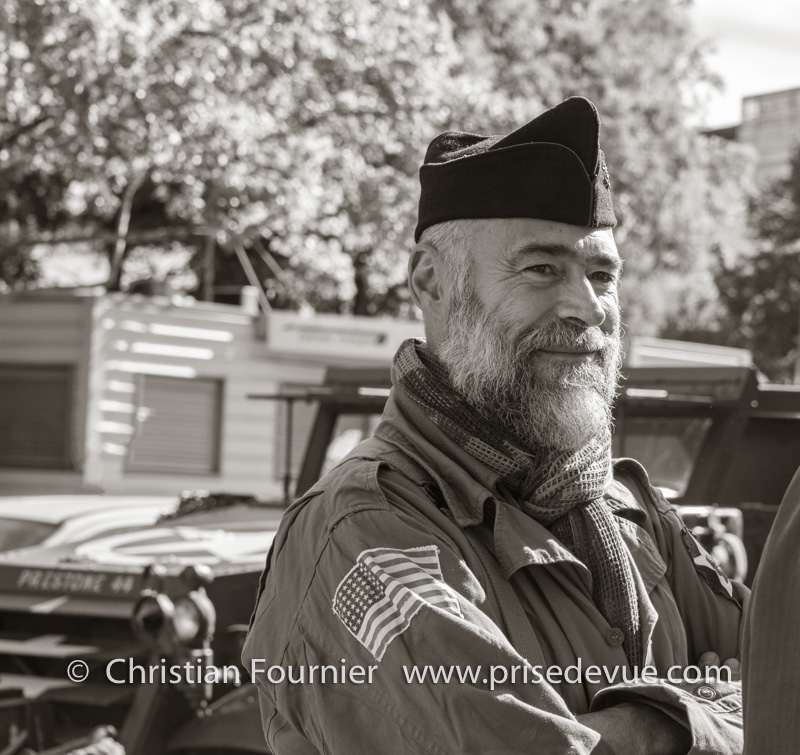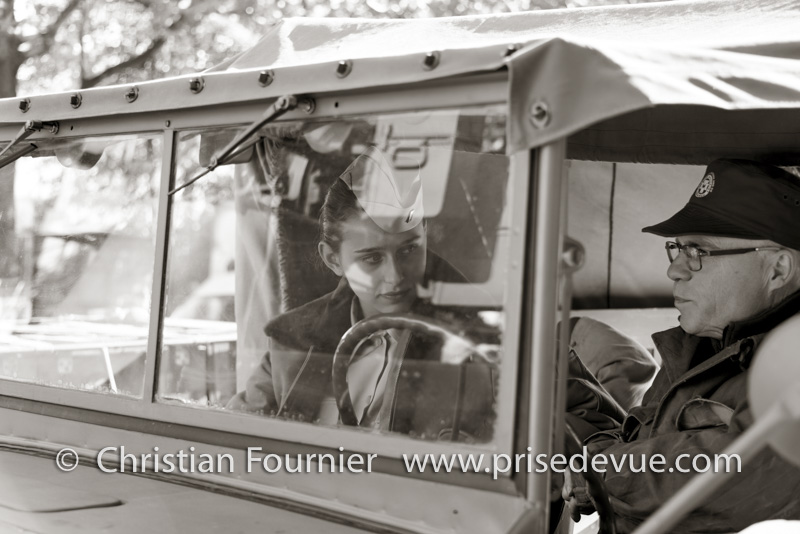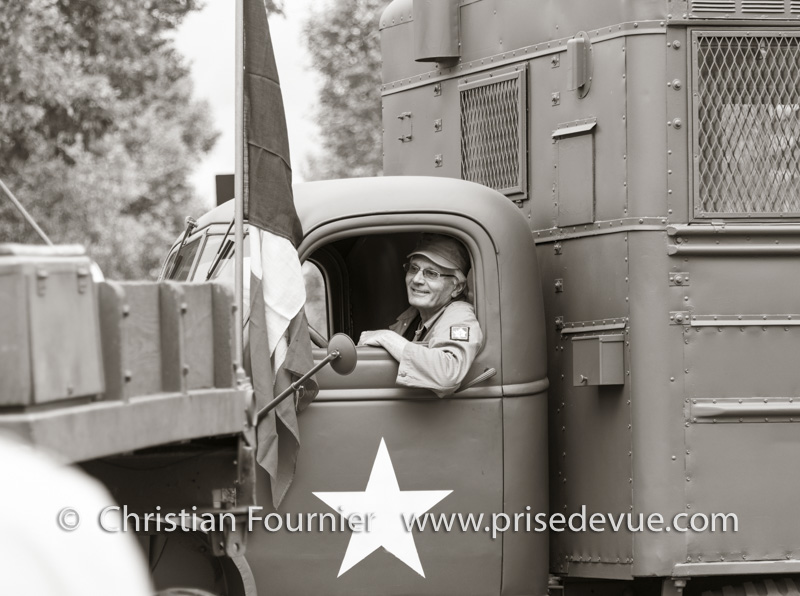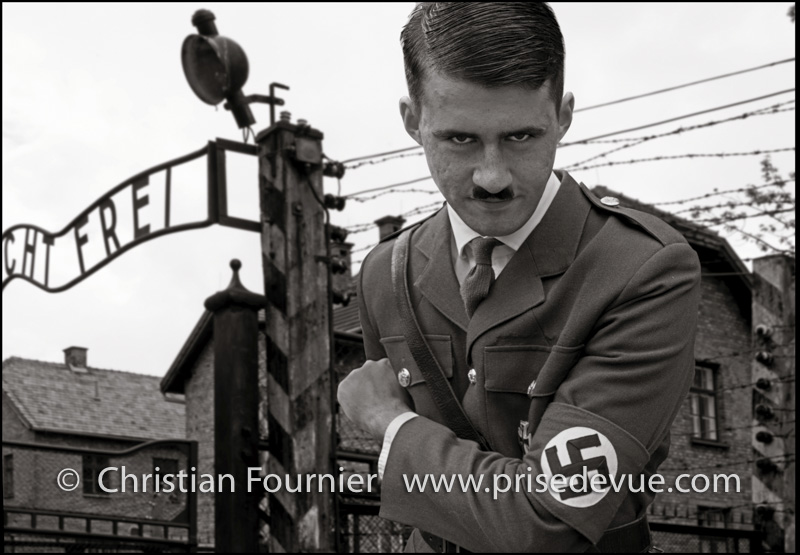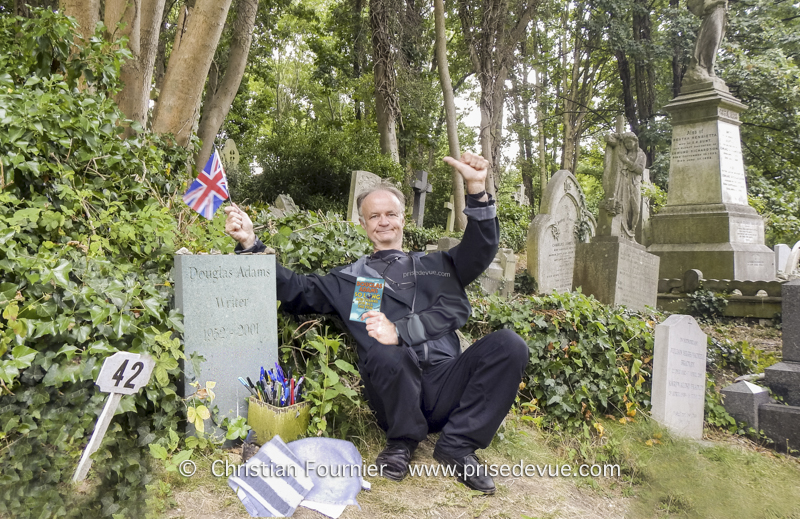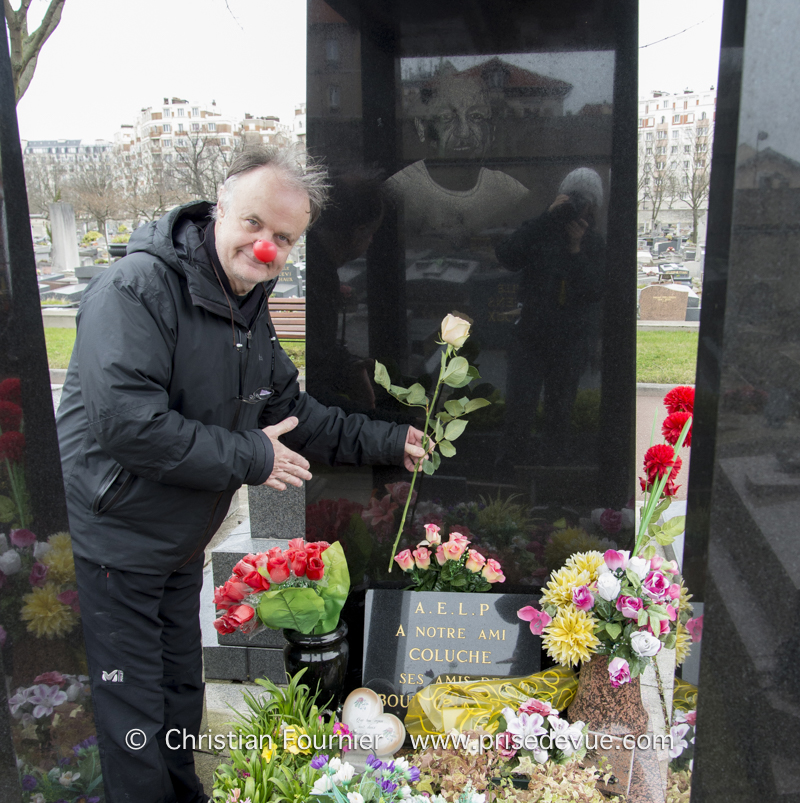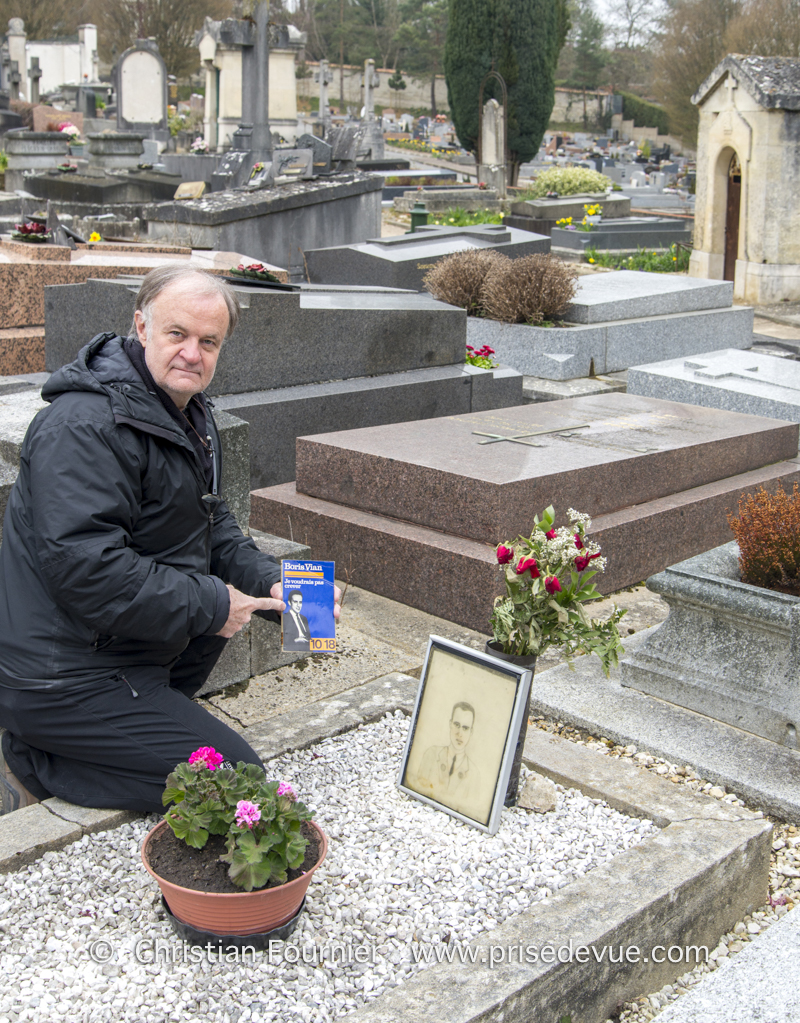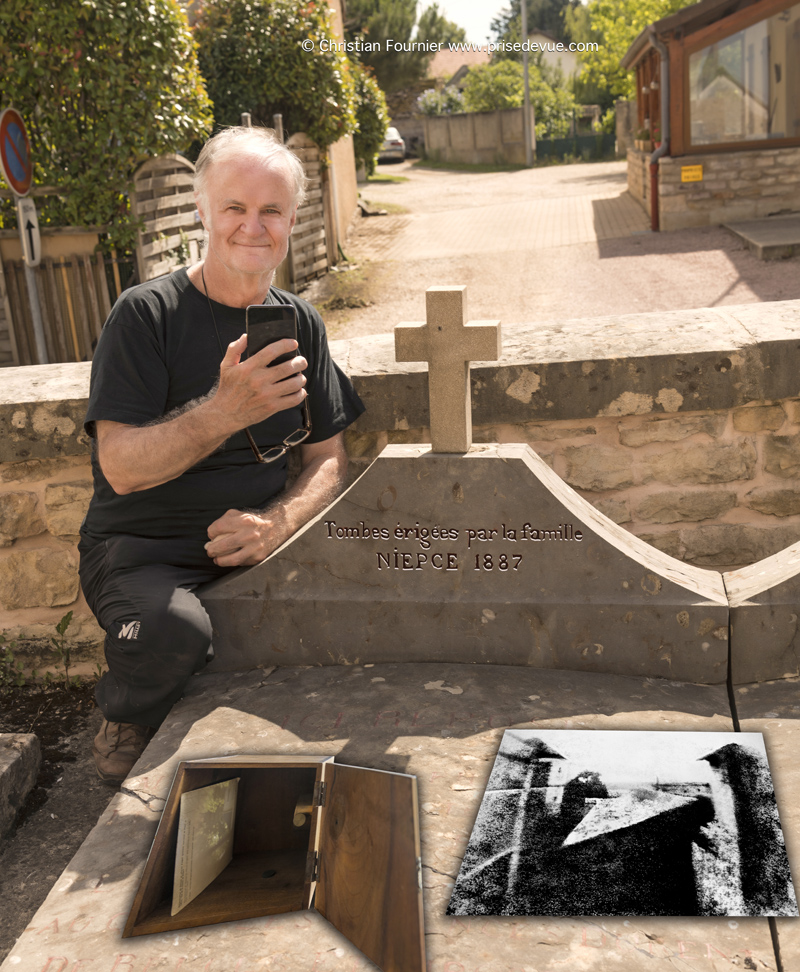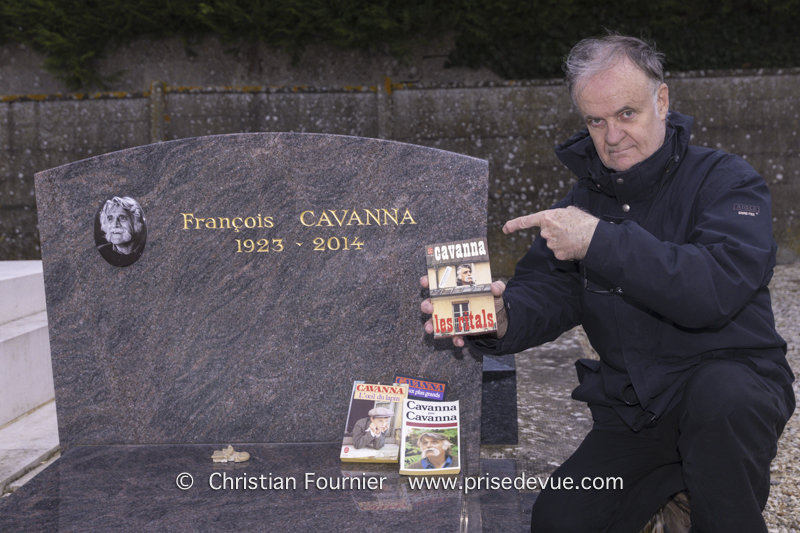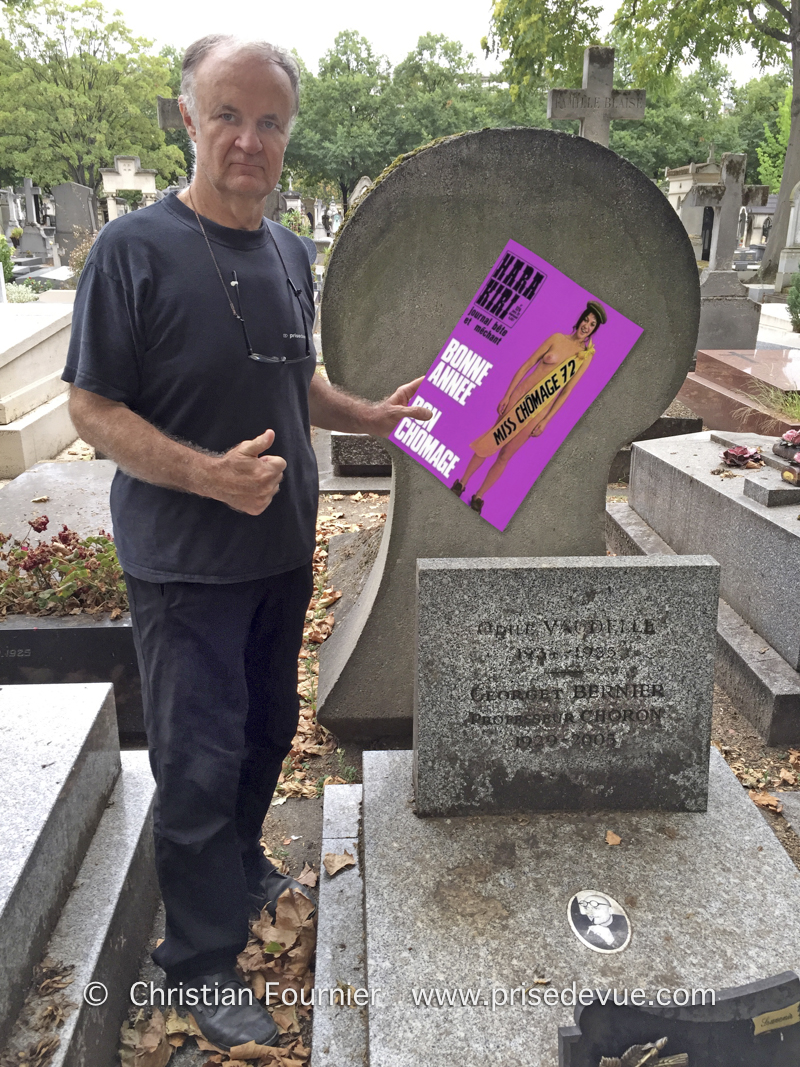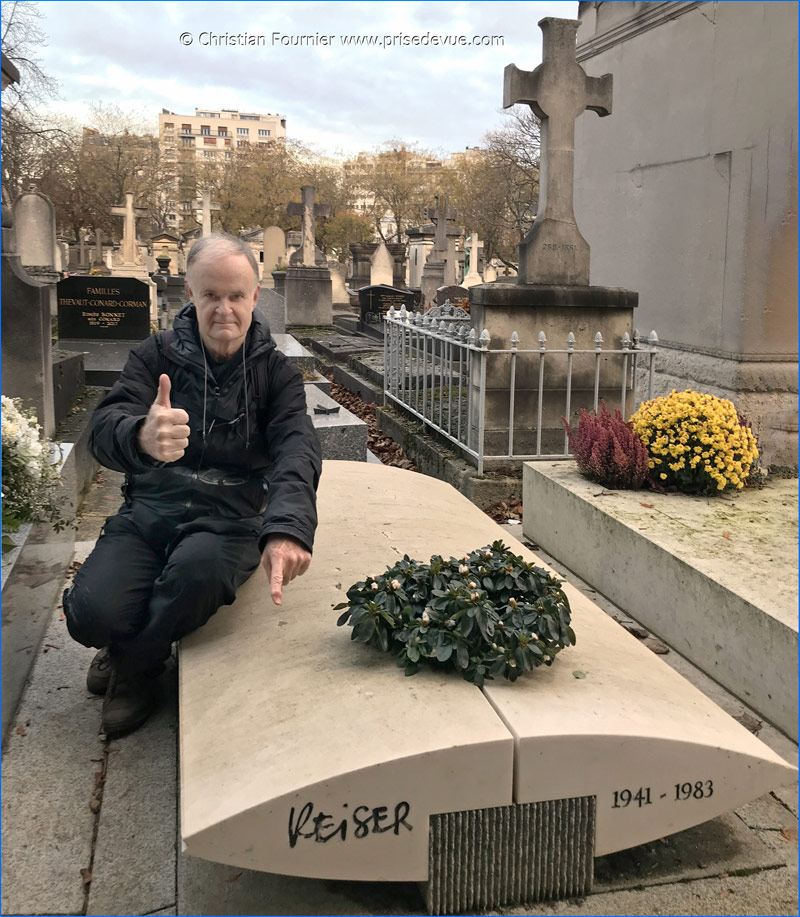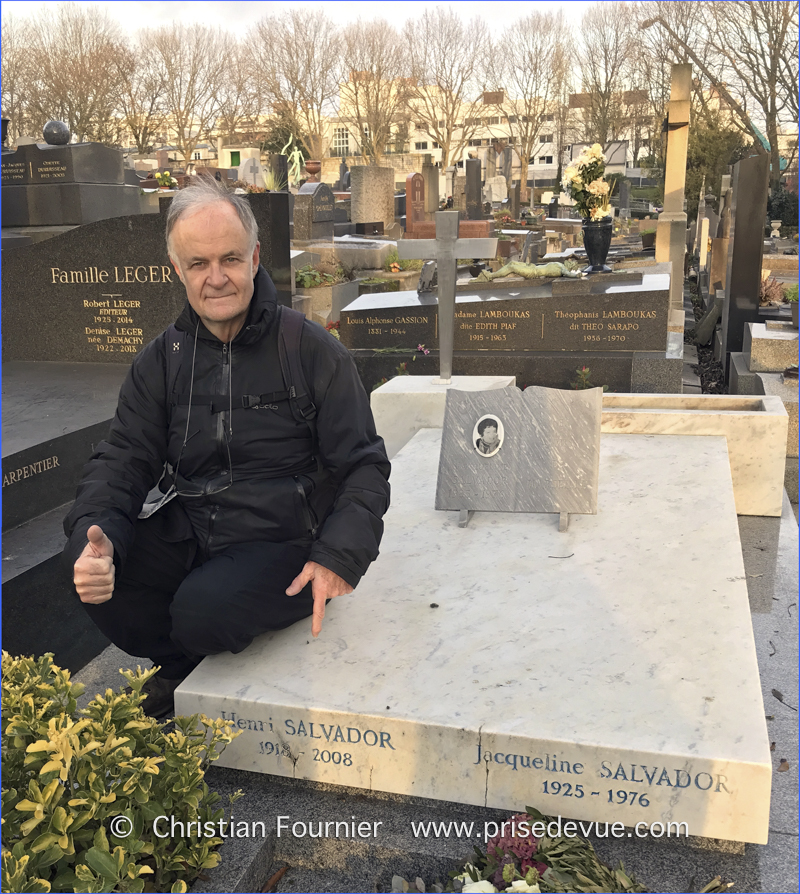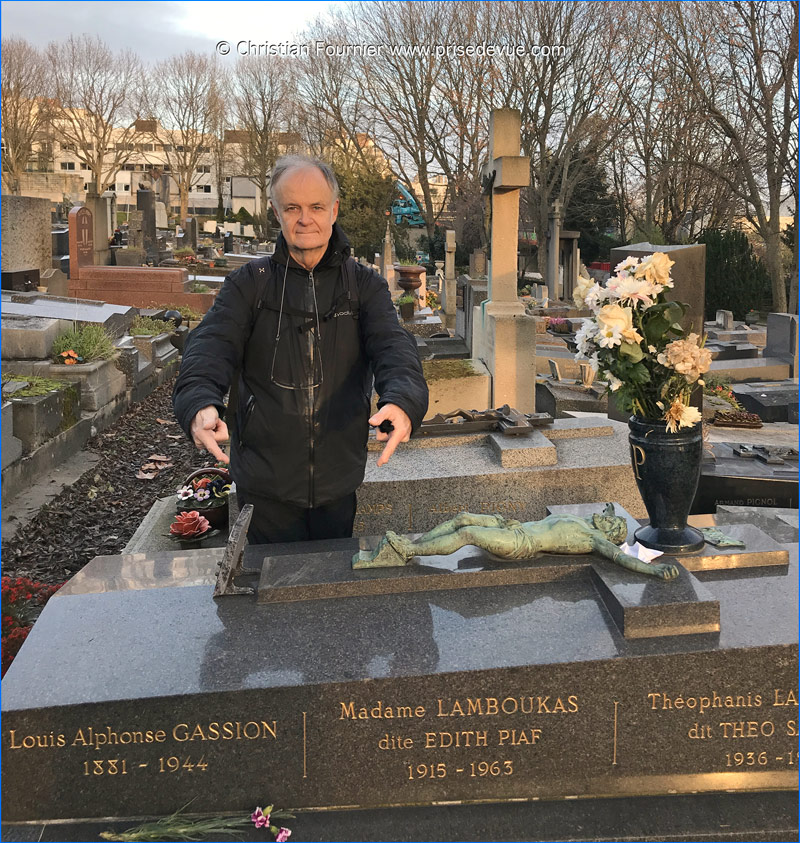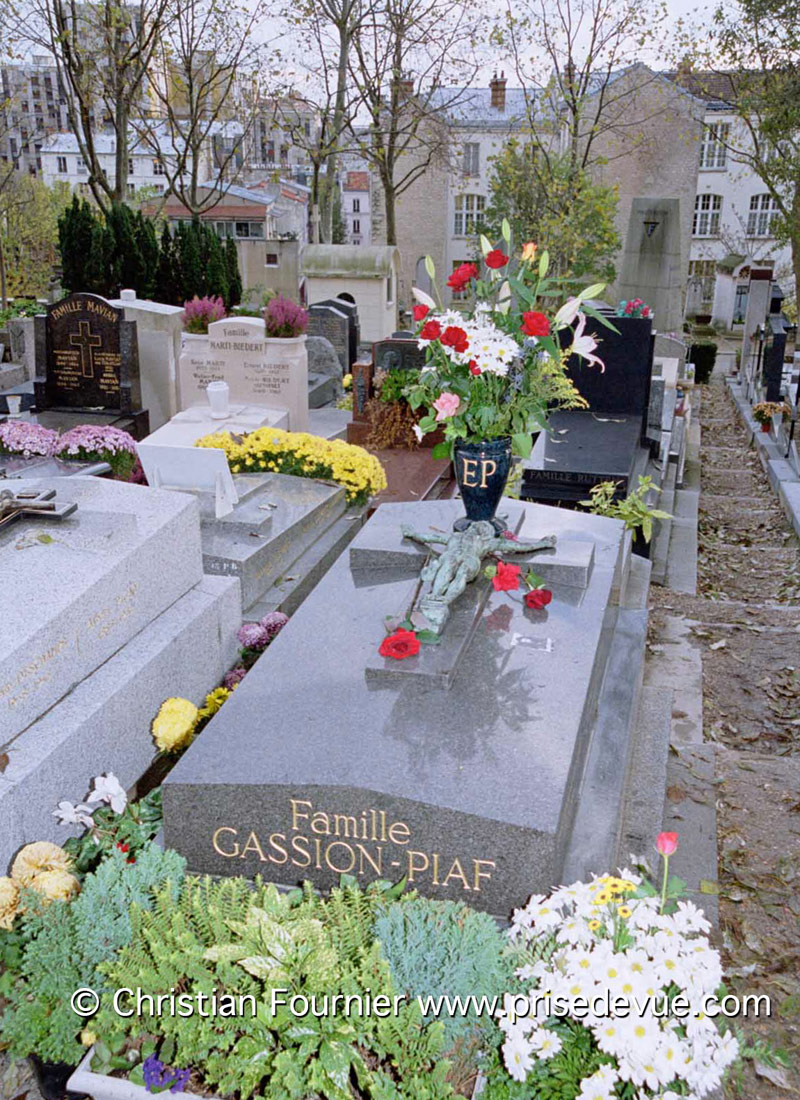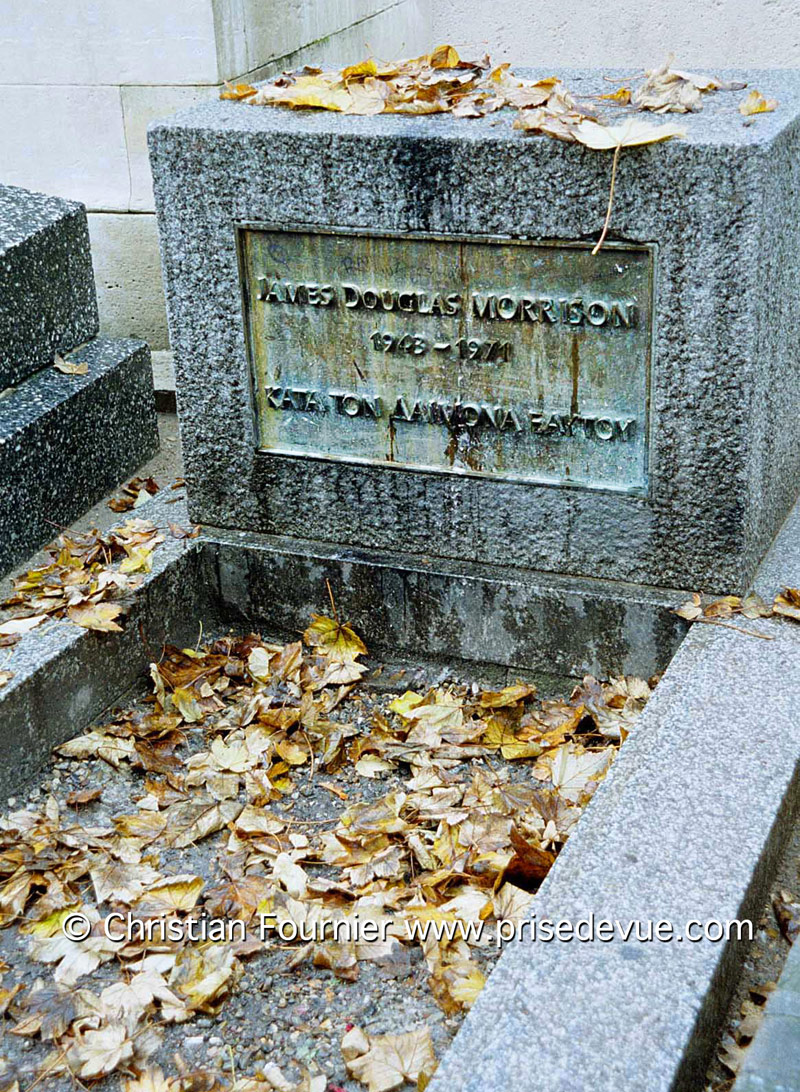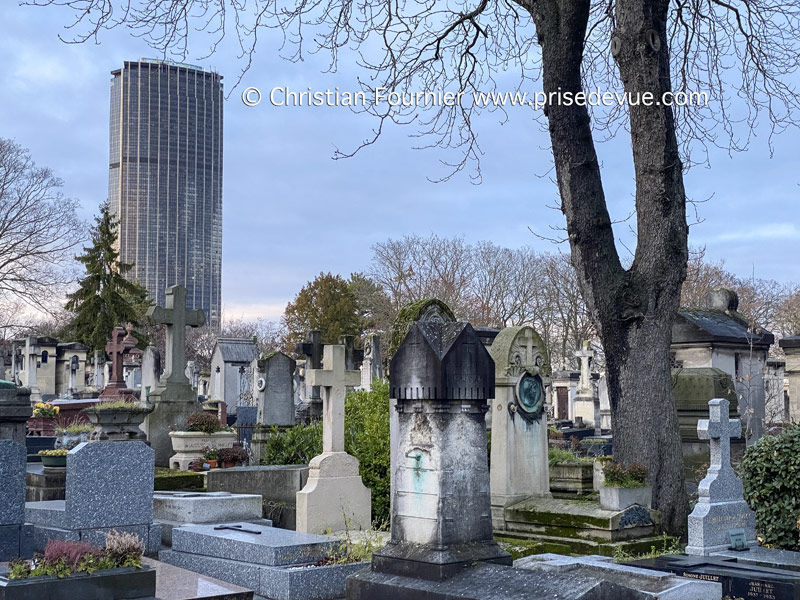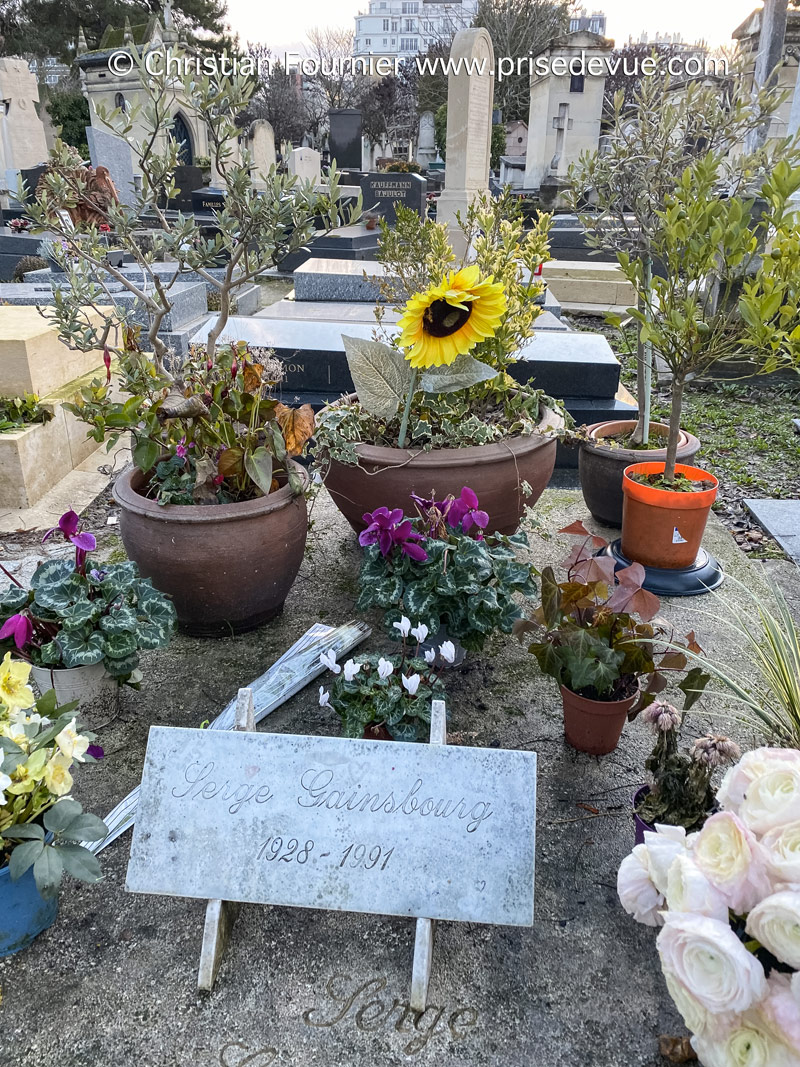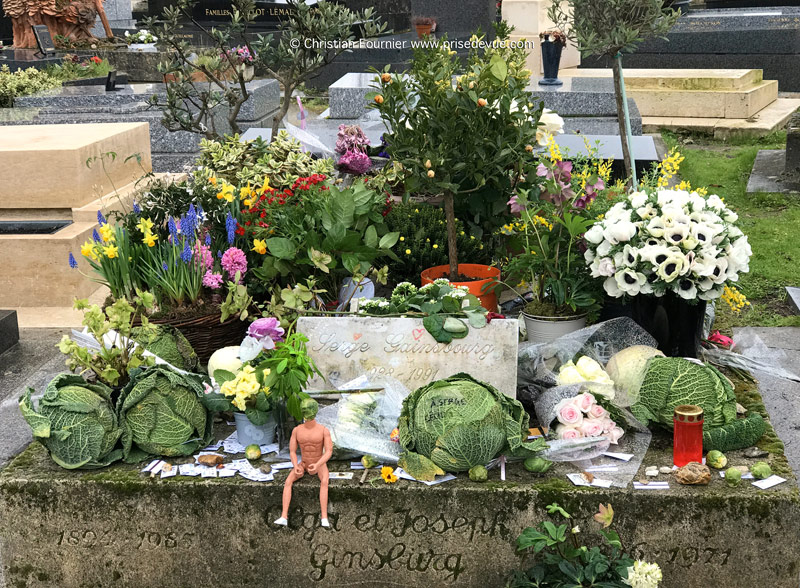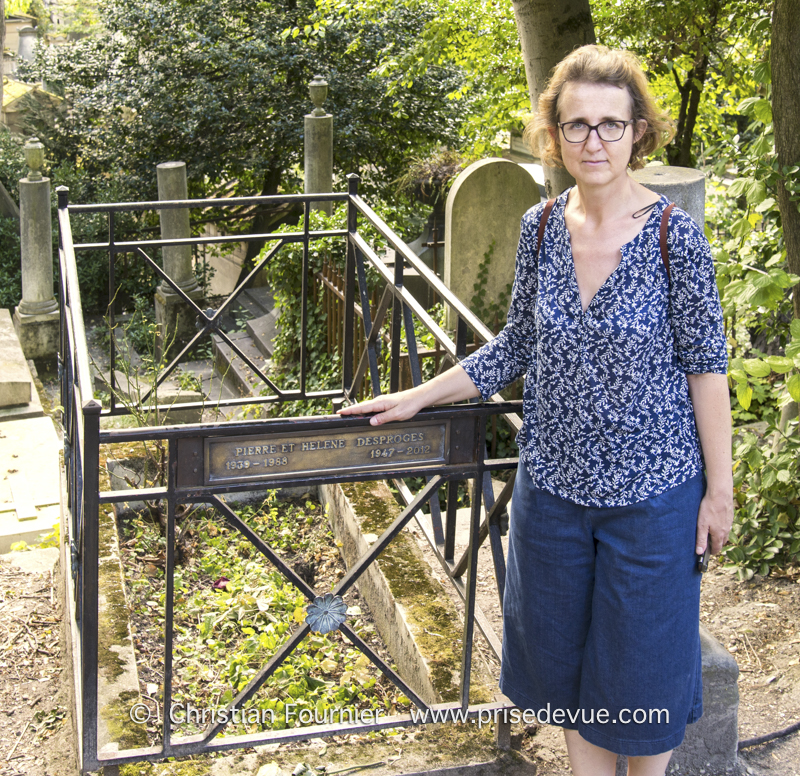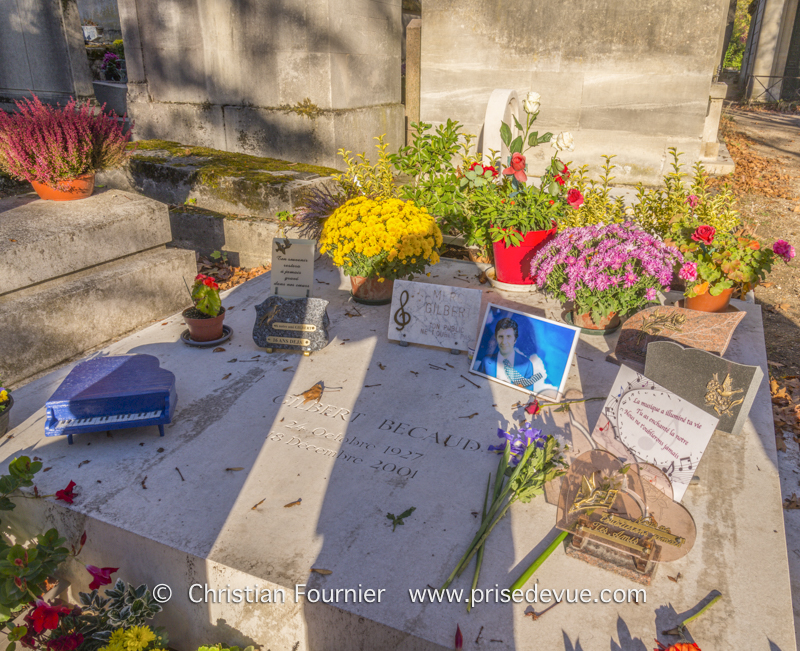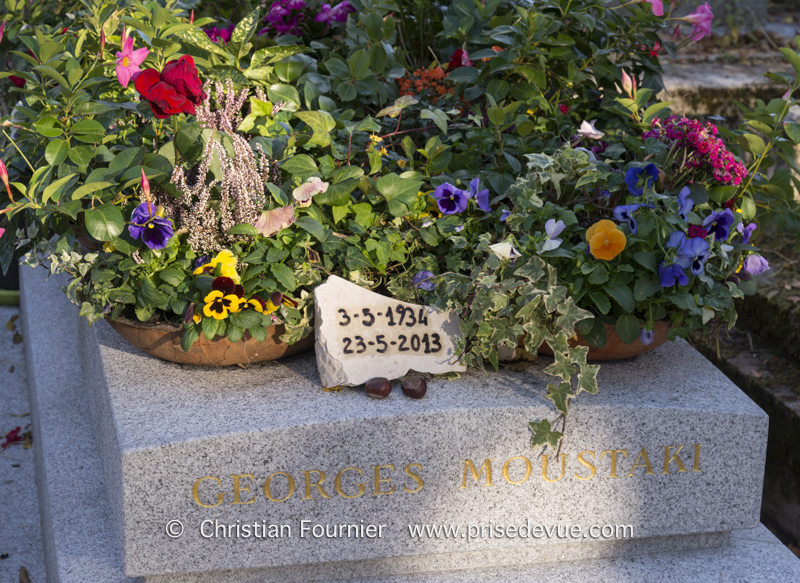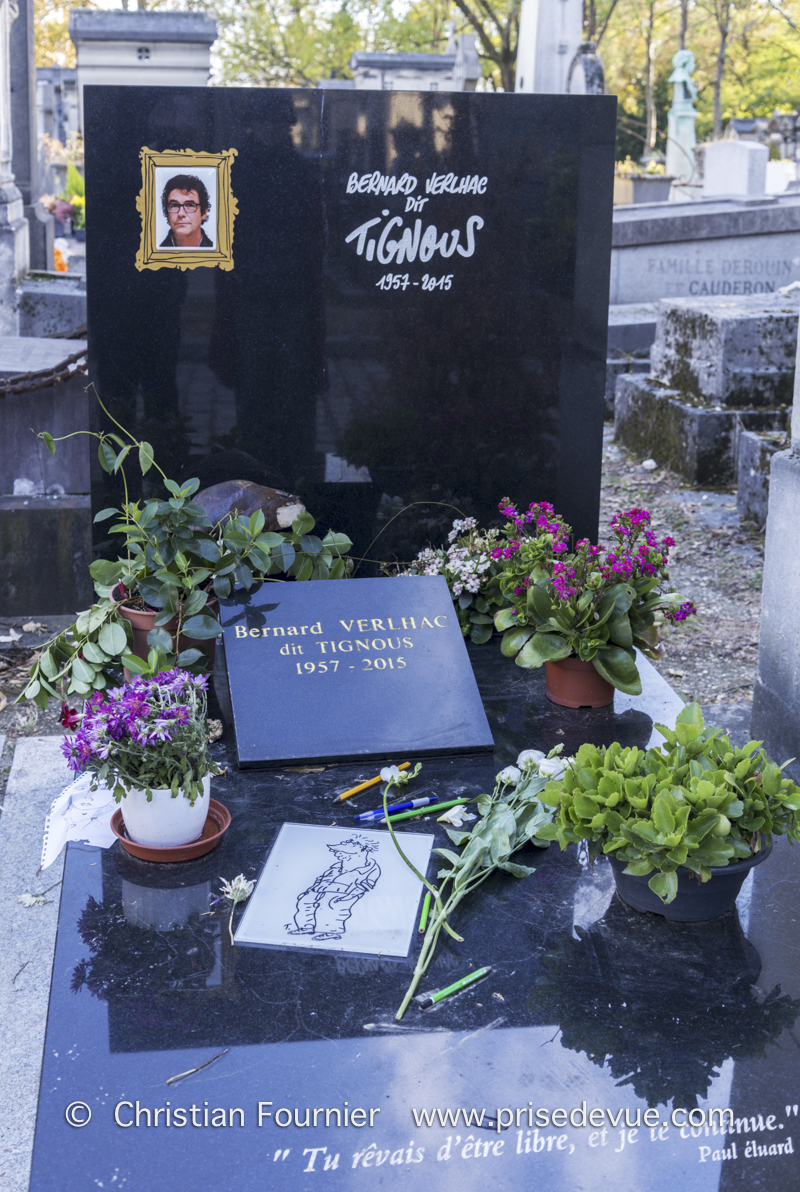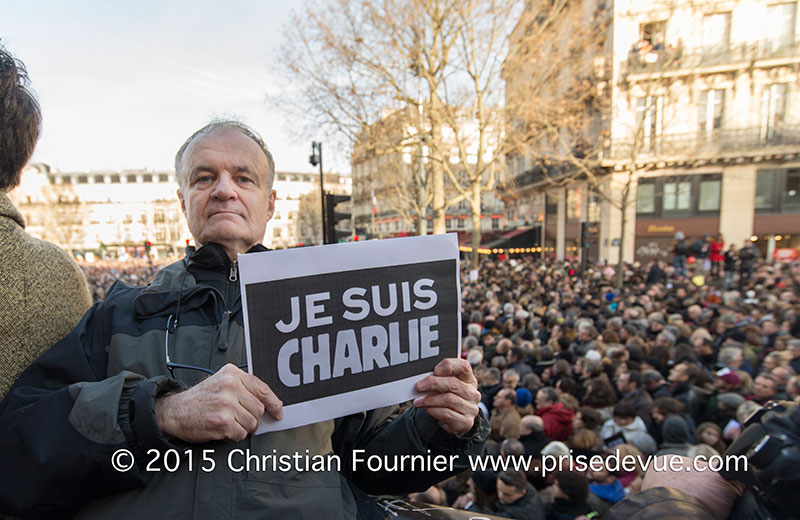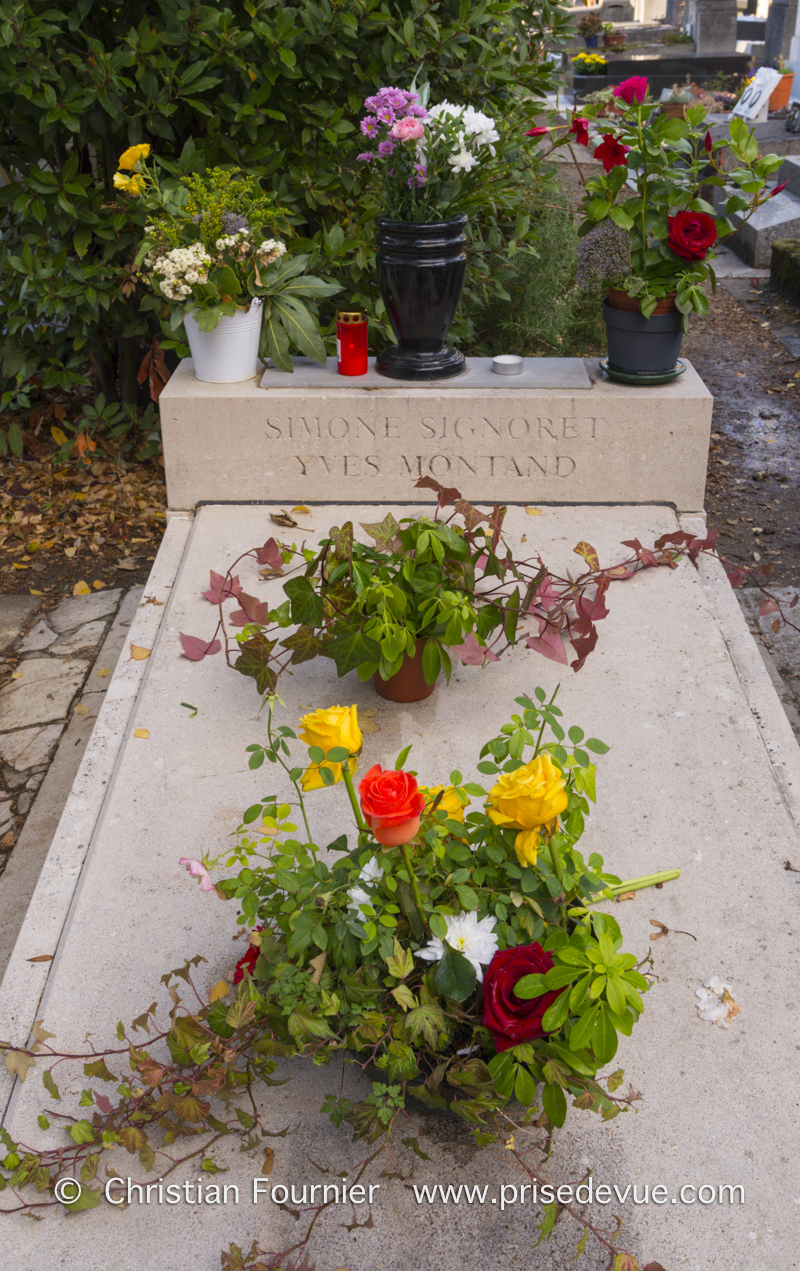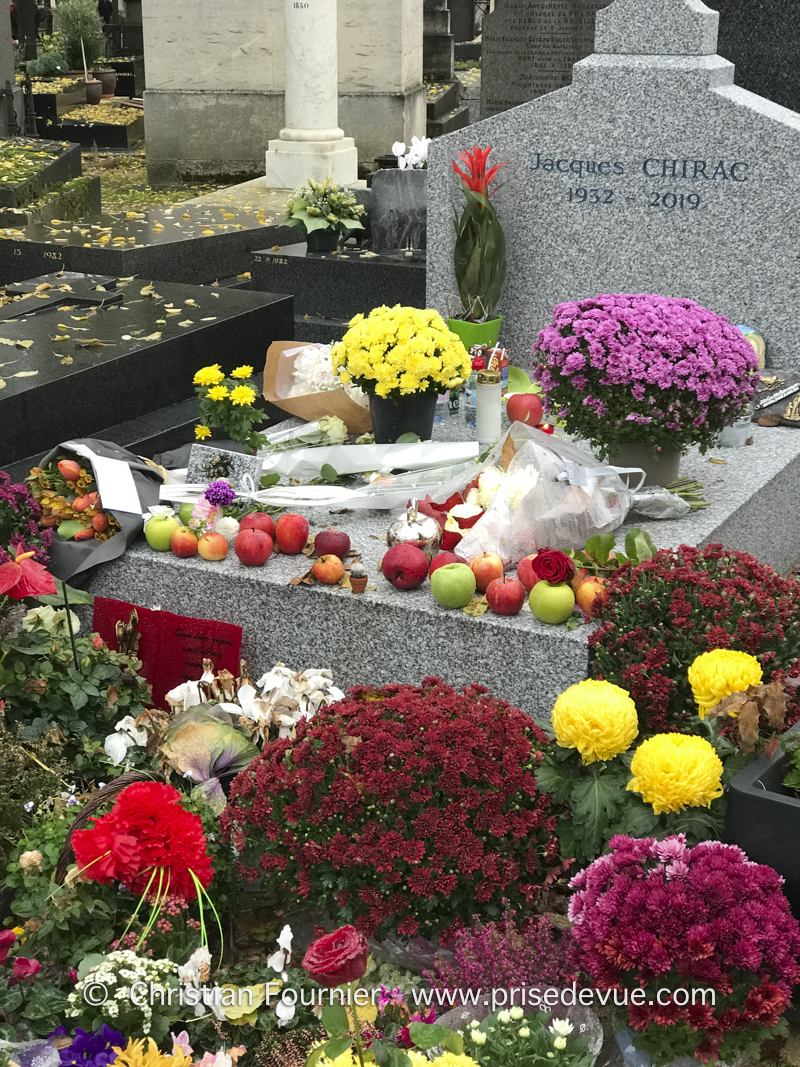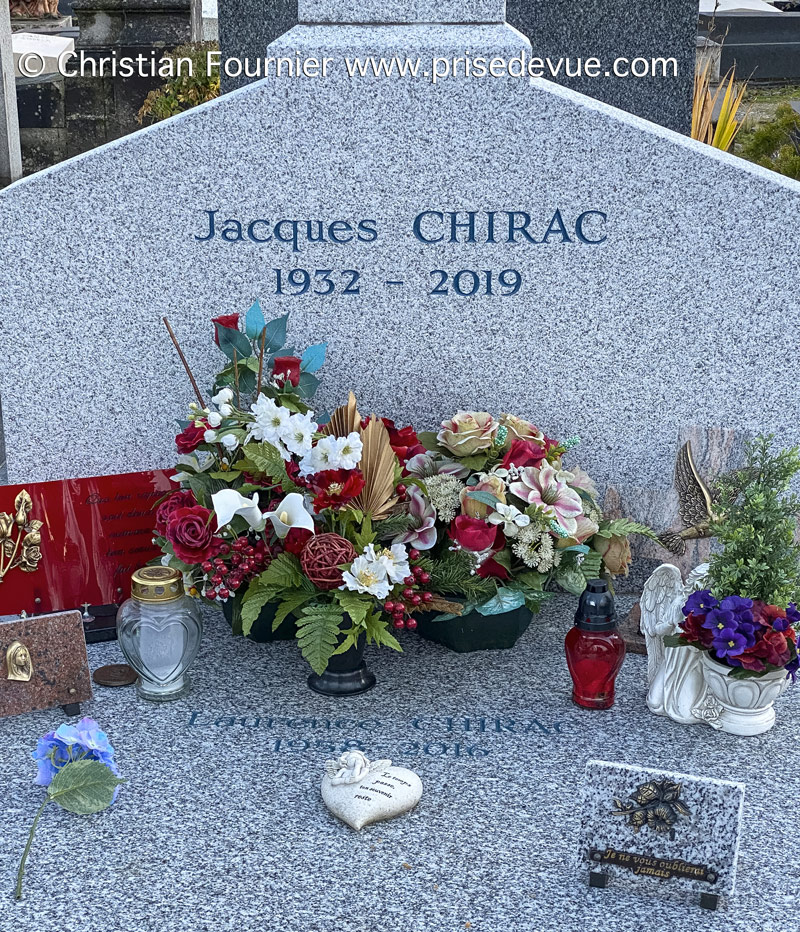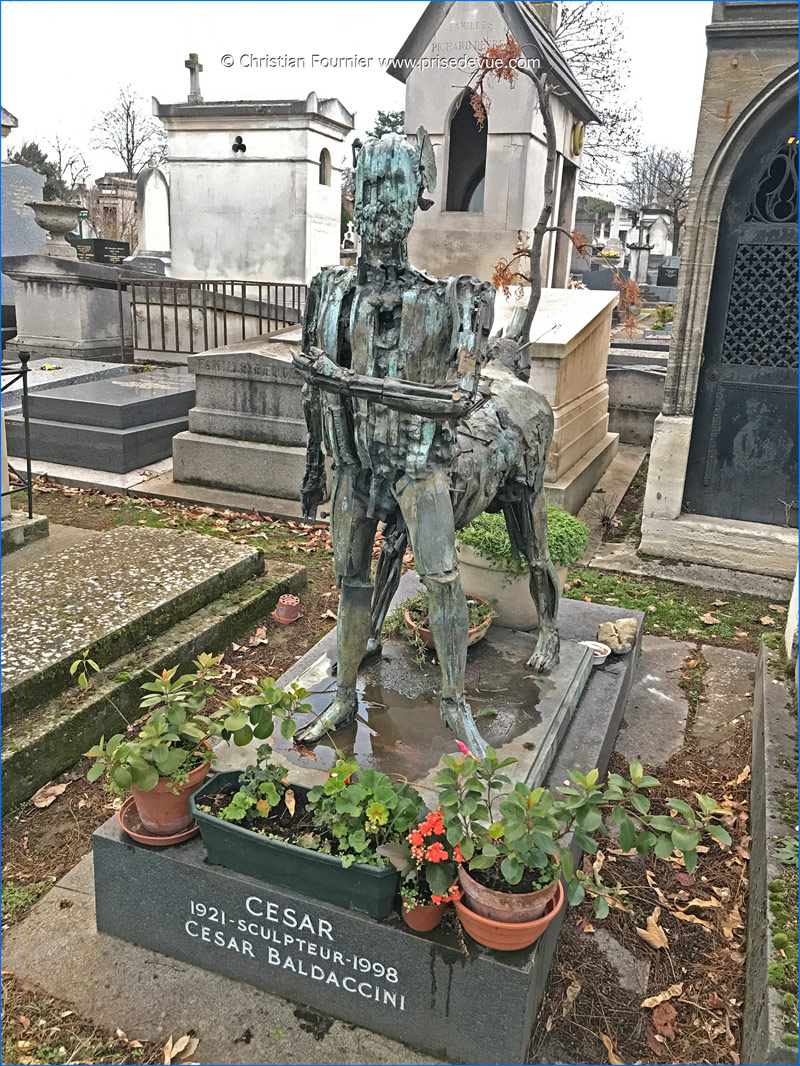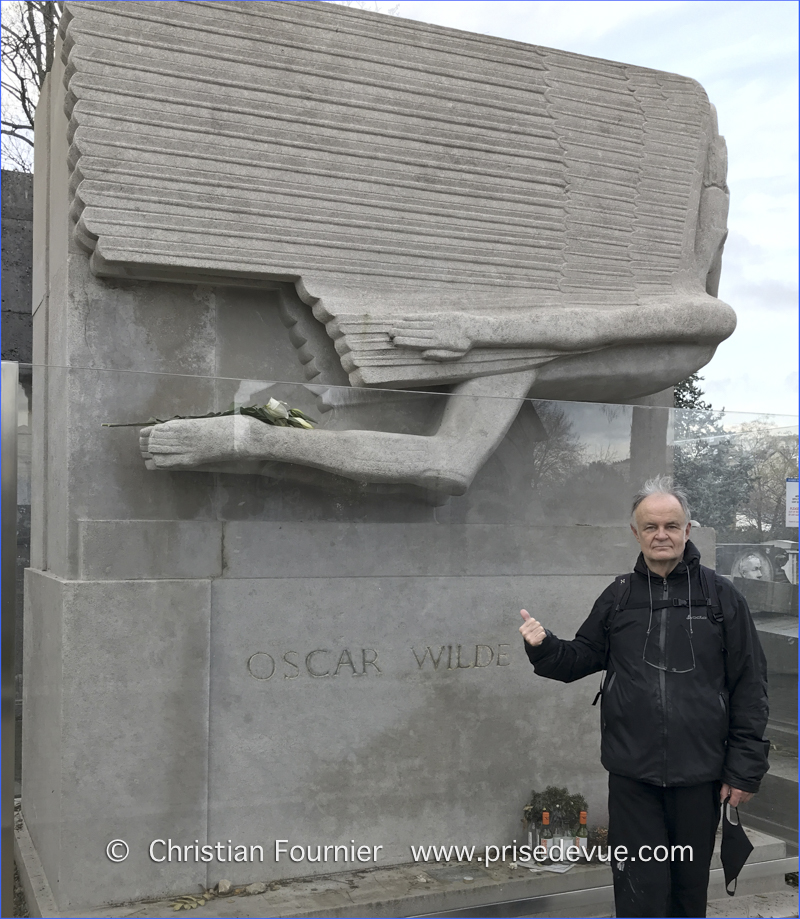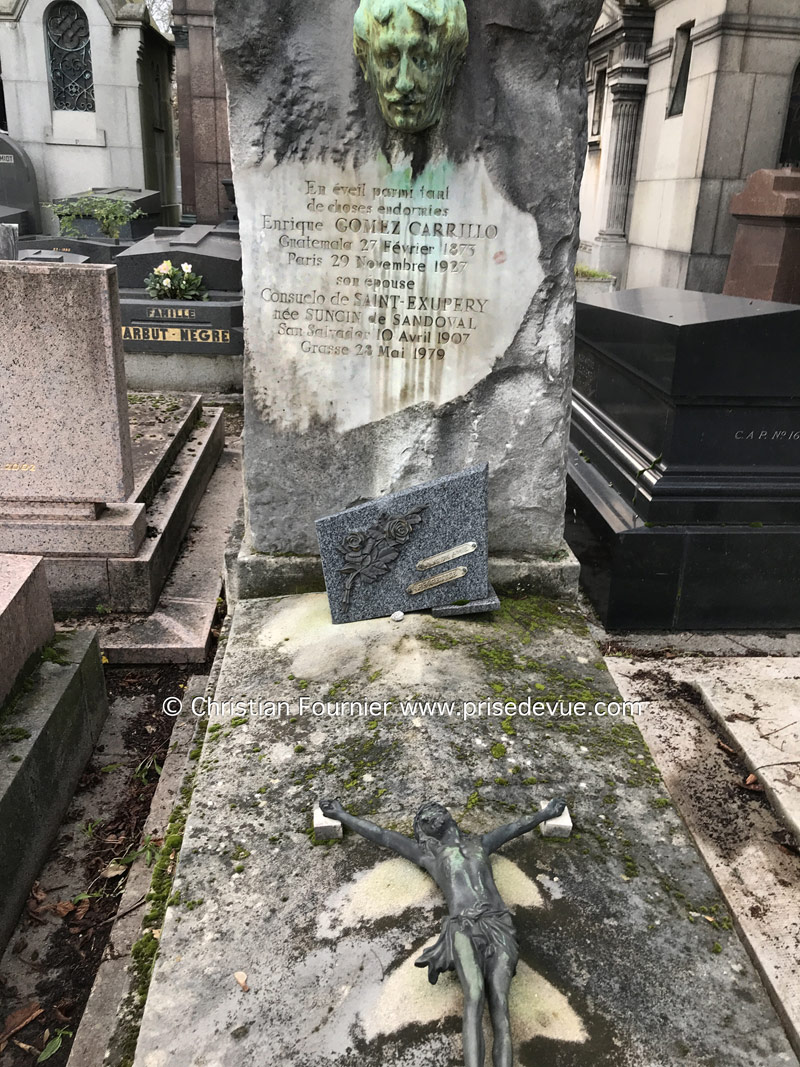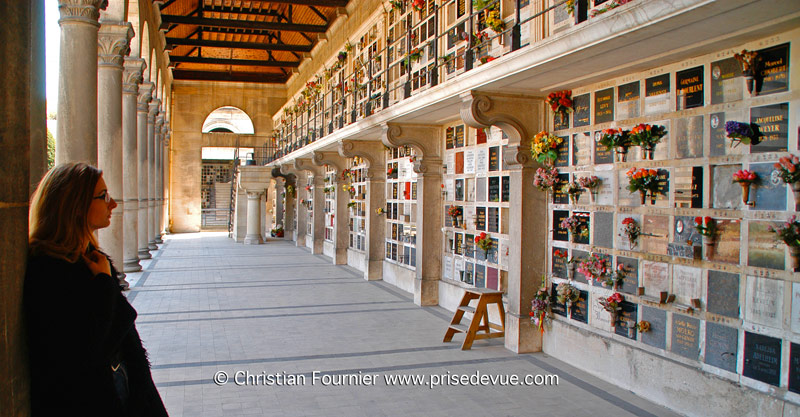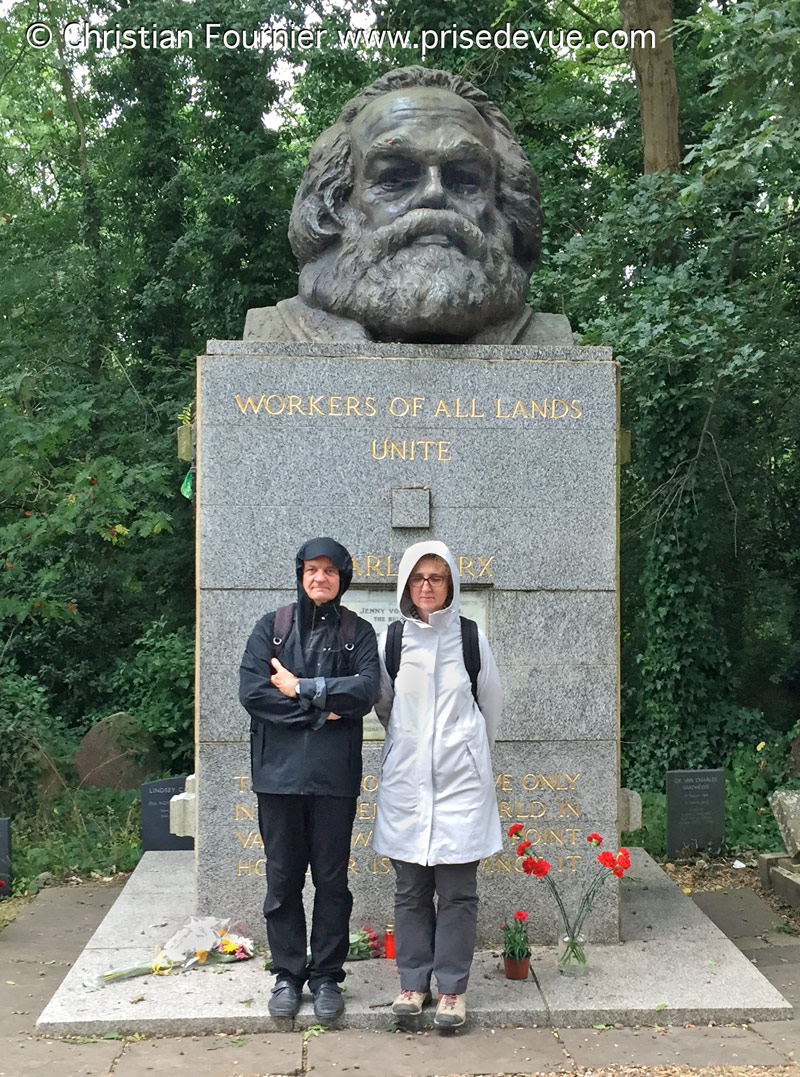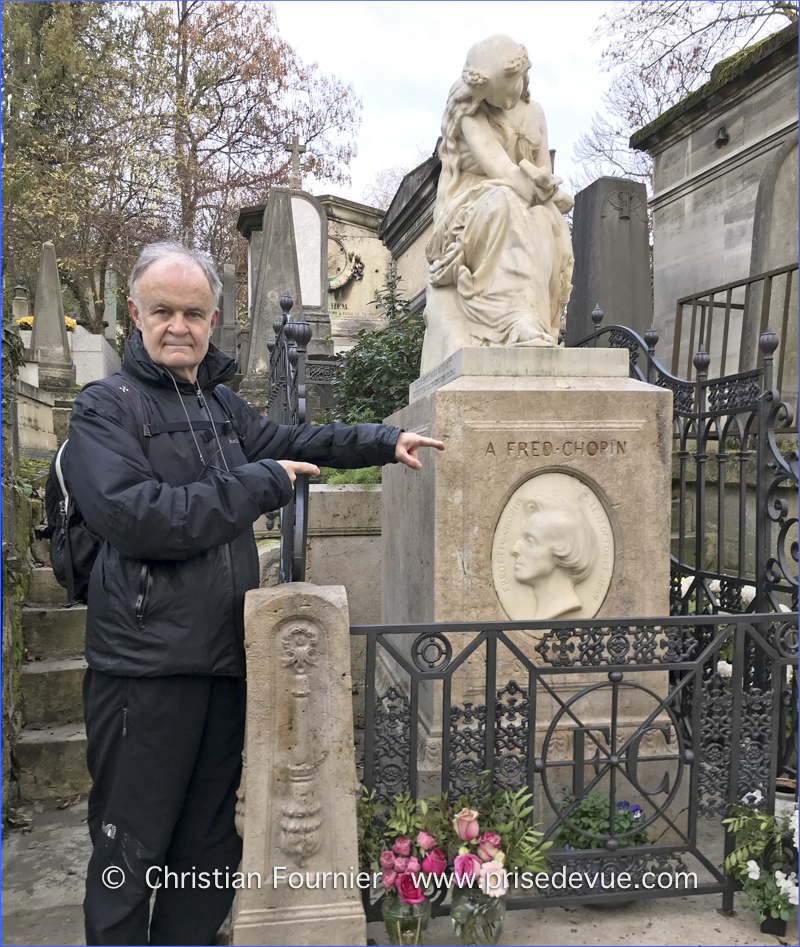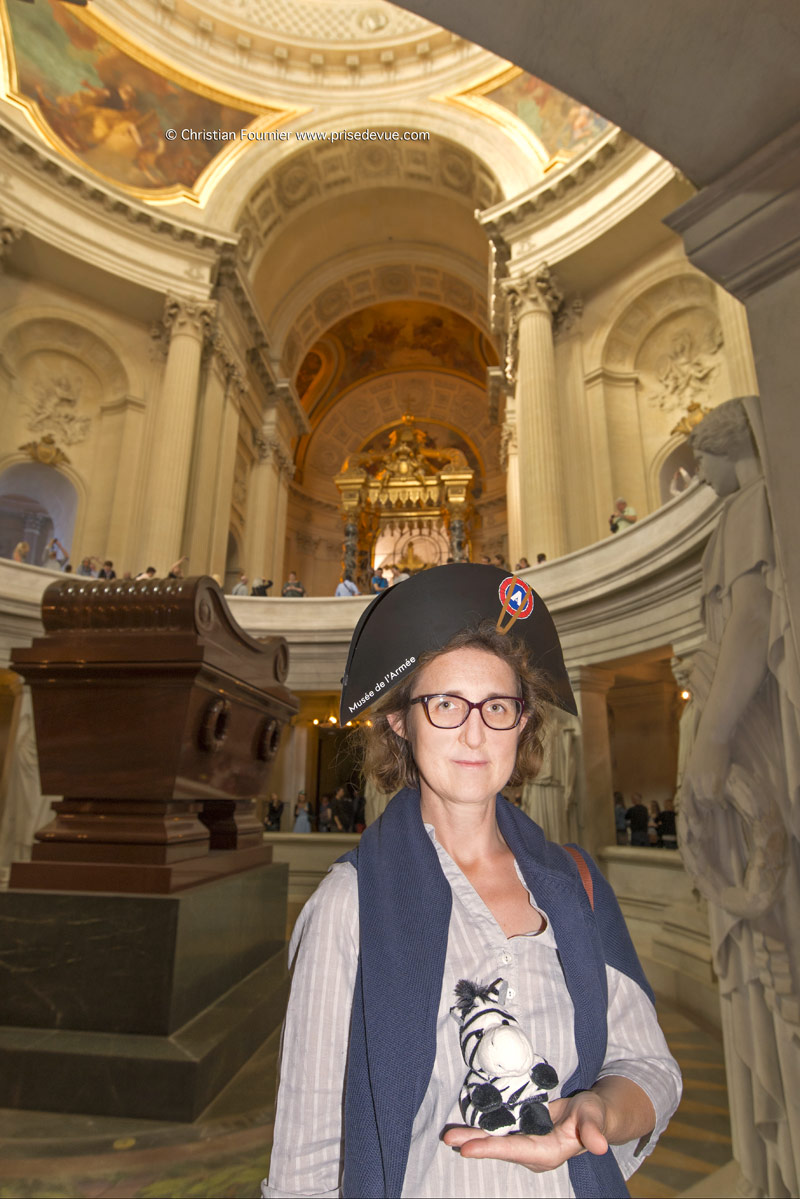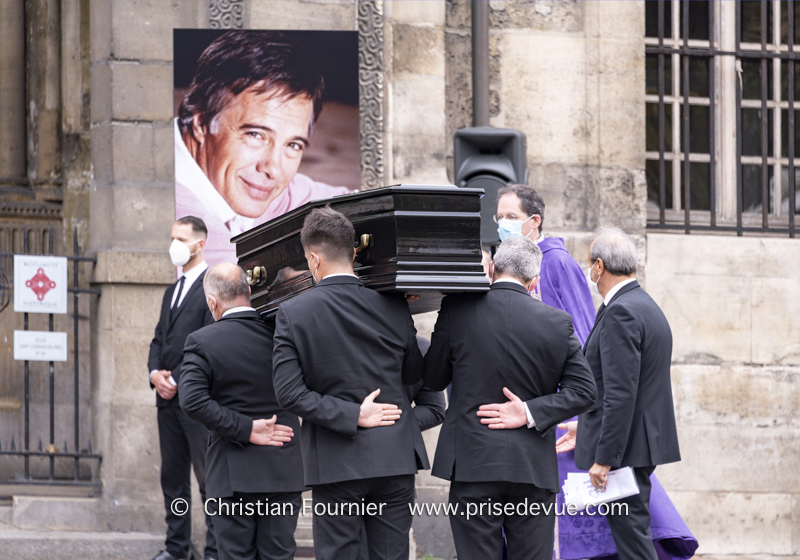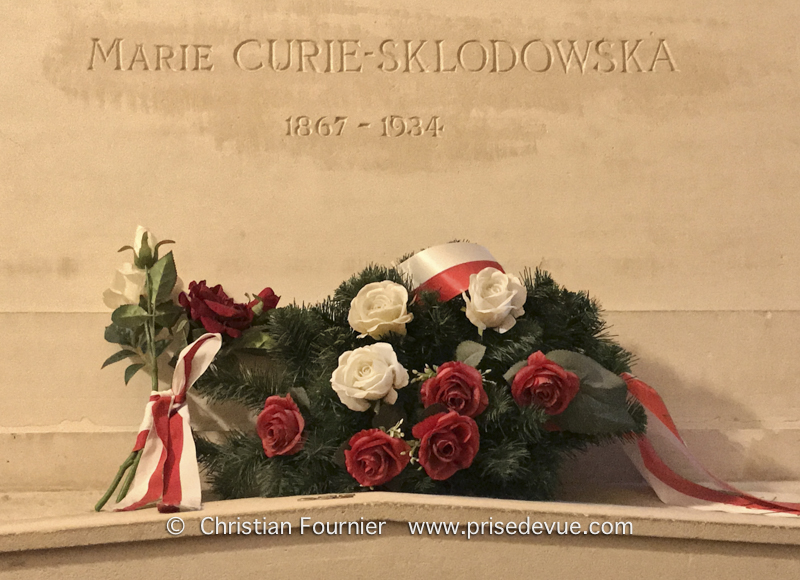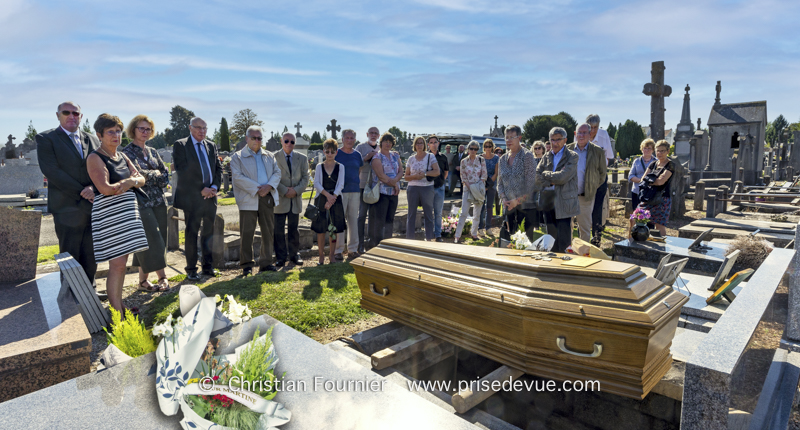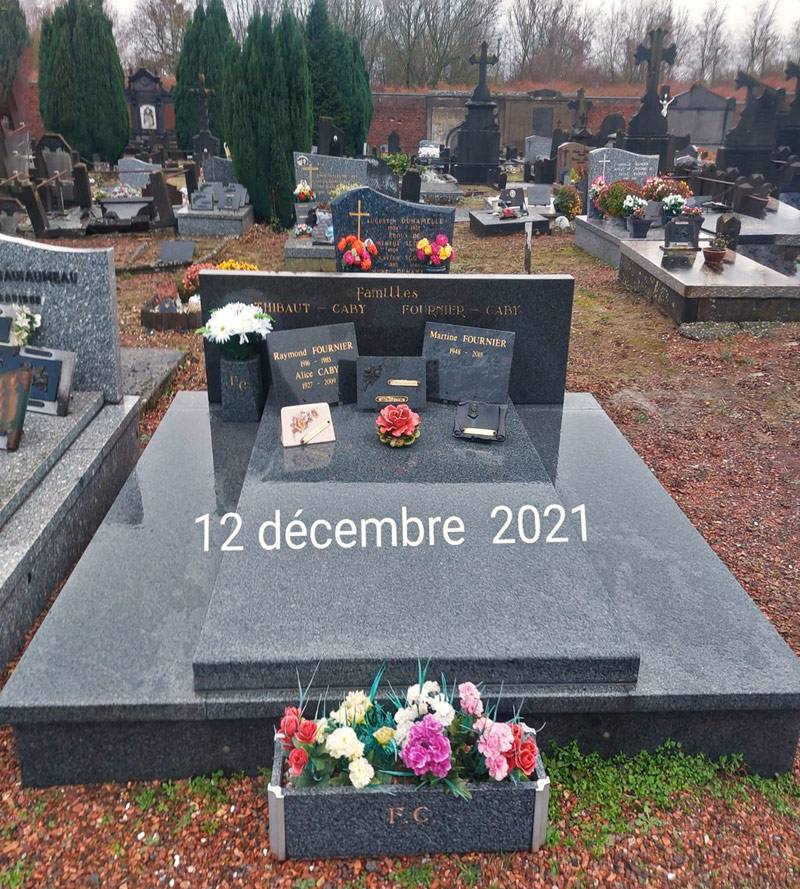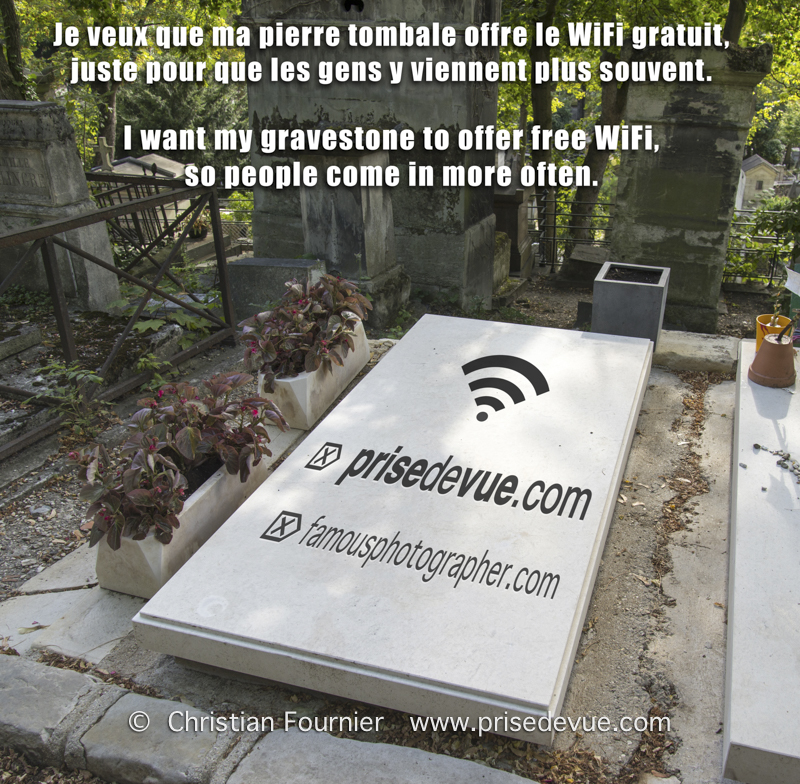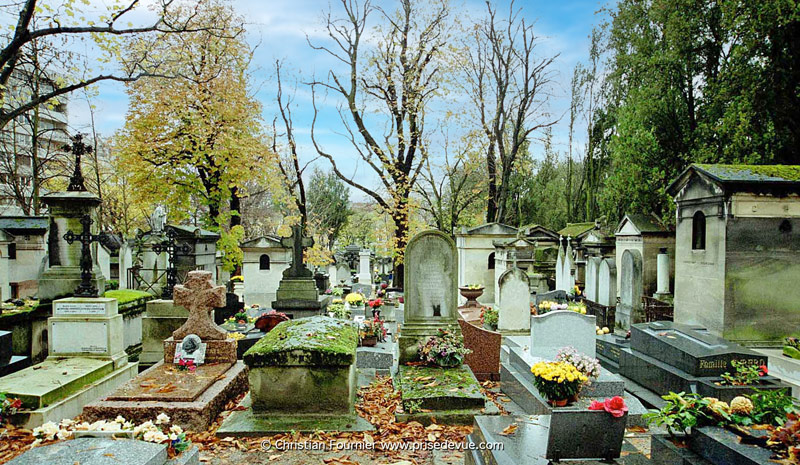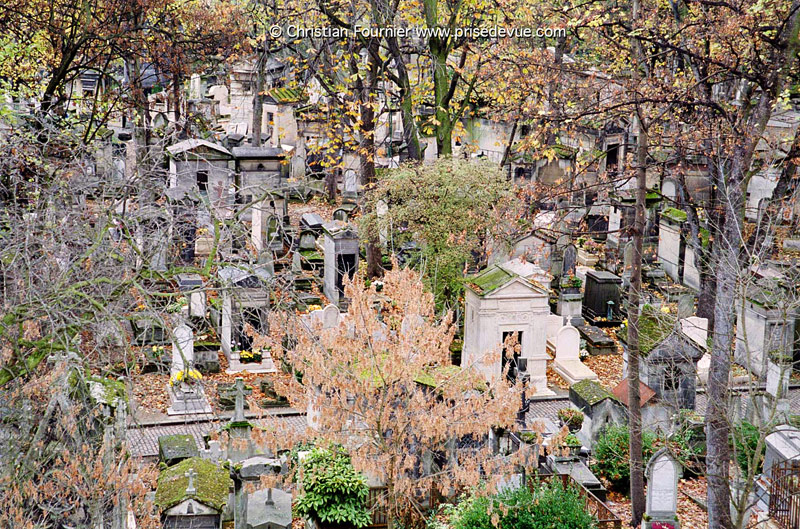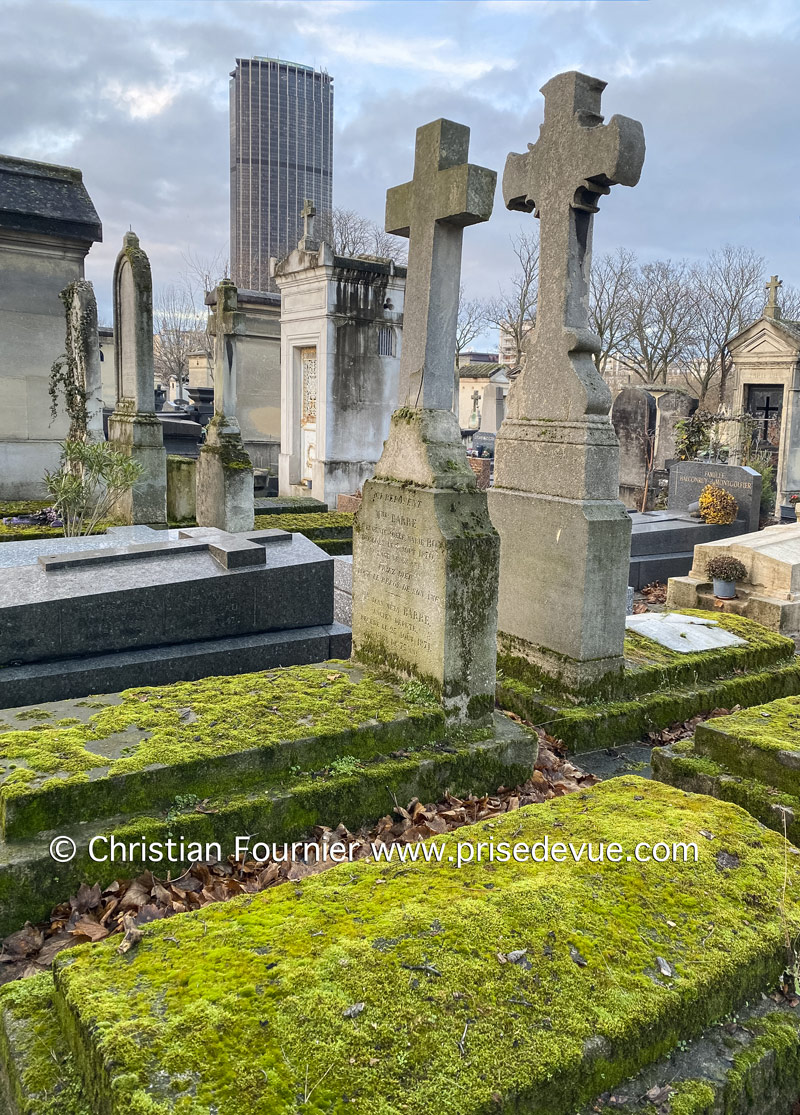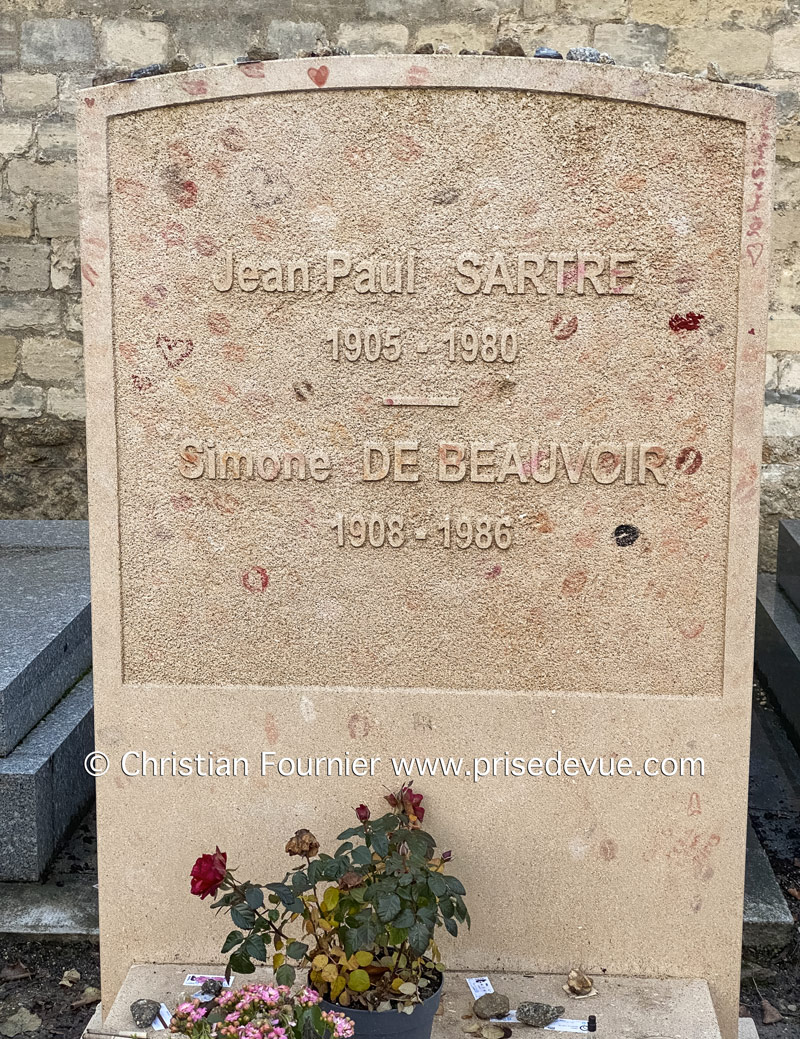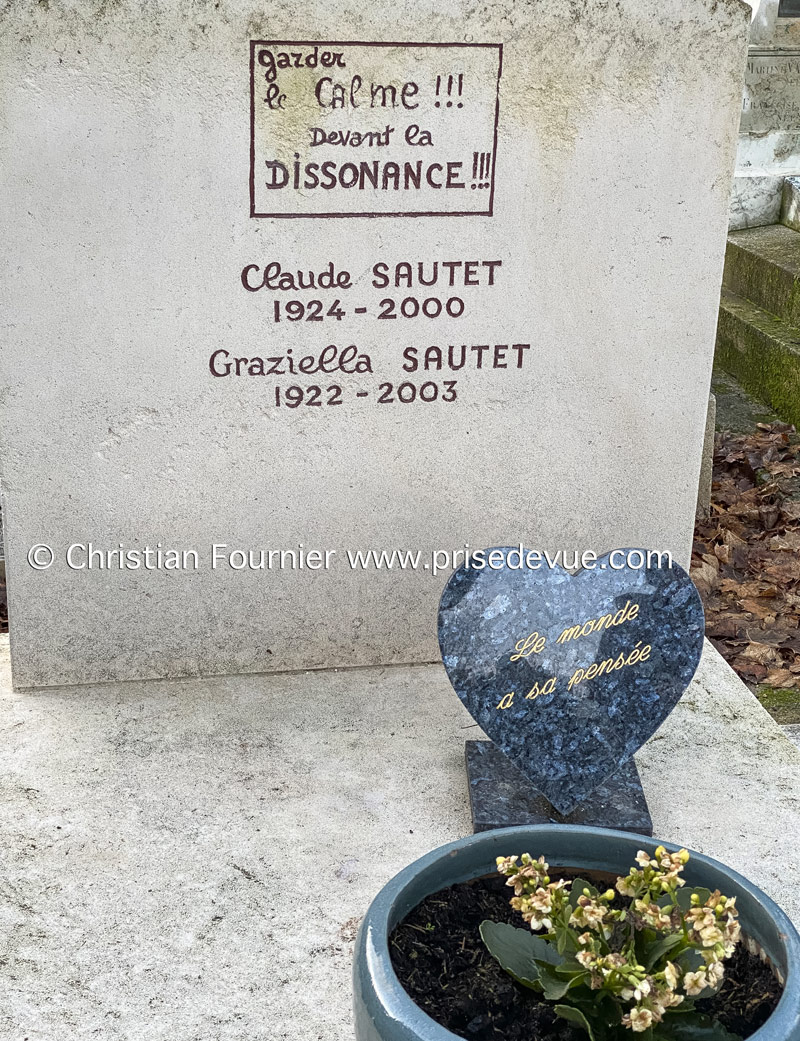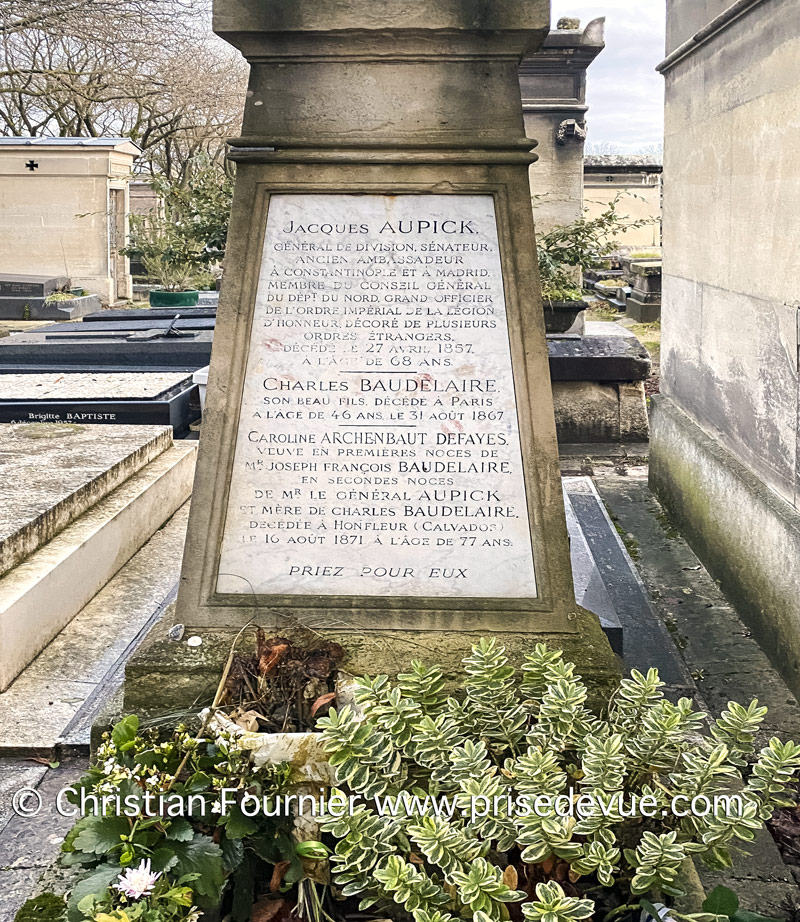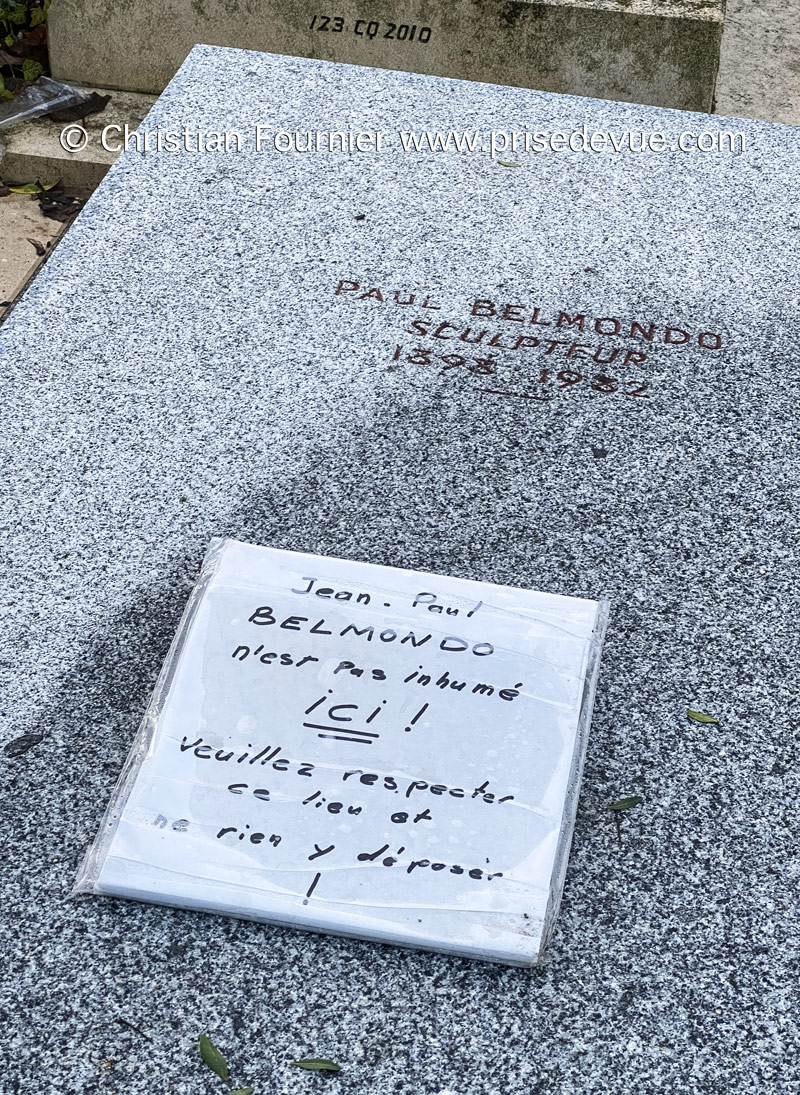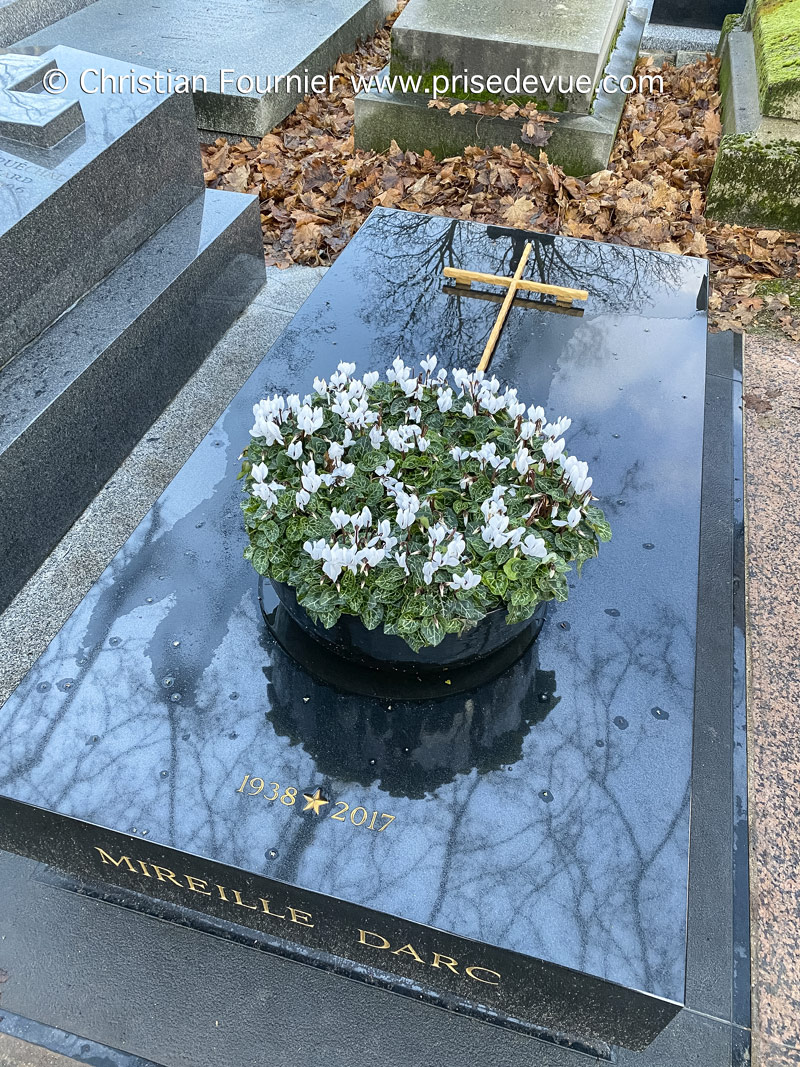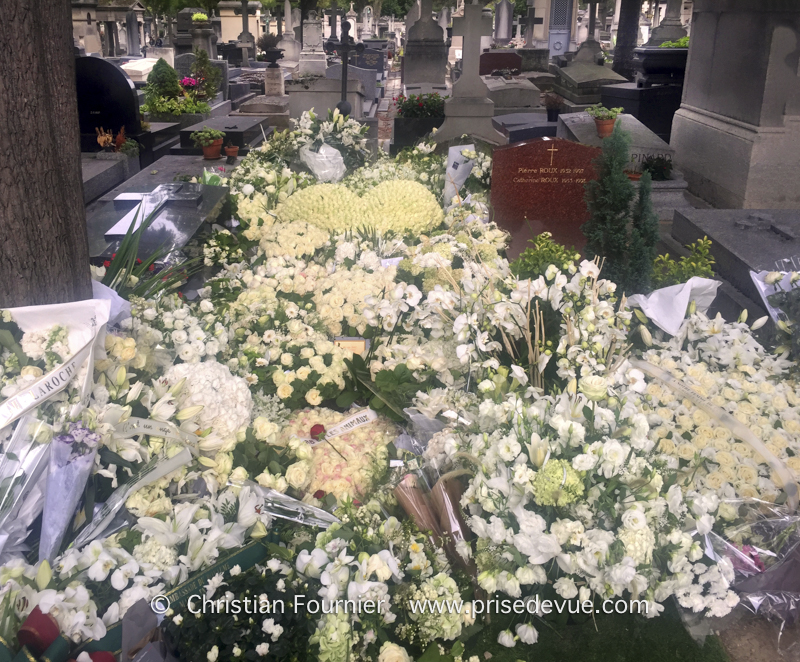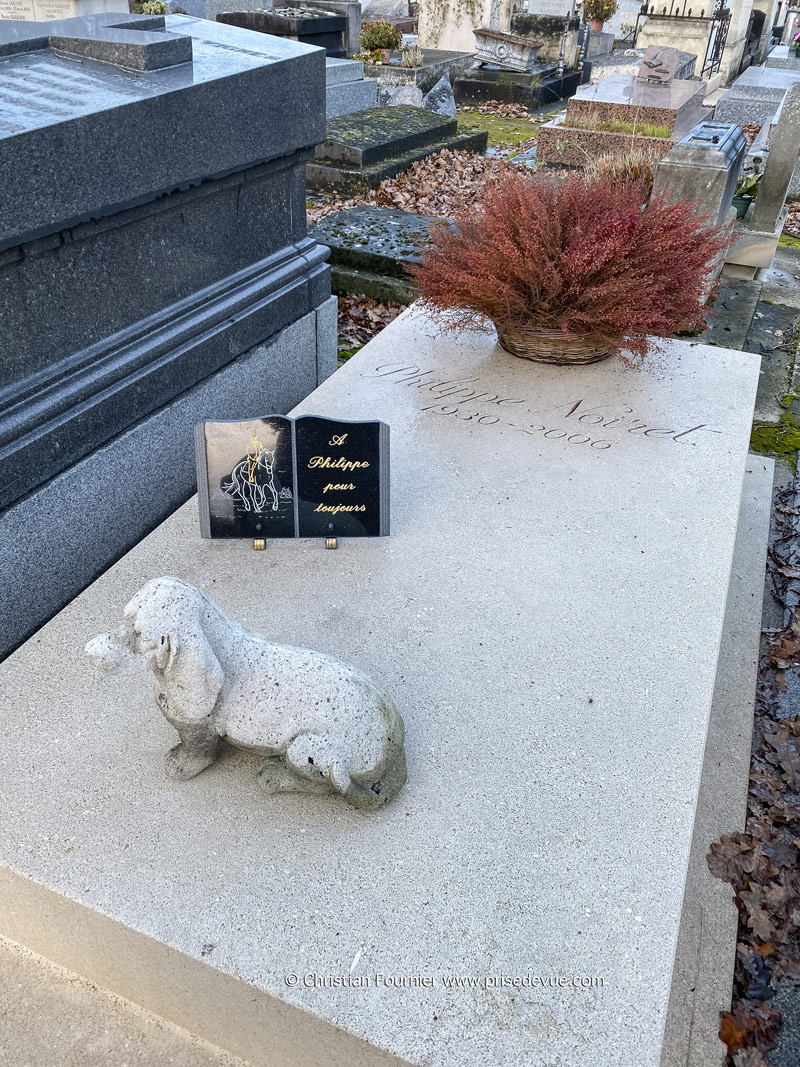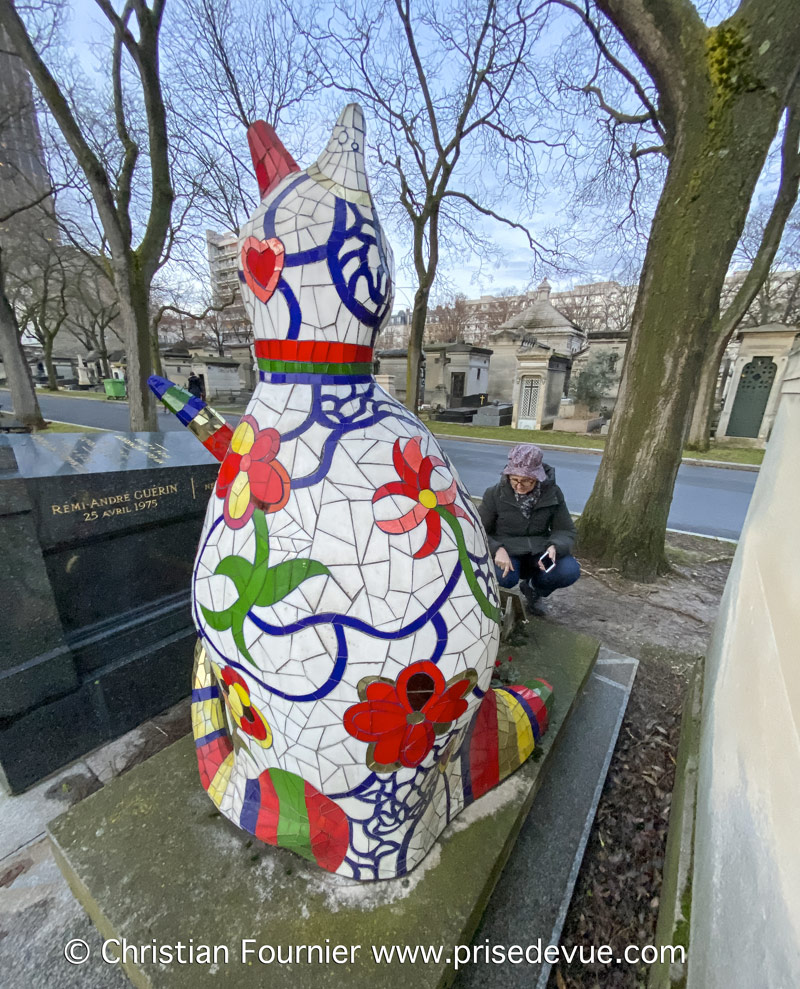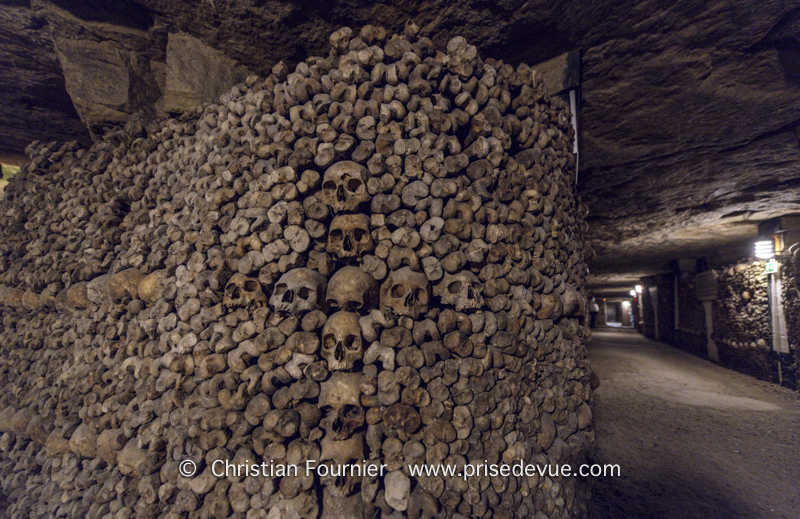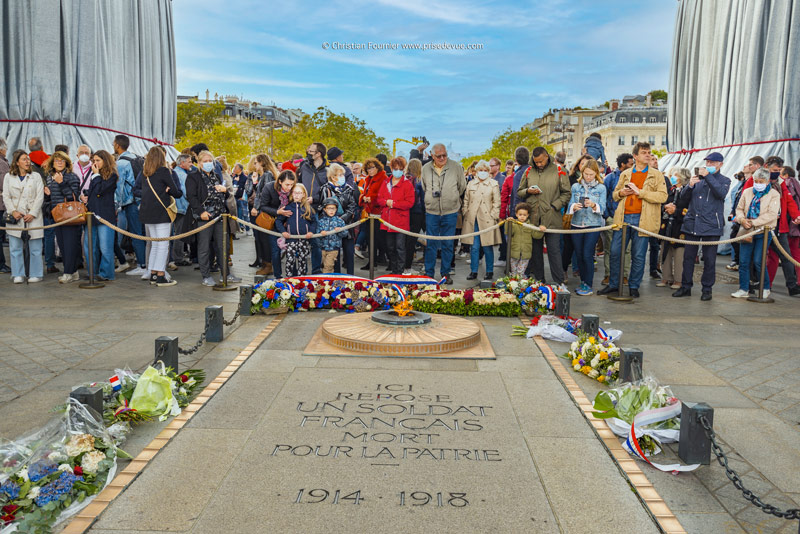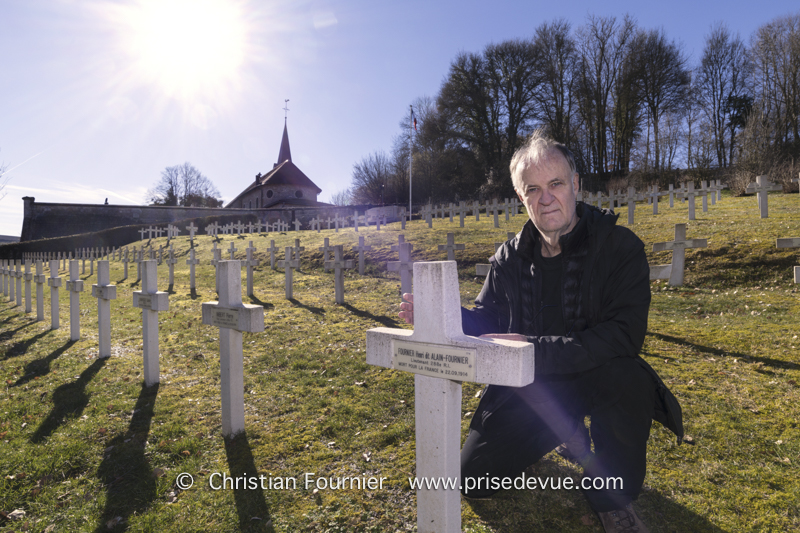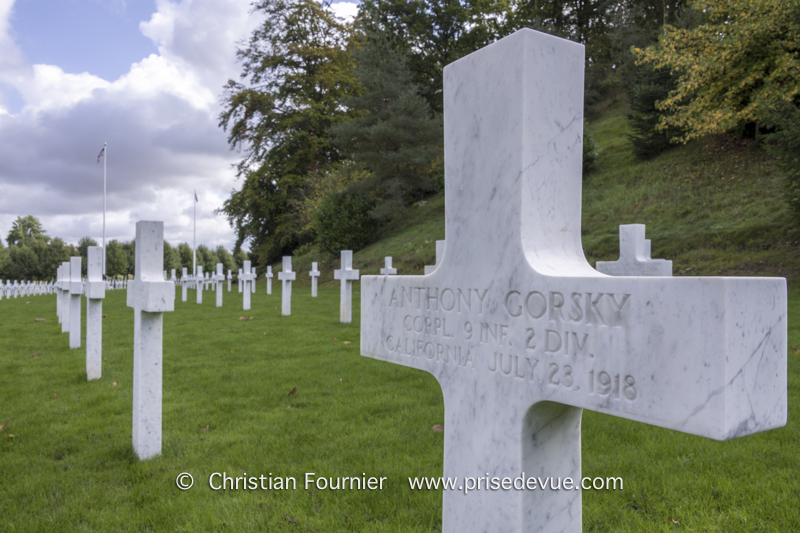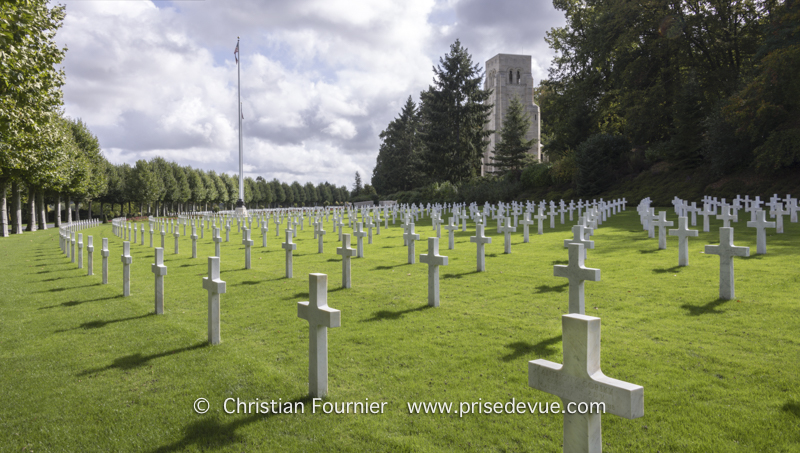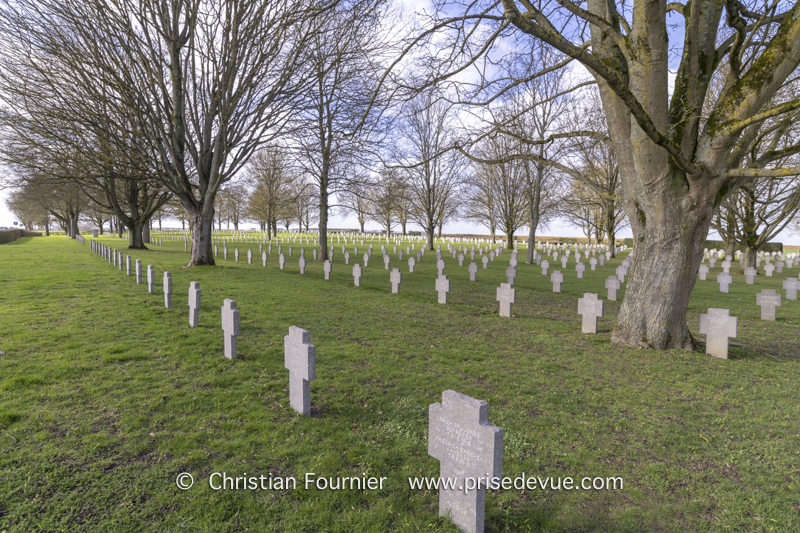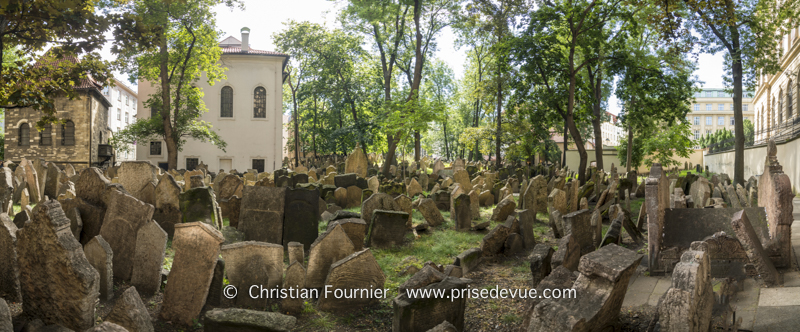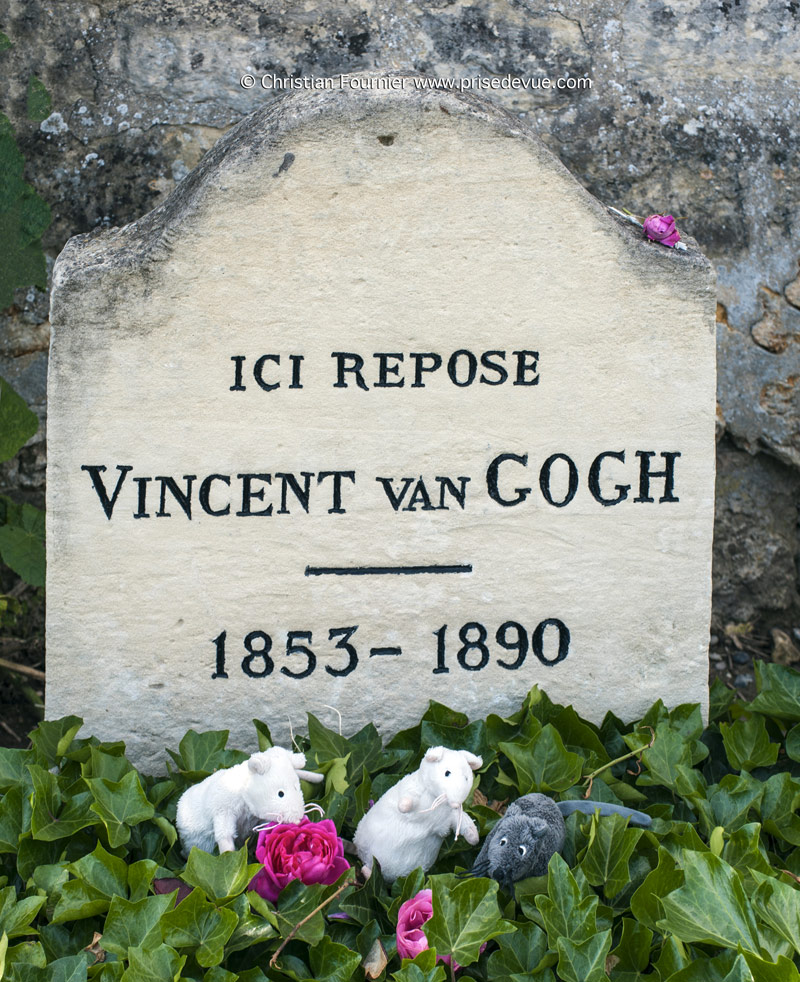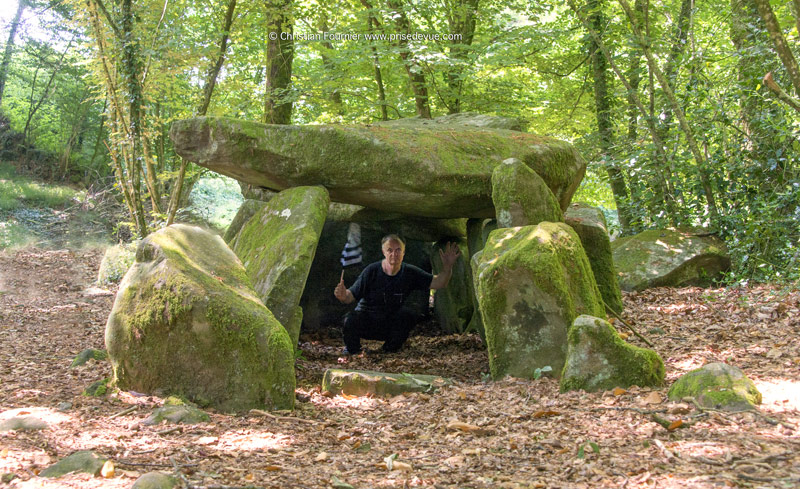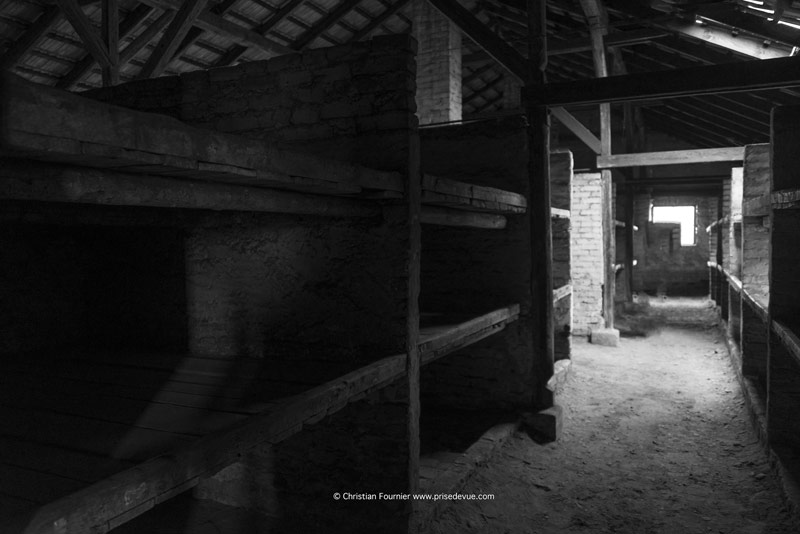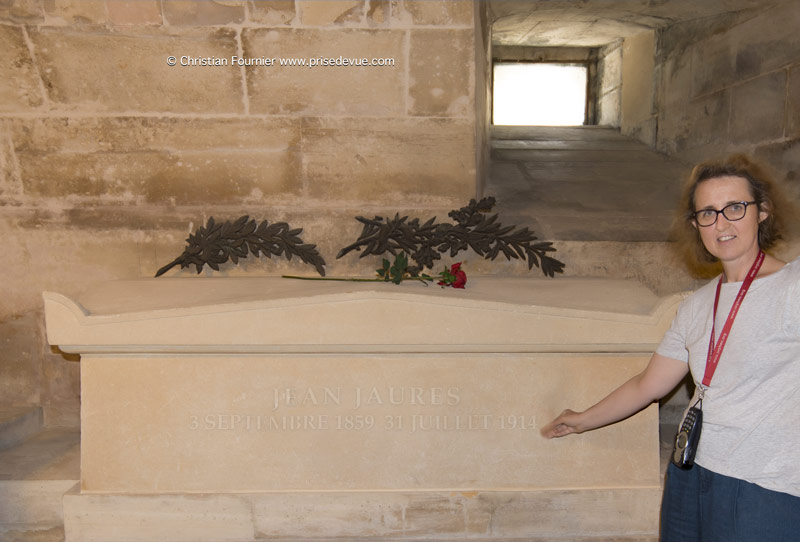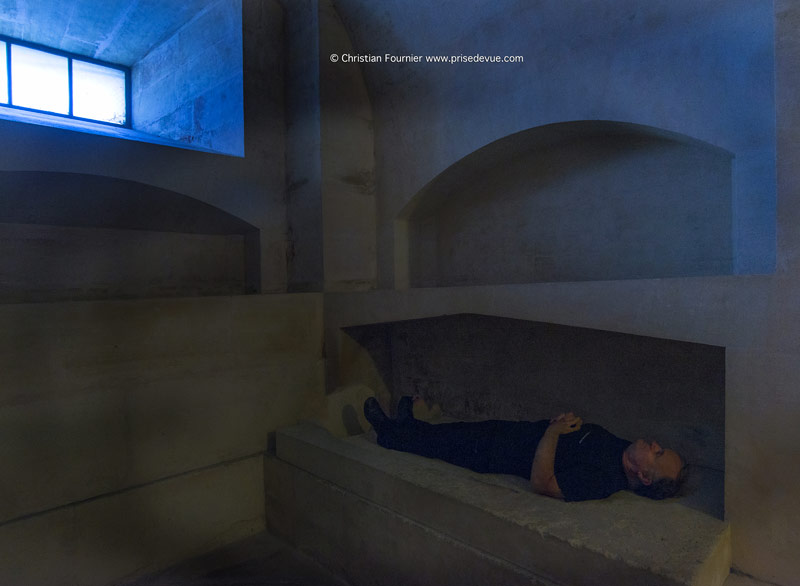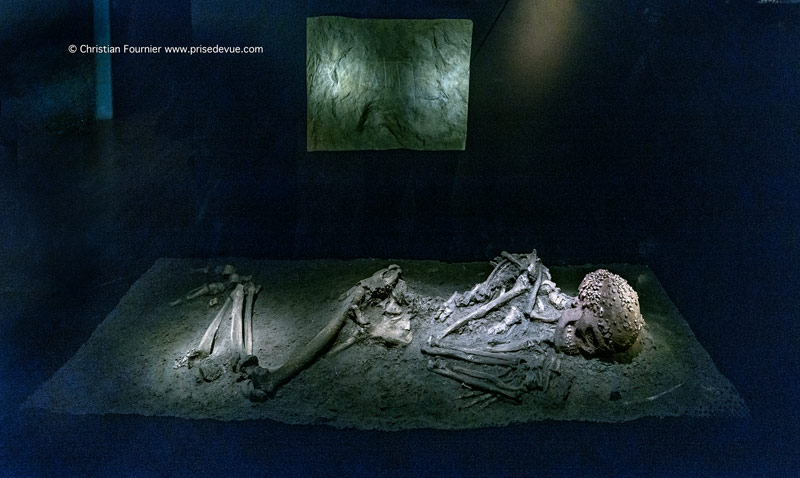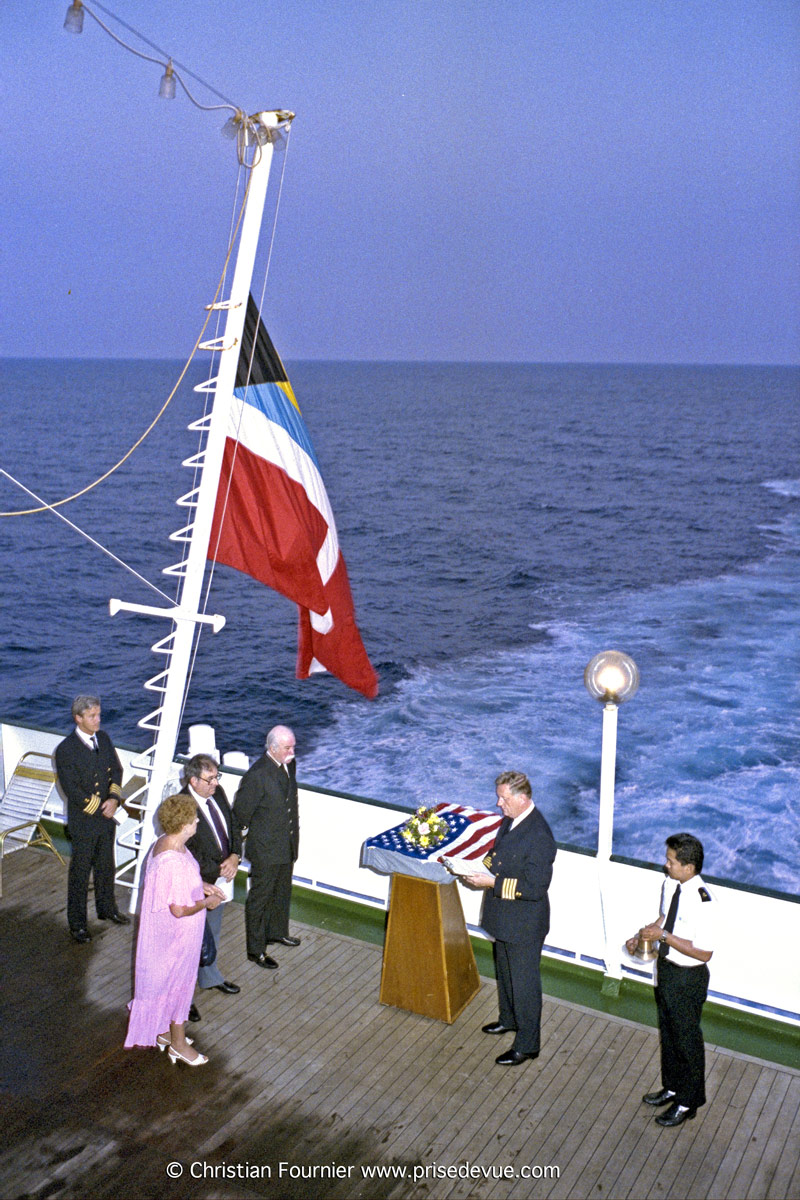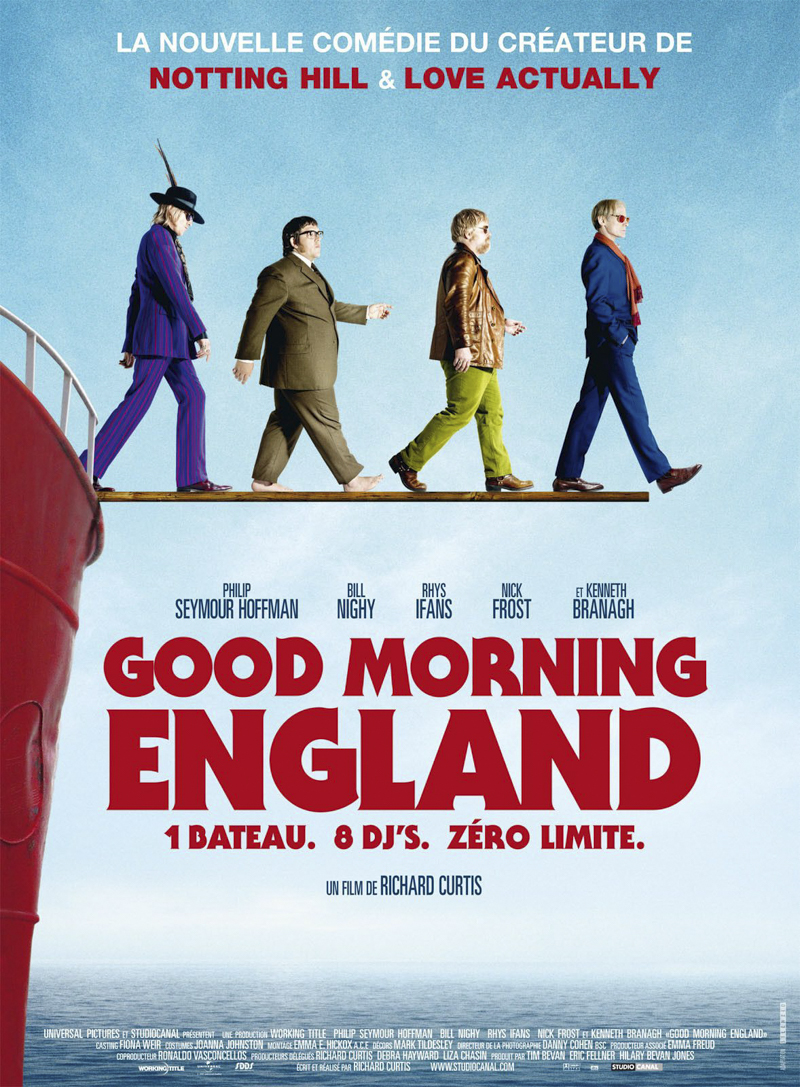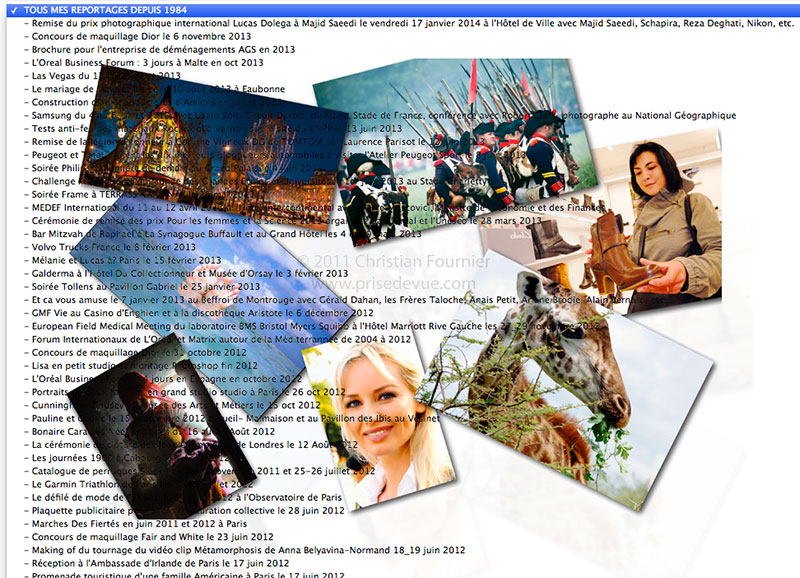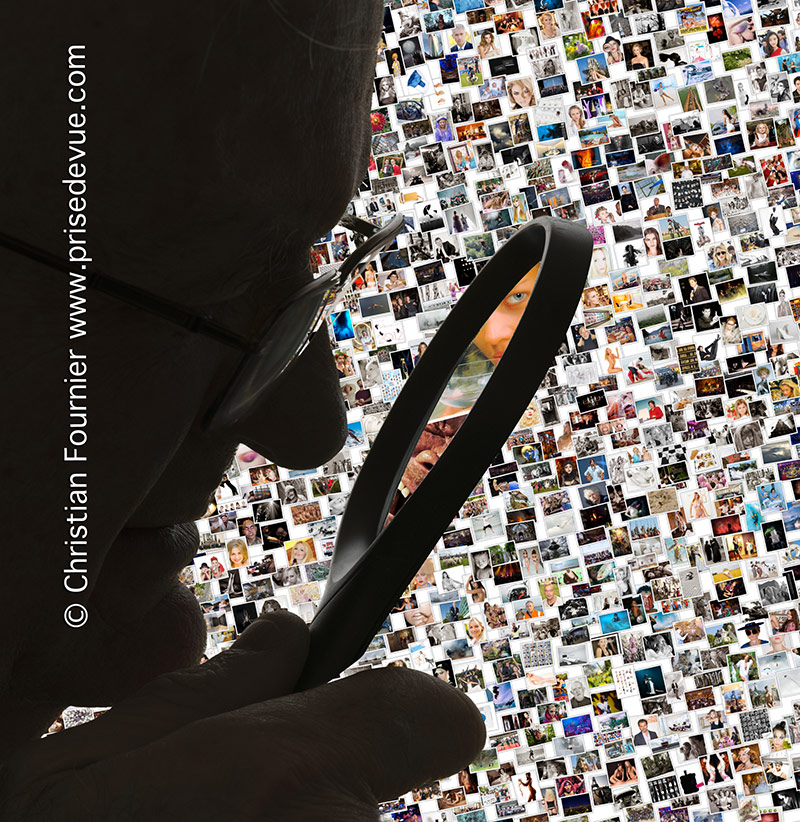
Book challenge. Défi bouquins.
All background photos are mine, except this one.
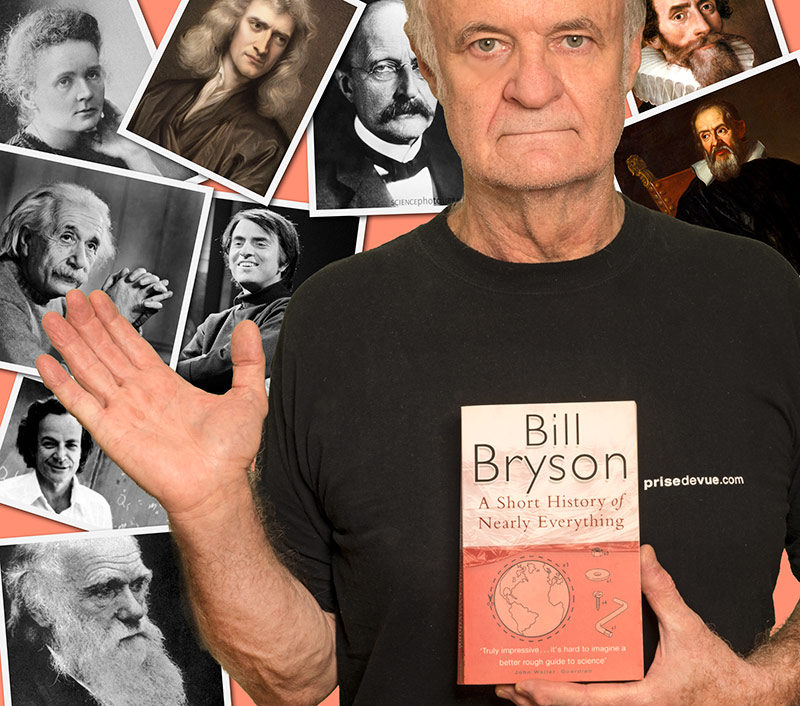
Bill Bryson: A Short History Of Nearly Everything
A Short History of Nearly Everything by American-British author Bill Bryson is a popular science book that explains some areas of science,
using easily accessible language that appeals more to the general public than many other books dedicated to the subject.
It was one of the best-selling popular science books of 2005 in the United Kingdom, selling over 300,000 copies.
Bill Bryson (born 8 December 1951) is an American-British author of books on travel, the English language, science,
and other non-fiction topics. Born in the United States, he has been a resident of Britain for most of his adult life,
returning to the US between 1995 and 2003, and holds dual American and British citizenships.
He served as the chancellor of Durham University from 2005 to 2011.
Some of his books : The Lost Continent: Travels in Small-Town America (1989),
Neither Here Nor There: Travels in Europe (1991) (tour de l'Europe),
Notes from a Small Island (1995) (tour de Grande-Bretagne), Walk in the Woods (Promenons-nous dans les bois),
A Short History of Nearly Everything (2003) (Une histoire de tout, ou presque…), Notes From a Big Country (American rigolos, chroniques d'un grand pays),
Down Under (Nos voisins du dessous), The Road to Little Dribbling: More Notes From a Small Island (2016)
Bill Bryson : Une histoire de tout, ou presque… est un livre de Bill Bryson expliquant le développement de plusieurs domaines de la science
tels que la chimie, la paléontologie, l'astronomie et la physique des particules. Il explore l'époque depuis le Big Bang
jusqu'à la découverte de la mécanique quantique, en passant par l'évolution et la géologie.
Bryson nous raconte l'histoire de la science à travers l'histoire des personnes qui ont fait les découvertes, et de nombreuses anecdotes.
Bill Bryson, né le 8 décembre 1951, est un auteur ayant la double nationalité américaine et britannique
qui a écrit des récits de voyages humoristiques,
ainsi que des livres traitant de la langue anglaise et de sujets scientifiques. Il a vécu la majorité de sa vie d'adulte au Royaume-Uni.
Quelques uns de ces livres : The Lost Continent: Travels in Small-Town America (1989),
Neither Here Nor There: Travels in Europe (1991) (tour de l'Europe), Notes from a Small Island (1995) (tour de Grande-Bretagne),
Walk in the Woods (Promenons-nous dans les bois), A Short History of Nearly Everything (2003) (Une histoire de tout, ou presque…),
Notes From a Big Country (American rigolos, chroniques d'un grand pays),
Down Under (Nos voisins du dessous), The Road to Little Dribbling: More Notes From a Small Island (2016)

A Year in the Merde is a comic novel by Stephen Clarke, first published in 2004 under the pen name Paul West.
In later editions, the author's real identity was revealed. In France, the book title is God save la France.
Paul West is in fact the first-person narrator, a 27-year-old Englishman, single and unattached,
who is recruited by a French entrepreneur and given a one-year contract in Paris to plan
and organise a chain of tea rooms which his employer wants to open in the French capital.
The novel covers fictional events of that year, starting in September 2002 and ending in the summer of 2003.
Set at the time of the 2003 invasion of Iraq, A Year in the Merde is about the cultural differences between the British and the French,
which are somewhat heightened by the war, especially by the opposing views on the invasion held by Blair and Chirac respectively.
The French reaction to the strong anti-French sentiment in the United States is also captured in the novel.
The book also brings out the ambivalent attitude of the French towards the citizens of their capital,
Paris, which is treated almost as a foreign country.
The character Paul in his attempts to assimilate (mainly to improve his sex-life) also contrasts other aspects of French society,
in particular French bureaucracy and higher education, with the "system" in Britain.
Une année dans la merde est unlivre de Stephen Clarke publié pour la première fois en 2004 sous le pseudonyme de Paul West .
Dans les éditions ultérieures, la véritable identité de l'auteur a été révélée. En France, le titre du livre est God save la France.
Paul West est en fait le narrateur à la première personne, un Anglais de 27 ans, célibataire et célibataire,
qui est recruté par un entrepreneur français et qui a reçu un contrat d'un an à Paris pour planifier
et organiser une chaîne de salons de thé qui l'employeur veut ouvrir dans la capitale française.
Le roman couvre les événements fictifs de cette année, commençant en septembre 2002 et se terminant à l'été 2003.
Se déroulant au moment de l' invasion de l'Irak en 2003 , A Year in the Merde
traite des différences culturelles entre les Britanniques et les Français,
quelque peu exacerbées par la guerre, en particulier par les points de vue opposés sur l'invasion tenus respectivement par Blair et Chirac . .
La réaction française au fort sentiment anti-français aux États-Unis est également capturée dans le roman.
Le livre fait également ressortir l'attitude ambivalente des Français envers les citoyens de leur capitale, Paris,
qui est presque traitée comme un pays étranger. Le personnage de Paul dans ses tentatives d'assimilation (principalement pour améliorer sa vie sexuelle)
contraste également avec d'autres aspects de la société française,
en particulier la bureaucratie française et l'enseignement supérieur, avec le «système» britannique.
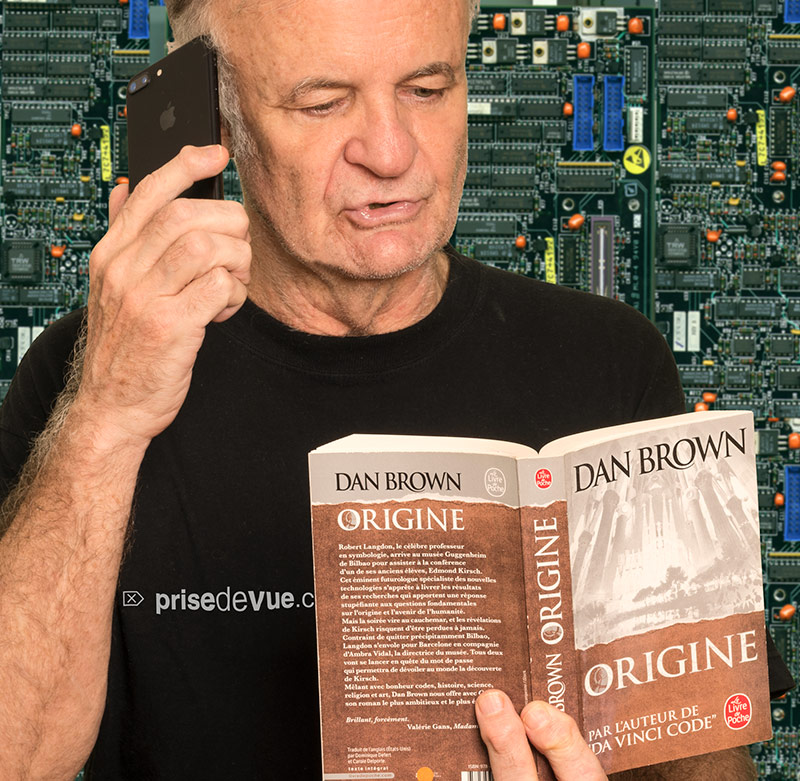
Origine (Origin) est un roman américain de Dan Brown, le cinquième opus dont Robert Langdon est le héros,
publié en France aux Éditions Jean-Claude Lattès le 4 octobre 20171.
Robert Langdon, le célèbre professeur de symbologie et iconographie religieuse à Harvard, arrive au musée Guggenheim de Bilbao
pour assister à une cérémonie historique au cours de laquelle se déroulera l'annonce d’une découverte scientifique révolutionnaire.
L’hôte de la soirée est Edmond Kirsch, un milliardaire de quarante ans dont les inventions high-tech
et les prédictions audacieuses ont fait de lui une figure de renommée mondiale.
Kirsch, qui a été dans sa jeunesse l'étudiant de Langdon à Harvard, est sur le point d'exposer les résultats de ses recherches
qui promettent d'apporter enfin une réponse aux deux questions fondamentales de l'humanité : d'où vient l'homme ? où va-t-il ?
Origin is a 2017 mystery thriller novel by American author Dan Brownand the fifth installment in his Robert Langdon series,
following Inferno. The book was released on October 3, 2017.
The book is predominantly set in Spain and features minor sections in Sharjah and Budapest.
Edmond Kirsch, a billionaire philanthropist, computer scientist and futurist, as well as a strident atheist, attends a meeting in Catalonia
with Roman Catholic Bishop Antonio Valdespino, Jewish Rabbi Yehuda Köves, and Muslim Imam Syed al-Fadl,
three members of the Parliament of the World's Religions. He informs them that he has made a revolutionary discovery
that he plans to release to the public in a month. He has chosen to inform them before the masses out of supposed respect,
despite his well-known hatred of organized religion which he blames for his mother's death. Horrified,
the three learn that he is presenting it in three days' time, prompting Valdespino
to send him a voicemail demanding that he stop or risk being discredited.
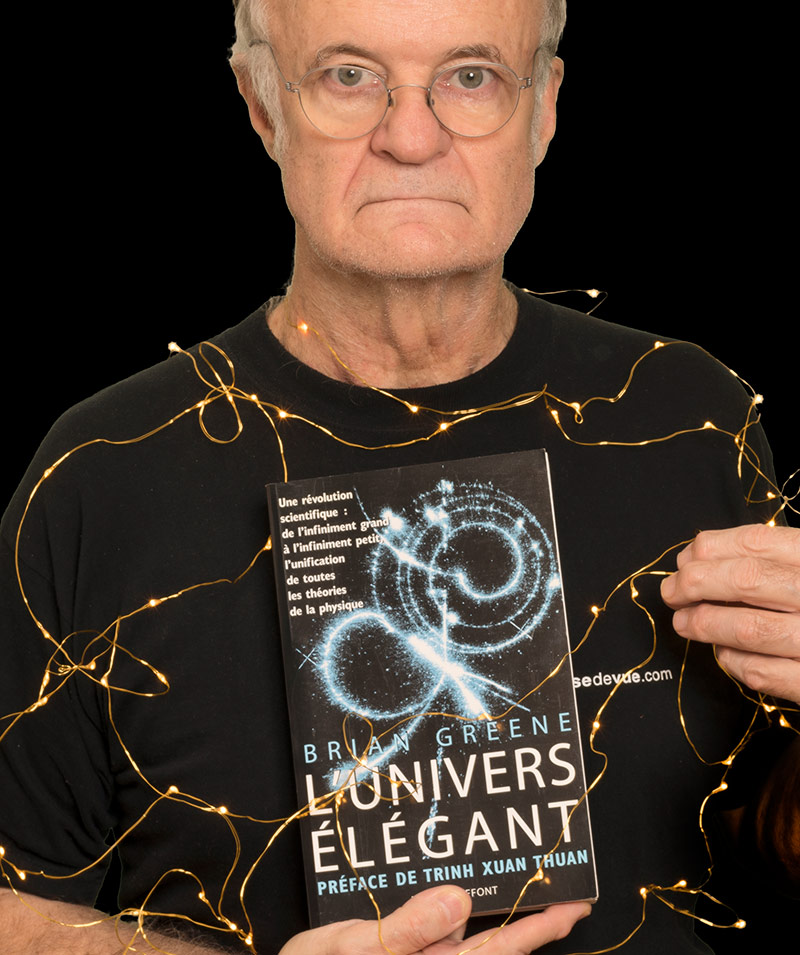
Brian Greene, né le 9 février 1963 à New York, est un physicien américain connu
comme un des spécialistes mondiaux de la théorie des cordes.
Professeur de physique et de mathématiques à l'université Columbia de New York depuis 1996,
Greene a notamment travaillé sur la symétrie miroir et la topologie (en relation avec la théorie des cordes). 1999 : L'Univers élégant.
Brian Greene (born February 9, 1963) is an American theoretical physicist, mathematician, and string theorist.
He has been a professor at Columbia University since 1996 and chairman of the World Science Festival since co-founding it in 2008.
Greene has worked on mirror symmetry, relating two different Calabi–Yau manifolds (concretely,
relating the conifold to one of its orbifolds). He also described the flop transition,
a mild form of topology change, showing that topology in string theory can change at the conifold point.
Greene has become known to a wider audience through his books for the general public,
The Elegant Universe, Icarus at the Edge of Time, The Fabric of the Cosmos, The Hidden Reality, and related PBS television specials.
He also appeared on The Big Bang Theory episode "The Herb Garden Germination", as well as the films Frequency and The Last Mimzy.
1999 : The Elegant Universe
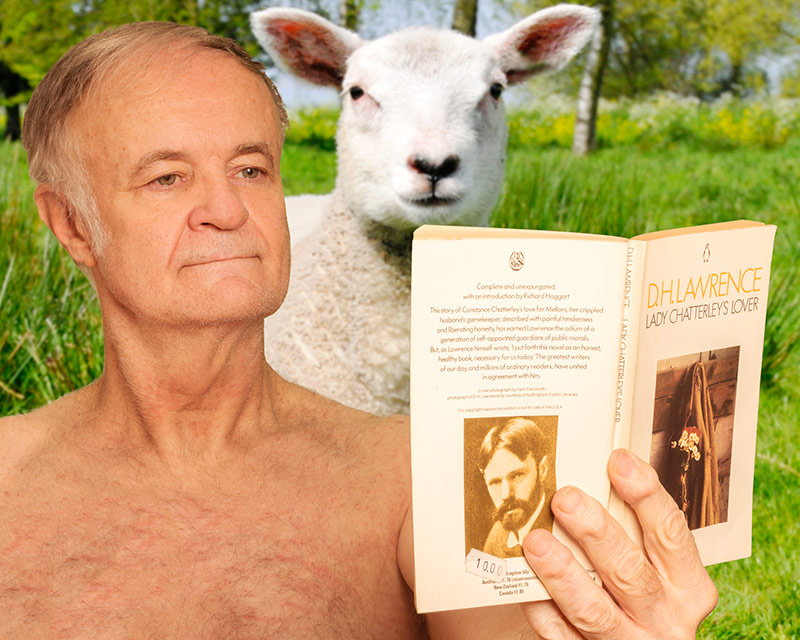
Lady Chatterley's Lover is a novel by English author D. H. Lawrence, first published privately in 1928 in Italy and in 1929 in France.
An unexpurgated edition was not published openly in the United Kingdom until 1960,
when it was the subject of a watershed obscenity trial against the publisher Penguin Books.
Penguin won the case and quickly sold three million copies.
The book was also banned for obscenity in the United States, Canada, Australia, India, and Japan.
The book soon became notorious for its story of the physical (and emotional) relationship between a working-class man and an upper-class woman,
its explicit descriptions of sex, and its use of then-unprintable four-letter words.
The story is said to have originated from certain events in Lawrence's own unhappy domestic life,
and he took inspiration for the settings of the book from Nottinghamshire, where he grew up.
According to some critics, the fling of Lady Ottoline Morrell with "Tiger",
a young stonemason who came to carve plinths for her garden statues, also influenced the story.
Lawrence, who at one time considered calling the novel John Thomas and Lady Jane (in reference to the male and female sex organs),
made significant alterations to the text and story in the process of its composition.
Lawrence read the manuscript of Maurice by E. M. Forster, which was published posthumously in 1971.
That novel, which also involves a gamekeeper becoming the lover of a member of the upper classes,
although the relationship is homosexual, was an influence on Lady Chatterley's Lover.
Lady Chatterley est le personnage principal du roman de David Herbert Lawrence,
L'Amant de lady Chatterley (1928). L'article « L'Amant de lady Chatterley (1928) » n'existe pas sur ce fr.wikipaedia !
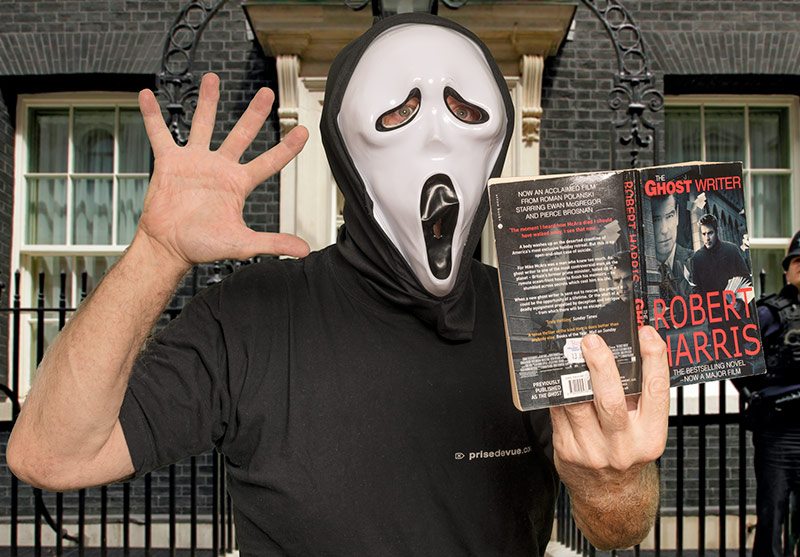
The Ghost whriter is a 2007 contemporary political thriller by the best-selling English novelist
and journalist Robert Harris. In 2010, the novel was adapted into a film, The Ghost Writer, directed by Roman Polanski
and starring Pierce Brosnan, for which Polanski and Harris co-wrote the screenplay.
Most of the action takes place on Martha's Vineyard in Massachusetts, where Lang has been holed up
in the holiday home of his billionaire American publisher to turn out his memoirs on a deadline.
Other scenes are set in Notting Hill, New York and Whitehall.
Lang's former aide, Mike McAra, has been struggling to ghost the former politician's memoirs.
But, as the novel opens, McAra drowns when he apparently falls off the Woods Hole ferry.
The fictional narrator of The Ghost, whose name is never revealed, is hired to replace him.
His girlfriend walks out on him over his willingness to take the job: "She felt personally betrayed by him; she used to be a party member."
He soon suspects foul play and stumbles across evidence of possible motive, buried in Lang's Cambridge past.
Having located what may be the lethal secret, the replacement ghostwriter begins to fear for his own safety.
Meanwhile, Lang, like his real-life counterpart, has been accused by his enemies of war crimes.
A leaked memorandum has revealed that he secretly approved the capture and extraordinary rendition of UK citizens
to Guantanamo Bay to face interrogation and torture. Richard Rycart,
Lang's disillusioned and renegade former foreign secretary
(loosely based on Robin Cook), who before and during his early days in office made much of his wish to adopt an "ethical" foreign policy,
is now at the UN, in a position to do his former boss serious damage. Unlike Blair,
Lang thus appears in imminent threat of indictment at the International Criminal Court.
The narrator tussles to reconcile his obligation to complete the ghosting job with its attendant abundant payment
on the one hand and, on the other, the pressing need, as he sees it, to reveal Lang's true allegiances.
The action really heats up when he contacts Rycart.
The narrator comes under increasing jeopardy: romantically and politically, as well as physically.
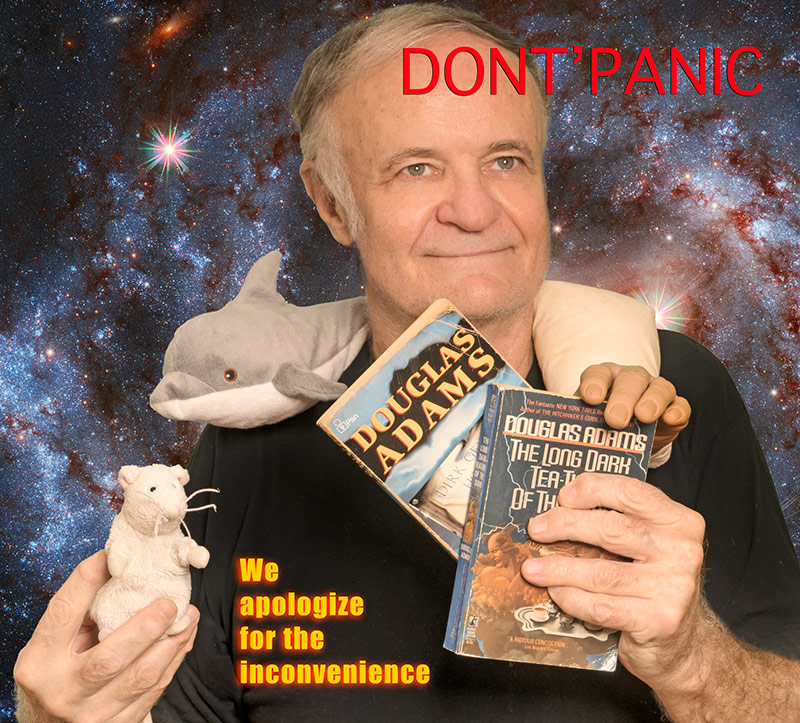
Douglas Noel Adams (DNA), né le 11 mars 1952 à Cambridge
et mort le 11 mai 2001 (à 49 ans) à Santa Barbara, est un écrivain et scénariste britannique.
Il est surtout connu pour son œuvre Le Guide du voyageur galactique (The Hitchhiker's Guide to the Galaxy), une saga de science-fiction humoristique
dont il scénarisa le feuilleton radio original puis écrivit la « trilogie en cinq volumes » de romans.
Douglas Adams1 est né en 1952 à Cambridge. Il est le fils d'un étudiant en théologie et d'une infirmière.
Après de nombreux petits boulots tels que portier dans un hôpital psychiatrique, nettoyeur d'abris à poulets
ou garde du corps, il entre à l'université de Cambridge et tente d'intégrer l'équipe des Footlights,
la troupe dont sont issus les Monty Python. De cette époque,
il garde des liens solides avec Graham Chapman, avec qui il travaille deux ans, et Terry Jones.
Il participe à l'écriture de sketchs pour l'émission Monty Python's Flying Circus et y fait parfois de la figuration.
À 25 ans, Douglas propose à la BBC une série radio intitulée The Hitchhiker's Guide to the Galaxy,
dont le premier des douze épisodes est diffusé le 8 avril 1978. Cette série devient rapidement culte.
Parallèlement, il écrit son premier script pour la télévision pour la série Doctor Who avec l'épisode « The Pirate Planet. »
Le succès du Hitchhiker dope la carrière de Douglas Adams qui devient producteur sur BBC Radio 4.
En 1979, Douglas Adams publie le premier tome du cycle H2G2, Le Guide du voyageur galactique.
Douglas Adams se définissait lui-même comme athée radical, et était aussi passionné
par les conséquences de la découverte de Darwin que son ami Richard Dawkins, qui prononcera en 2001 son oraison funèbre.
Tombe au cimetière de Highgate.
En mai 2001, Douglas Adams meurt à 49 ans, d'une crise cardiaque en Californie où il venait de s'installer
avec sa femme et sa fille pour collaborer à l'adaptation cinématographique du Guide du voyageur galactique,
dont il ne vit donc jamais le résultat. Depuis, tous les 25 mai, est célébré le Towel Day en hommage à l'écrivain.
Il est enterré à Londres, au cimetière de Highgate.
Le Guide du voyageur galactique, 1982 ((en) The Hitchhiker's Guide to the Galaxy, 1979)
Le Dernier Restaurant avant la fin du monde, 1982 ((en) The Restaurant at the End of the Universe, 1980)
La Vie, l'Univers et le Reste, 1983 ((en) Life, the Universe and Everything, 1982)
Salut, et encore merci pour le poisson, 1994 ((en) So Long, and Thanks For All the Fish, 1984)
Globalement inoffensive, 1994 ((en) Mostly Harmless, 1992)
Un cheval dans la salle de bains ((en) Dirk Gently's Holistic Detective Agency, 1987)
Beau comme un aéroport ((en) The Long Dark Teatime of the Soul, 1988)
Le Saumon du Doute ((en) The Salmon of Doubt, 2001)
Douglas Noel Adams (11 March 1952 – 11 May 2001) was an English author,
screenwriter, essayist, humorist, satirist and dramatist.
Adams was author of The Hitchhiker's Guide to the Galaxy, which originated in 1978 as a BBC radio comedy
before developing into a "trilogy" of five books that sold more than 15 million copies in his lifetime
Adams also wrote Dirk Gently's Holistic Detective Agency (1987) and
The Long Dark Tea-Time of the Soul (1988), and co-wrote The Last Chance to See (1990).
He wrote two stories for the television series Doctor Who, and the Monty Python sketch “Patient Abuse”
which appeared in the final episode of Monty Python's Flying Circus.
A posthumous collection of his selected works, including the first publication of his final (unfinished) novel,
was published as The Salmon of Doubt in 2002.
Adams was an advocate for environmentalism and conservation, a lover of technological innovation
and the Apple Macintosh, and a self-proclaimed "radical atheist".
The Hitchhiker's Guide to the Galaxy (1979) (novel)
The Restaurant at the End of the Universe (1980) (novel)
Life, the Universe and Everything (1982) (novel)
So Long, and Thanks for All the Fish (1984) (novel)
Dirk Gently's Holistic Detective Agency (1987) (novel)
The Long Dark Tea-Time of the Soul (1988) (novel)
Mostly Harmless (1992) (novel)
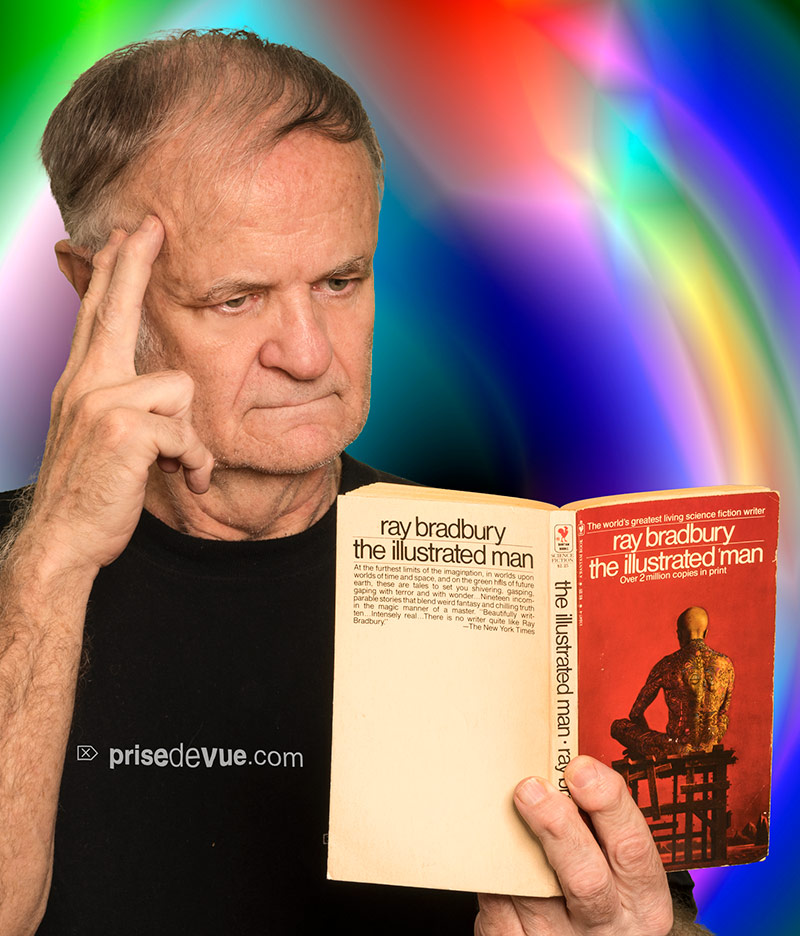
Ray Bradbury : The Illustrated Man
The Illustrated Man is a 1951 collection of eighteen science fiction short stories by American writer Ray Bradbury.
A recurring theme throughout the eighteen stories is the conflict of the cold mechanics of technology and the psychology of people.
It was nominated for the International Fantasy Award in 1952.
The unrelated stories are tied together by the frame device of "The Illustrated Man", a vagrant former member of a carnival freak show
with an extensively tattooed body whom the unnamed narrator meets. The man's tattoos, allegedly created by a time-traveling woman,
are individually animated, and each tells a different tale. All but one of the stories had been published previously elsewhere,
although Bradbury revised some of the texts for the book's publication.
Ray Bradbury (August 22, 1920 – June 5, 2012) was an American author and screenwriter.
One of the most celebrated 20th and 21st-century American writers, he worked in a variety of genres
including fantasy, science fiction, horror, and mystery fiction.
Bradbury was mainly known for his novel Fahrenheit 451 (1953) and his science fiction
and horror story collections The Martian Chronicles (1950),
The Illustrated Man (1951), and I Sing the Body Electric! (1969). Most of his best known work is in fantasy fiction,
but he also wrote in other genres, such as the coming of age novel Dandelion Wine (1957) and the fictionalized memoir Green Shadows,
White Whale (1992). He also wrote and consulted on screenplays and television scripts, including Moby Dick
and It Came from Outer Space. Many of his works were adapted into television and film as well as comic books.
The New York Times called Bradbury "the writer most responsible
for bringing modern science fiction into the literary mainstream".
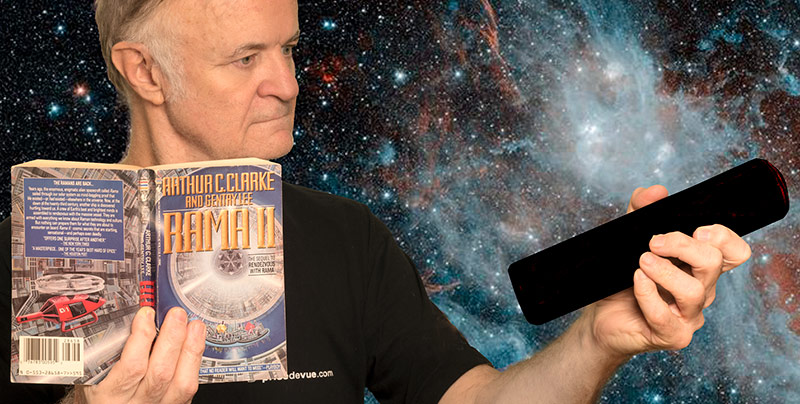
Arthur C Clarke Rama II
Rama Revealed (1993) is a science fiction novel by Arthur C. Clarke and Gentry Lee.
It is the last in a four-book series of Clarke's Rendezvous with Rama.
Sir Arthur Charles Clarke CBE FRAS (16 December 1917 – 19 March 2008) was an English science-fiction writer,
science writer, futurist, inventor, undersea explorer, and television series host.
He co-wrote the screenplay for the 1968 film 2001: A Space Odyssey, one of the most influential films of all time.
Clarke was a science writer, an avid populariser of space travel, and a futurist of a distinguished ability.
He wrote more than a dozen books and many essays for popular magazines. In 1961, he received the Kalinga Prize,
a UNESCO award for popularising science. Clarke's science and science-fiction writings earned him the moniker "Prophet of the Space Age".
His science-fiction writings in particular earned him a number of Hugo and Nebula awards, which along with a large readership,
made him one of the towering figures of the genre. For many years Clarke, Robert Heinlein,
and Isaac Asimov were known as the "Big Three" of science fiction.
Clarke was a lifelong proponent of space travel. In 1934, while still a teenager, he joined the British Interplanetary Society.
In 1945, he proposed a satellite communication system using geostationary orbits.
He was the chairman of the British Interplanetary Society from 1946–1947 and again in 1951–1953.
Clarke emigrated from England to Ceylon (now Sri Lanka) in 1956, to pursue his interest in scuba diving.
That year, he discovered the underwater ruins of the ancient Koneswaram Temple in Trincomalee. Clarke augmented his popularity in the 1980s,
as the host of television shows such as Arthur C. Clarke's Mysterious World. He lived in Sri Lanka until his death.
Clarke was appointed Commander of the Order of the British Empire (CBE) in 1989 "for services to British cultural interests in Sri Lanka".
He was knighted in 1998 and was awarded Sri Lanka's highest civil honour, Sri Lankabhimanya, in 2005.
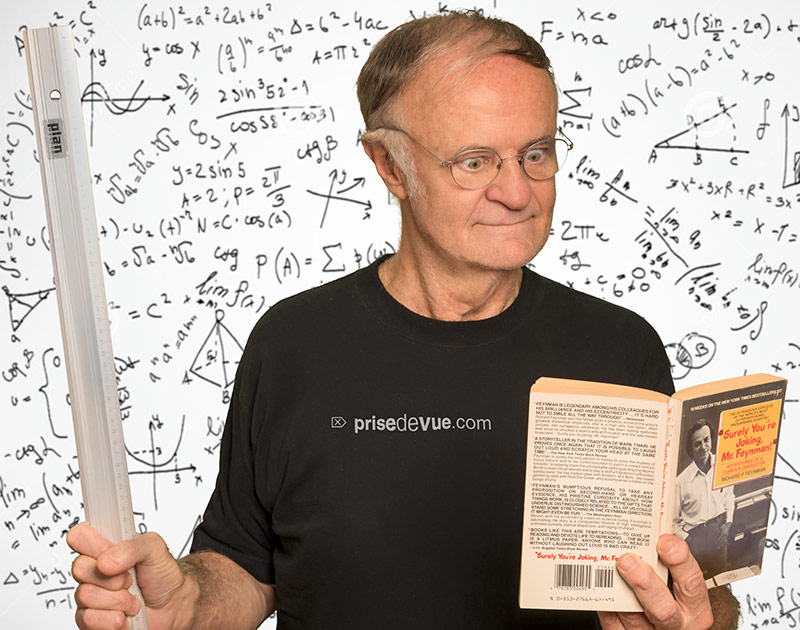
Surely you're joking Mr. Feynman
"Surely You're Joking, Mr. Feynman!": Adventures of a Curious Character is an edited collection of reminiscences
by the Nobel Prize-winning physicist Richard Feynman. The book, released in 1985, covers a variety of instances in Feynman's life.
The anecdotes in the book are based on recorded audio conversations
that Feynman had with his close friend and drumming partner Ralph Leighton.
Richard Feynman (May 11, 1918 – February 15, 1988) was an American theoretical physicist,
known for his work in the path integral formulation of quantum mechanics, the theory of quantum electrodynamics,
the physics of the superfluidity of supercooled liquid helium, as well as his work in particle physics for which he proposed the parton model.
For contributions to the development of quantum electrodynamics, Feynman received the Nobel Prize in Physics
in 1965 jointly with Julian Schwinger and Shin'ichirō Tomonaga.
Feynman developed a widely used pictorial representation scheme
for the mathematical expressions describing the behavior of subatomic particles,
which later became known as Feynman diagrams. During his lifetime, Feynman became one of the best-known scientists in the world.
In a 1999 poll of 130 leading physicists worldwide by the British journal Physics World,
he was ranked as one of the ten greatest physicists of all time.
He assisted in the development of the atomic bomb during World War II and became known to a wide public in the 1980s
as a member of the Rogers Commission, the panel that investigated the Space Shuttle Challenger disaster.
Along with his work in theoretical physics, Feynman has been credited with pioneering the field of quantum computing
and introducing the concept of nanotechnology.
He held the Richard C. Tolman professorship in theoretical physics at the California Institute of Technology.
Feynman was a keen popularizer of physics through both books and lectures,
including a 1959 talk on top-down nanotechnology called
There's Plenty of Room at the Bottom and the three-volume publication of his undergraduate lectures,
The Feynman Lectures on Physics. Feynman also became known through his semi-autobiographical books
Surely You're Joking, Mr. Feynman! and What Do You Care What Other People Think?,
and books written about him such as Tuva or Bust!
by Ralph Leighton and the biography Genius: The Life and Science of Richard Feynman by James Gleick.
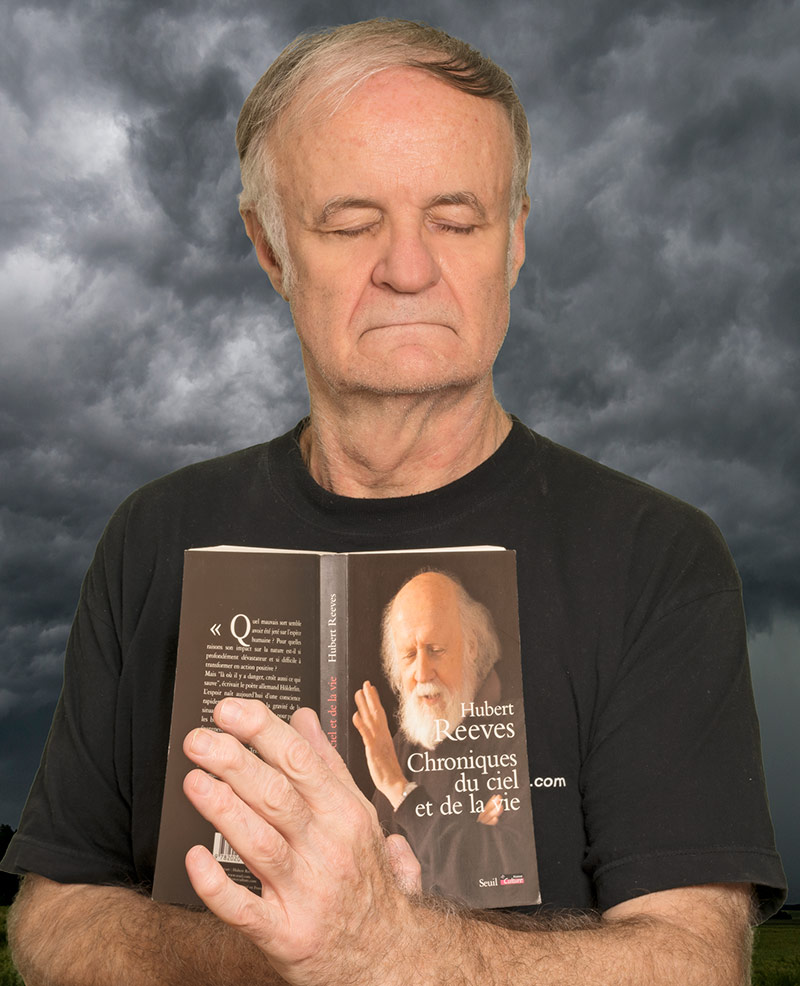
Hubert Reeves chroniques du ciel et de la vie
Hubert Reeves, né le 13 juillet 1932 à Montréal (Québec), est un astrophysicien,
vulgarisateur scientifique et écologiste canadien naturalisé français.
Ayant commencé sa carrière en tant que chercheur en astrophysique,
il pratique aussi la vulgarisation scientifique depuis les années 1970 et s'avère aussi
un militant écologiste depuis les années 2000.
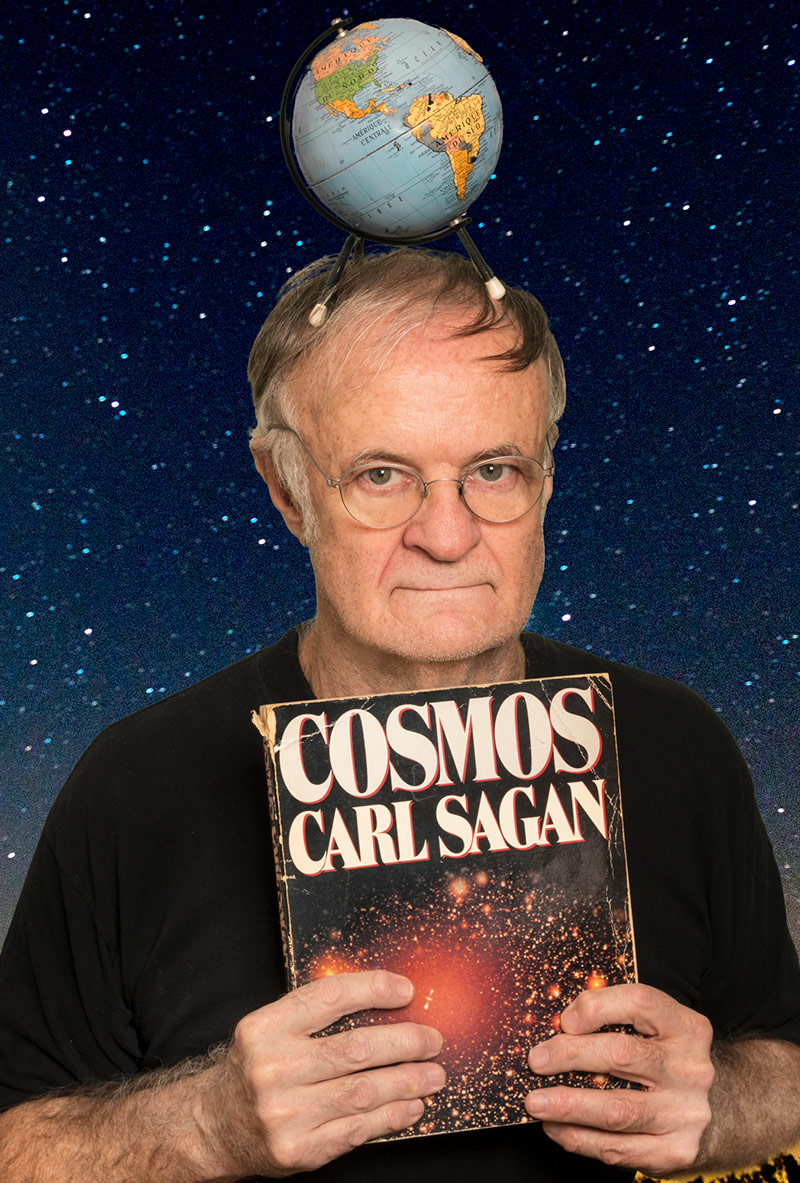
Carl Edward Sagan (November 9, 1934 – December 20, 1996) was an American astronomer, planetary scientist,
cosmologist, astrophysicist, astrobiologist, author, and science communicator.
His best known scientific contribution is research on extraterrestrial life,
including experimental demonstration of the production of amino acids from basic chemicals by radiation.
Sagan assembled the first physical messages sent into space: the Pioneer plaque and the Voyager Golden Record,
universal messages that could potentially be understood by any extraterrestrial intelligence that might find them.
Sagan argued the now-accepted hypothesis that the high surface temperatures of Venus
can be attributed to and calculated using the greenhouse effect.
Initially an associate professor at Harvard and later at Cornell, from 1976 to his death,
he was the David Duncan Professor of Astronomy and Space Sciences at the latter.
Sagan published more than 600 scientific papers and articles and was author,
co-author or editor of more than 20 books. He wrote many popular science books,
such as The Dragons of Eden, Broca's Brain and Pale Blue Dot,
and narrated and co-wrote the award-winning 1980 television series Cosmos: A Personal Voyage.
The most widely watched series in the history of American public television,
Cosmos has been seen by at least 500 million people across 60 different countries.
The book Cosmos was published to accompany the series.
He also wrote the science fiction novel Contact, the basis for a 1997 film of the same name.
His papers, containing 595,000 items, are archived at The Library of Congress.
Sagan advocated scientific skeptical inquiry and the scientific method, pioneered exobiology
and promoted the Search for Extra-Terrestrial Intelligence (SETI).
He spent most of his career as a professor of astronomy at Cornell University, where he directed the Laboratory for Planetary Studies.
Sagan and his works received numerous awards and honors, including the NASA Distinguished Public Service Medal,
the National Academy of Sciences Public Welfare Medal, the Pulitzer Prize for General Non-Fiction for his book The Dragons of Eden,
and, regarding Cosmos: A Personal Voyage, two Emmy Awards, the Peabody Award, and the Hugo Award.
He married three times and had five children.
After suffering from myelodysplasia, Sagan died of pneumonia at the age of 62, on December 20, 1996.
L'article « Carl Edward Sagan » n'existe pas sur le wikpédia français !
Christian Fournier : "En France la science n'intéresse personne!"
Cosmos est un ouvrage de vulgarisation scientifique qui traite de cosmologie, la science des lois qui gouvernent l’univers,
écrit par l’astrophysicien américain Carl Sagan. Publié pour la première fois en 1980, il s’adresse à un public profane.
Il est publié en France l'année suivante aux éditions Mazarine.
Il est composé de treize chapitres abondamment illustrés qui font écho aux treize épisodes
de la série télévisée documentaire du même titre également créée par C.Sagan.
L'édition française originale comporte une préface de Georges Leclere, alors chef du service scientifique d'Antenne 2.
Cosmos obtient le prix Hugo dans la catégorie « Non fiction » en 1981.
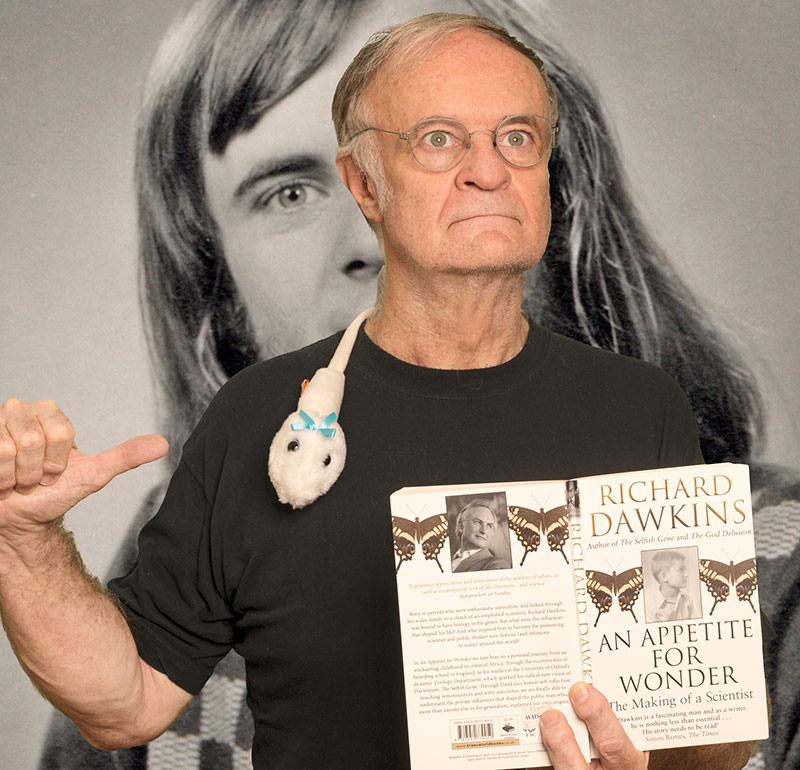
Richard Dawkins FRS FRSL (26 March 1941) is a British ethologist, evolutionary biologist, and author.
He is an emeritus fellow of New College, Oxford, and was the University of Oxford's Professor
for Public Understanding of Science from 1995 until 2008.
Dawkins first came to prominence with his 1976 book The Selfish Gene, which popularised the gene-centred
view of evolution and introduced the term meme. With his book The Extended Phenotype (1982),
he introduced into evolutionary biology
the influential concept that the phenotypic effects of a gene are not necessarily limited to an organism's body,
but can stretch far into the environment.
In 2006, he founded the Richard Dawkins Foundation for Reason and Science.
Dawkins is known as an outspoken atheist. He is well known for his criticism of creationism and intelligent design.
In The Blind Watchmaker (1986), he argues against the watchmaker analogy, an argument for the existence
of a supernatural creator based upon the complexity of living organisms.
Instead, he describes evolutionary processes as analogous to a blind watchmaker, in that reproduction, mutation,
and selection are unguided by any designer.
In The God Delusion (2006), Dawkins contends that a supernatural creator almost certainly does not exist and that religious faith is a delusion.
Dawkins has been awarded academic and writing awards, and he makes television, radio, and Internet appearances,
predominantly discussing his books, atheism, and his ideas and opinions as a public intellectual.

Kepler, le chien des étoiles
Johannes Keplern (ou Keppler), né le 27 décembre 1571 à Weil der Stadt et mort
le 15 novembre 1630 à Ratisbonne dans l'électorat de Bavière,
est un astronome célèbre pour avoir étudié l’hypothèse héliocentrique de Nicolas Copernic,
affirmant que la Terre tourne autour du Soleil
et surtout pour avoir découvert que les planètes ne tournent pas autour du Soleil en suivant des trajectoires circulaires parfaites
mais des trajectoires elliptiques. « Kepler a découvert les relations mathématiques (dites Lois de Kepler)
qui régissent les mouvements des planètes sur leur orbite. Ces relations furent ensuite exploitées par Isaac Newton
pour élaborer la théorie de la gravitation universelle. »
En 1687, s'appuyant sur les travaux de Galilée, Kepler et Huygens, Isaac Newton découvre
la loi de la gravitation qui lui permet d'expliquer les trois lois de Kepler :
- Les planètes du système solaire décrivent des trajectoires elliptiques, dont le Soleil occupe l'un des foyers.
- Des aires égales sont balayées dans des temps égaux.
- Le carré de la période sidérale P d'une planète (temps entre deux passages successifs devant une étoile)
est directement proportionnel au cube du demi-grand axe a de la trajectoire elliptique de la planète
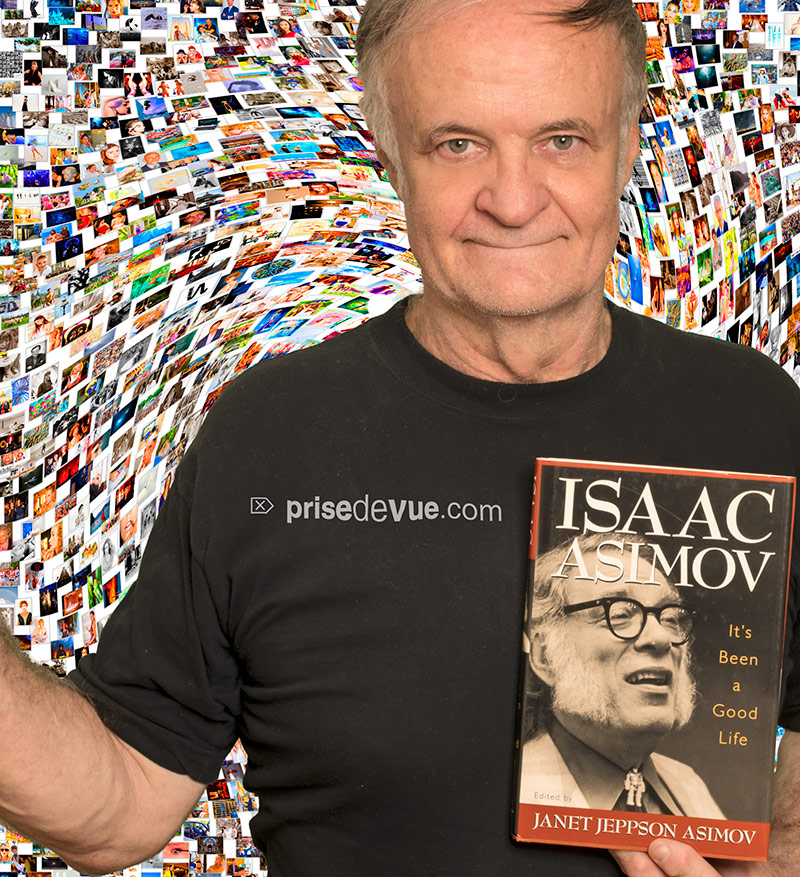
Asaac Asimov ( January 21920 – April 6, 1992) was an American writer and professor of biochemistry at Boston University.
He was known for his works of science fiction and popular science. Asimov was a prolific writer who wrote
or edited more than 500 books and an estimated 90,000 letters and postcards.
Asimov wrote hard science fiction. Along with Robert A. Heinlein and Arthur C. Clarke, Asimov was considered
one of the "Big Three" science fiction writers during his lifetime.
Asimov's most famous work is the "Foundation" series, the first three books of which won the one-time Hugo Award
for "Best All-Time Series" in 1966.
His other major series are the "Galactic Empire" series and the Robot series.
The Galactic Empire novels are set in earlier history of the same fictional universe as the Foundation series.
Later, with Foundation and Earth (1986), he linked this distant future to the Robot stories,
creating a unified "future history" for his stories much like those pioneered
by Robert A. Heinlein and previously produced by Cordwainer Smith and Poul Anderson.
He also wrote hundreds of short stories, including the social science fiction novelette "Nightfall",
which in 1964 was voted the best short science fiction story
of all time by the Science Fiction Writers of America.
Asimov wrote the Lucky Starr series of juvenile science-fiction novels using the pen name Paul French.
Asimov also wrote mysteries and fantasy, as well as much nonfiction.
Most of his popular science books explain concepts
in a historical way, going as far back as possible to a time when the science in question was at its simplest stage.
Examples include Guide to Science, the three-volume set Understanding Physics,
and Asimov's Chronology of Science and Discovery.
He wrote on numerous other scientific and non-scientific topics, such as
chemistry, astronomy, mathematics, history, biblical exegesis, and literary criticism.
He was president of the American Humanist Association. The asteroid (5020) Asimov, a crater on the planet Mars,
a Brooklyn elementary school, Honda's humanoid robot, ASIMO, and four literary awards are named in his honor.
Asimov's first wide-ranging reference work, The Intelligent Man's Guide to Science (1960),
was nominated for a National Book Award, and in 1963 he won a Hugo Award – his first – for his essays for F&SF.
The popularity of his science books and the income he derived from them allowed him to give up most academic responsibilities
and become a full-time freelance writer. He encouraged other science fiction writers to write popular science,
stating in 1967 that "the knowledgeable, skillful science writer is worth his weight in contracts",
with "twice as much work as he can possibly handle".
The great variety of information covered in Asimov's writings prompted Kurt Vonnegut to ask,
"How does it feel to know everything?" Asimov replied that he only knew how it felt to have the 'reputation' of omniscience:
"Uneasy". Floyd C. Gale said that "Asimov has a rare talent.
He can make your mental mouth water over dry facts",and "science fiction's loss has been science popularization's gain".
Asimov said that "Of all the writing I do, fiction, non-fiction, adult, or juvenile, these F & SF articles are by far the most fun".
He regretted, however, that he had less time for fiction—causing dissatisfied readers to send him letters of complaint—
stating in 1969 that "In the last ten years, I've done a couple of novels, some collections, a dozen or so stories, but that's nothing".
Asimov was an atheist, a humanist, and a rationalist. He did not oppose religious conviction in others,
but he frequently railed against superstitious and pseudoscientific beliefs that tried to pass themselves off
as genuine science. During his childhood, his father and mother observed
the traditions of Orthodox Judaism, though not as stringently as they had in Petrovichi;
they did not, however, force their beliefs upon young Isaac.
Thus, he grew up without strong religious influences, coming to believe that the Torah
represented Hebrew mythology in the same way that the Iliad recorded Greek mythology.
When he was 13, he chose not to have a bar mitzvah. As his books Treasury of Humor and Asimov Laughs Again record,
Asimov was willing to tell jokes involving God, Satan, the Garden of Eden, Jerusalem, and other religious topics,
expressing the viewpoint that a good joke can do more to provoke thought than hours of philosophical discussion.
Fact and Fancy (1962)
View from a Height (1963)
Adding a Dimension (1964)
Of Time and Space and Other Things (1965)
From Earth to Heaven (1966)
Science, Numbers, and I (1968)
The Solar System and Back (1970)
The Stars in Their Courses (1971)
The Left Hand of the Electron (1972)
The Tragedy of the Moon (1973)
Asimov On Astronomy (updated version of essays in previous collections) (1974) ISBN 978-0-517-27924-3
Asimov On Chemistry (updated version of essays in previous collections) (1974)
Of Matters Great and Small (1975)
Asimov On Physics (updated version of essays in previous collections) (1976) ISBN 978-0-385-00958-4
The Planet That Wasn't (1976)
Asimov On Numbers (updated version of essays in previous collections) (1976)
Quasar, Quasar, Burning Bright (1977)
The Road to Infinity (1979)
The Sun Shines Bright (1981)
Counting the Eons (1983)
X Stands for Unknown (1984)
The Subatomic Monster (1985)
Far as Human Eye Could See (1987)
The Relativity of Wrong (1988)
Asimov on Science: A 30 Year Retrospective 1959–1989 (1989) (features the first essay in the introduction)
Out of the Everywhere (1990)
The Secret of the Universe (1991)
The Three Laws of Robotics (often shortened to The Three Laws or known as Asimov's Laws) are a set of rules devised
by the science fiction author Isaac Asimov.
The Three Laws, quoted as being from the "Handbook of Robotics, 56th Edition, 2058 A.D.", are:
First Law
A robot may not injure a human being or, through inaction, allow a human being to come to harm.
Second Law
A robot must obey the orders given it by human beings except where such orders would conflict with the First Law.
Third Law
A robot must protect its own existence as long as such protection does not conflict with the First or Second Law.
It's Been a Good Life (2002, Prometheus Books), condensation of Asimov's three volumes of autobiography,
edited by his widow, Janet Jeppson Asimov.
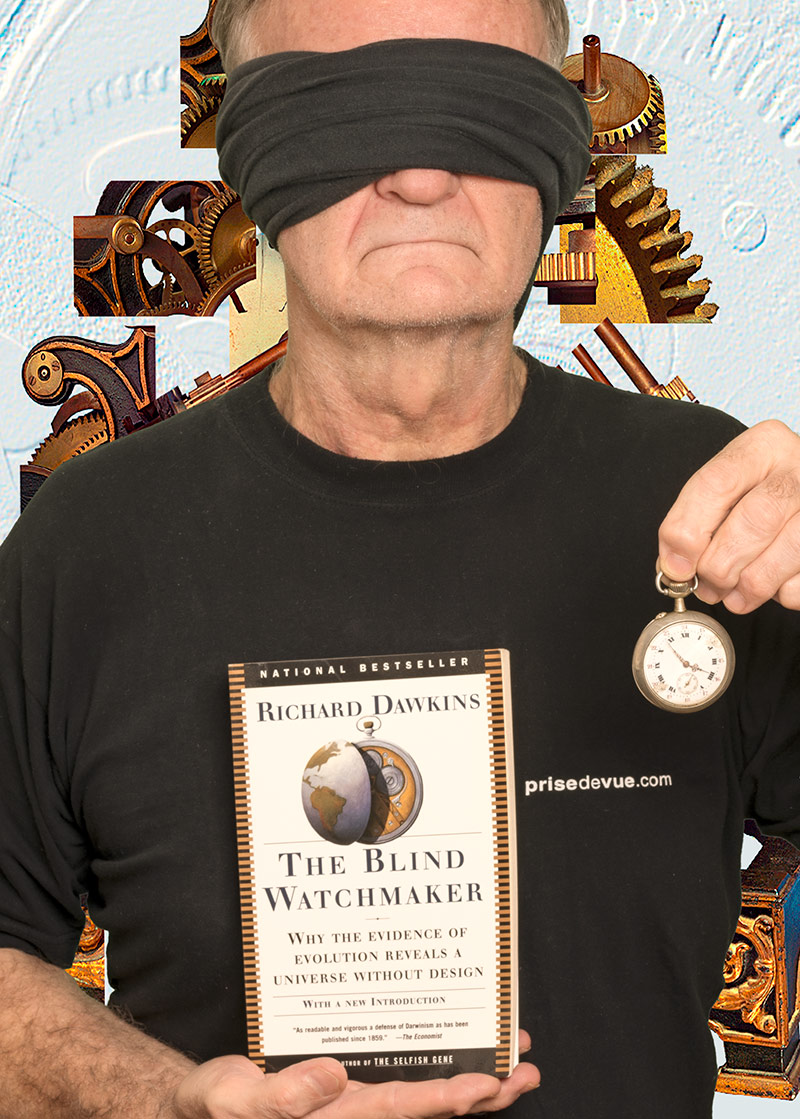
Richard Dawkins : The Blind Watchmaker: Why the Evidence of Evolution Reveals a Universe without Design
is a 1986 book by Richard Dawkins, in which the author presents an explanation of, and argument for,
the theory of evolution by means of natural selection.
He also presents arguments to refute certain criticisms made on his first book, The Selfish Gene.
(Both books espouse the gene-centric view of evolution.)
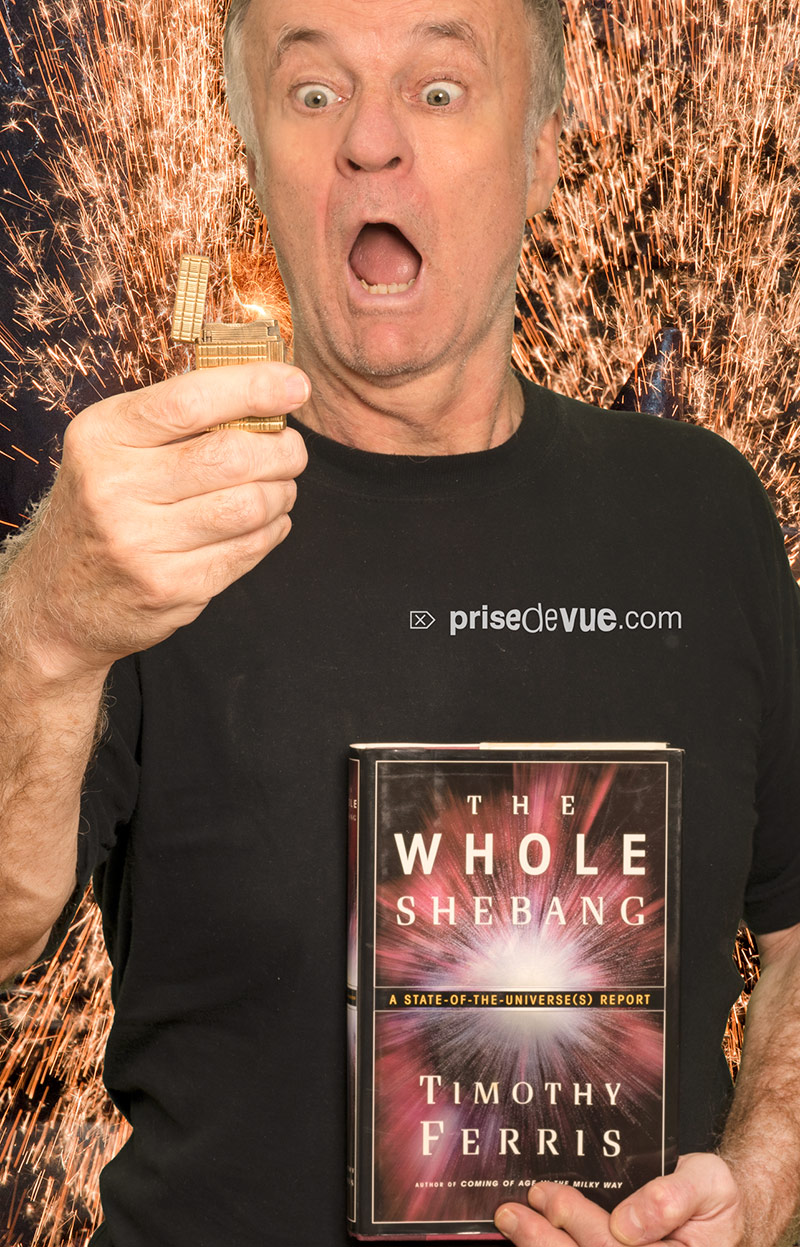
Timothy Ferris : The whole Shebang
The Whole Shebang: A State-of-the-universe(s) Report is a 1997 science book by author Timothy Ferris.
In his book he provides a wide-range report of current research on cosmology,
the study of the universe, and its trends going into the 21st century.
He reports on theories about the possibility that our universe is one among many,
the Big Bang theory, Black holes, the "expanding" universe,
and "curved" space. The book has twelve chapters with most of it exploring the Big Bang theory and the mass density of the universe.
Timothy Ferris (born August 29, 1944) is an American science writer and the best-selling author of twelve books,
including The Science of Liberty (2010) and Coming of Age in the Milky Way (1988),
for which he was awarded the American Institute of Physics Prize
and was nominated for the Pulitzer Prize.[1] He also wrote
The Whole Shebang: A State-of-the-Universe(s) Report (1997),
a popular science book on the study of the universe. Ferris has produced three PBS documentaries -
The Creation of the Universe, Life Beyond Earth, and Seeing in the Dark.
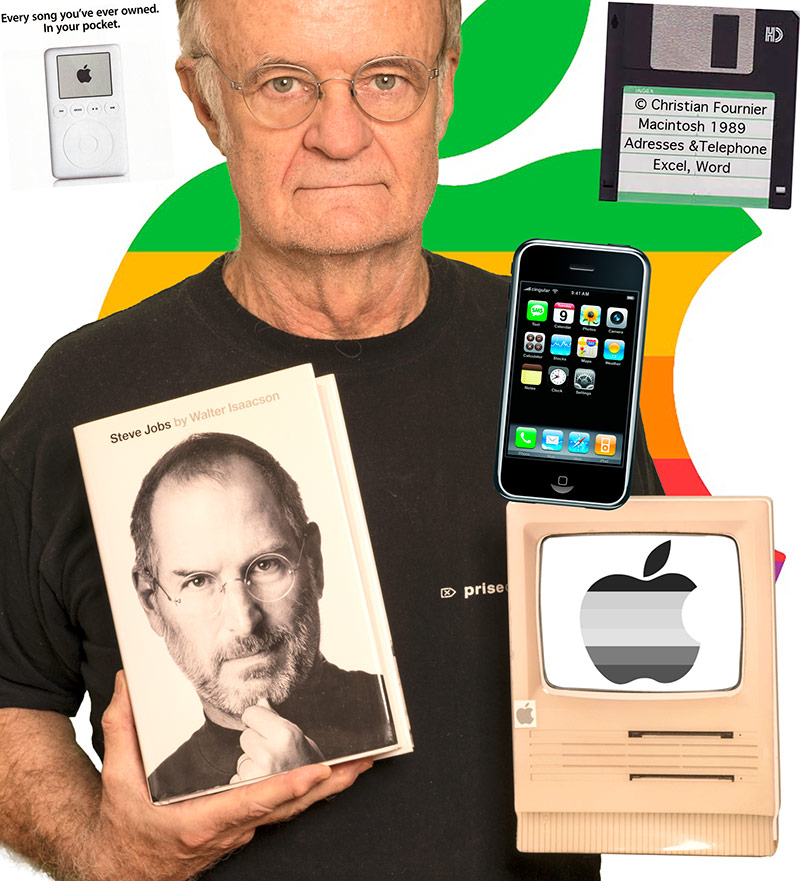
Steve Jobs by Walter Isaacson.
Steven Paul Jobs (February 24, 1955 – October 5, 2011) was an American business magnate, industrial designer, investor, and media proprietor.
He was the chairman, chief executive officer (CEO), and co-founder of Apple Inc., the chairman and majority shareholder of Pixar,
a member of The Walt Disney Company's board of directors following its acquisition of Pixar, and the founder, chairman, and CEO of NeXT.
Jobs is widely recognized as a pioneer of the personal computer revolution of the 1970s and 1980s, along with Apple co-founder Steve Wozniak.
Jobs was born in San Francisco, California, and put up for adoption. He was raised in the San Francisco Bay Area.
He attended Reed College in 1972 before dropping out that same year, and traveled through India in 1974
seeking enlightenment and studying Zen Buddhism.
Jobs and Wozniak co-founded Apple in 1976 to sell Wozniak's Apple I personal computer.
Together the duo gained fame and wealth a year later with the Apple II, one of the first highly successful mass-produced microcomputers.
Jobs saw the commercial potential of the Xerox Alto in 1979, which was mouse-driven and had a graphical user interface (GUI).
This led to the development of the unsuccessful Apple Lisa in 1983, followed by the breakthrough Macintosh in 1984,
the first mass-produced computer with a GUI. The Macintosh introduced the desktop publishing industry in 1985 with the addition of the Apple LaserWriter,
the first laser printer to feature vector graphics. Jobs was forced out of Apple in 1985 after a long power struggle with the company's board and its then-CEO John Sculley.
That same year, Jobs took a few of Apple's members with him to found NeXT, a computer platform development company
that specialized in computers for higher-education and business markets.
In addition, he helped to develop the visual effects industry when he funded the computer graphics division of George Lucas's Lucasfilm in 1986.
The new company was Pixar, which produced the first 3D computer animated feature film Toy Story (1995).
Apple acquired NeXT in 1997, and Jobs became CEO of his former company within a few months.
He was largely responsible for helping revive Apple, which had been on the verge of bankruptcy.
He worked closely with designer Jony Ive to develop a line of products that had larger cultural ramifications,
beginning in 1997 with the "Think different" advertising campaign and leading to the iMac, iTunes, iTunes Store, Apple Store, iPod, iPhone, App Store,
and the iPad. In 2001, the original Mac OS was replaced with a completely new Mac OS X (now known as macOS), based on NeXT's NeXTSTEP platform,
giving the OS a modern Unix-based foundation for the first time. Jobs was diagnosed with a pancreatic neuroendocrine tumor in 2003.
He died of respiratory arrest related to the tumor at age 56 on October 5, 2011.
Steve Jobs is the authorized self-titled biography of Steve Jobs. The book was written at the request of Jobs by Walter Isaacson,
a former executive at CNN and TIME who has written best-selling biographies of Benjamin Franklin and Albert Einstein.
Based on more than forty interviews with Jobs conducted over two years—in addition to interviews with more than one hundred family members,
friends, adversaries, competitors, and colleagues—Isaacson was given "unprecedented" access to Jobs's life.
Jobs is said to have encouraged the people interviewed to speak honestly.
Although Jobs cooperated with the book, he asked for no control over its content other than the book's cover, and waived the right to read it before it was published.
The book was released on October 24, 2011, by Simon & Schuster in the United States, 19 days after Jobs's death.
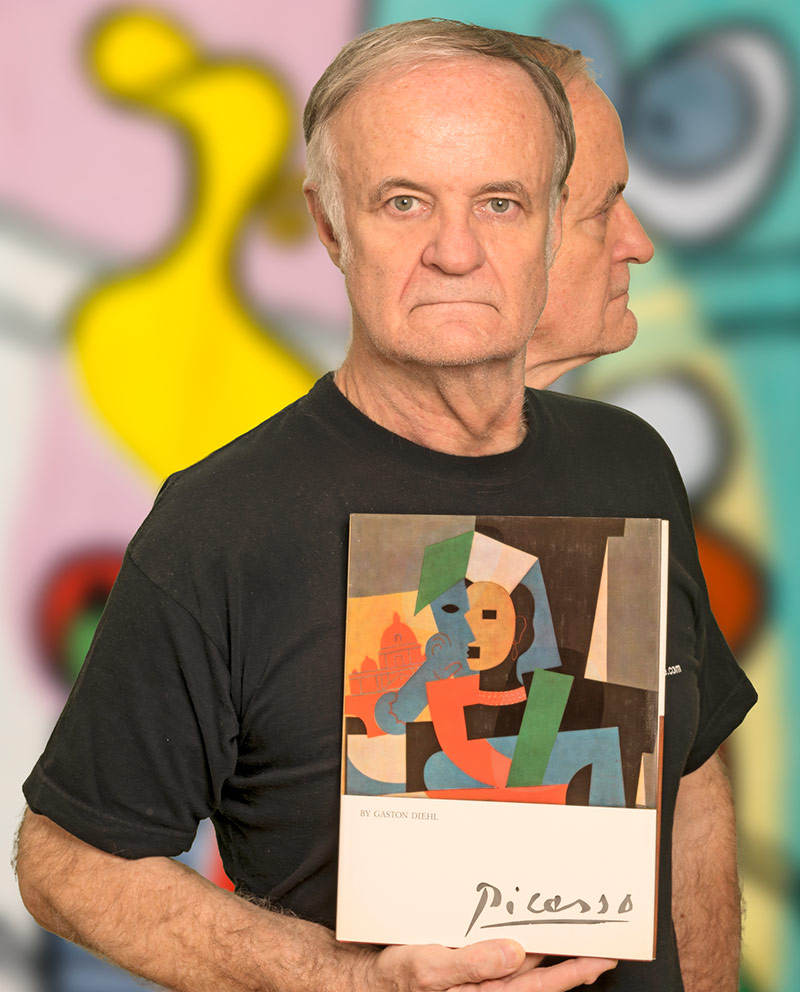
Pablo Ruiz Picasso, né à Malaga (Espagne) le 25 octobre 1881 et mort le 8 avril 1973 à Mougins (Alpes-Maritimes, France),
est un peintre, dessinateur, sculpteur et graveur espagnol1 ayant passé l'essentiel de sa vie en France.
Artiste utilisant tous les supports pour son travail, il est considéré comme le fondateur du cubisme
avec Georges Braque et un compagnon d'art du surréalisme.
Il est l'un des plus importants artistes du xxe siècle, tant par ses apports techniques et formels que par ses prises de positions politiques.
Il a produit près de 50 000 œuvres dont 1 885 tableaux, 1 228 sculptures, 2 880 céramiques, 7 089 dessins, 342 tapisseries,
150 carnets de croquis et 30 000 estampes (gravures, lithographies, etc.)
Parmi ses œuvres les plus célèbres figurent le proto-cubiste Les Demoiselles d'Avignon (1907) et Guernica (1937),
une représentation dramatique du bombardement de Guernica pendant la guerre civile espagnole.
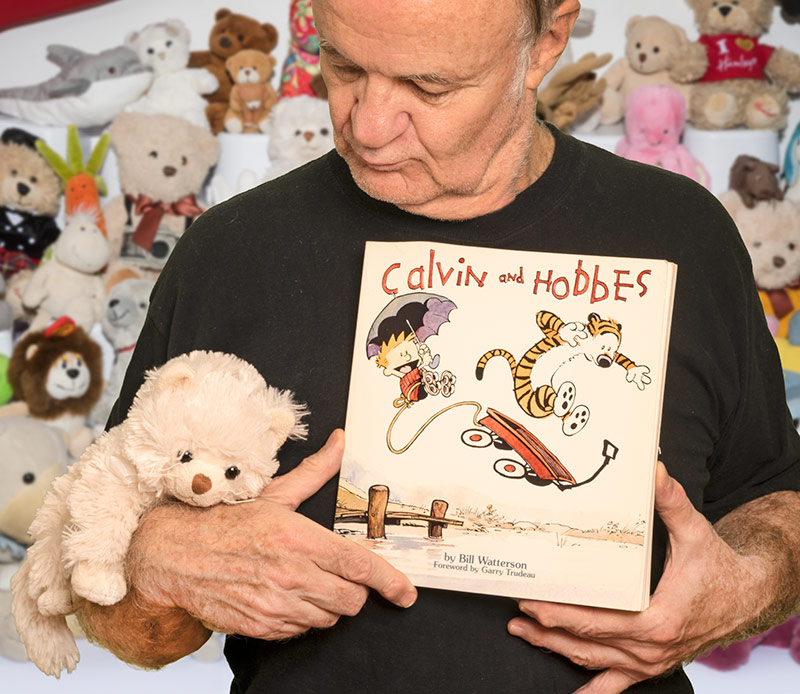
Calvin and Hobbes is a daily American comic strip created by cartoonist Bill Watterson
that was syndicated from November 18, 1985 to December 31, 1995. Commonly cited as "the last great newspaper comic",
Calvin and Hobbes has enjoyed broad and enduring popularity, influence, and academic and philosophical interest.
Calvin and Hobbes follows the humorous antics of the title characters: Calvin, a precocious, mischievous
and adventurous six-year-old boy; and Hobbes, his sardonic stuffed tiger.
Set in the contemporary suburban United States, the strip depicts Calvin's frequent flights of fancy and friendship with Hobbes.
It also examines Calvin's relationships with family and classmates, especially the love/hate relationship between him and his classmate Susie Derkins.
Hobbes' dual nature is a defining motif for the strip: to Calvin, Hobbes is a living anthropomorphic tiger,
while all the other characters see Hobbes as an inanimate stuffed toy.
Though the series does not frequently mention specific political figures or contemporary events,
it does explore broad issues like environmentalism, public education, philosophical quandaries and the flaws of opinion polls.
At the height of its popularity, Calvin and Hobbes was featured in over 2,400 newspapers worldwide.
In 2010, reruns of the strip appeared in more than 50 countries, and nearly 45 million copies of the Calvin and Hobbes books had been sold worldwide.
Probably it influenced my passion for soft toys : https://prisedevue.photos/english/chapitres/info_pratique/bio/page81.htm
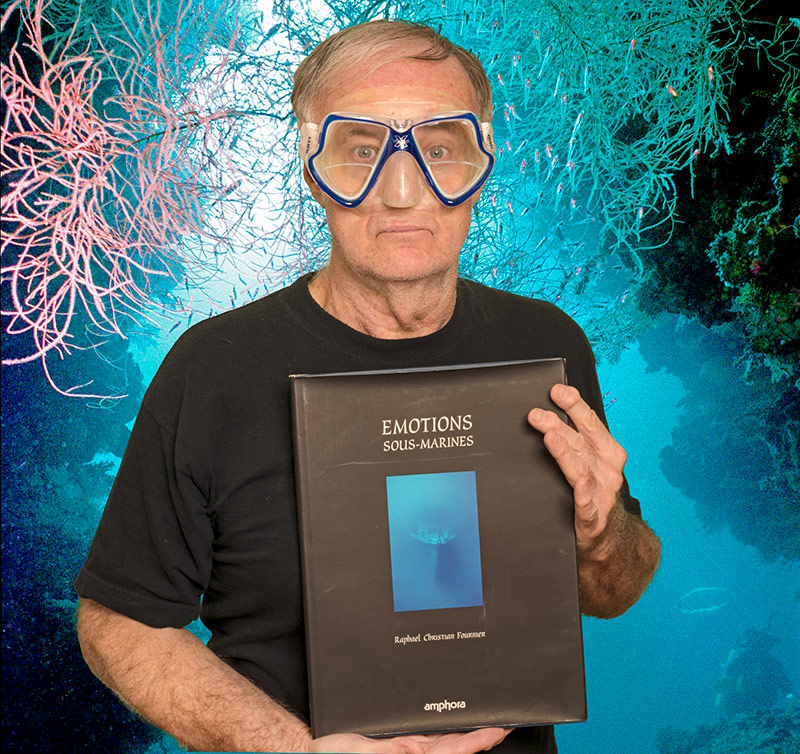
Emotions sous – marines (Underwater Emotions) by Christian Fournier
As the book’s title suggests, Emotion is the thread unifying this work.
Emotion which, I hope, emanates from this album’s photographs.
In 15 years of dives all around the world, I’ve taken a lot of photos, photos that are rare, touching, worrying, or mysterious.
Here I present you with my favourites.
The whole conception of this book is built upon the beauty of the image.
In the back of the book you can find information, explanations, and anecdotes to help you better "experience” and understand the photos.
The underwater world is one of magic, and exploring it is an experience rich in emotions.
I’d like to share these emotions with you. Enjoy them. Christian Fournier.
Some of my dives: France, Italy, Greece, Malta, The Red Sea (Hurghada, Safari on the edge of the desert and El Gouna),
the Bermudas, the Bahamas (Nassau, Freeport, Eleutera, San Salvador), Cayman, Haiti, Santo Domingo, Puerto Rico,
Antigua, the American and British Virgin Islands, Guadeloupe, St Martin, Martinique, Saint Lucia, Saint-Eustache,
Barbados, Trinidad, Curacao, Mexico (Puerto Vallarta, Cabo, Mazatlán, Acapulco, Cozumel, Playa del Carmen, Cancun, the Sea of Cortez),
Florida (Florida Keys, Clearwater, Tampa), Ohio (Lake Erie), Honduras (Roatan, San Blas),
California (Los Angeles, Catalina, Monterey, San Francisco),
Colombia (Malpelo), Hawaii, Canada (Vancouver Island), Alaska (Juneau, Ketchikan), Indonesia (Bali, Pulau Sepa),
the Philippines, Malaysia (Sipadan, Kota Kinabalu, Borneo, Java, Sumatra), Thailand (Puket), China (Canton),
Micronesia (Guam), Venezuela, Colombia, Amazonia, Vanuatu, New Caledonia, Polynesia, Madagascar,
Whale sharks (Mexico), Under ice (Tignes, France), Bonaire (Dutch Caribbean),
pit dives in Charenton and Villeneuve-la-Garenne (île de France)
View this book: https://prisedevue.photos/francais/chapitres/texte_reportage/esslegen.html
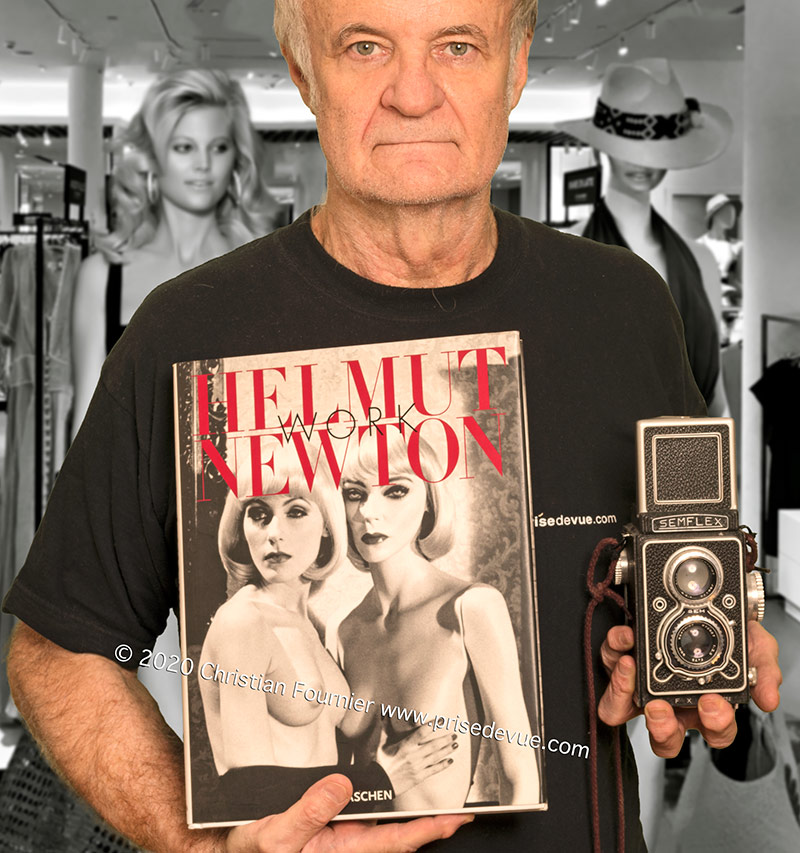
Helmut Newton, né Helmut Neustädter le 31 octobre 1920, à Berlin
et mort le 23 janvier 2004, à Los Angeles, est un photographe australien d'origine allemande.
Il est connu pour ses photographies de mode et de nus féminins. Il a photographié de nombreux modèles parmi lesquelles
Catherine Deneuve, Sylvie Vartan, Brigitte Nielsen, Grace Jones, Kate Moss, Karen Mulder, Monica Bellucci, Cindy Crawford et Claudia Schiffer.
Femmes secrètes, 1976
Nuits blanches, 1978
Big nudes, éditions du Regard, Paris, 1981
White Women, Kodansha, Tokyo, 1983
Helmut Newton Portraits, Shirmer-Mosel, Munich, 1986
Helmut Newton, coll. Photo Poche no 26, 1986
Nouvelles Images, 1988
Helmut Newton Private Property, 1989
Patrick Roegiers, « Helmut Newton », dans Neuf entretiens sur la photographie, Paris Audiovisuel, 1989.
(en) Helmut Newton, Helmut Newton: Selections from His Photographic Work,
Munich, Schirmer Art Books, 1993 (ISBN 3-8881-4635-6)
Dominique Baqué, Helmut Newton : Magnifier le désastre, Éditions du Regard, 2019.
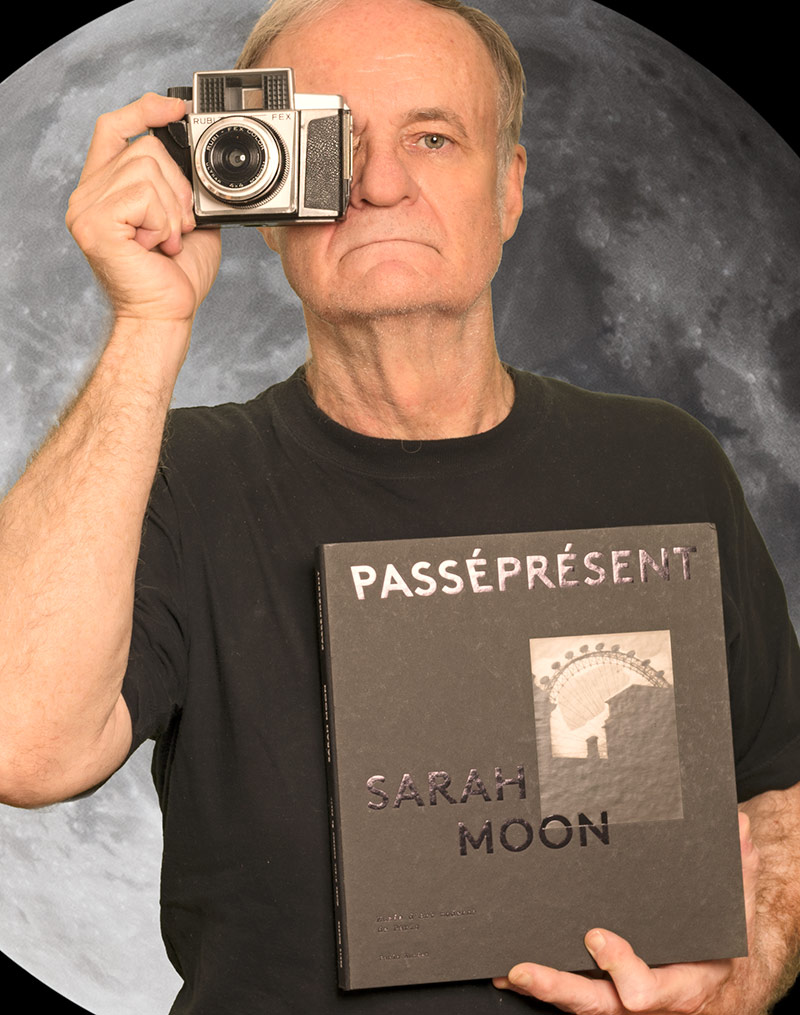
Sarah Moon, née Marielle Sarah Warin le 17 novembre 1941 à Vernon (Eure)
est un mannequin et photographe français.
Marielle Warin naît dans une famille juive contrainte à quitter la France occupée.
Elle rejoint l'Angleterre.
Sarah Moon exerce alors la profession de mannequin de 1960 à 1966
sous le nom de Marielle Hadengue, puis se tourne vers la photographie à partir de 1970,
après avoir publié ses premiers clichés dans le magazine l'Express en 1967.
Elle devient célèbre pour sa campagne de publicité pour Cacharel.
Dans son travail pour la mode, elle a su montrer les femmes sous un angle particulier
du fait de sa relation avec les modèles dont elle a partagé l’univers pendant sa jeunesse.
Les regards et les attitudes qu’elle a su capturer laissent apparaître dans ses clichés
une certaine complicité qui l’a distinguée des hommes dans la photographie de mode.
Après quinze ans de travail dans la mode, répondant aux commandes de nombreuses marques
telles que le magazine Vogue, les Maisons de couture telles que Chanel ou Dior,
la carrière de Sarah Moon prend un tournant lorsque l’artiste décide de se consacrer
davantage à une photographie plus personnelle encore, plus introspective et cette fois,
purement artistique. Elle « sort » alors des studios de ses mises en scènes pour la mode,
et fait de Paris son terrain de jeux, par goût dit-elle, et par « commodité »6,
même si la ville n’est jamais réellement le sujet de ses photographies mais bien plus un décor méconnaissable.
Ce sera d’ailleurs à cette époque qu’elle adoptera le Polaroïd noir et blanc avec négatif comme support de son expression.
Elle est exposée aux Rencontres d'Arles en 1980, 1981, 1994, 2005 et 2006.
En 2013 a lieu l'exposition « Alchimies », présentant ses photographies
sur le thème de la nature, au Muséum national d'histoire naturelle (Paris).
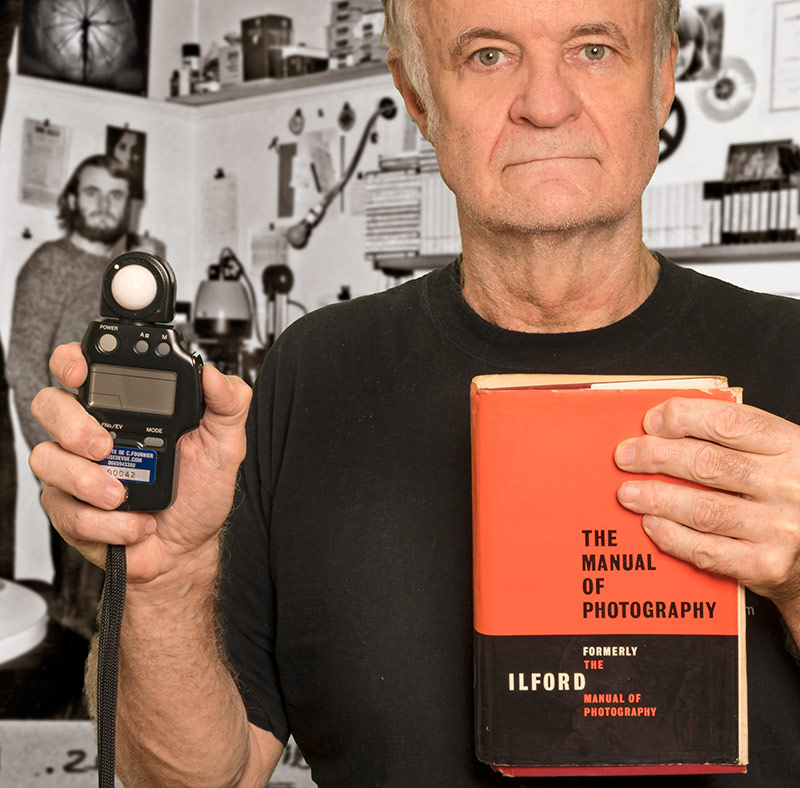
The Ilford Manual of Photography is a comprehensive manual of photography, first published in 1890,
written by C.H. Bothamley, and published by the Britannia Works Company, which became Ilford, Limited, in 1901.
It is still in print, in 2020, now named The Manual of Photography.
Technical information regarding optics, chemistry and printing are described in far greater depth than in other photographic books,
and therefore it quickly became the staple technical book for the professional or serious amateur photographer.
It remained so for some time, and with each additional edition further information was added so that it might remain relevant.
It still lines the bookshelves of many serious photographers, consequent to its tremendous depth,
and the publication of many of the recipes for developers, including the popular ID-11 and IF-2, Ilford Photo's then non-hardening fixer.
This represents a tremendous boon for the photographer, and did even more so in the early 20th century, when many would mix their own chemistry.
It is comparable in many ways to Ansel Adams' books The Camera, The Negative and The Print,
in its logical description of exposing film (and plates), developing the negative, and printing from those negatives.
This book was our reference while I studied photography from October 1976 to June 1978 in England
(City and Guild Diploma, photo 745 from Berkshire College of Art and Design) Course 745 was technical photography.
See : https://prisedevue.photos/english/chapitres/info_pratique/bio/page10.htm
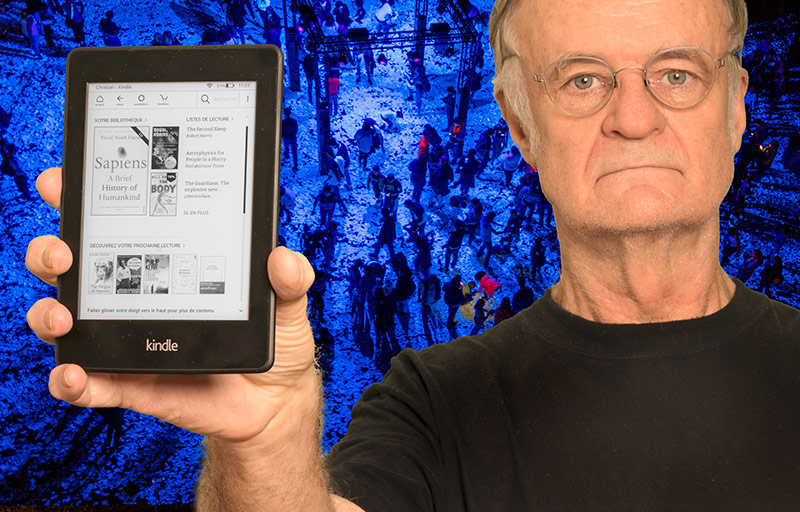
Sapiens: A Brief History of Humankind
is a book by Yuval Noah Harari, first published in Hebrew in Israel in 2011
based on a series of lectures Harari taught at The Hebrew University of Jerusalem, and in English in 2014.
The book surveys the history of humankind from the evolution of archaic human species in the Stone Age
up to the twenty-first century, focusing on Homo sapiens.
The account is situated within a framework that intersects the natural sciences with the social sciences.
Yuval Noah Harari (born 24 February 1976) is an Israeli public intellectual, historian
and a professor in the Department of History at the Hebrew University of Jerusalem.
He is the author of the popular science bestsellers Sapiens: A Brief History of Humankind (2014), Homo Deus:
A Brief History of Tomorrow (2016), and 21 Lessons for the 21st Century (2018).
His writings examine free will, consciousness, intelligence and happiness.
Harari writes about the "cognitive revolution" occurring roughly 70,000 years ago when Homo sapiens supplanted the rival Neanderthals
and other species of the genus Homo, developed language skills and structured societies, and ascended as apex predators,
aided by the agricultural revolution and accelerated by the scientific method,
which have allowed humans to approach near mastery over their environment.
His books also examine the possible consequences of a futuristic biotechnological world
in which intelligent biological organisms are surpassed by their own creations;
he has said, "Homo sapiens as we know them will disappear in a century or so".
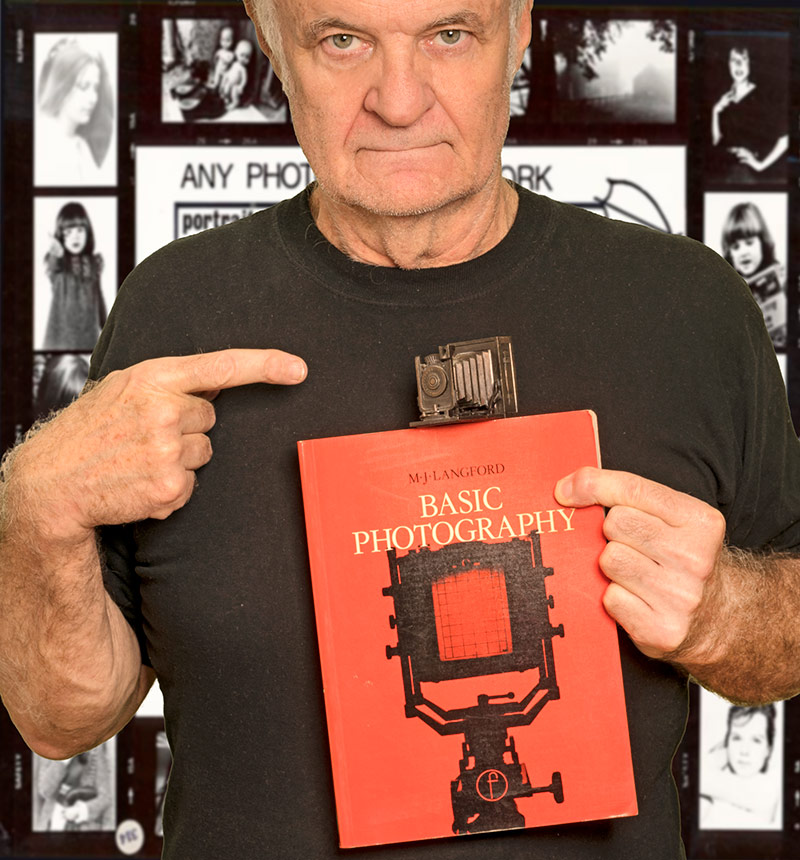
Michael J. Langford, Basic Photography. Fifth Edition.
London, UK: Focal Press/Butterworth, 1986. ISBN 0-240-51256-1.
The history of the single-lens reflex camera (SLR) begins with the use of a reflex mirror in a camera obscura described in 1676,
but it took a long time for the design to succeed for photographic cameras: the first patent was granted in 1861,
and the first cameras were produced in 1884 but while elegantly simple in concept, they were very complex in practice.
One by one these complexities were overcome as optical and mechanical technology advanced,
and in the 1960s the SLR camera became the preferred design for many high-end camera formats.
The advent of digital point-and-shoot cameras in 1990s through the 2010s
with LCD viewfinder displays reduced the appeal of the SLR for the low end of the market.
The mirrorless interchangeable-lens camera is increasingly challenging the mid price range market.
But the SLR remains the camera design of choice for most professional and ambitious amateur photographers.
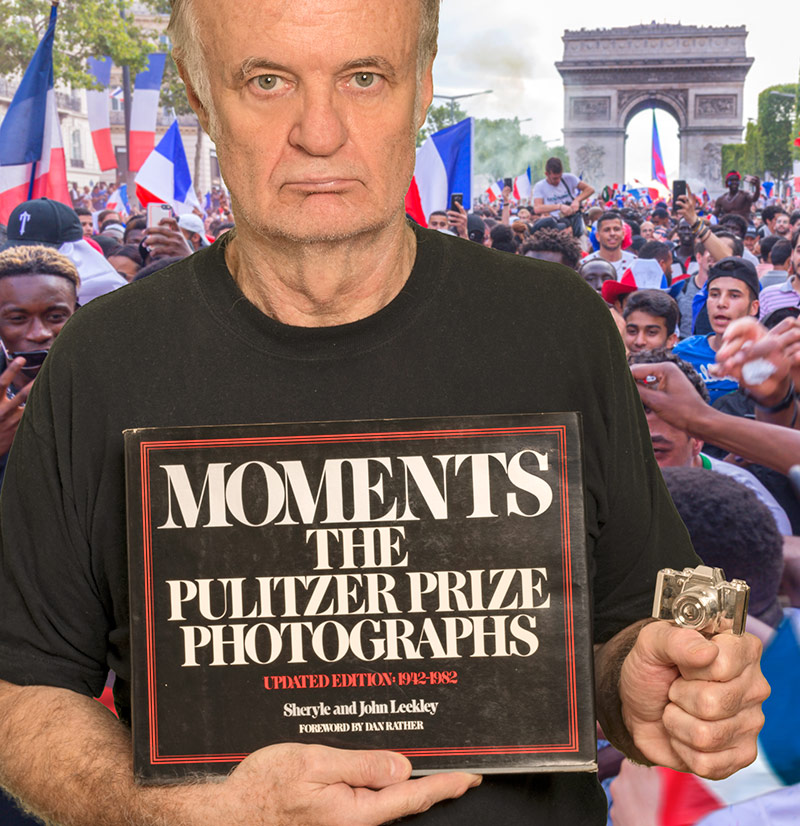
The Pulitzer Prize is an award for achievements in newspaper, magazine and online journalism,
literature and musical composition within the United States. It was established in 1917 by provisions in the will of Joseph Pulitzer,
who had made his fortune as a newspaper publisher and is administered by Columbia University.
Prizes are awarded yearly in twenty-one categories. In twenty of the categories,
each winner receives a certificate and a US$15,000 cash award (raised from $10,000 in 2017).
For photography:
- Feature Photography – for a distinguished example of feature photography in black and white or color,
which may consist of a photograph or photographs.
- The Pulitzer Prize for Breaking News Photography is one of the American Pulitzer Prizes annually awarded for journalism.
From 2000 it has used the "breaking news" name but it is considered a continuation of the Pulitzer Prize for
Spot News Photography, which was awarded from 1968 to 1999. Prior to 1968, a single Prize was awarded for photojournalism,
the Pulitzer Prize for Photography, which was replaced in that year by Pulitzer Prize for Spot News Photography and Pulitzer Prize for Feature Photography.
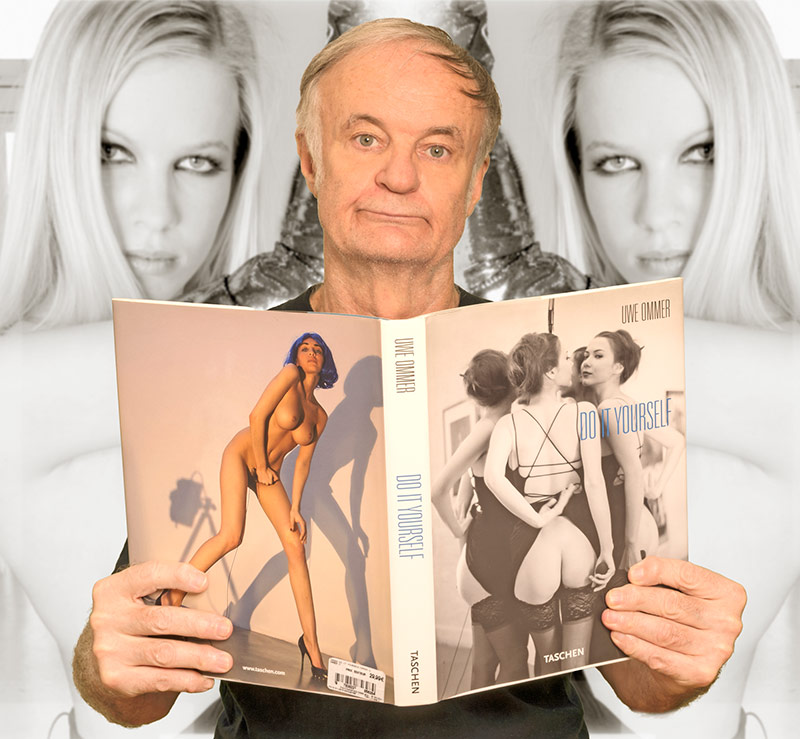
Uwe Ommer (born 1943 in Bergisch Gladbach) is a German photographer. His books :
Photedition 2. Verlag Photographie, Schaffhausen 1980, ISBN 3-7231-1000-2.
Exotic. Bahia Verlag, München 1983, ISBN 3-922699-24-3.
Pirelli Calendar. 1984.
Black ladies. Taco, Berlin 1987, ISBN 3-89268-032-9.
Erotic Photographs. Taco, Berlin 1988, ISBN 3-89268-044-2.
Uwe Ommer. Benedikt Taschen Verlag, Berlin 1990, ISBN 3-89450-064-6.
Noumia. Vents d'Ouest, Issy-les-Moulineaux 1994, ISBN 2-86967-309-4.
Black ladies. Taschen, Cologne 1995, ISBN 3-8228-8674-2.
Asian ladies. Taschen, Cologne 2000, ISBN 3-8228-7181-8.
1000 Families: das Familienalbum des Planeten Erde. Taschen, Cologne 2002, ISBN 3-8228-2264-7.[1]
Transit : in 1424 Tagen um die Welt. Taschen, Cologne 2006, ISBN 978-3-8228-4653-7.
Do It Yourself, with Renaud Marchand. Taschen, Cologne 2007, ISBN 3-8228-5628-2.
I met him in June 2017
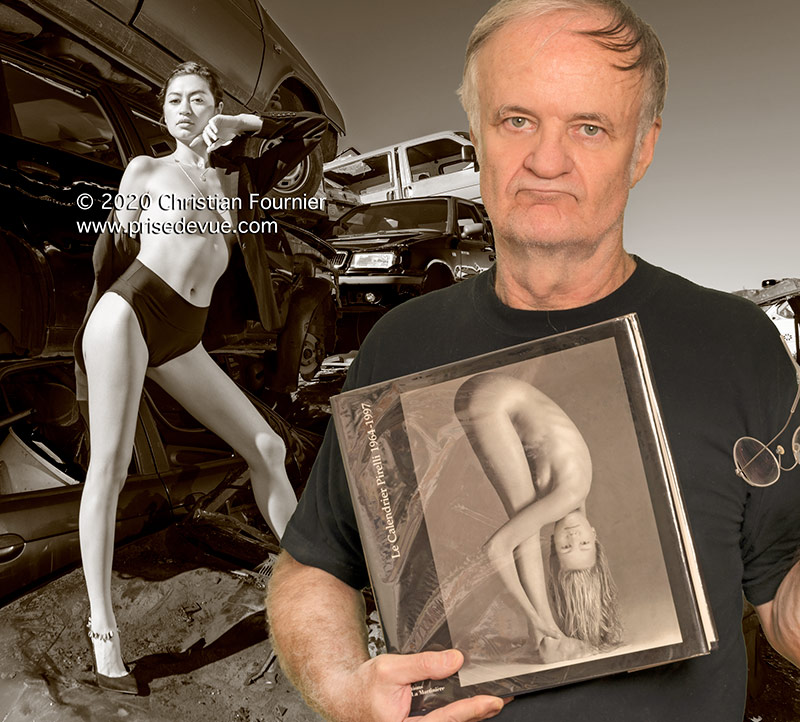
After an unpublished mockup in 1963, the Cal became an annual publication from 1964.
The Cal has been created by the British art director Derek Forsyth and is known for its limited availability,
as it is only given as a corporate gift to a restricted number of Pirelli customers and celebrities.
Marco Tronchetti Provera, Pirelli's CEO since 1992, commented that the purpose
of the Cal is "to mark the passing of time" by recording the zeitgeist.
The annual cost is about US$2 million. The calendar is produced with limited availability
(20,000 are printed annually). Copies do not go on sale, but are instead given as corporate gifts to celebrities and select Pirelli customers.
For the first ten years of the calendar's existence it included photographs of fully clothed women,
but an emphasis on nudity developed during the 1980s. From then until the mid-2010s the calendar featured mainly eroticised images,
although in some instances the pictures taken by the photographers were considered by the editors to be too risqué to use.
From the mid-2010s the calendar moved away from eroticism, and around this time diversity began
to be addressed, with the 2018 calendar including only photographs of black models.
The 1987 calendar, photographed by Terrence Donovan, was the first to feature only black models,
included a bare-bottomed 16-year-old Naomi Campbell. The models were photographed topless in Savannah-like settings and styled in tribal fashion.
The 2008 calendar was photographed by Patrick Demarchelier in Shanghai and included a number of Asian models.
At the same time a book, The Complete Works: The Pirelli Calendar 1964–2007, was published by Mondadori.
The 2010 calendar, photographed by Terry Richardson, used similar imagery to that which was used in the calendar in the 1960s.
A 50th anniversary book, Pirelli - The Calendar: 50 Years and More, was published by Taschen in 2015.
The 2016 calendar, photographed by Annie Leibovitz, aimed to celebrate women for their accomplishments rather than their physical attributes.
It included Fran Lebowitz, Mellody Hobson, Serena Williams, Yoko Ono and Patti Smith to represent
inspiring women of diverse ages in almost entirely clothed portraits.
The 2017 calendar was photographed by Peter Lindbergh and the women in the photographs were fully dressed
and wore no makeup. It was the first calendar in which the photographs had not been retouched.
The women photographed included Helen Mirren, Nicole Kidman and Julianne Moore. For the 2018 calendar, photographer Tim Walker
chose to feature only black models, including Duckie Thot, Adwoa Aboah, RuPaul, Whoopi Goldberg, and Thando Hopa.
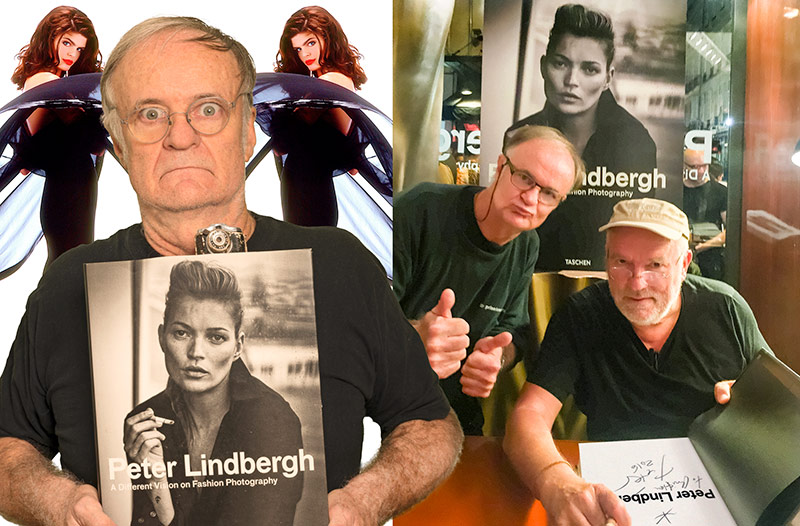
J'ai photographié Petra Lindblad, célèbre mannequin, à Hollywood, en 1993.
Petra a été aussi photographiée, entre autres, par le célèbre photographe allemand Peter Lindbergh pour le magazine Vogue France.
Je rencontrerai Peter Lindberg plus tard, dans sa maison rue de Savoie à Paris, en 1997,
pour lui donner des cours d'introduction au numérique, et encore plus tard, en septembre 2016 lors de sa séance de dédicaces chez Taschen.
Peter Lindbergh naît le 23 novembre 1944 à Leszno, en Pologne. Il passe son enfance à Duisbourg.
Adolescent, il travaille comme décorateur étalagiste pour les grands magasins Karstadt et Horten à Duisbourg.
Comme il vient d’une région de l’Allemagne située près de la frontière avec les Pays-Bas, il passe les vacances d’été en famille sur la côte néerlandaise,
près de Noordwijk. Les vastes plages néerlandaises de même que les quartiers industriels de Duisbourg
où grandit Lindbergh auront une profonde influence sur son œuvre au fil de ans. Au début des années 1960,
il déménage à Lucerne et, quelques mois plus tard, à Berlin, où il s’inscrit à l’Académie des arts de Berlin.
Suivant les traces de son idole, Vincent van Gogh, il se rend à Arles en auto-stop.
Il se souvient de ces années : « Je préférais m’inspirer de Van Gogh, mon idole, plutôt que de peindre les portraits et les paysages imposés dans les écoles d’art ».
Après avoir passé plusieurs mois à Arles, il poursuit son périple
– qui durera deux ans – en Espagne et au Maroc.
À son retour en Allemagne, il étudie l’art abstrait à l’école d’art de Krefeld. Avant l’obtention de son diplôme,
il est invité à présenter ses œuvres à la prestigieuse galerie d’avant-garde Denise René-Hans Mayer.
Après s’être installé à Düsseldorf, en 1971, il se tourne vers la photographie et travaille deux ans comme assistant du photographe allemand Hans Lux,
puis il ouvre son propre studio en 1973. Sa réputation grandit en Allemagne, et il se joint alors à l’équipe du magazine Stern,
où il côtoie les photographes légendaires que sont Helmut Newton, Guy Bourdin et Hans Feurer.
Peter Lindbergh, l’un des photographes contemporains les plus marquants de notre époque,
est connu pour ses inoubliables images à caractère cinématographique.
Considéré comme un pionnier de la photographie, il crée une nouvelle forme de réalisme en redéfinissant
les canons de la beauté grâce à des images intemporelles marquées par l’influence de photographes documentaires,
de photographes ambulants et de photojournalistes comme Dorothea Lange, Henri Cartier-Bresson et Garry Winogrand.
Son approche humaniste et son idéalisation de la femme le distinguent des autres photographes : en effet, Lindbergh s’intéresse avant tout à l’âme
et à la personnalité de ses sujets. Convaincu que l’intérêt d’un sujet réside ailleurs que dans son âge,
il bouscule les normes de la photographie de mode à une époque où l’on a l’habitude d’exagérément retoucher les images.
En 2014, Lindbergh explique en entrevue que « la responsabilité des photographes, aujourd’hui,
doit être de libérer les femmes et, en somme, tout le monde, de la hantise de la jeunesse et de la perfection».
Lindbergh photographie ses sujets dans un état pur, « en toute honnêteté », loin de tous les stéréotypes,
puisque l’artiste préfère un visage presque sans maquillage,
laissé à nu, de manière à faire ressortir l’authenticité et la beauté naturelle des femmes devant sa lentille.
Il propose une nouvelle interprétation de la femme dans l’ère post-années 1980. Comme l’écrit la journaliste britannique Suzy Menkes :
« Le refus de la perfection bien lisse est la marque distinctive de Peter Lindbergh :
ses images plongent dans l’âme sans fard de ses sujets, peu importe leur familiarité ou leur célébrité. »
En 1988, la série de Lindbergh montrant des mannequins qu’il vient de découvrir,
toutes vêtues de chemises blanches, a un immense succès international et lance la carrière de cette nouvelle génération de top-modèles.
L’année suivante, il photographie Linda Evangelista, Naomi Campbell, Tatjana Patitz, Cindy Crawford et Christy Turlington
pour la couverture de l’édition de janvier 1990 du Vogue britannique, qui passera à l’histoire;
c’est la première fois que ces icônes de la mode sont réunies sur une photo. Lindbergh est ainsi à l’origine de ce que l’on appelle l’ère des « supermodels »;
en effet, George Michael, s’inspirant de cette fameuse couverture, demande aux mannequins immortalisées par Lindbergh
de jouer dans le vidéoclip de sa chanson « Freedom '909 »; à peu près au même moment,
le couturier italien Gianni Versace fait défiler les nouvelles supermodèles lors de la présentation de sa collection automne-hiver 1991.
Dans une entrevue avec l’historienne de l’art Charlotte Cotton réalisée en 2008, Peter Lindbergh explique :
« Il était très important de recourir à la photographie en noir et blanc pour créer le supermodèle.
Chaque fois que j’essayais de photographier ces sujets en couleurs, le résultat avait l’air d’une mauvaise publicité de produits cosmétiques,
parce que la beauté de ces femmes frôlait la perfection. Avec le noir et blanc, on peut vraiment voir qui elles sont. J’ai estompé l’effet commercial que la couleur donne.
Ce qui est frappant avec le noir et blanc, c’est à quel point cette technique aide vraiment à communiquer une impression de réalité. »
On a confié deux éditions du calendrier Pirelli à Lindbergh, soit celles de 1996 et de 2002.
Pour cette dernière, où l’on mettait pour la première fois en vedette des actrices et non des mannequins,
la séance de photos a eu lieu aux studios Universal. Pour la première fois en cinquante ans d'histoire,
le calendrier Pirelli invite Lindbergh à photographier l'édition 2017,
devenant ainsi le seul photographe à avoir photographié trois éditions du prestigieux calendrier.
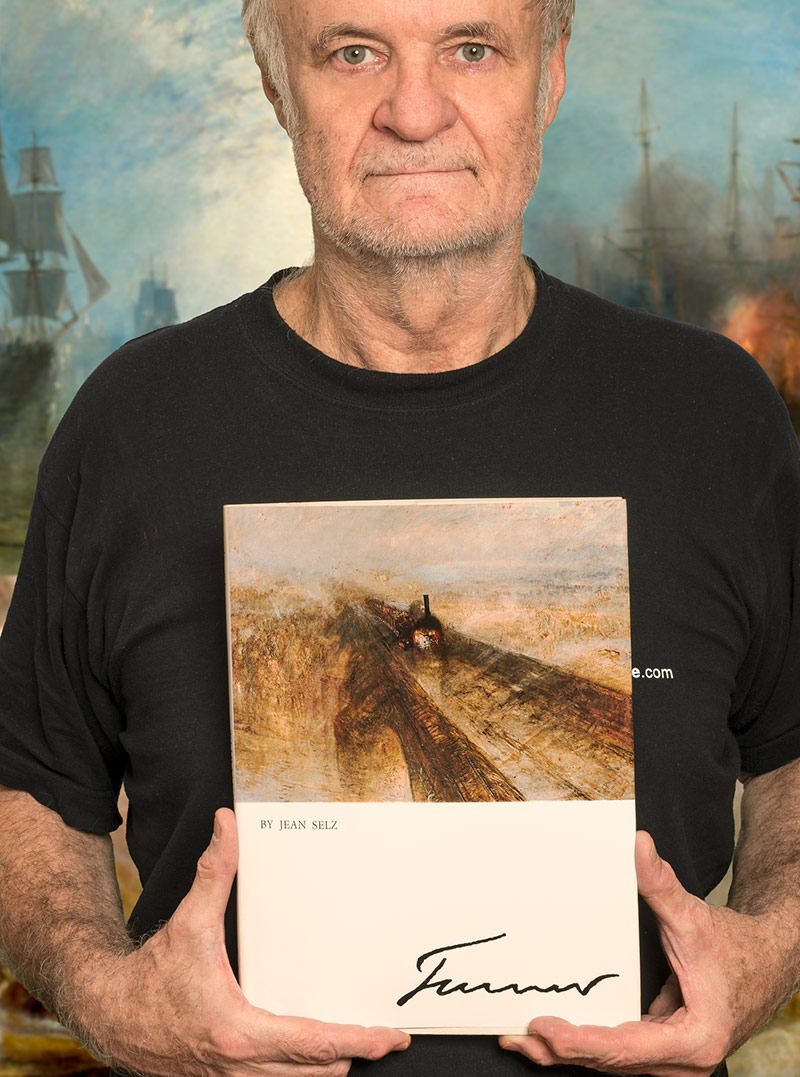
William Turner, né vers le 23 avril 1775 à Londres et mort le 19 décembre 1851
dans la même ville, est un peintre, aquarelliste et graveur britannique.
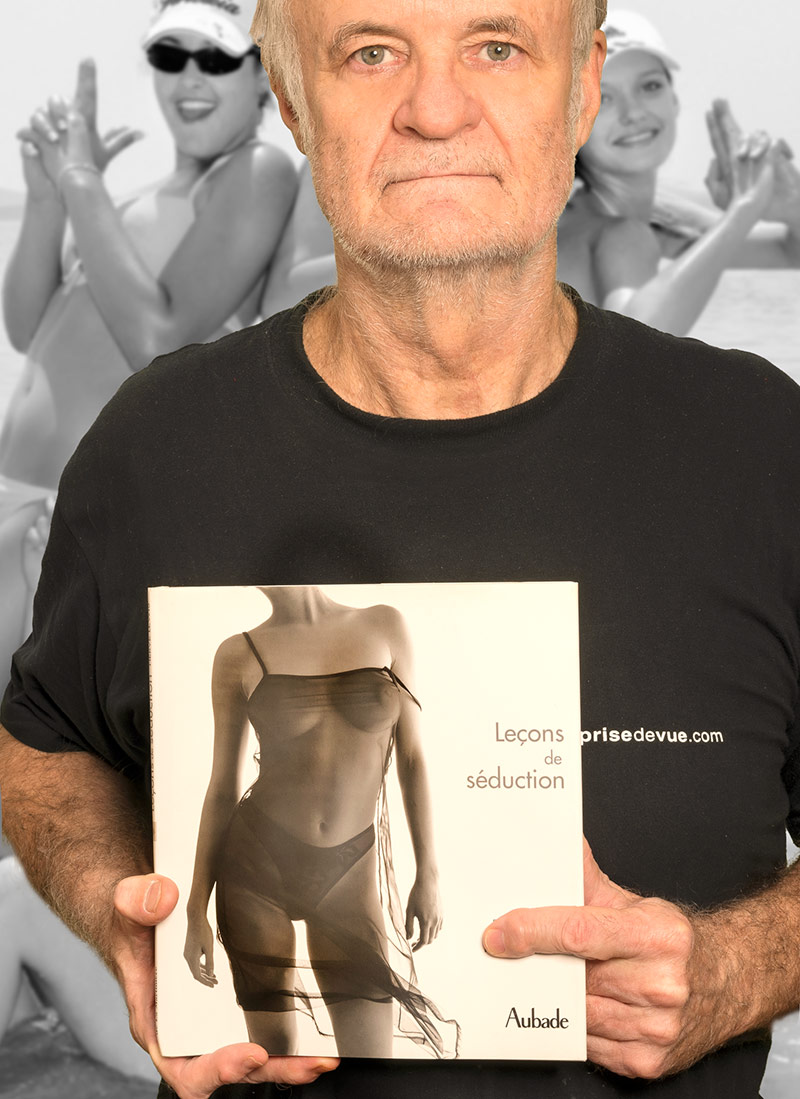
Depuis 1958, dans leurs ateliers parisiens, le savoir-faire Aubade est sans cesse renouvelé.
Aubade propose à la femme de s’approprier son pouvoir de séduction à travers son corps et sa lingerie.
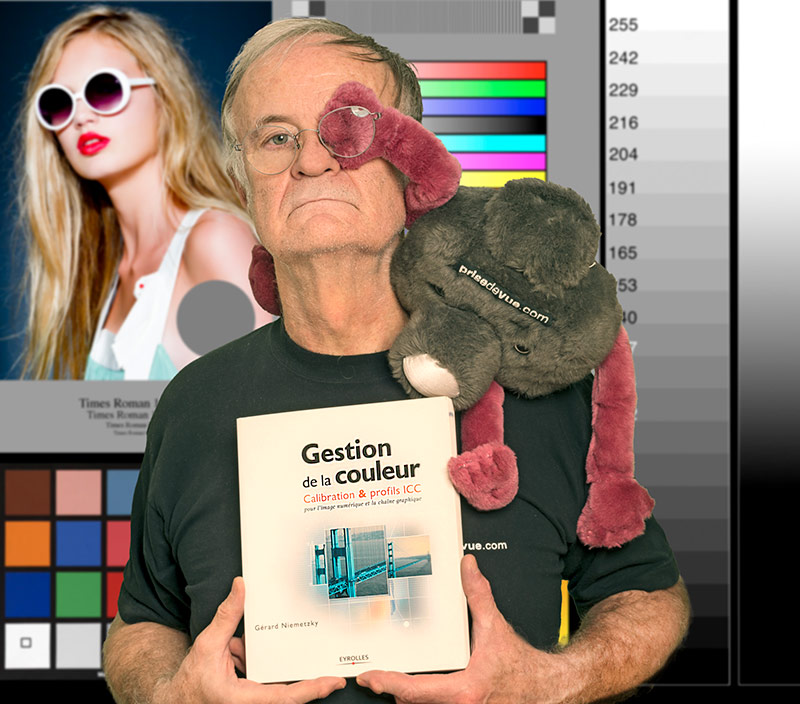
Mon espace colorimètrique : Adobe RVG 98
Color Sync version Apple Computer Inc. ©
Thermocolorimètre GretagMacbeth Eye-One
I have two 30-inch calibrated screens (with a Gretag-MacBeth) on my Macintosh. A blessing.
I display the thumbnails on the right-hand screen and I see the selected photo instantly, in full-screen, in Lightroom, on the left.
In Photoshop, when I open a photo, I see it magnificently displayed without obstruction of the
left-hand screen and all my toolboxes on the right. No lost time moving these toolboxes, I see immediately which layer I’m working on, no visual fatigue.
I’ve programmed my own hotkeys for the most frequent tasks and so I can work very efficiently.
Je livre à mes clients mes photos en RVB.
Elles sont calibrées dès la prise de vue en température de couleur grâce à une charte Kodak certifiée (CAT 152 7654)
incluse dans ma première photo de chaque éclairage et remise à l'imprimeur.
Mes flashs sont de vrais flashs de studio haut de gamme (Profoto) garantis en stabilité de couleur.
Puis mes images sont traitées dans les règles de l'art avec Lightroom puis Photoshop (point noir et point blanc adéquats
pour éviter les blancs sans détails, les noirs bouchés et les couleurs sursaturées) avec une lecture à la "pipette".
Mes écrans sont aussi calibrés avec un thermocolorimètre Greta MacBeth.
Mes photos sont donc parfaites en RVB, prêtes pour une conversion CNJN optimale.
CNJN = Cyan, Magenta, Jaune, Noir = quadrichromie. La "quadri" est le système d'impression le plus utilisé
(d'autres sont le jet d'encre, sublimation thermique, roto-sècheuse, etc.). La conversion CMJN est très délicate pour le respect des couleurs.
Si votre client vous demande de convertir vos photos de RVB en CMJN, il faut dire :
"Oui, mais quel CMJN ?" Il en existe des centaines, chacun adapté à une imprimante et un papier précis.
On ne peut faire une bonne conversion que quand on a les infos de l'imprimeur, genre :
la table de séparation du système qu'il va utiliser. Surtout ne passer de RVB en CMJN avec Photoshop sans régler à l'avance quel CMJN sera utilisé.
Attention : l'espace colorimétrique CMJN est restreint. Nos yeux voient un très grand espace colorimétrique, c'est la référence absolue bien sûr.
Le RVB est celui des écrans et des capteurs, plus restreint. Le CMJN est celui d'un procédé qui, sur un papier (plus ou moins blanc, en général)
étale une couche de cyan, puis de magenta, puis de jaune, puis de noir sur la même feuille et donne une impression de couleur.
Cela n'est pas parfait. Les couleurs "fluo" ou "or" ou "argent", par exemple, ne passent pas.
Il faut rajouter d'autres couleurs (d'où un surcoût de rouleaux supplémentaires et de calibrages)
pour se rapprocher des couleurs de l'original. Les catalogues de bijoux coûtent donc très chers.
Exemple : les couleurs d'une reproduction de tableau ne peuvent pas être à 100% fidèles.
J'ai dû expliquer longuement ceci à un éminent peintre. Il m'a expliqué qu'il faisait ses tableaux avec des coquilles d'œufs d'autruche,
de la terre de Sienne brûlée (oxyde de fer rouge et d'oxyde de manganèse), de pépites de chocolat importées d'Afrique,
des ailes de papillons, de la soie de chine, des vernis de Léonard de Vinci, etc...
Beaucoup de ces couleurs ne sont pas reproductibles en CMJN, même si on dépense une fortune et utilise les meilleurs spécialistes.
Il faut faire des compromis, ou aller voir l'original au musée.
Et encore, il faut que le tableau soit éclairé avec la même lumière que celle de l'atelier du peintre.
Si le tableau est éclairé par des lampes tungstènes, il apparaîtra plus jaune, en tube néon, plus vert, etc...
Mon peintre a beaucoup souffert lors de ce petit cours,
mais il m'a dit être très content d'avoir enfin compris tout cela et que sa vie venait de changer.
Merci Christian.
Pour les objets qu'un graphiste a créés avec une couleur Pantone (RVB ou CMJN) à la conception,
je peux injecter cette couleur référencée dans la photo et cela permet une couleur plus fidèle selon le procédé utilisé.
J'adapte aussi mon RVB, si on me le demande, pour une optimisation maximale (sur iPad Rétina, par exemple).
I do digital retouching for L’Oréal, Comme des Garçons, Holiday Inn, Ray Ban, Schweppes, Christofle,
Warner, Europe 2, Wunderman Cato Johnson, FNAC, Info PC, Philip Morris, Disney, etc.
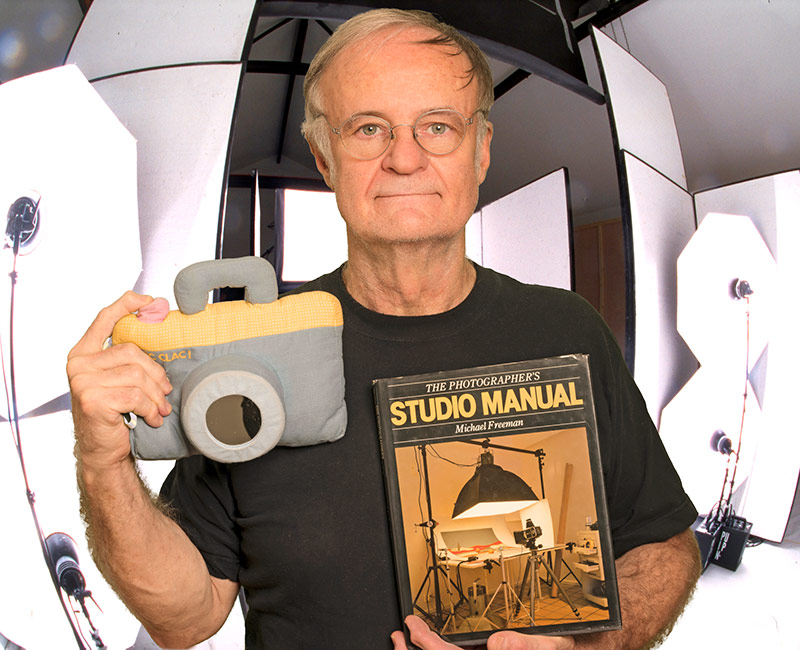
Mon matériel de prise de vue avec éclairage. Voir vers la fin de la page 48 de ma bio pour les illustrations :
https://prisedevue.photos/francais/chapitres/info_pratique/bio/page48.htm
1 - Flight case TENBA Airbag ACM-HEAD
2 - Flight case TENBA Airbag ACM-HEAD-3 à roulettes
3 - Table de prise de vue Manfrotto avec éclairage possible par-dessous et derrière
4 - Flash Profoto D1/500 air
5 et 25 - Triflector Lasolite avec support. Son sac est en ref 25
6 - Lightform P22 portable panel frame avec toile amovible argent
7 - Lightform P22 portable panel frame avec toile or
8 - Lightform P22 portable panel frame avec toile amovible transparente
9 - Mandarines Cosmolight-Beam 800 W avec coupe-flux + filtres lumière du jour + ampoules Osram Halogen
10 - Trépied Manfrotto 055
11 - Toile Lasolite textile mouchetée sur support de fond et barre transversale Manfrotto
12 - Proglobe Profoto sur girafe Manfrotto avec un Profoto D1 air
13 - Fond lumineux Lasolite HILITE 1,5 x 2,15m avec 2 Profoto D1 air à l'intérieur
14 - Fond papier blanc Colorama de 2,72 m x 11m sur support de fond et barre transversale Manfrotto
15 - Ma voiture Toyota Yaris Verso, mini camionnette à 5 portes, 3,88 m de long, 1,72 m de haut et 1,69 m de large
16 - Voiture mini camionnette Mercedes Vito de location 6 m2, hauteur 1,91 m
17 - Bol beauté Profoto sur un Profoto D1 air
18 - Toile verte de 6m par 6 m sur support 3 pieds
19 - Petit pied Manfrotto + flash cobra Nikon D910 +
émetteur/transmetteur PocketWizard + petit parapluie transparent
20 - Miroir acrylique flexible
21 - 4 réflecteurs pliables Lasolite circulaire de tailles et couleurs variées
22 - Tente de diffusion Lasolite
23 - Réflecteur Lightform carré P15 portable panel frame avec toiles amovibles
24 - Boîte à lumière Profoto strip light de 1,80m x 0,30m
25 - Sac de transport du Triflector Lasolite avec support ref 5
26 - Pied colonne Manfrotto 806 avec rotule micrométrique à crémaillère Manfrotto 410
27 - Fond papier bleu clair Colorama de 2,72 m x 11m sur support de fond et barre transversale Manfrotto
28 - Ordinateur portable Macintosh MacBook Pro 17" 2.93GHz Intel Core 2 Duo, 4GB 1066MHz DDR3 SDRAM 2X2GB, 320GB Serial ATA @ 7200 rpm
29 - Ecran Apple 23" Cinema Display mat spécial pour les arts graphiques
30 - Peluche/mascotte prisedevue custom made
31 - Différentes valises et sacs photo Pelican, Tenba, Lowepro, KandH et Kata
32 - Différentes valises et sacs photo Pelican, Tenba, Lowepro, KandH et Kata
33 - Un des 4 parapluies géants de 145 cm de diamètre
34 - Boîte à lumière Profoto 60 x 80 cm
35 - Caisson Ikelite pour Nikon DSLR et Dôme Ikelite 8" pour 16mm Fish-eye Nikkor
36 - Caisson sous marin Recsea WHN-P7000 et fisheye circulaire 8mm Dyron
37 - Mégaphone à pile
38 - Cachée sous la table Manfrotto un Flash Profoto D1/500 air
39 - Un photographe incomparable qui doit avoir beaucoup de matériel d'éclairage et de transport
pour assurer tous types de prises de vues en mode, publicité, industrie, reportage, événementiel, portraits, presse, sous-marin, et mariage.
Sans numéro ou hors champ : Ewa-Marine U-A 100, Sac à dos Kata DR-466 DL, Batterie Quantum QTC TurboCompact
+ câble CCKE, Profoto coupe-flux, Softlight, nids d'abeille, Flashmètre Minolta IV F + 5° spot, Flashmètre Minolta IV F + 5° spot,
panneau noir velvet Lasolite 5602 1,5x1,8m, monopode Manfrotto carbone 449, pied Manfrotto carbone 044,
rotule Manfrotto Quick Grip, 6 auto poles Manfrotto 032B + 3 expans, Manfrotto Magic Arms, super-clamps, spigots,
escabeau, trolley, Torche Kaizer 8S 300w 230v 3400K, pied perche son KetBK,
GoPro Hero 3 black WiFi + harnais bras, poitrine, front, ventouse, écran LCD.
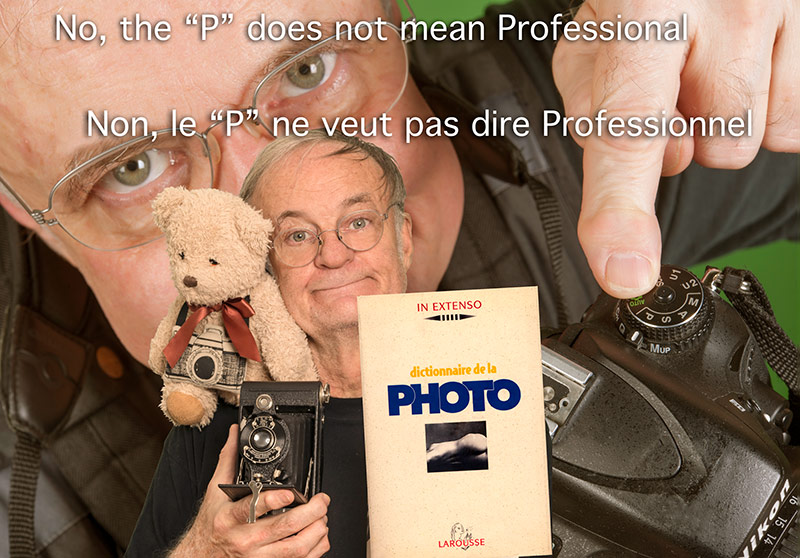
J'enseigne la photographie
!
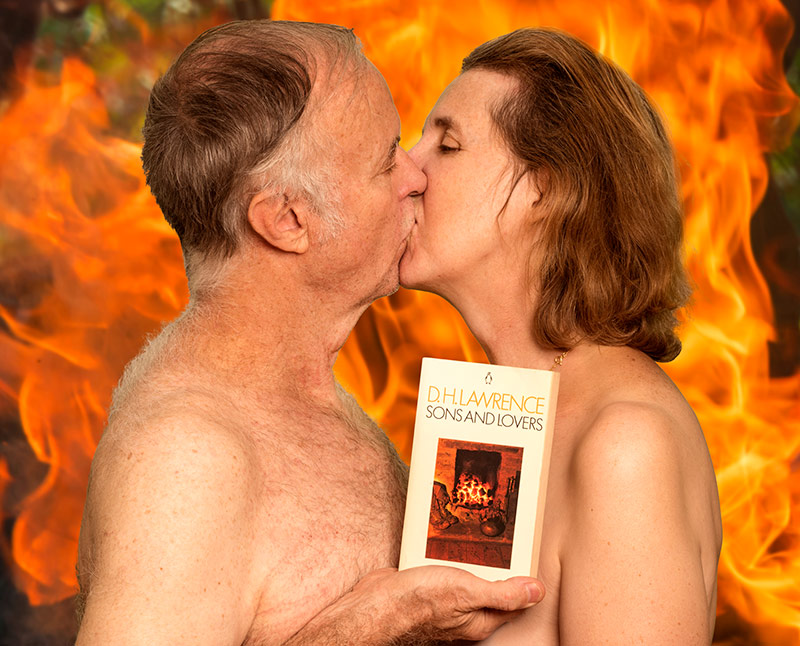
Merci à Frédérique Gorsky
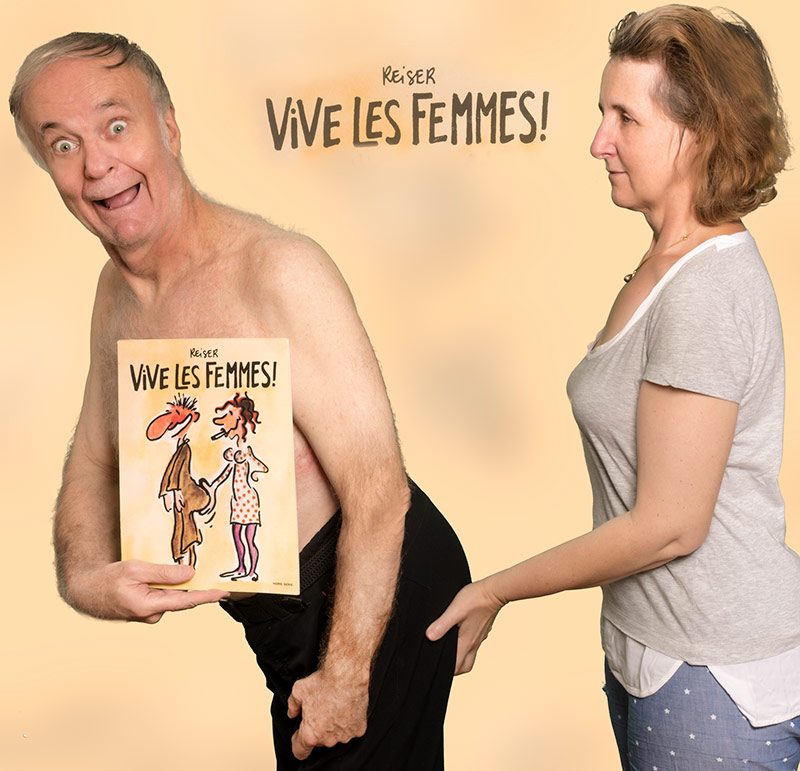
Jean-Marc Reiser, dit Reiser, né le 13 avril 1941 à Réhon en Meurthe-et-Moselle, mort le 5 novembre 1983 (à 42 ans) à Paris,
est un dessinateur de presse et auteur de bande dessinée français connu pour ses planches à l'humour féroce.
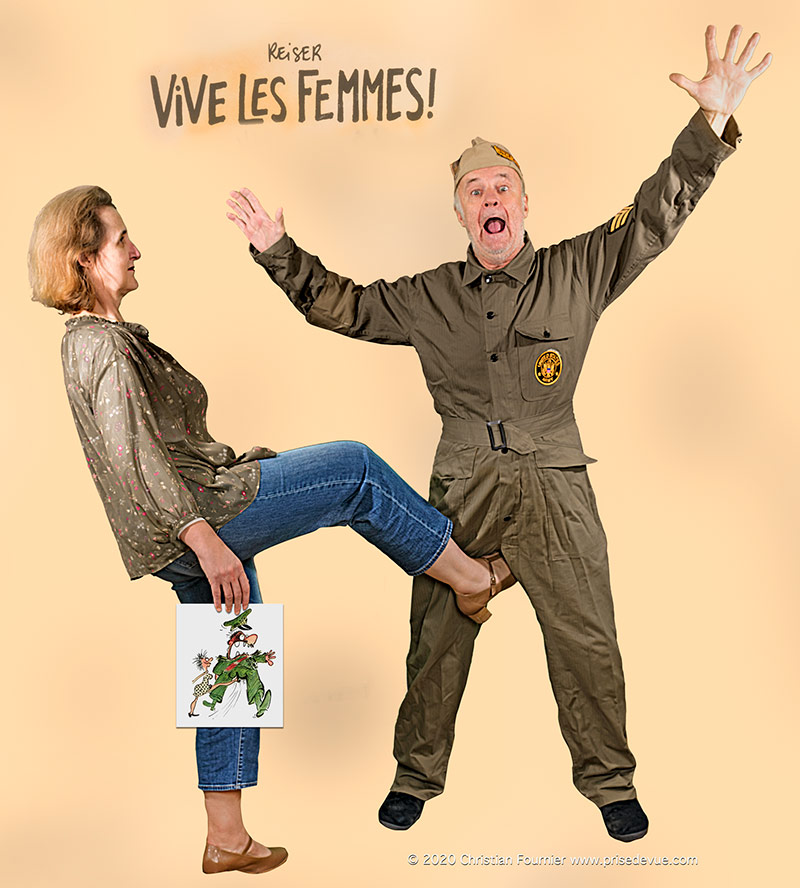
Aucun photographe n'a été maltraité pour ces photos ...
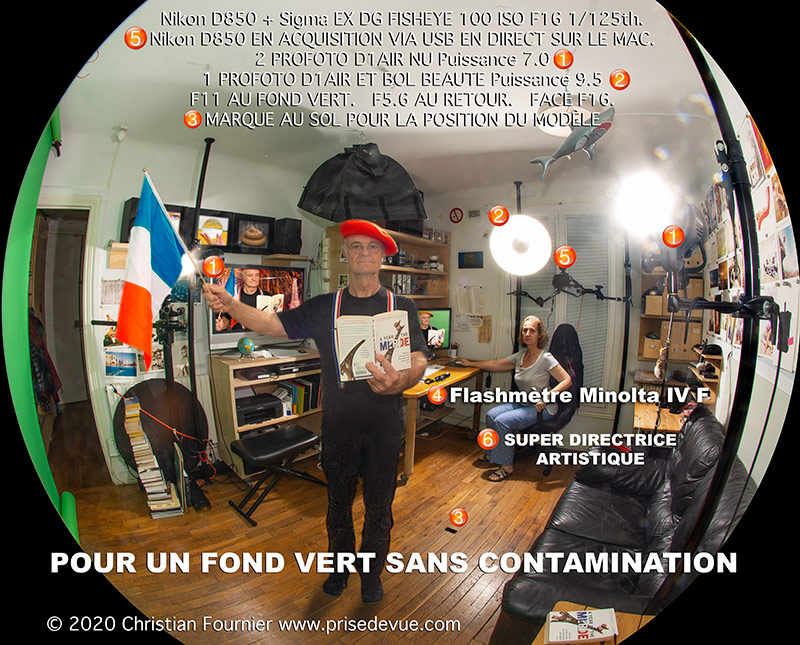
�1 : 2 PROFOTO D1AIR NU Puissance 7.0�
2 : 1 PROFOTO D1AIR ET BOL BEAUTE Puissance 9.5
F11 AU FOND VERT. F5.6 AU RETOUR. FACE F16.
3 MARQUE AU SOL POUR LA POSITION DU MODÈLE�
4 Falshmètre Minolta IV F
5 : Nikon D850 EN ACQUISITION VIA USB EN DIRECT SUR LE MAC 100 ISO F16 1/125th.
6 : Super directrice artistique Frédérique Gorsky
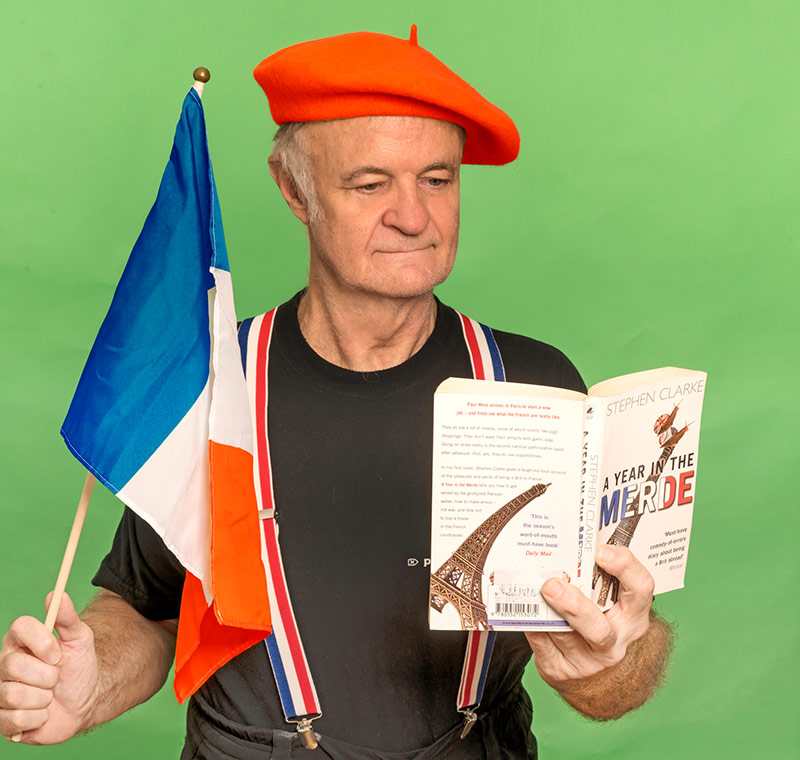

 |

























